Originally named Flash Engineering and rebranded in 2005, Polestar is Volvo’s go-to when it comes to performance applications. Now, however, Polestar has broken away from the mothership, seeking its own destiny as a “standalone electric performance brand.” The Polestar 1 is the company’s first effort in that role, promising huge hybrid power, stylish GT car looks, a classy interior, and even a new take on modern car ownership models. It’s an ambitious undertaking and, if successful, it will undoubtedly shake things up across the industry. However, the question remains – will Polestar have what it takes to fend for itself?
Continue reading to learn more about the Polestar 1.
2018 Polestar 1


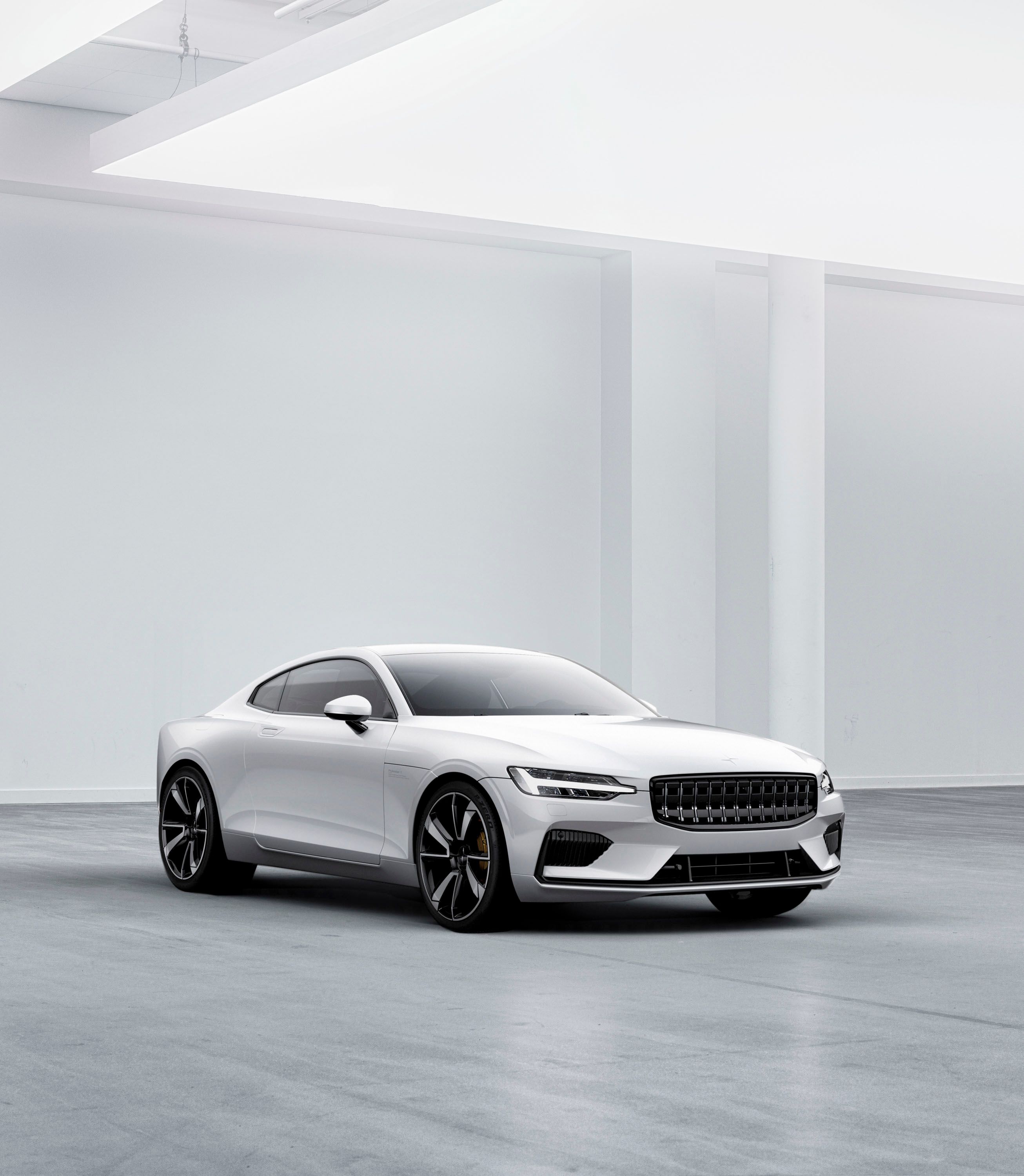


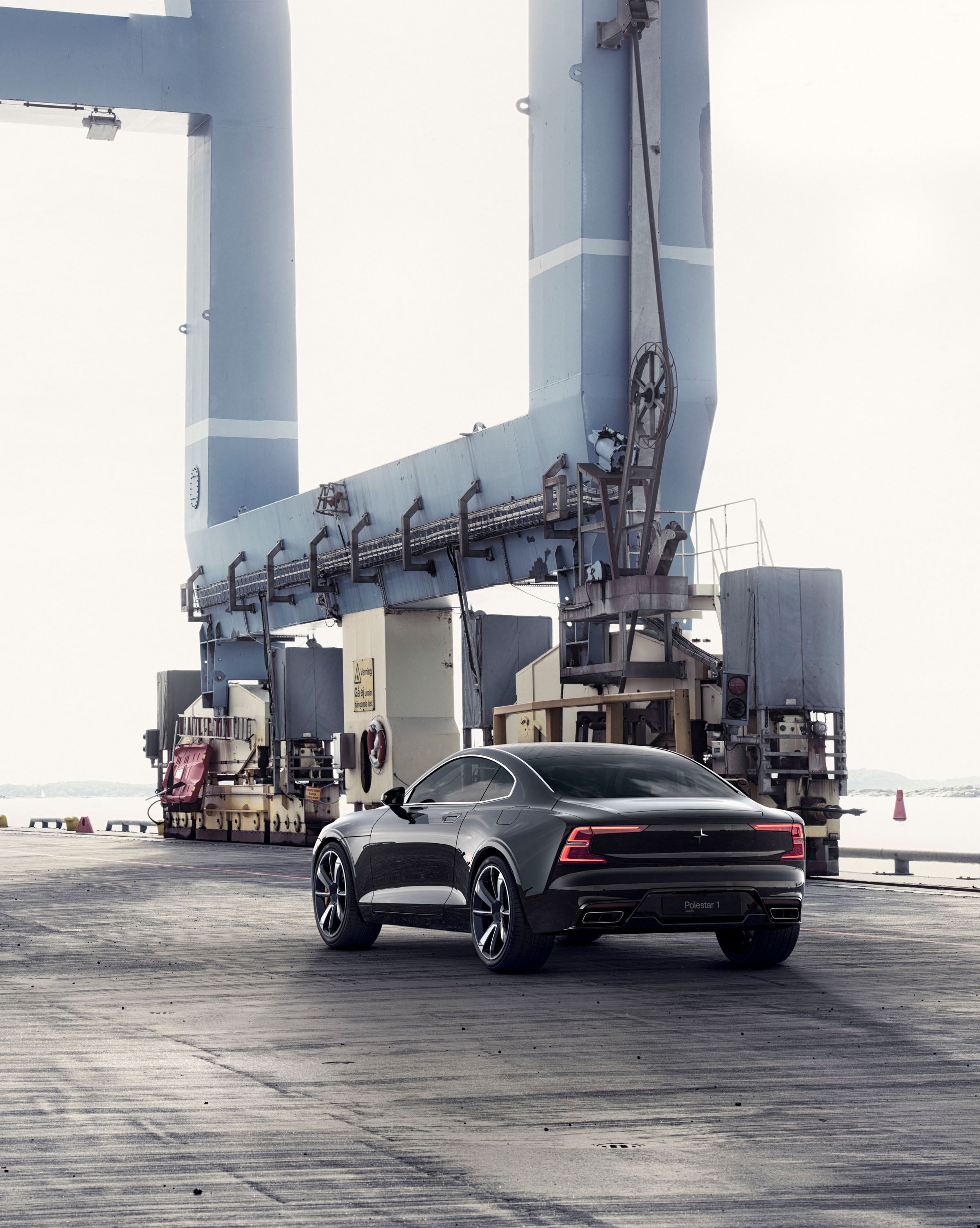
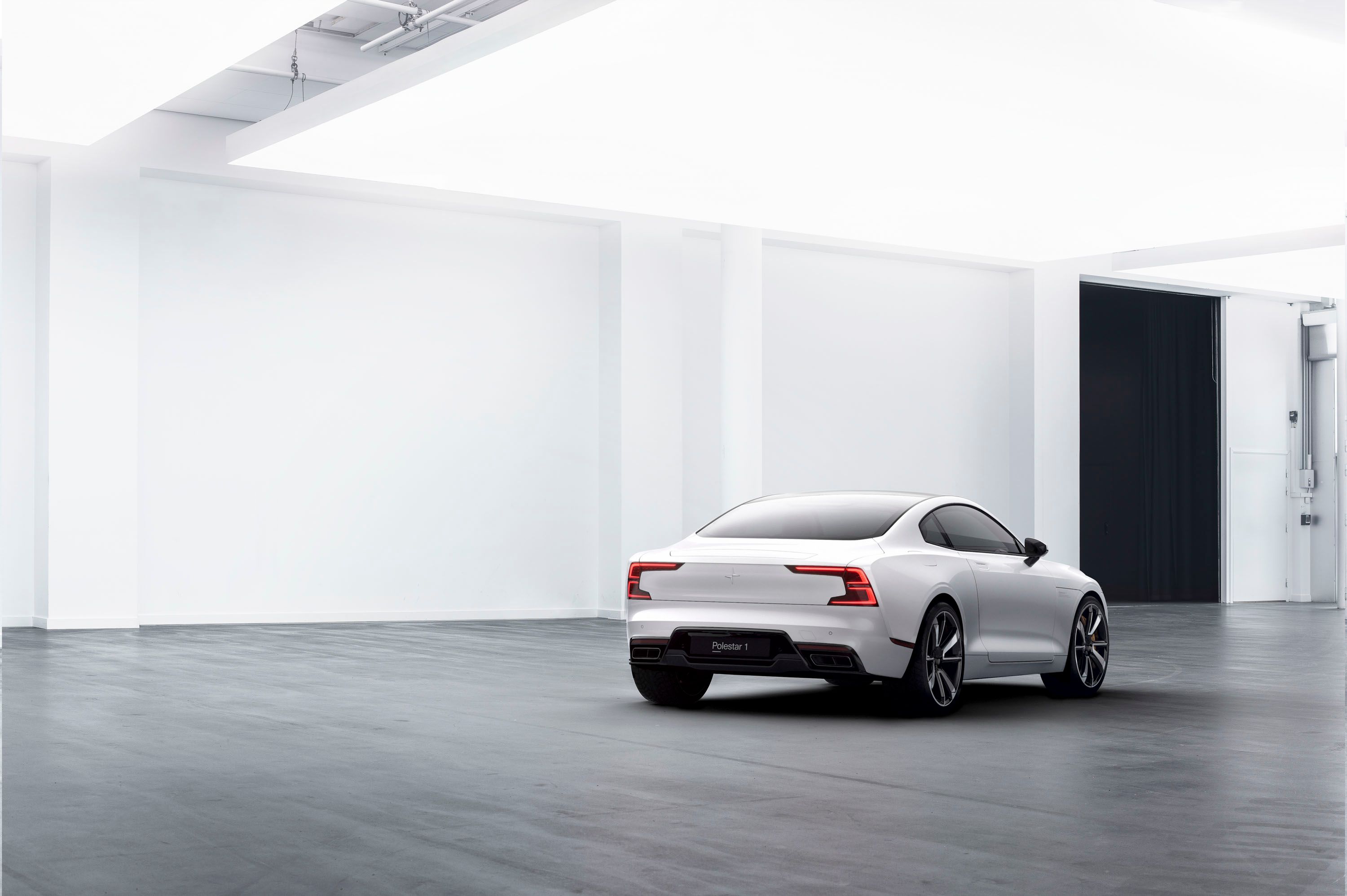

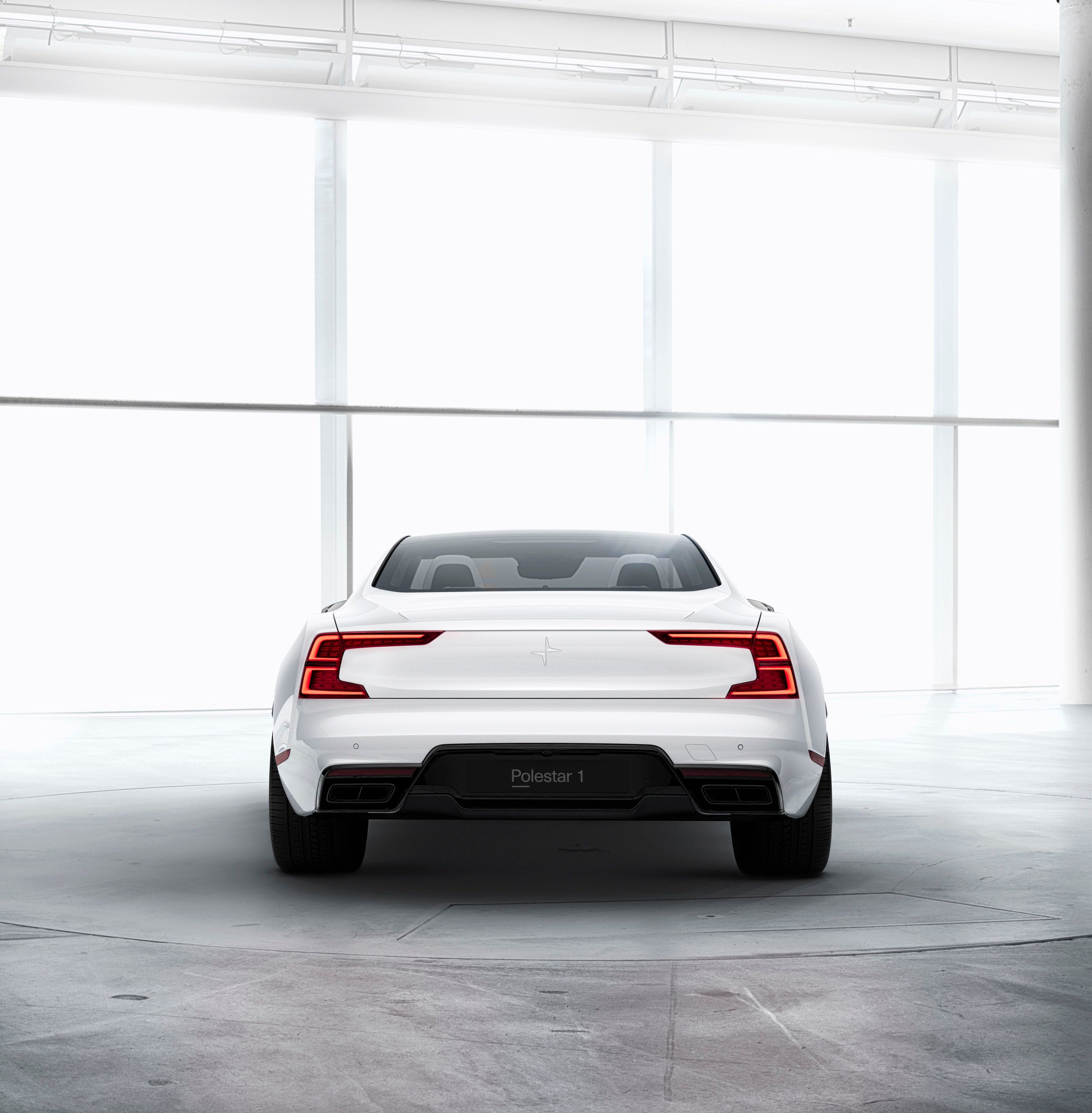
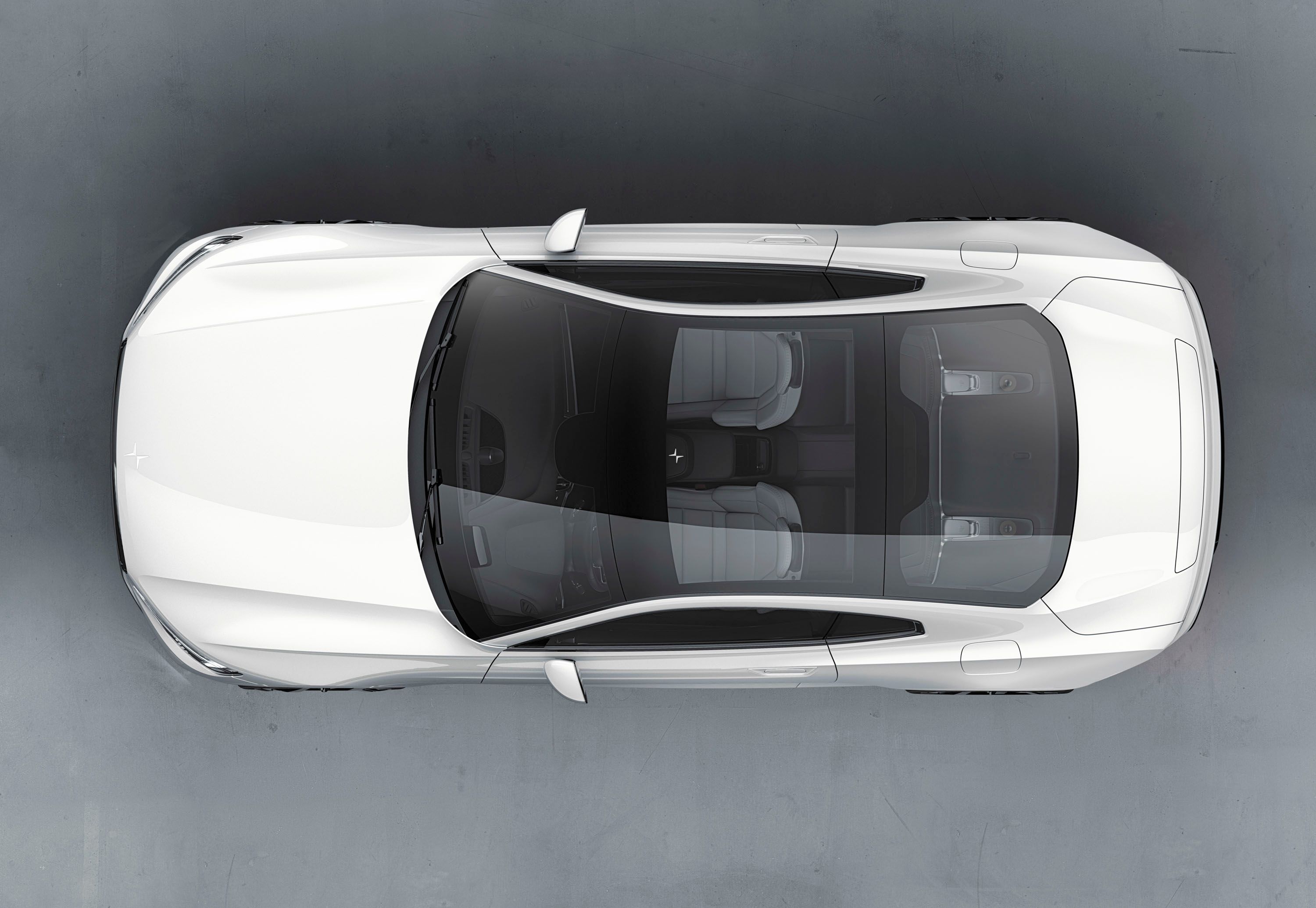
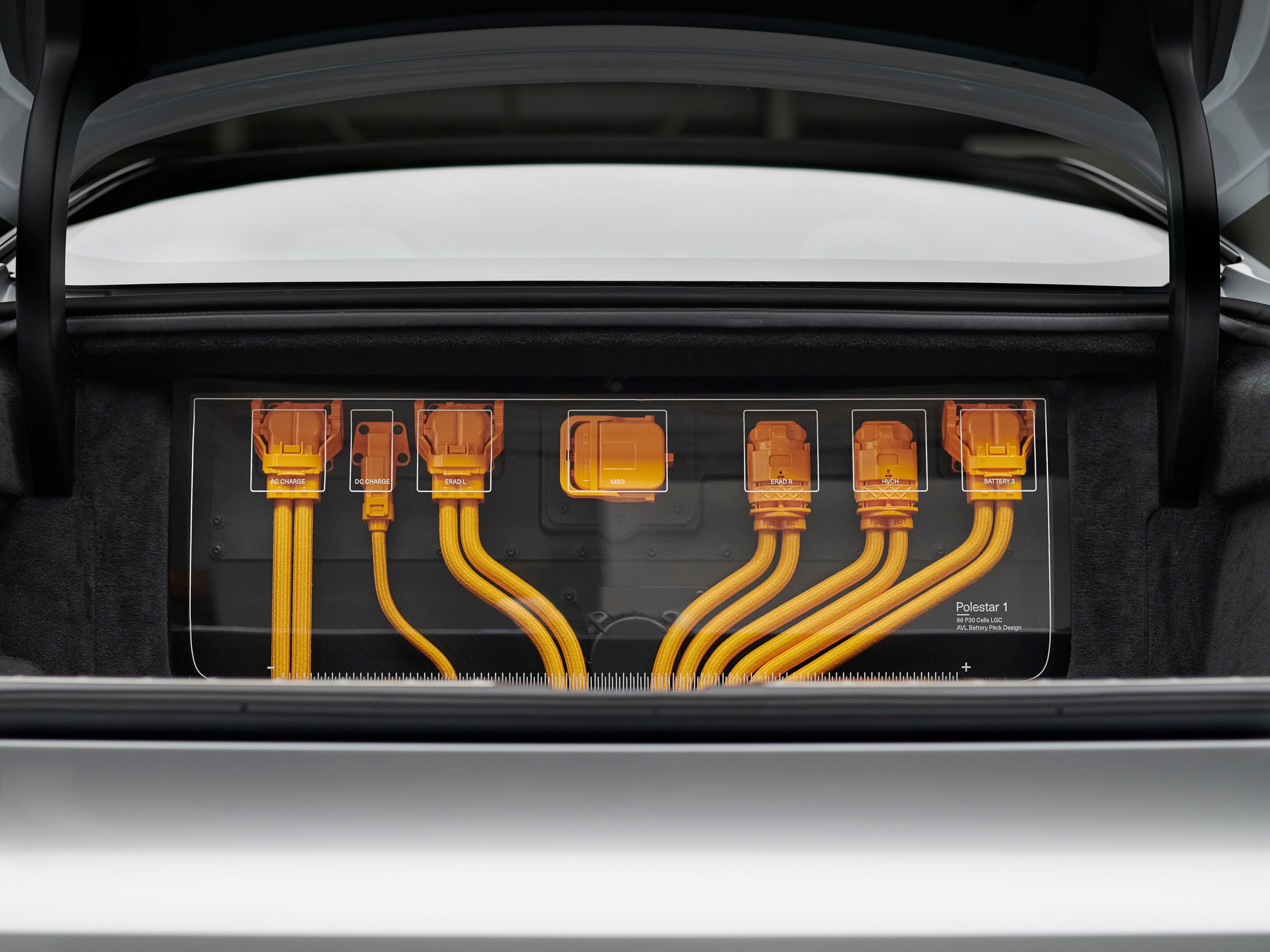
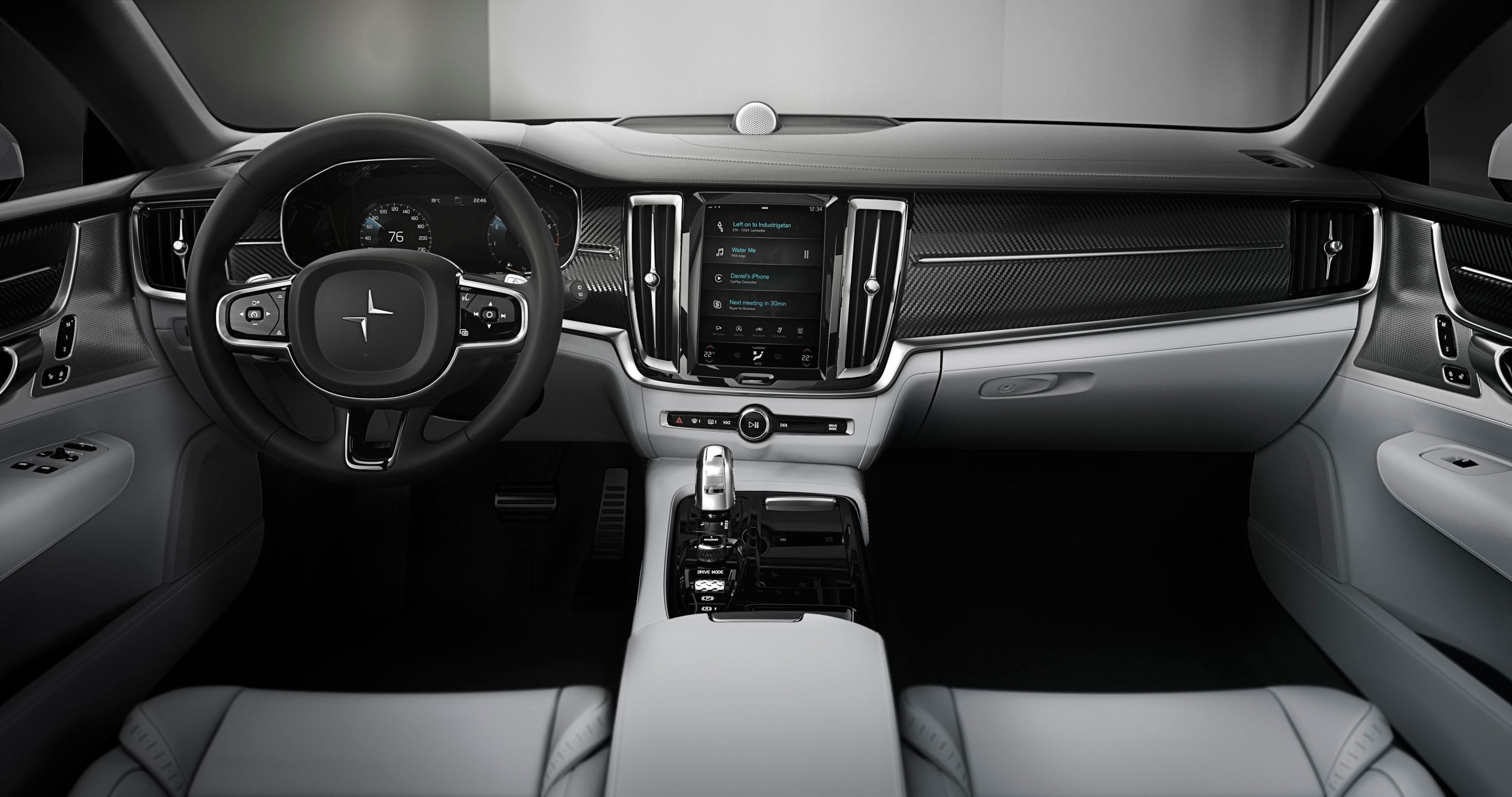
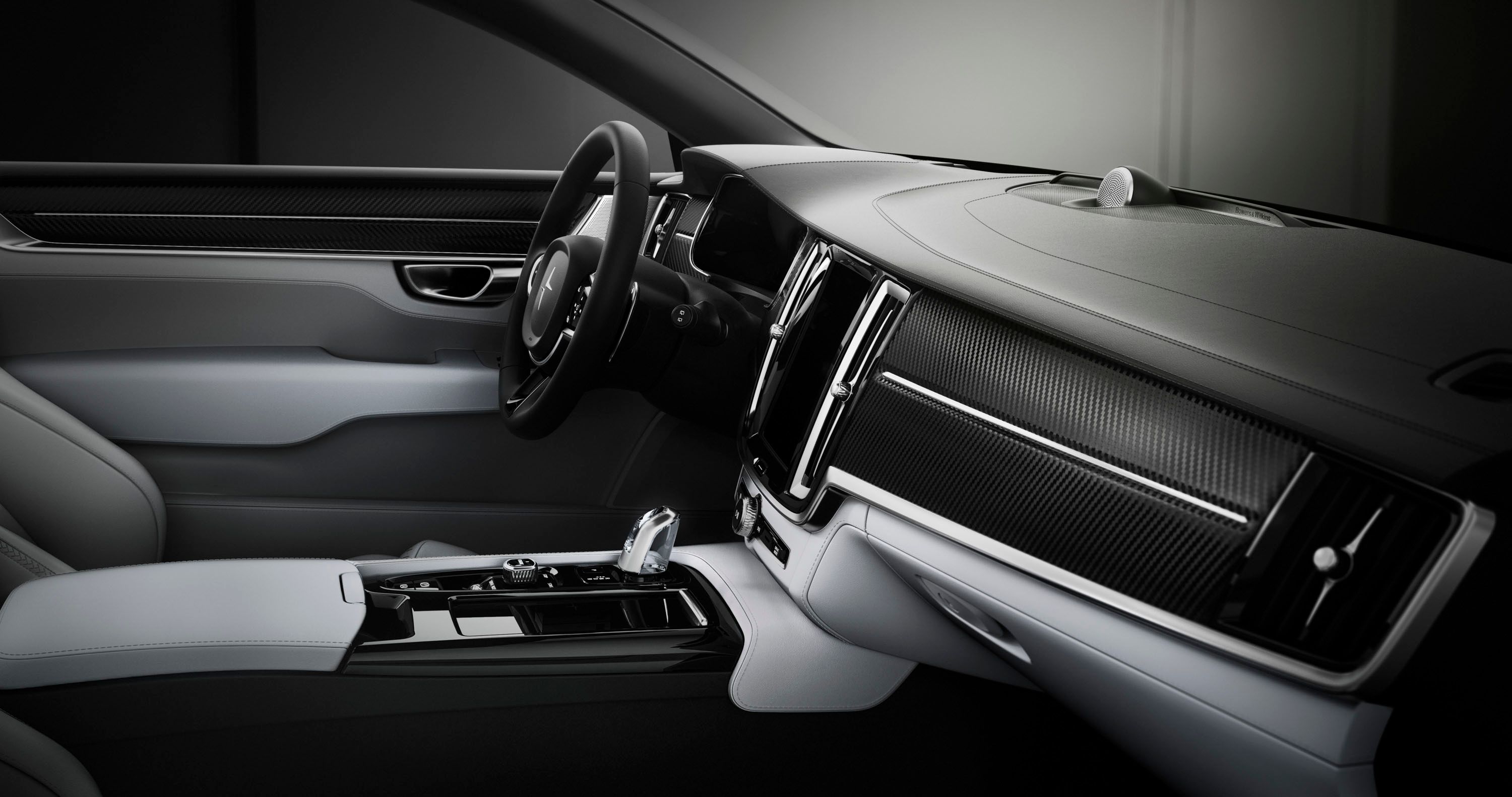
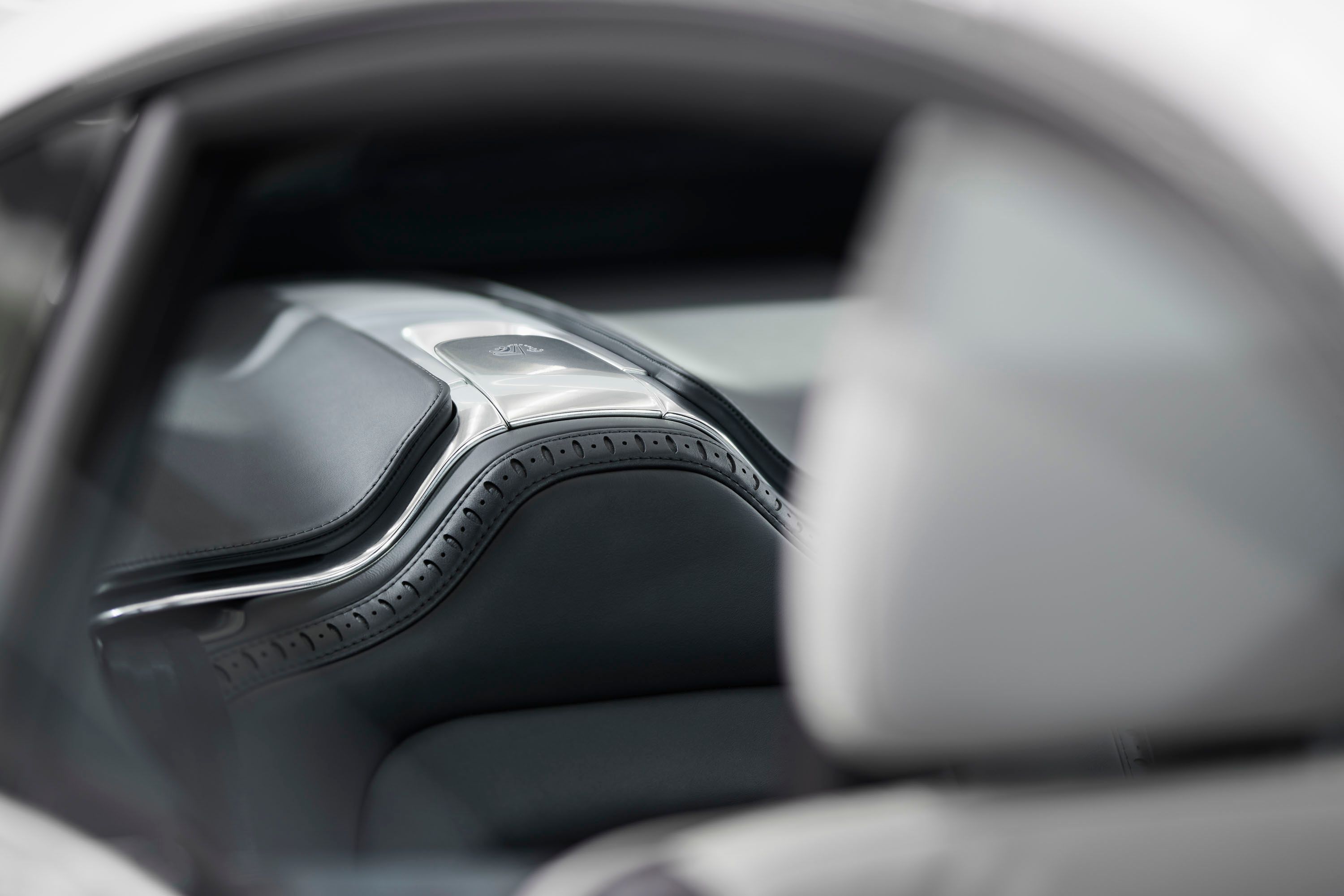
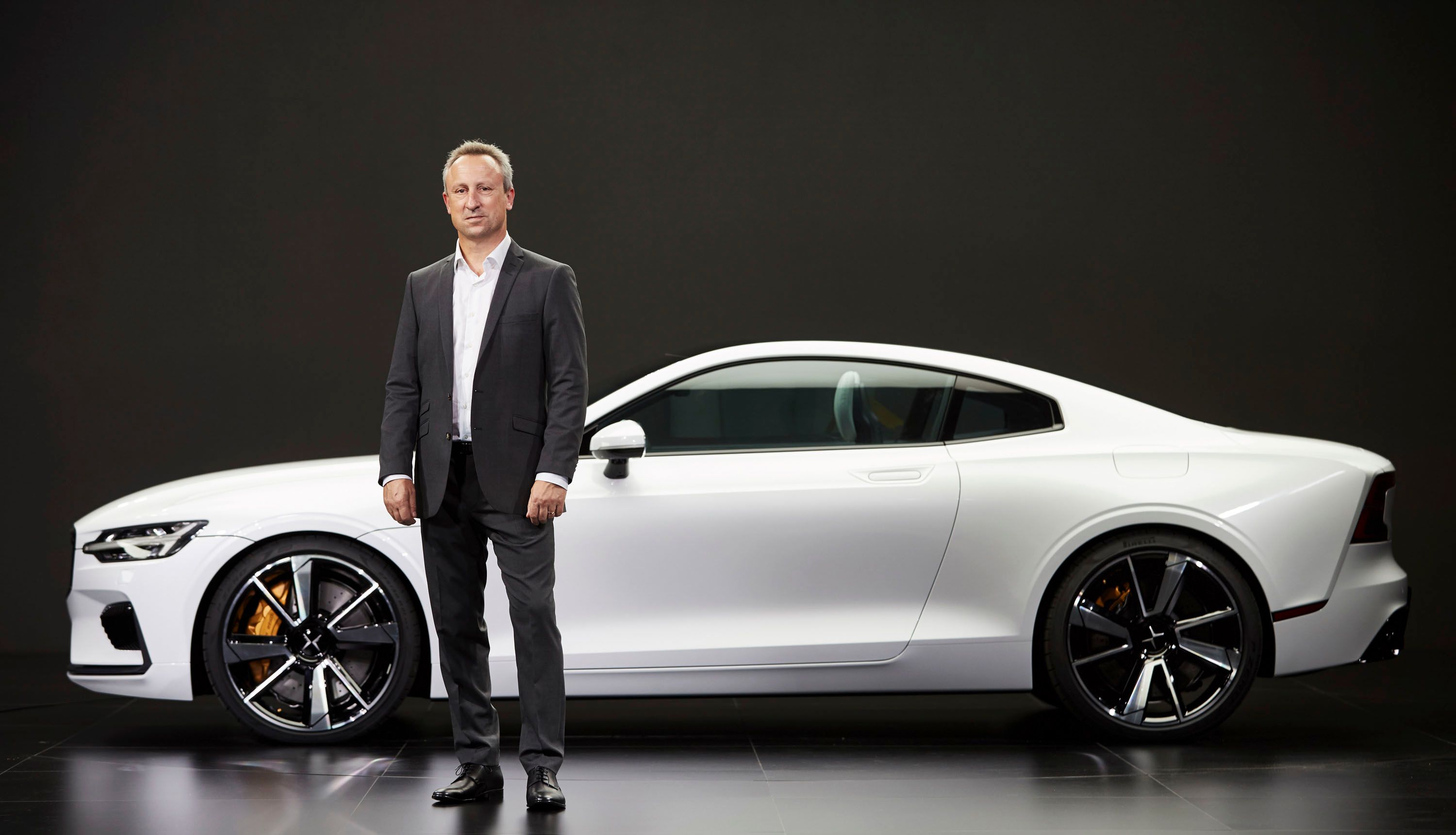
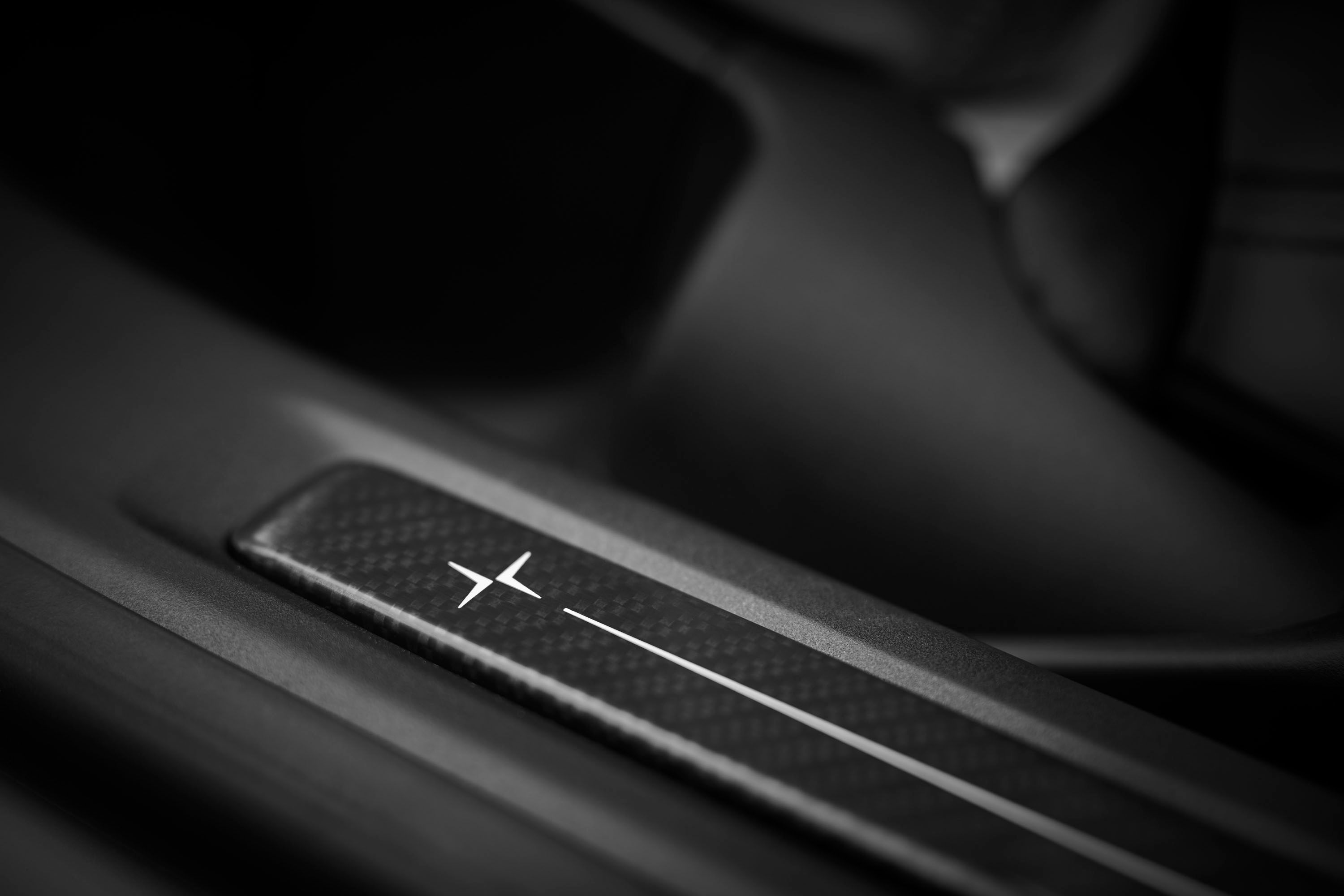









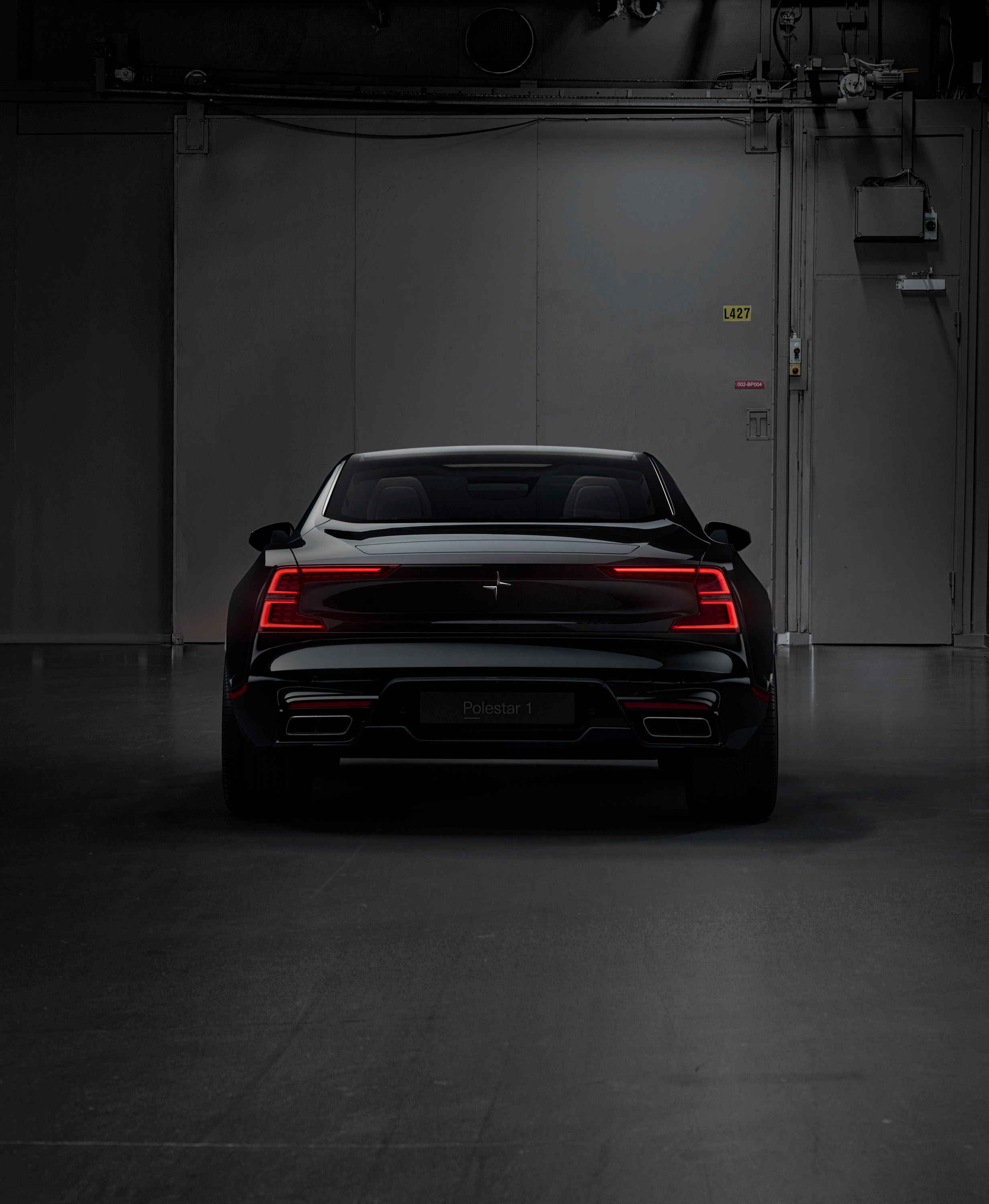
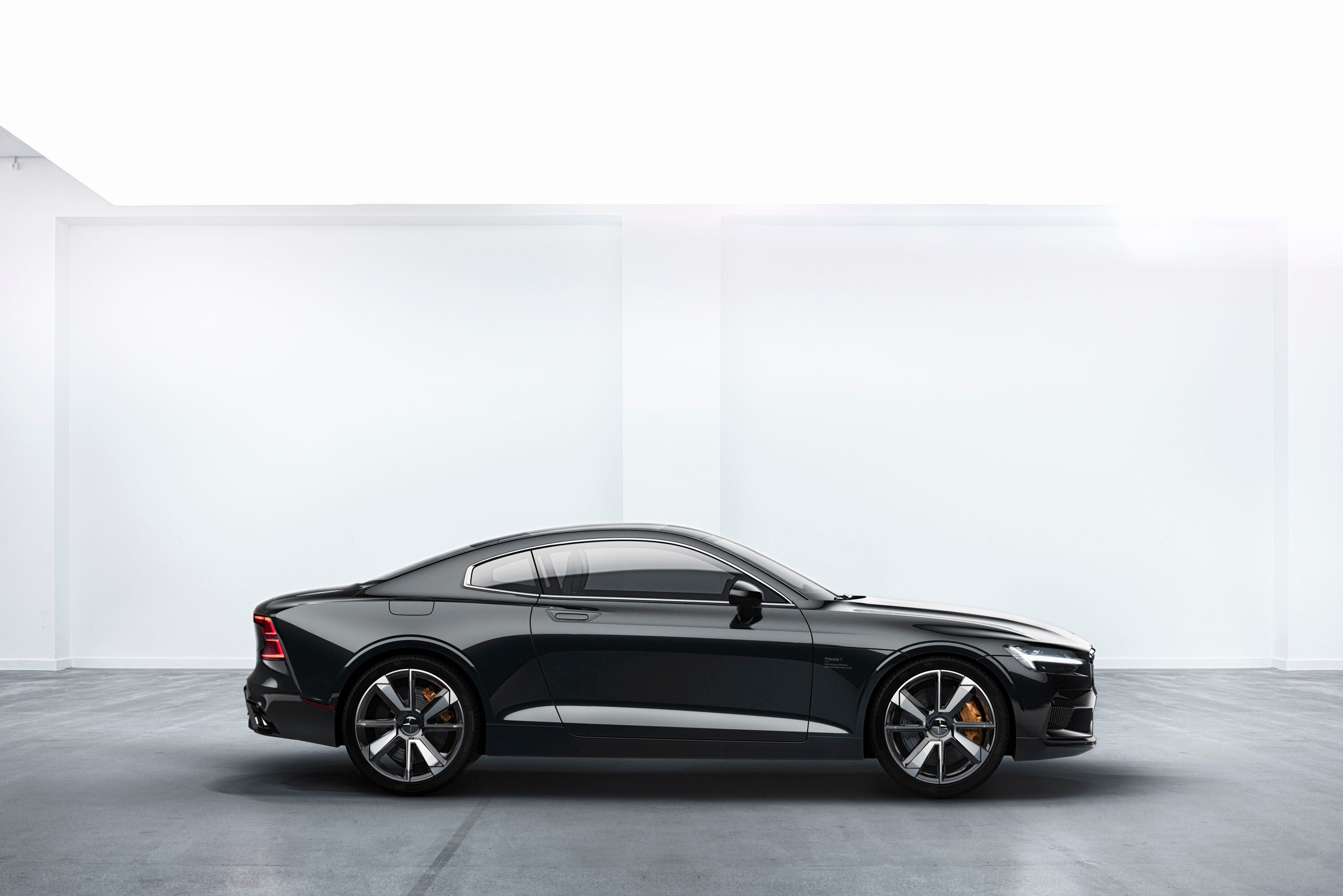
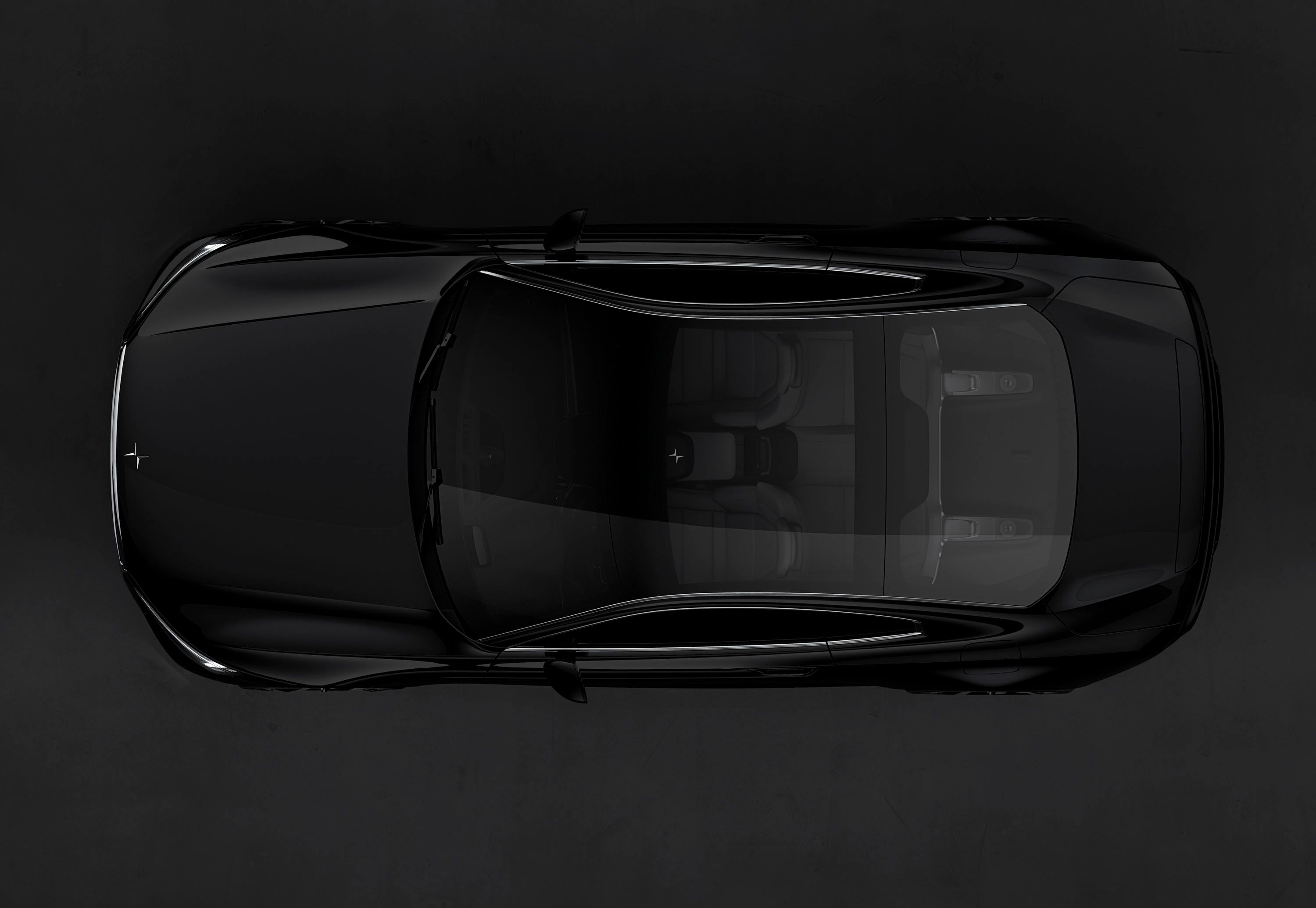



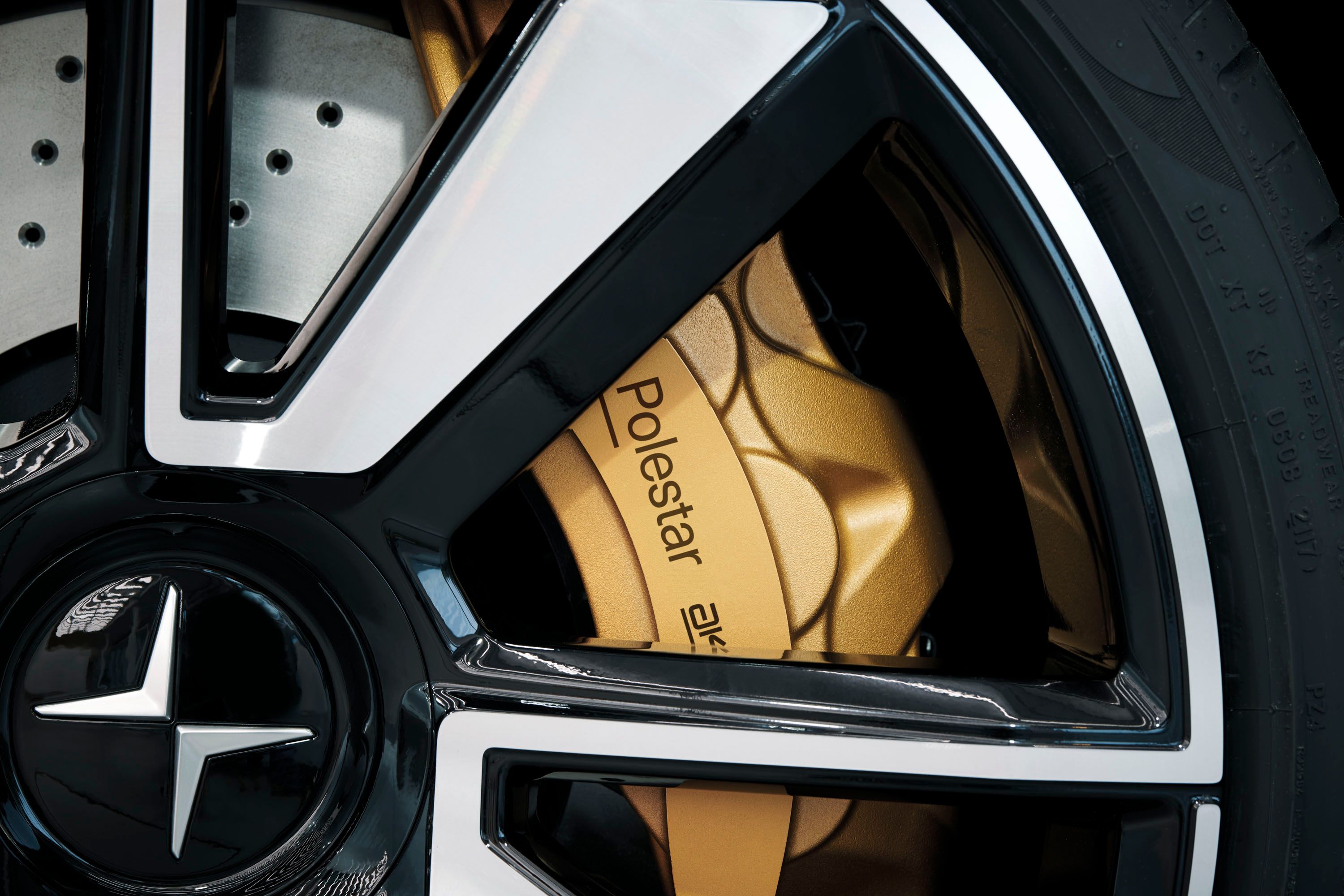
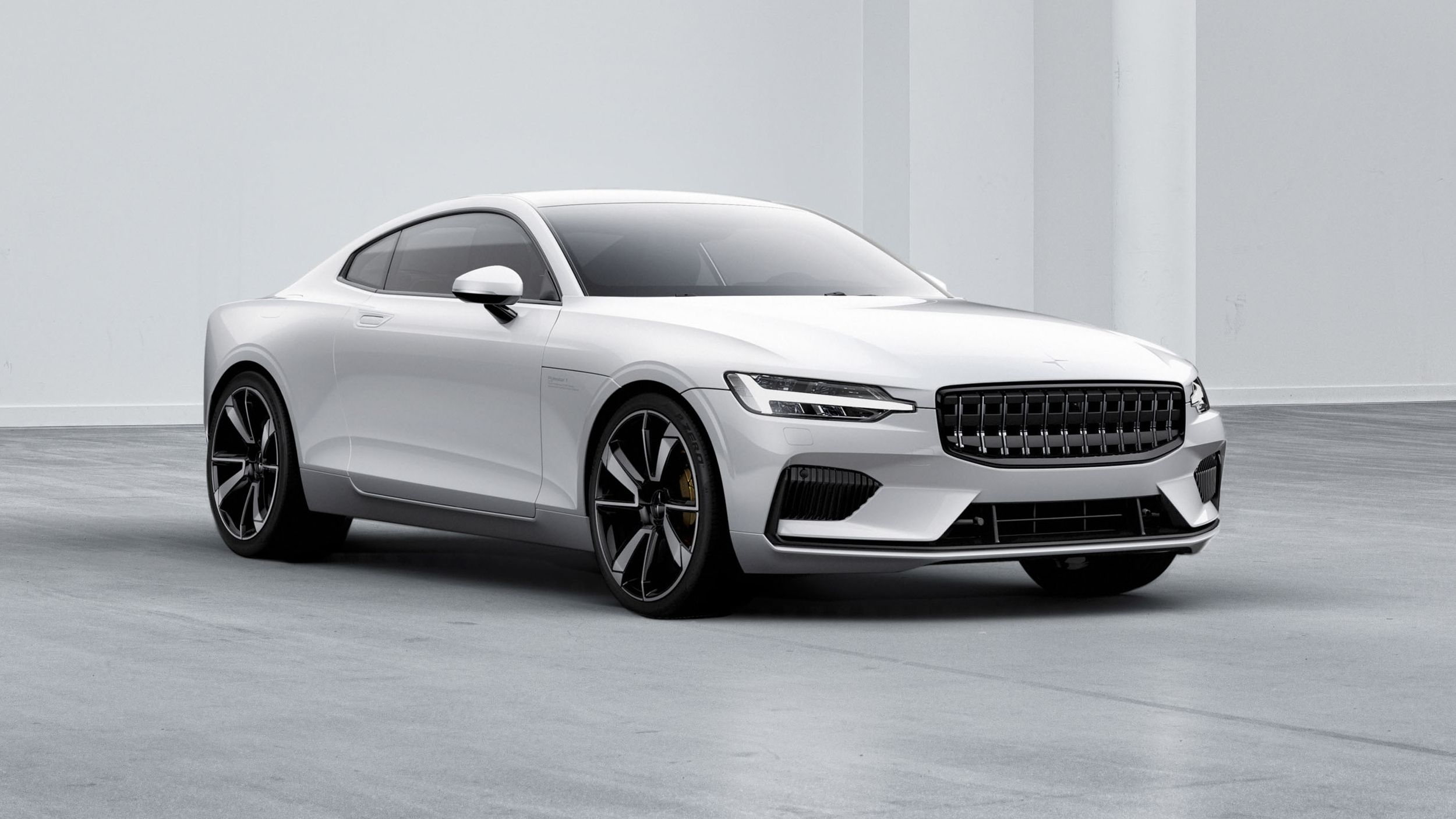
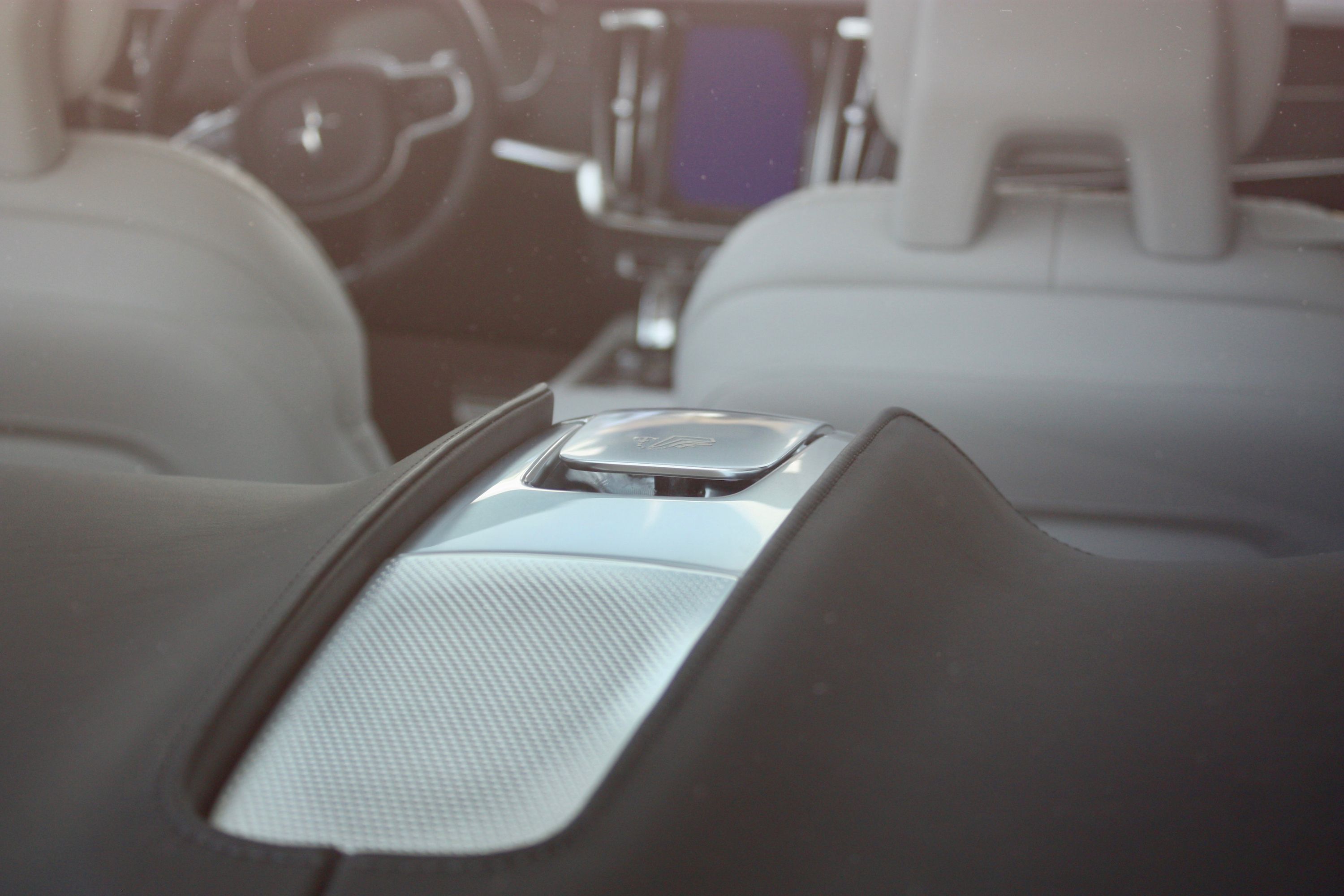
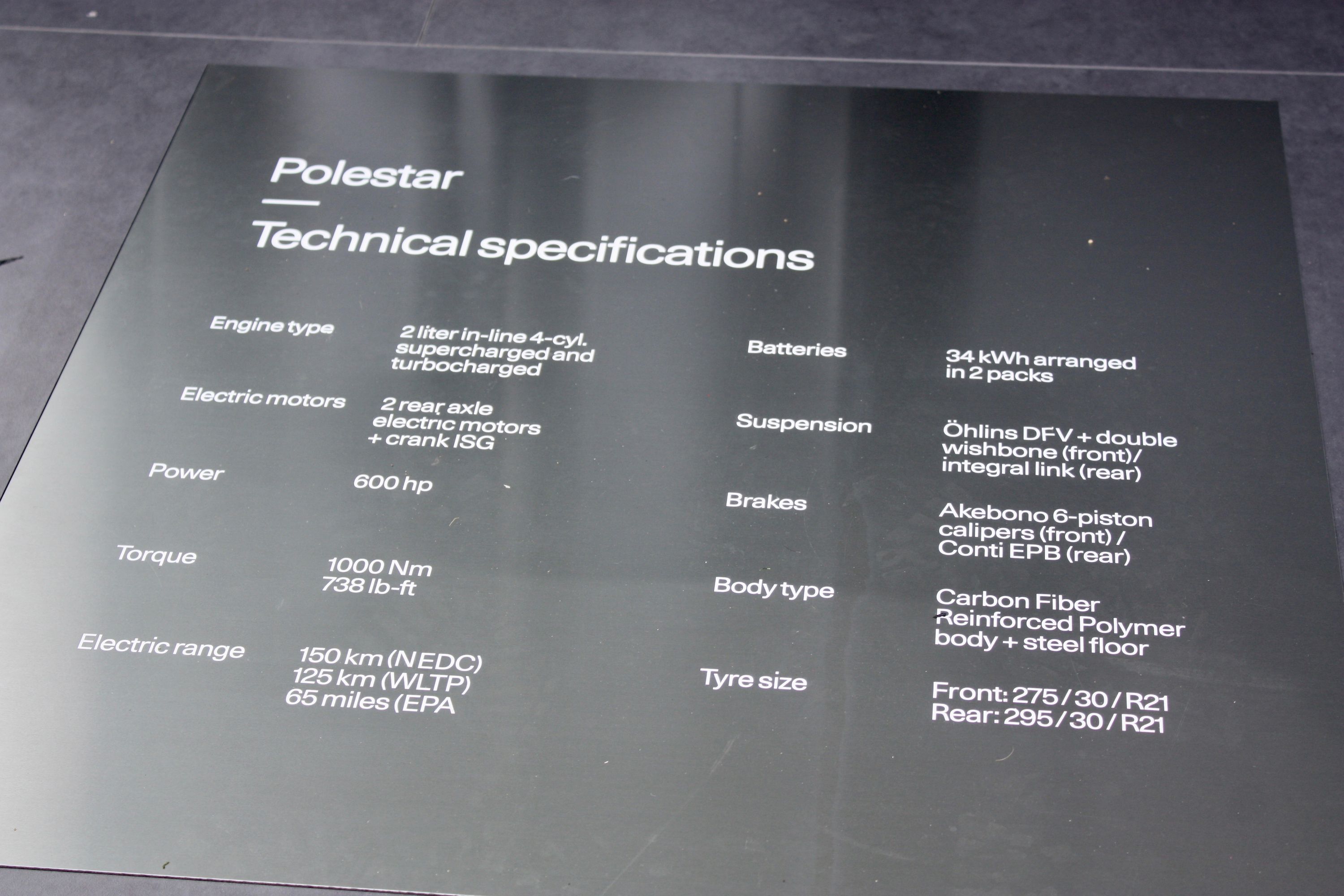
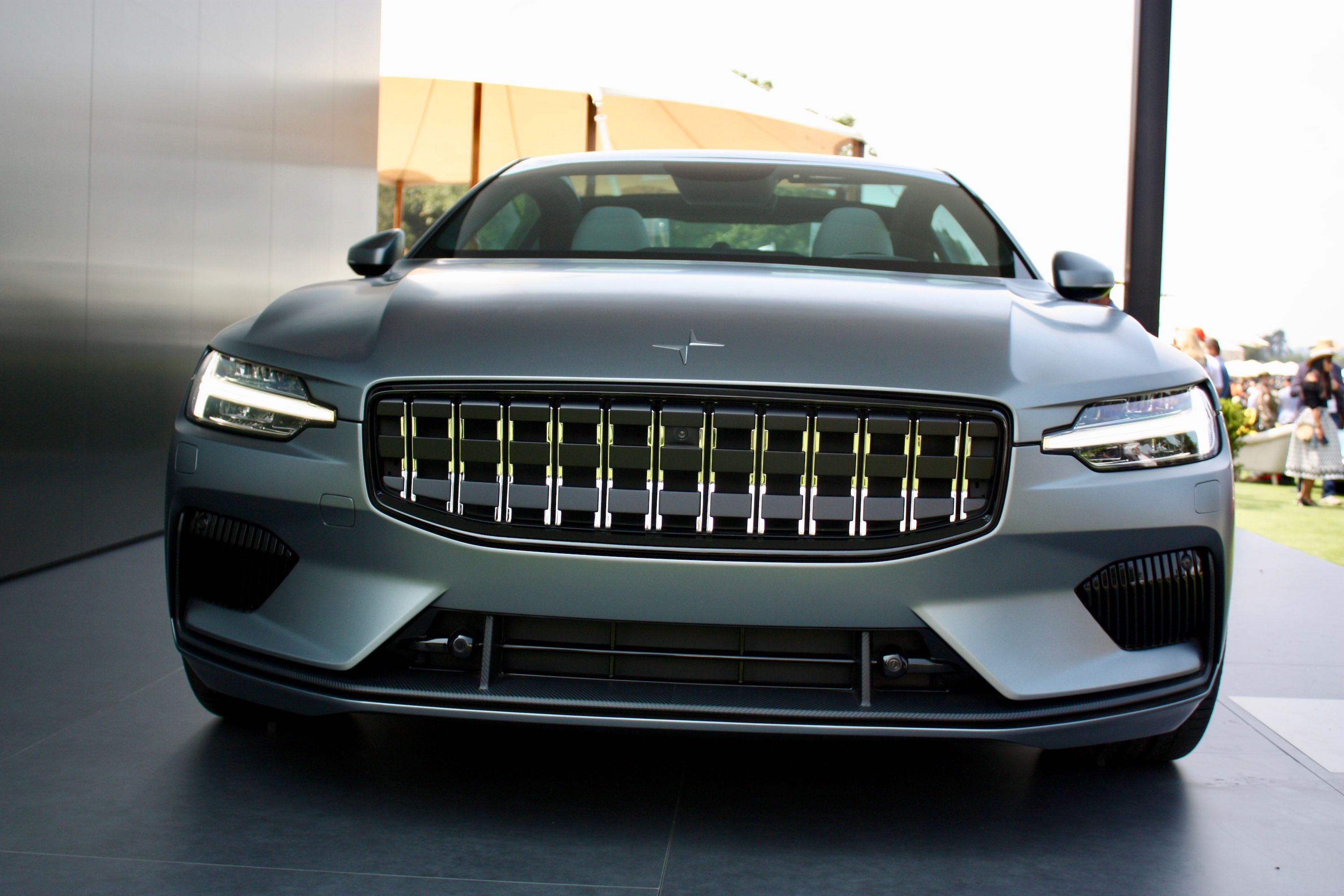
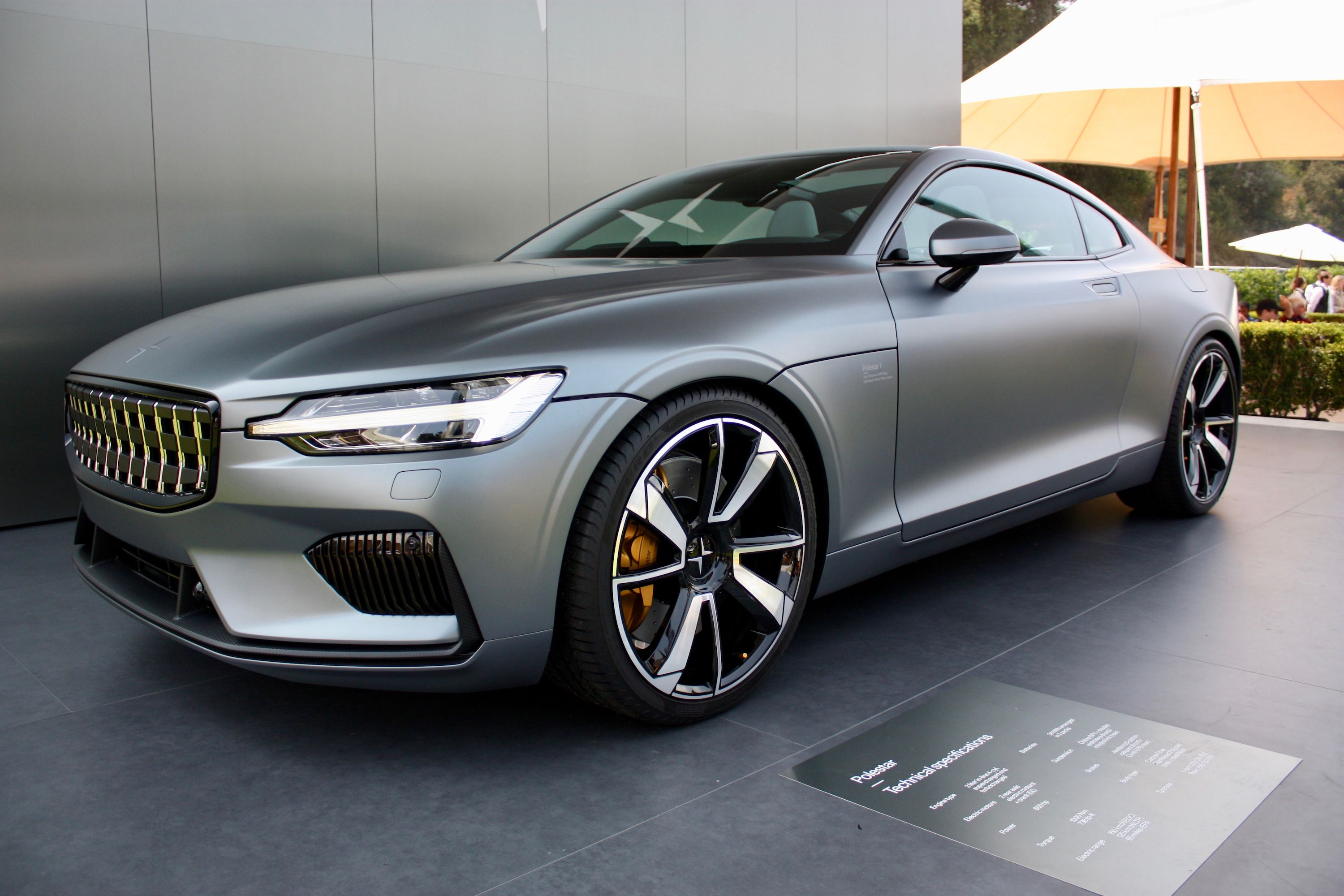
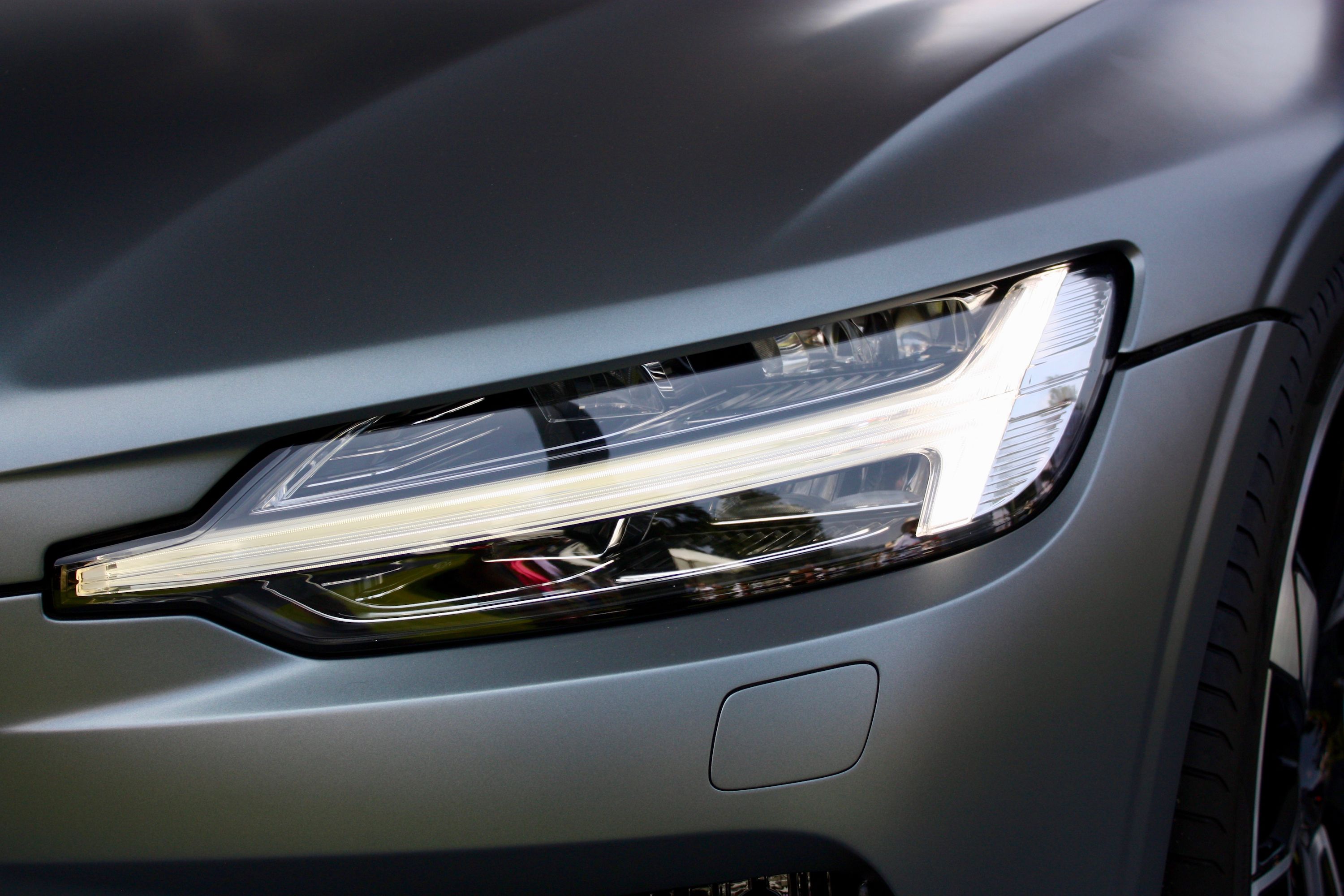
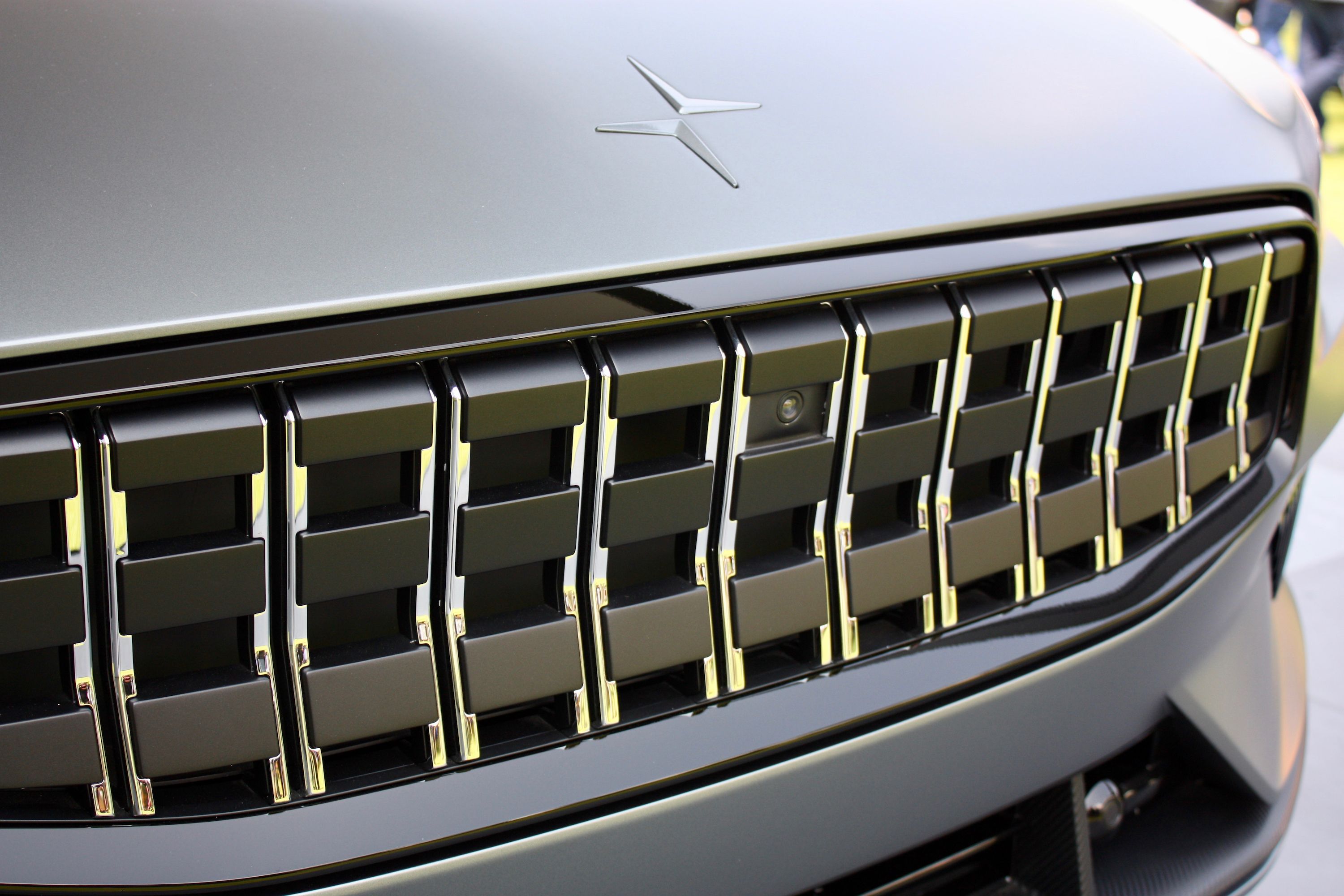
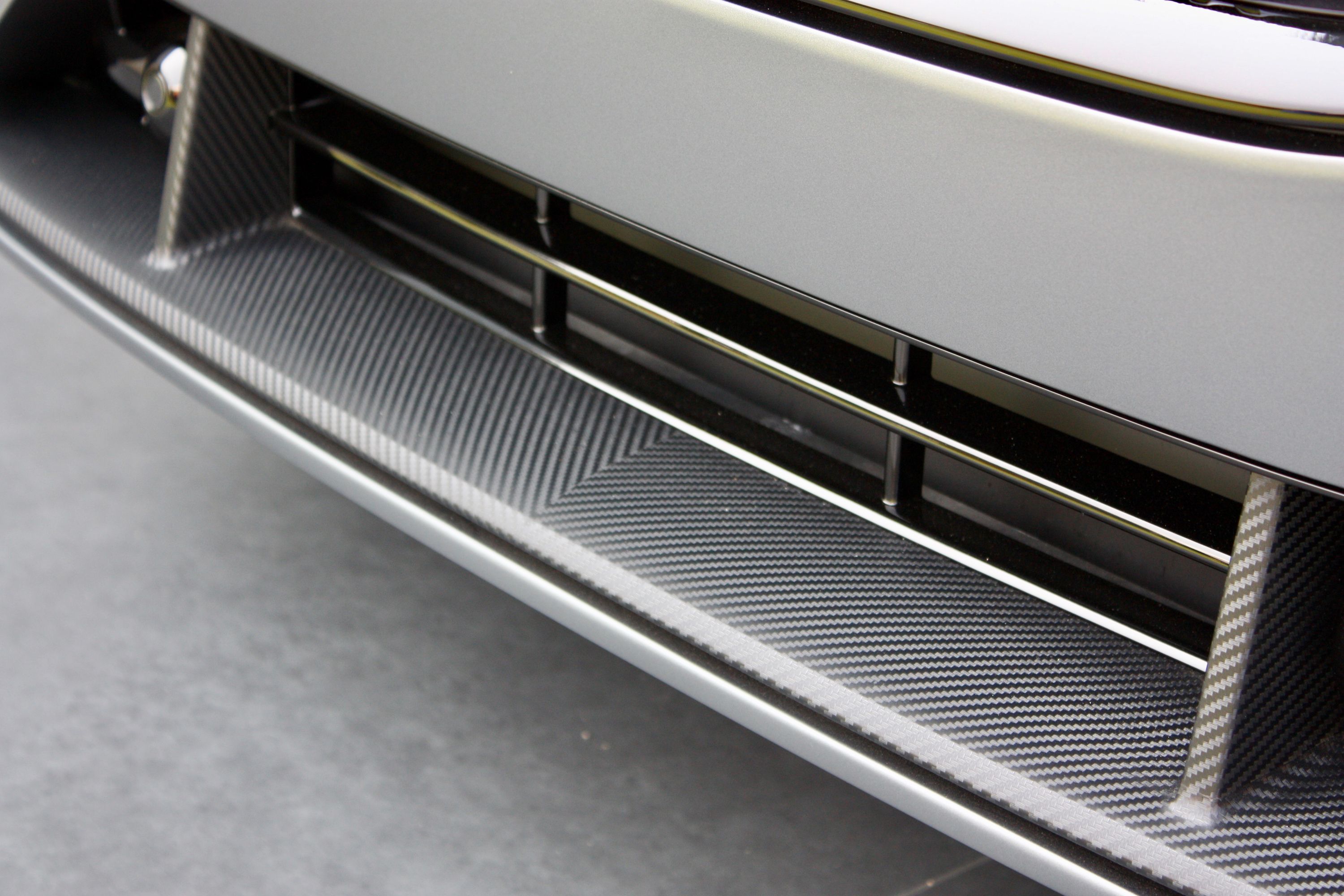

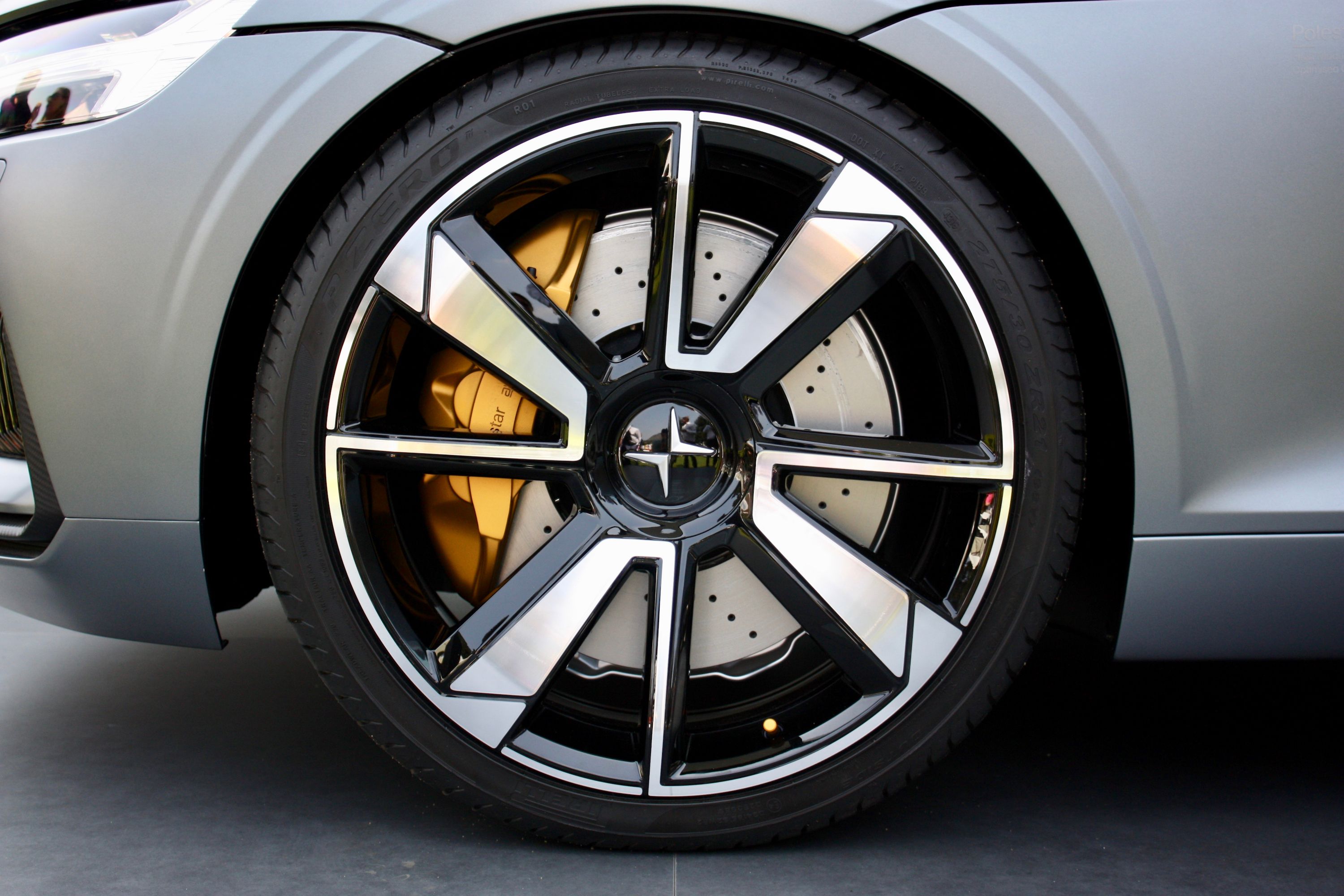
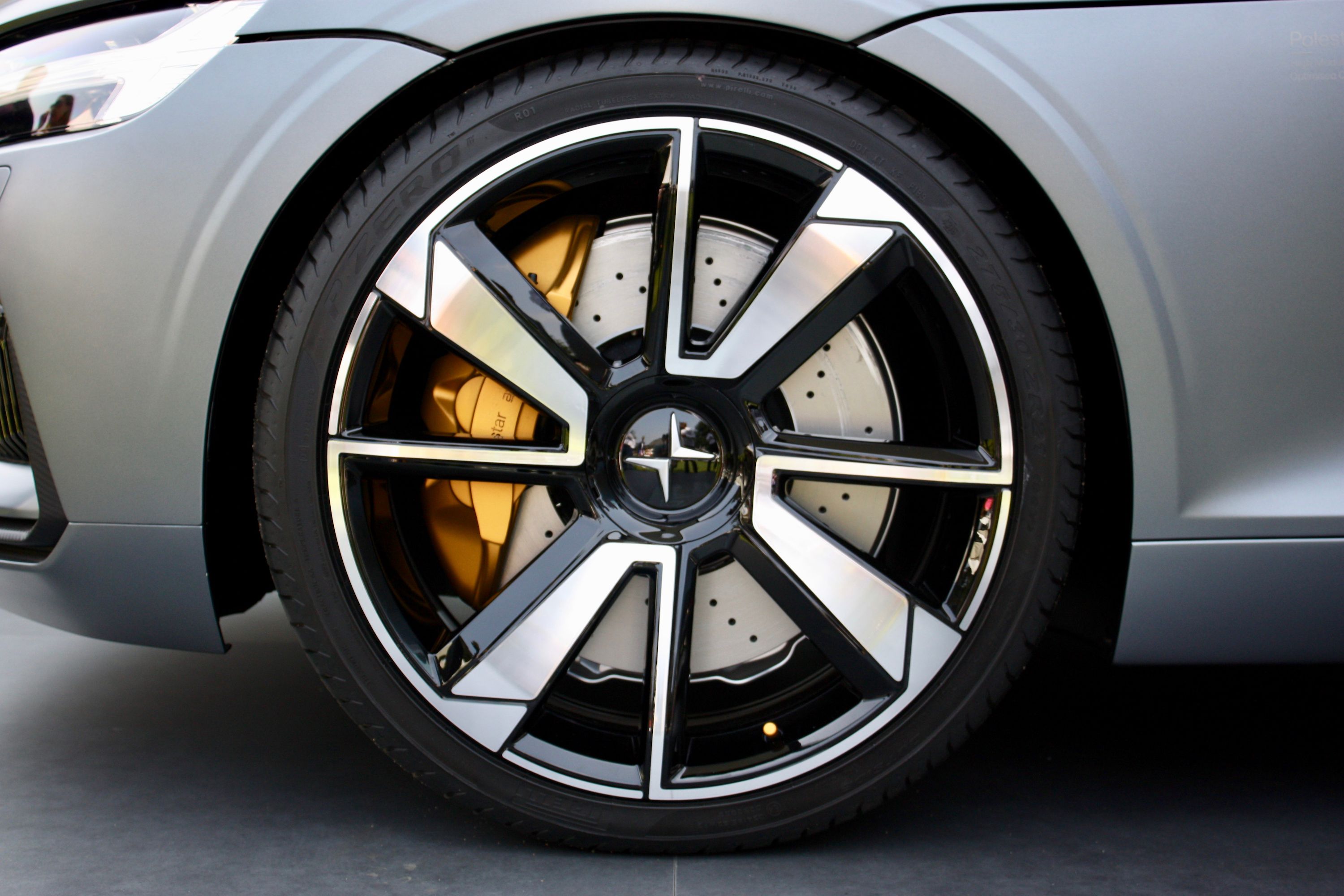
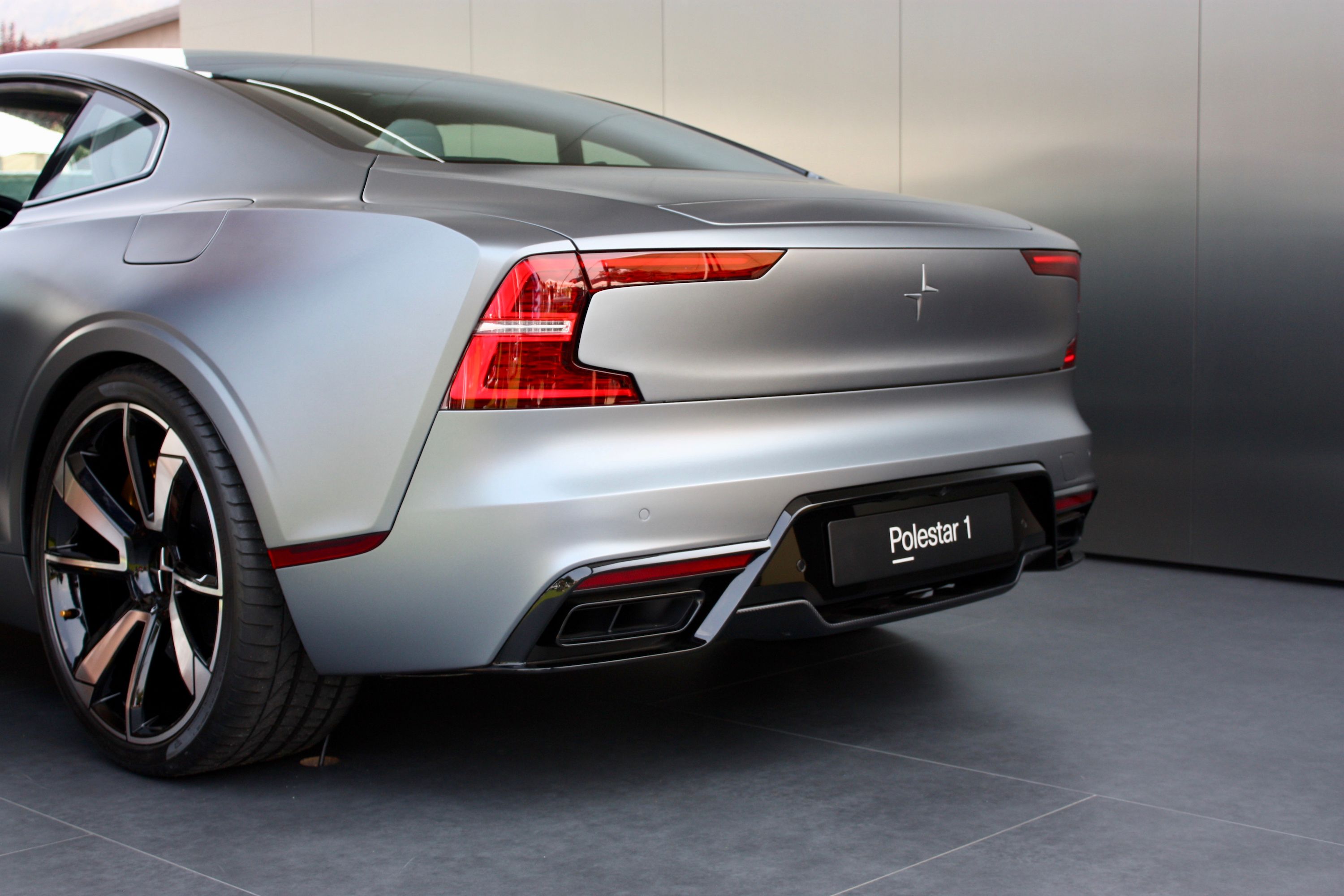
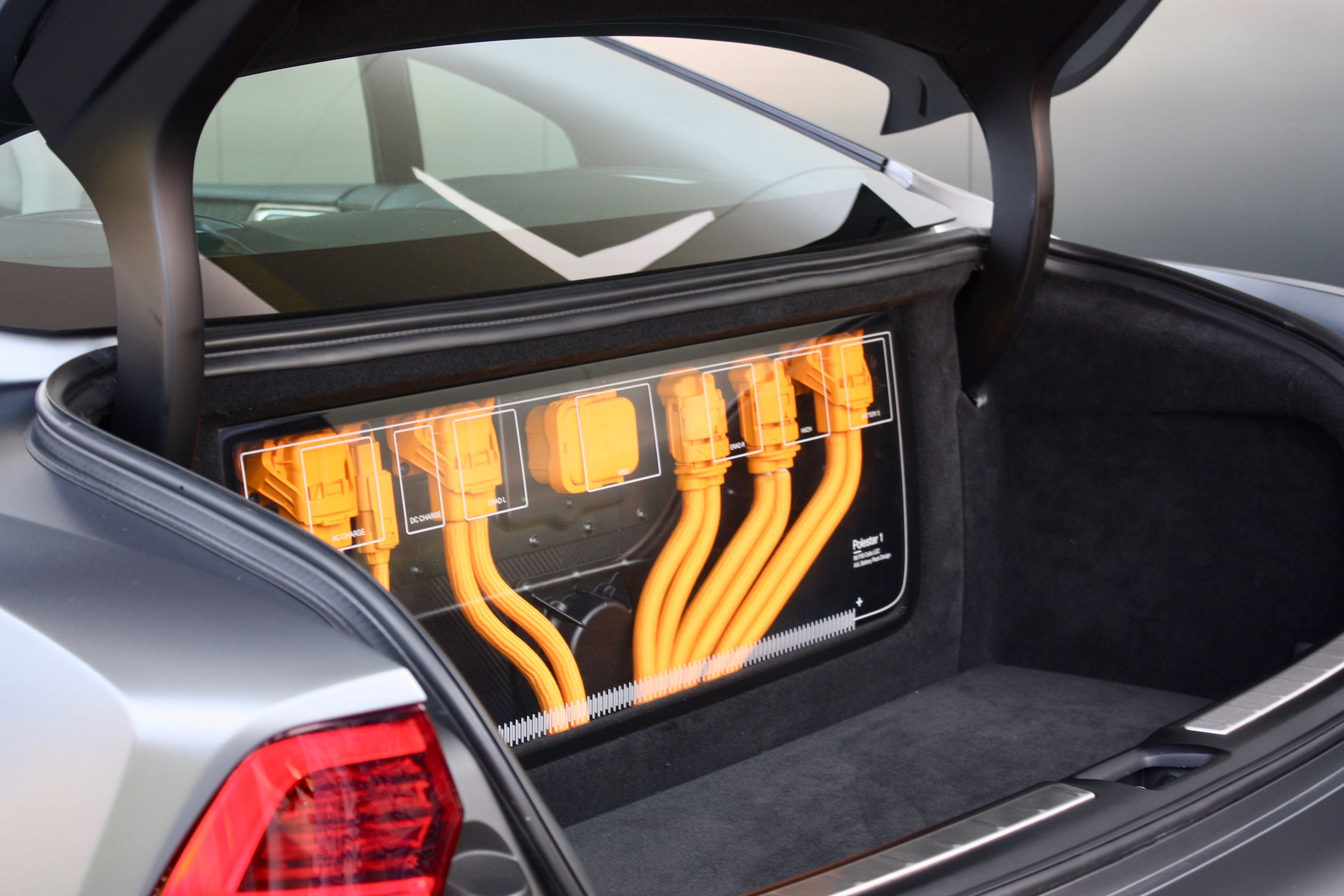
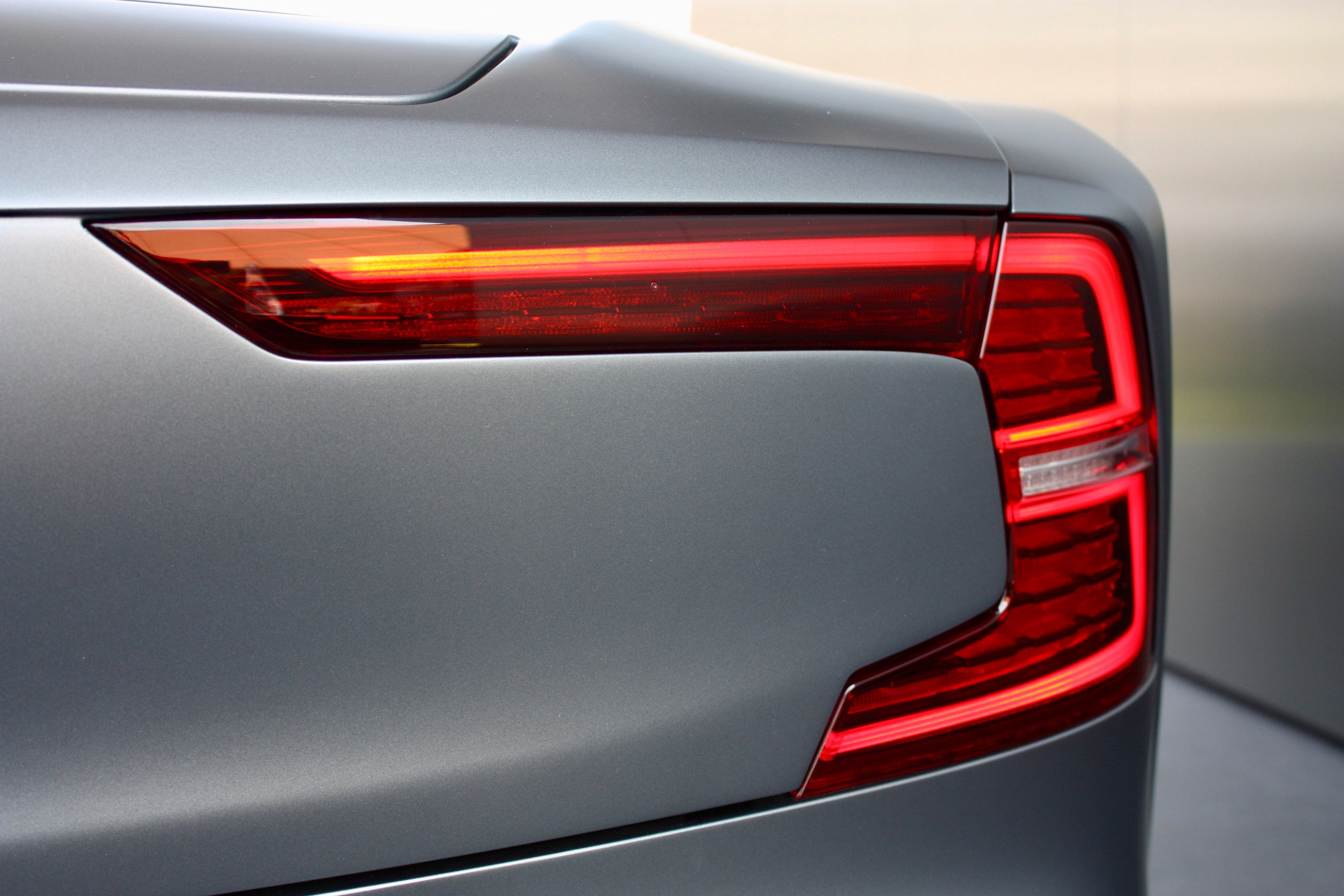
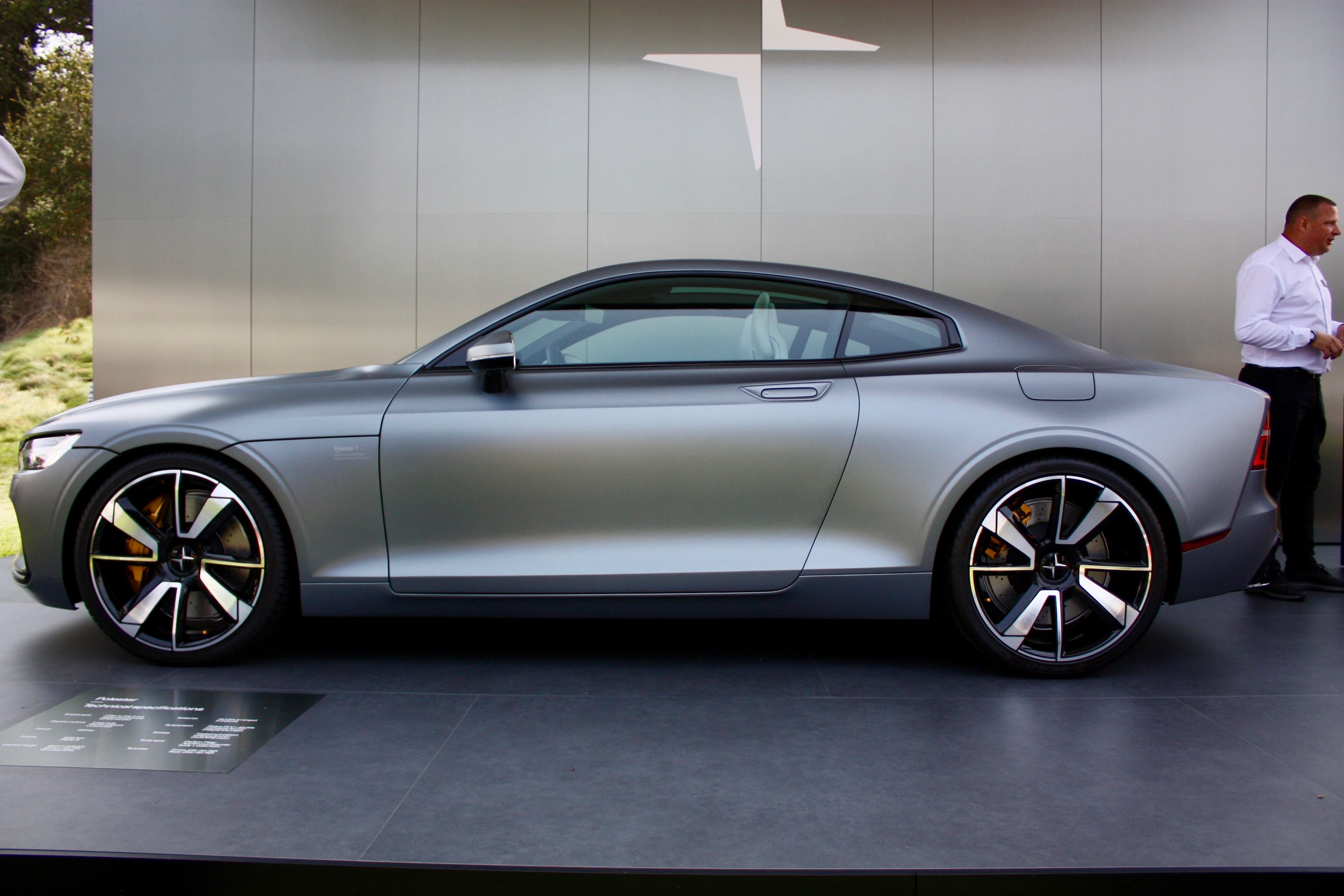
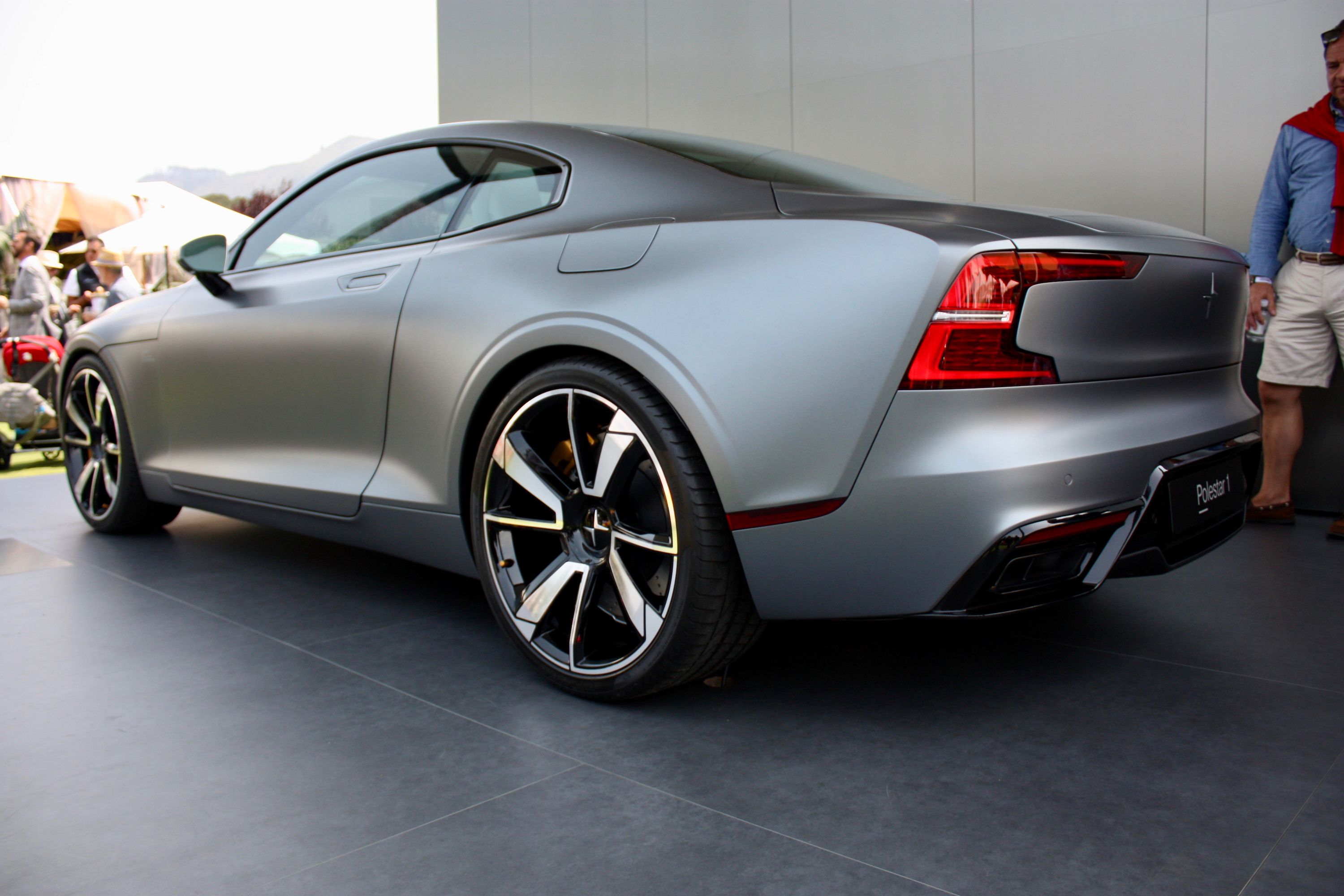

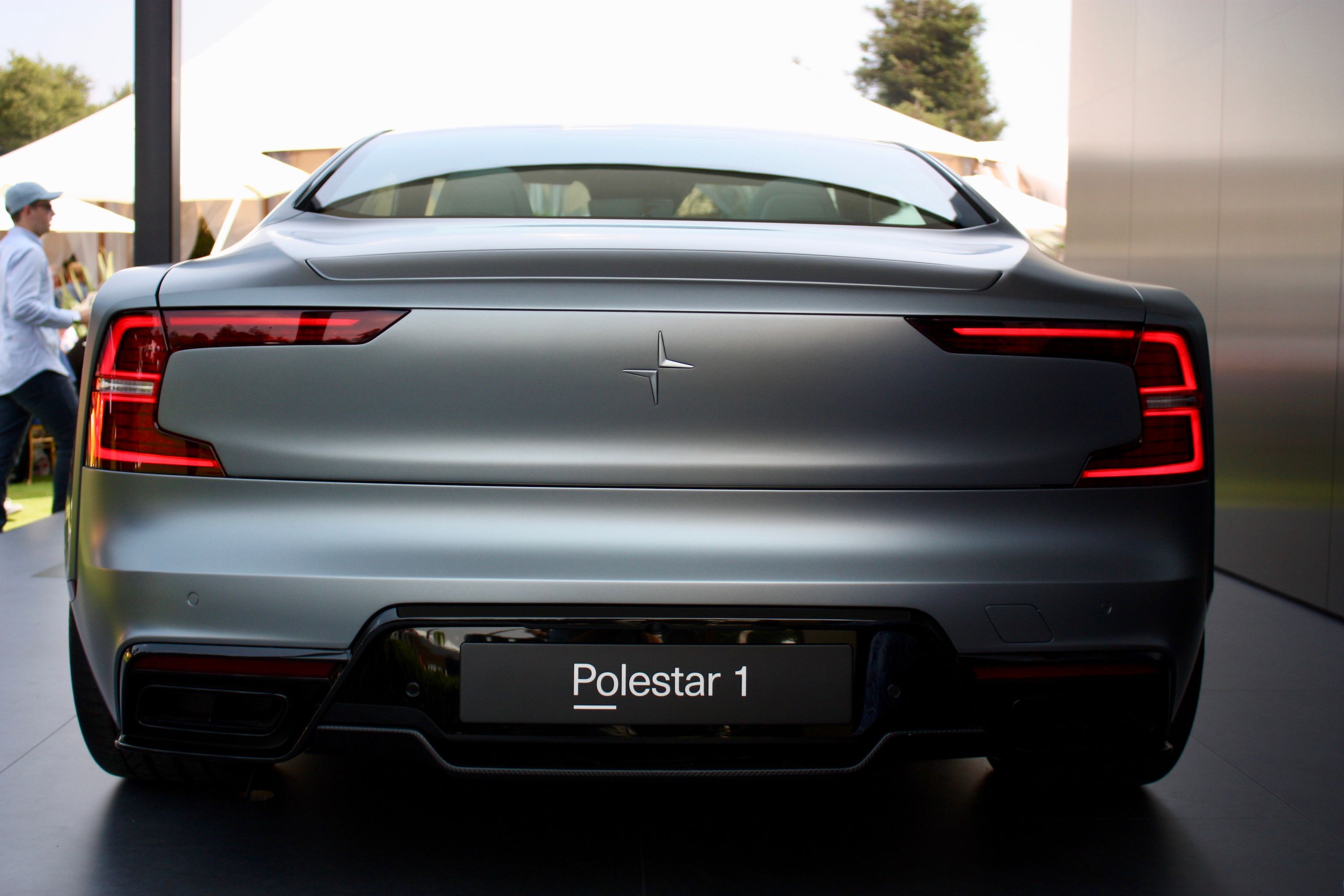
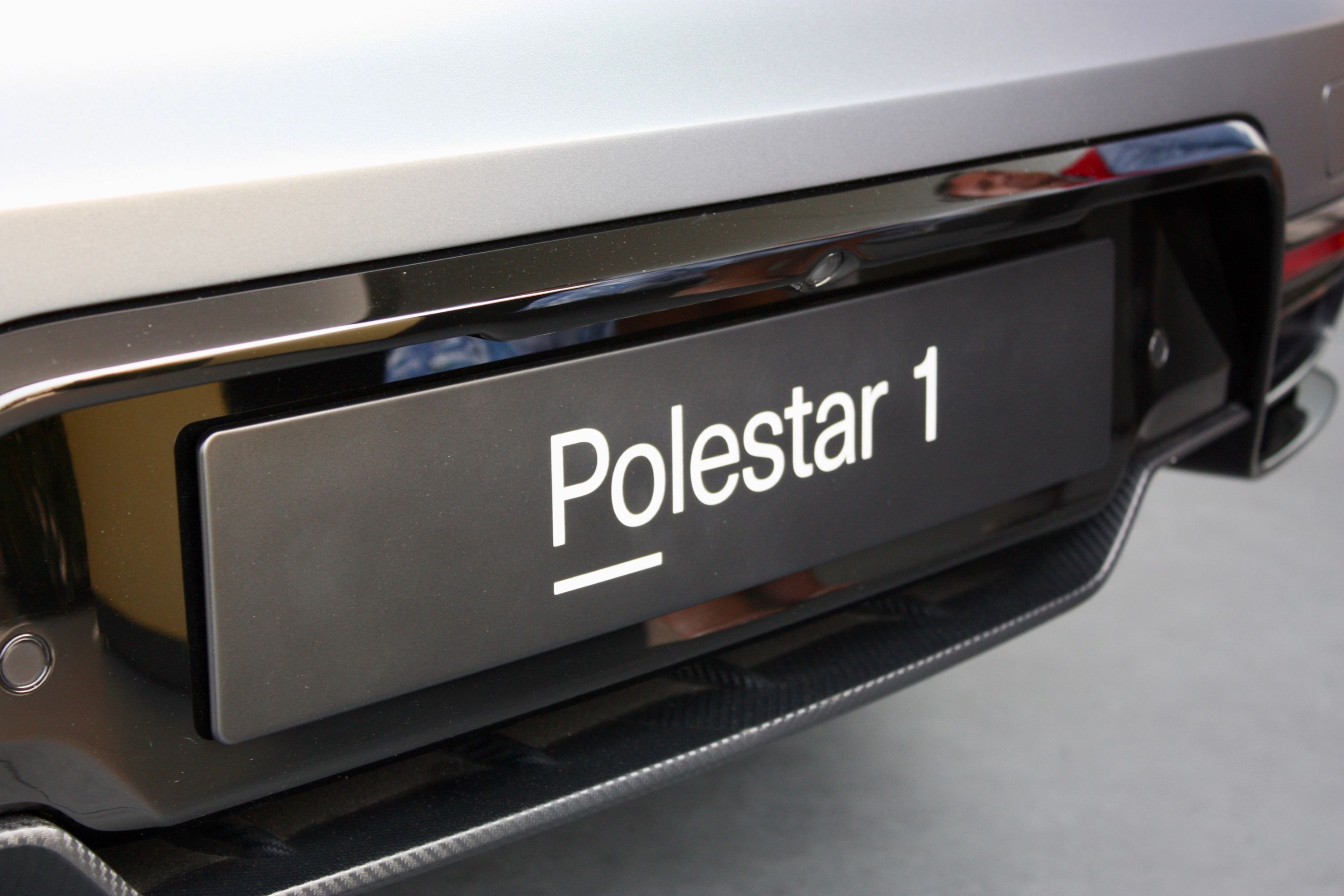
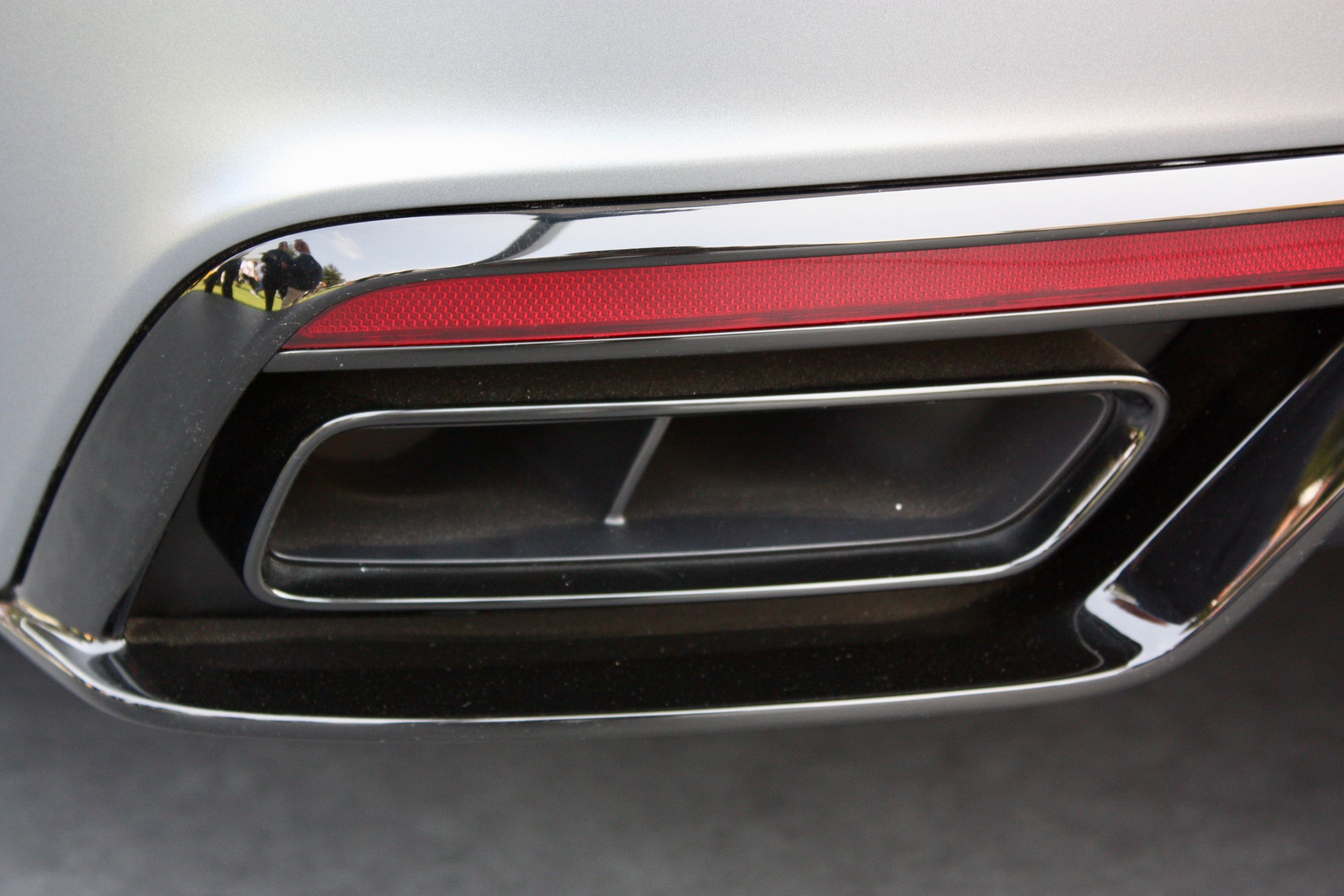
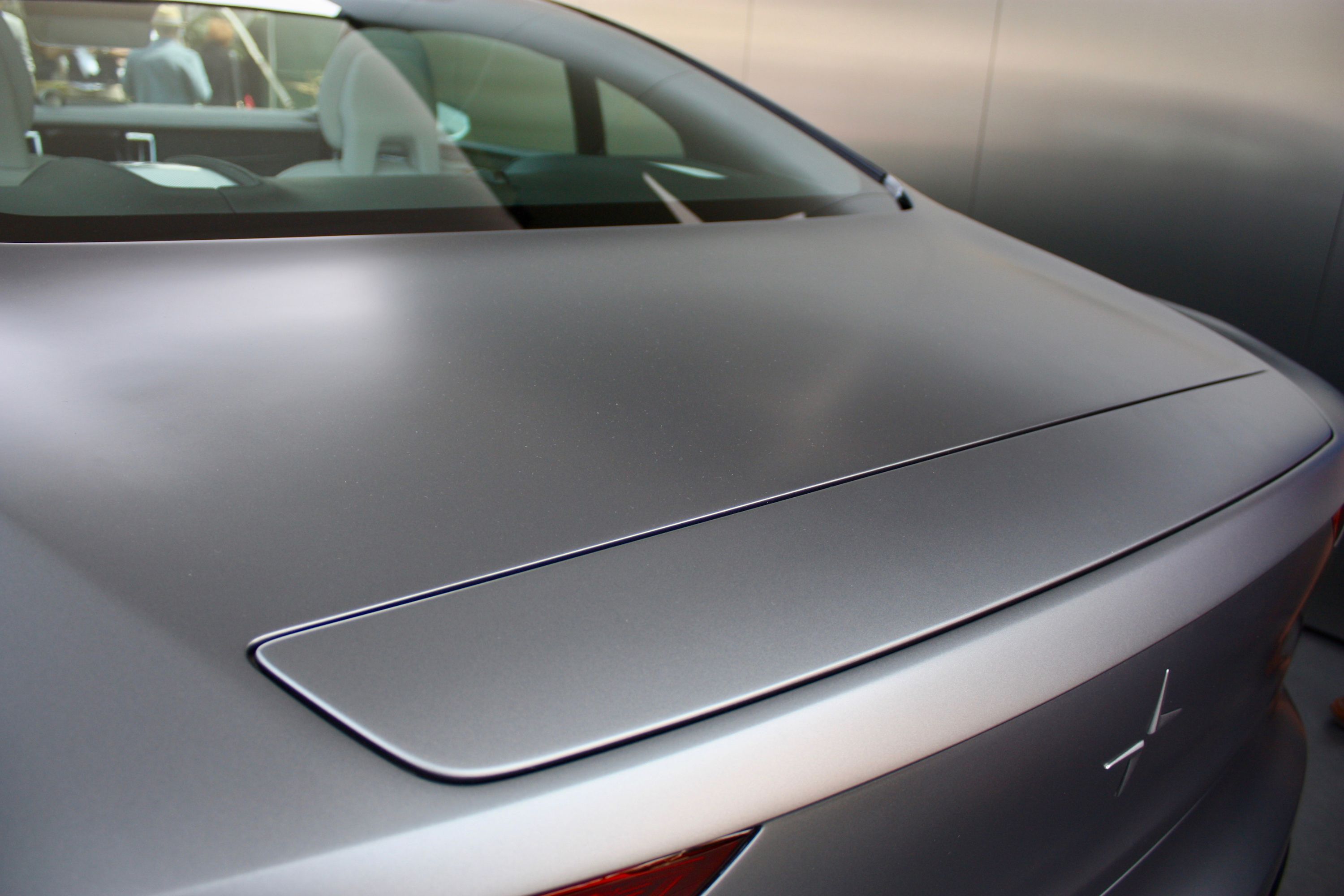
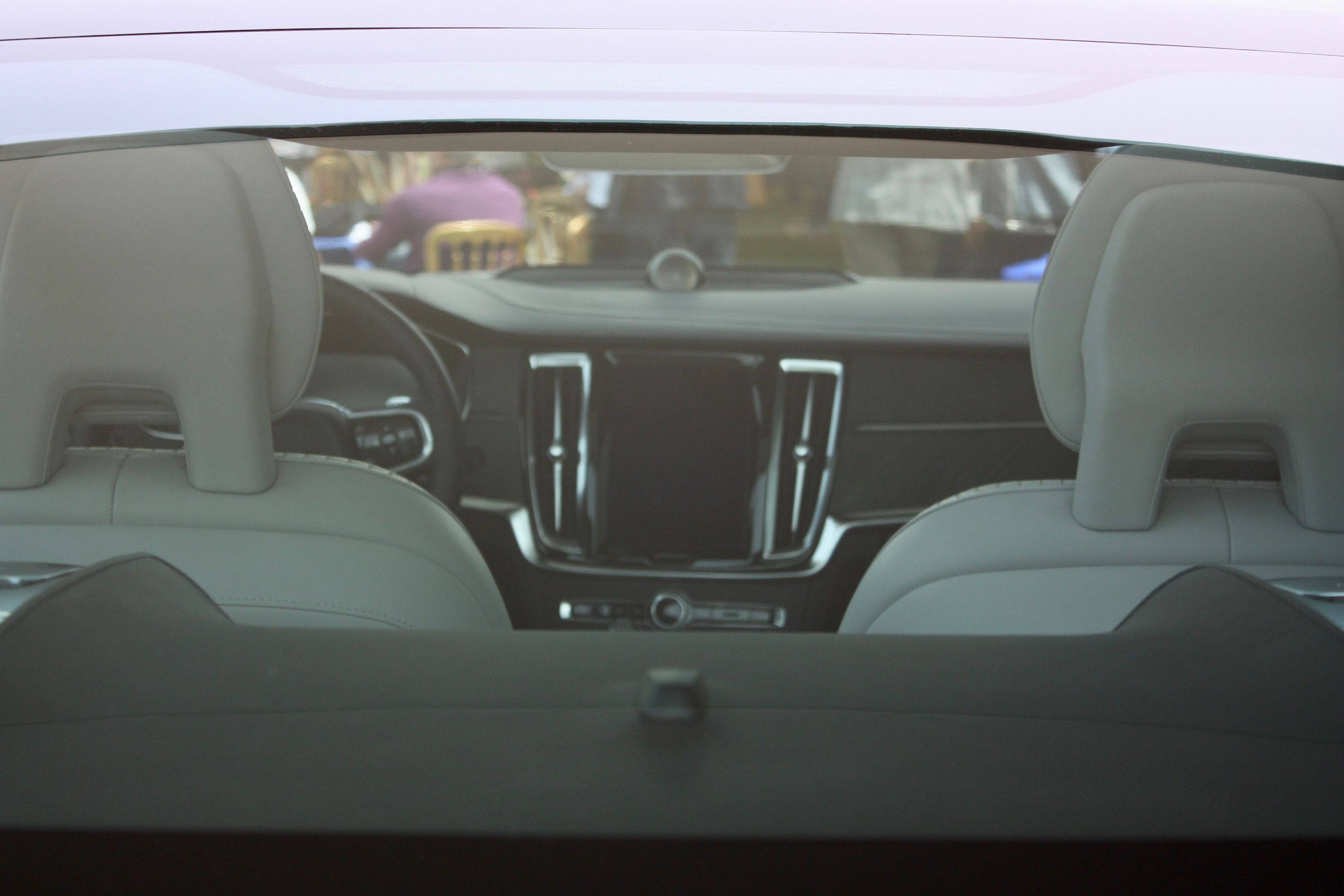
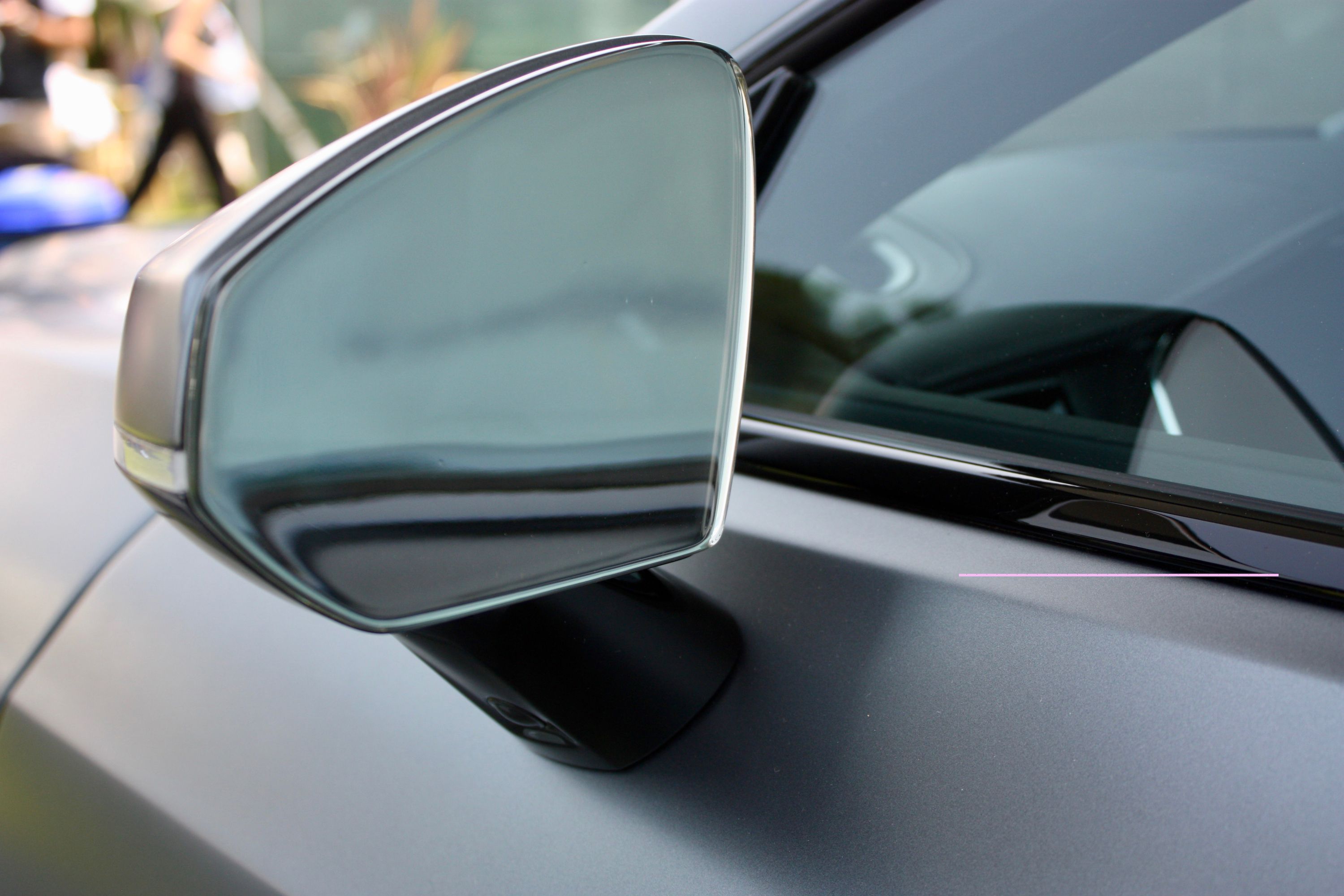

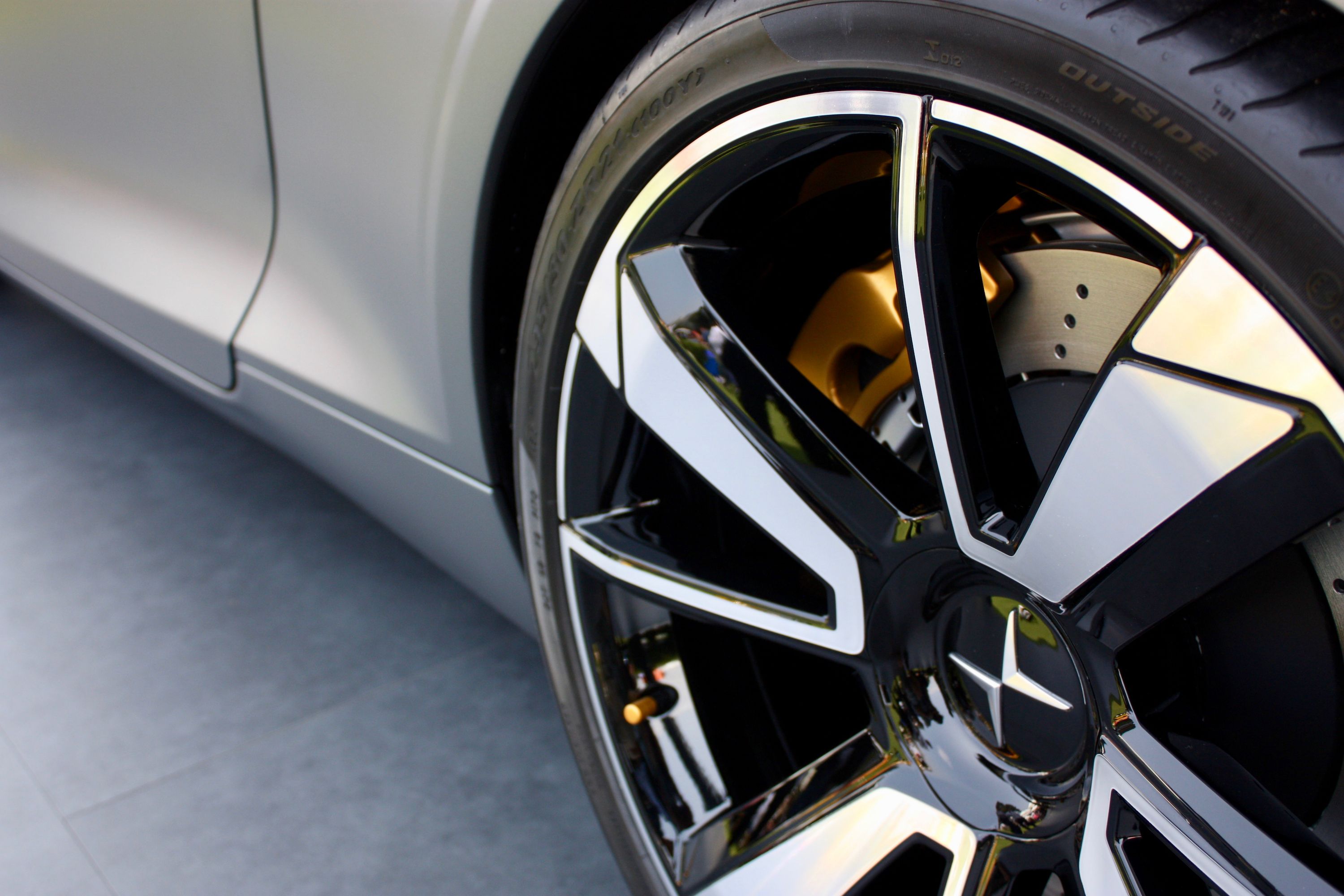
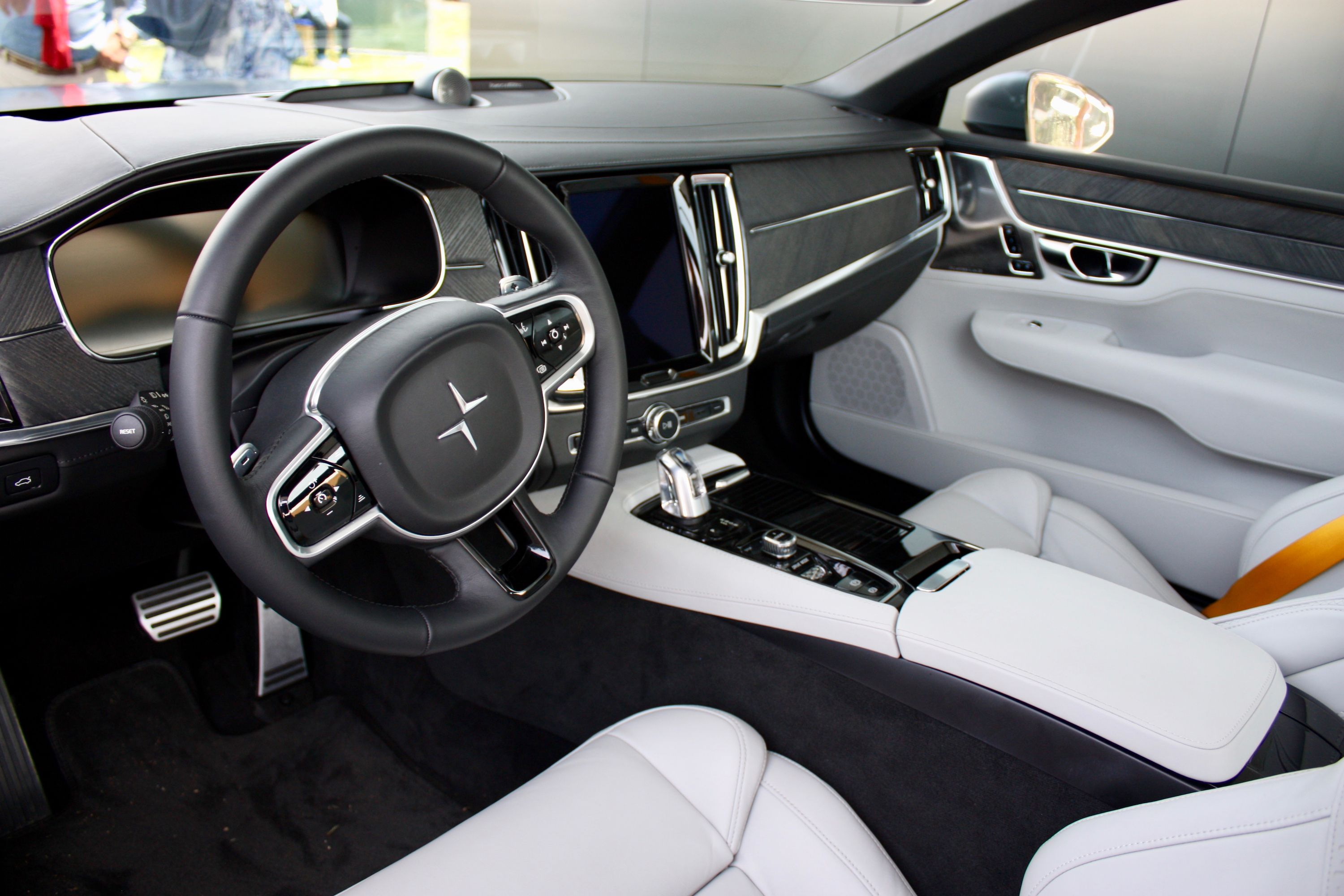
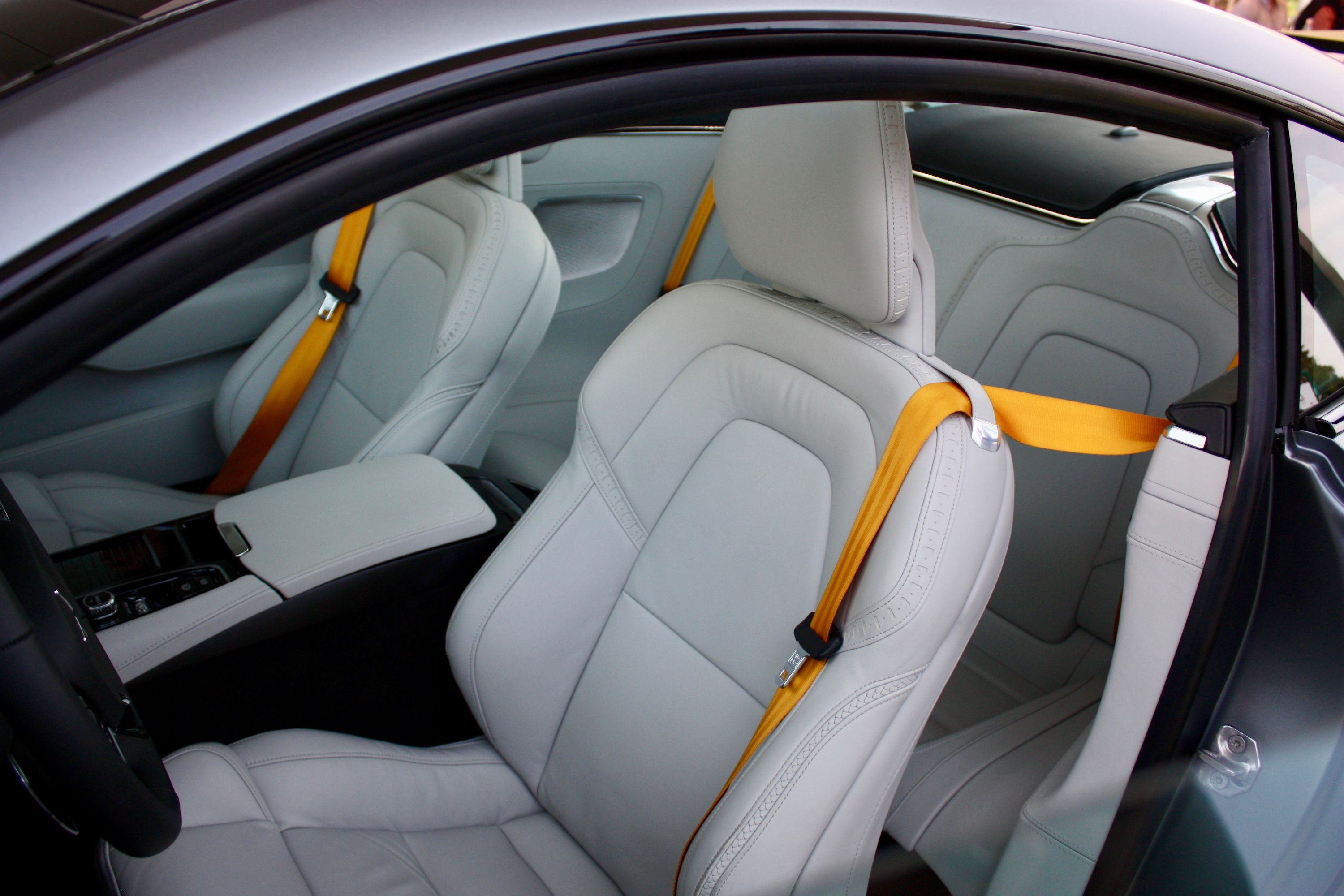


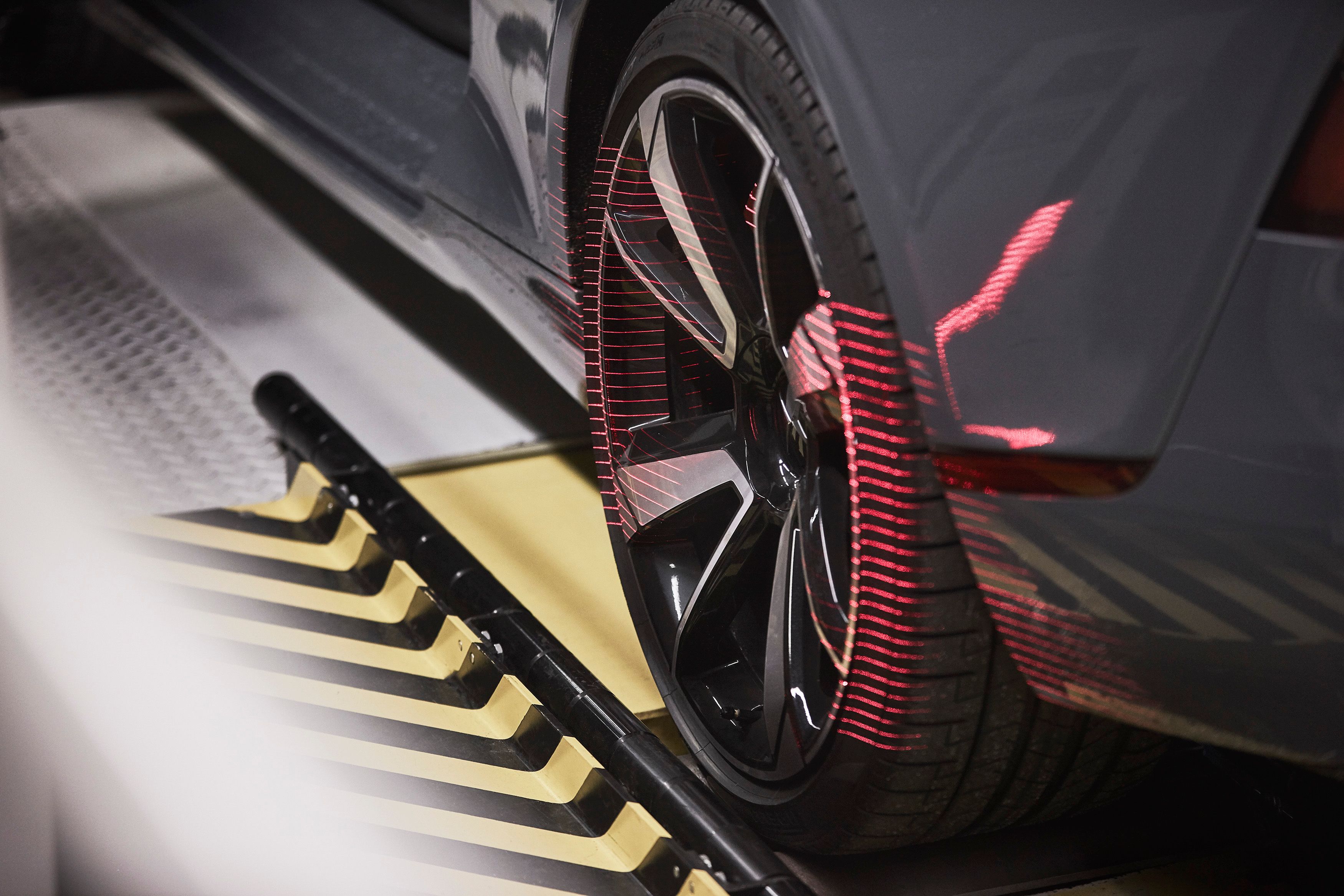


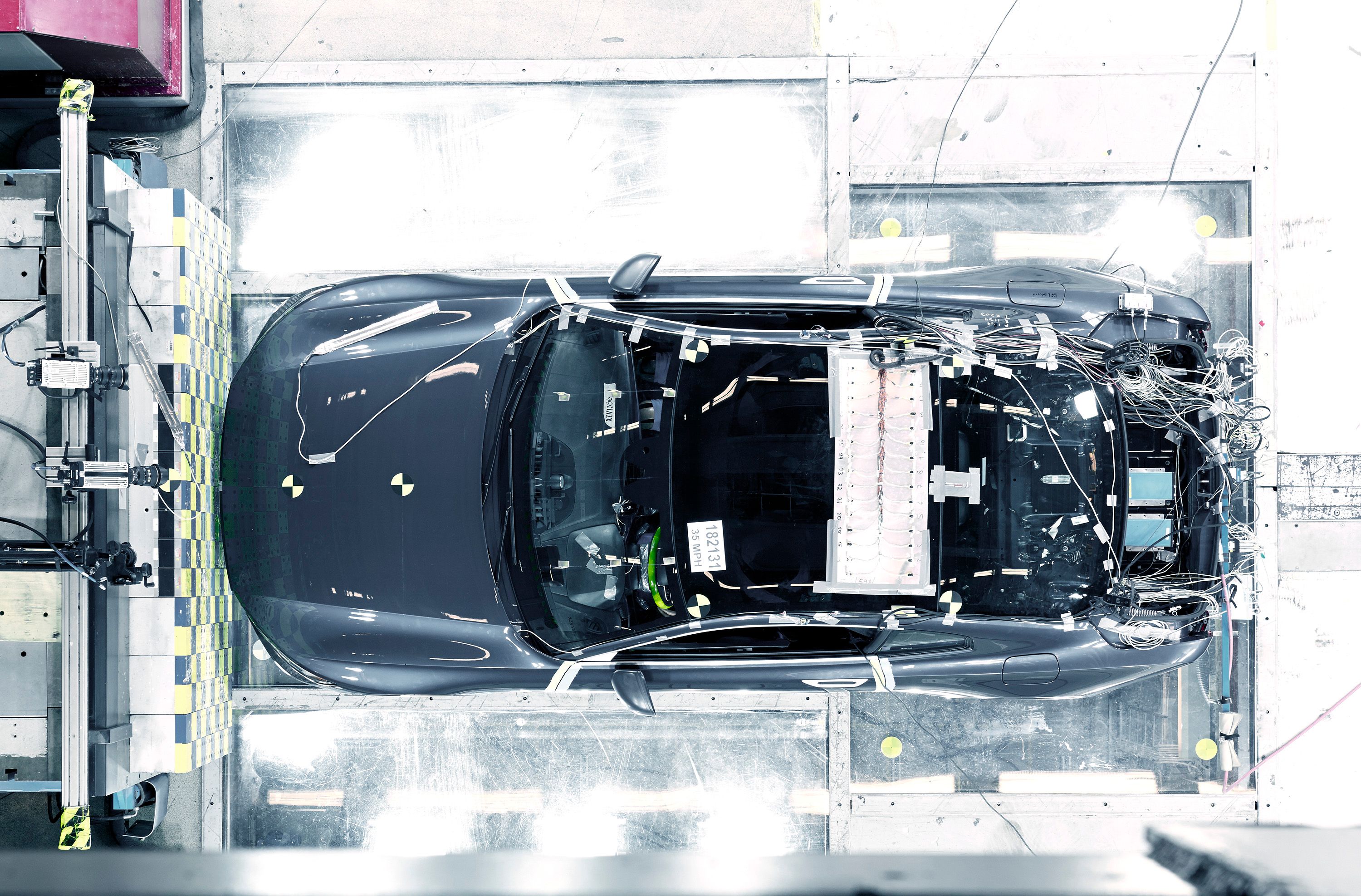
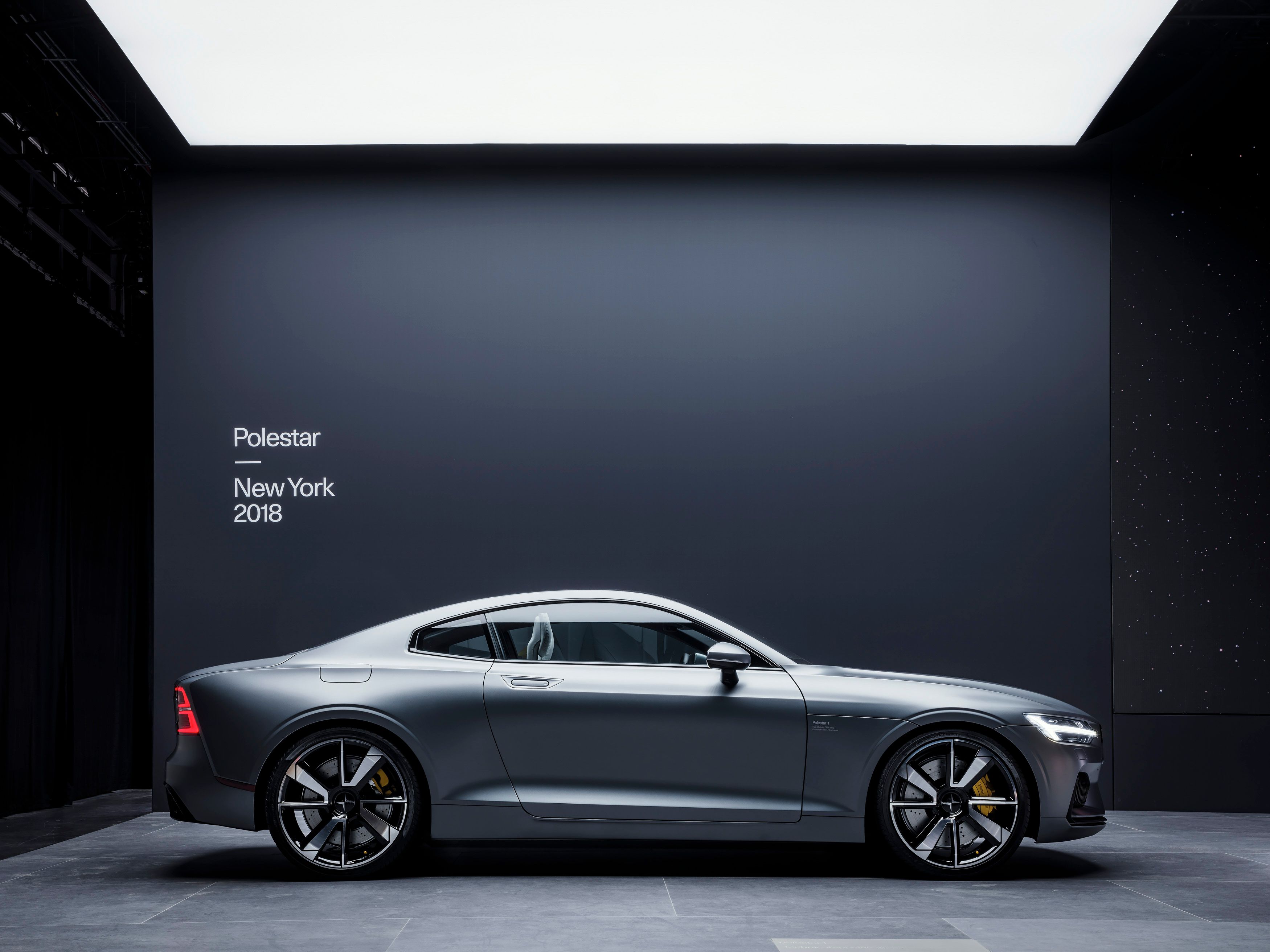
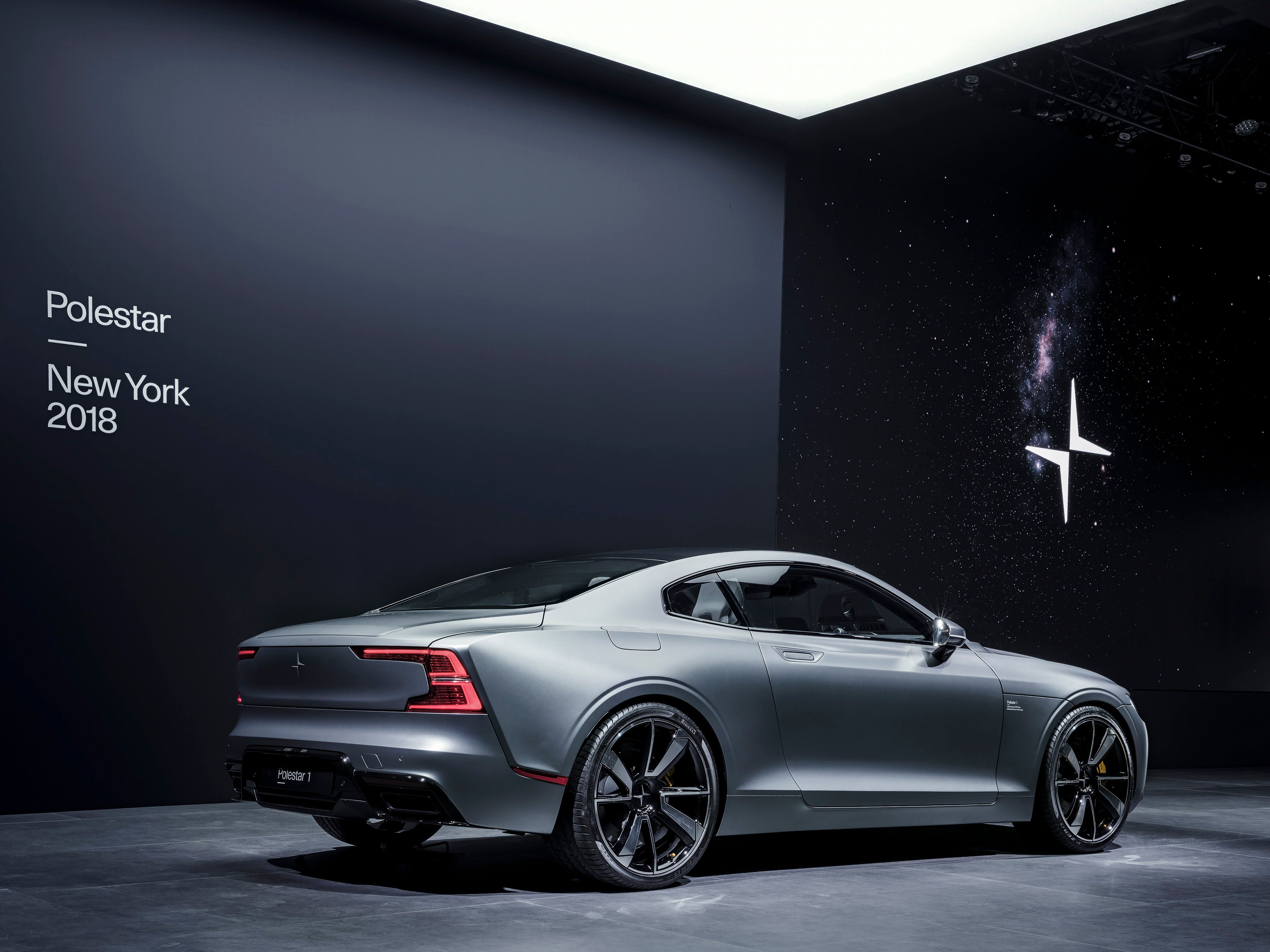
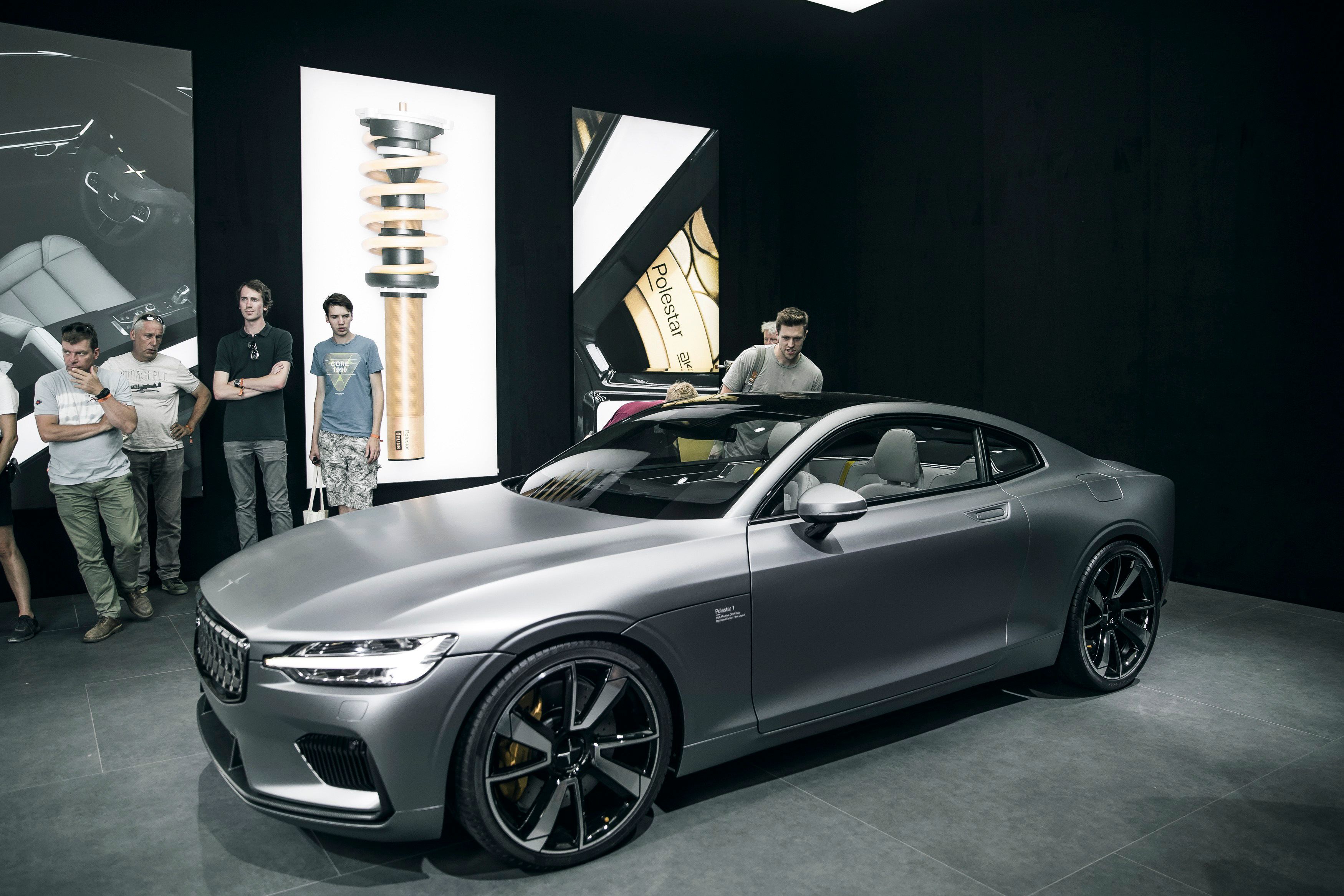
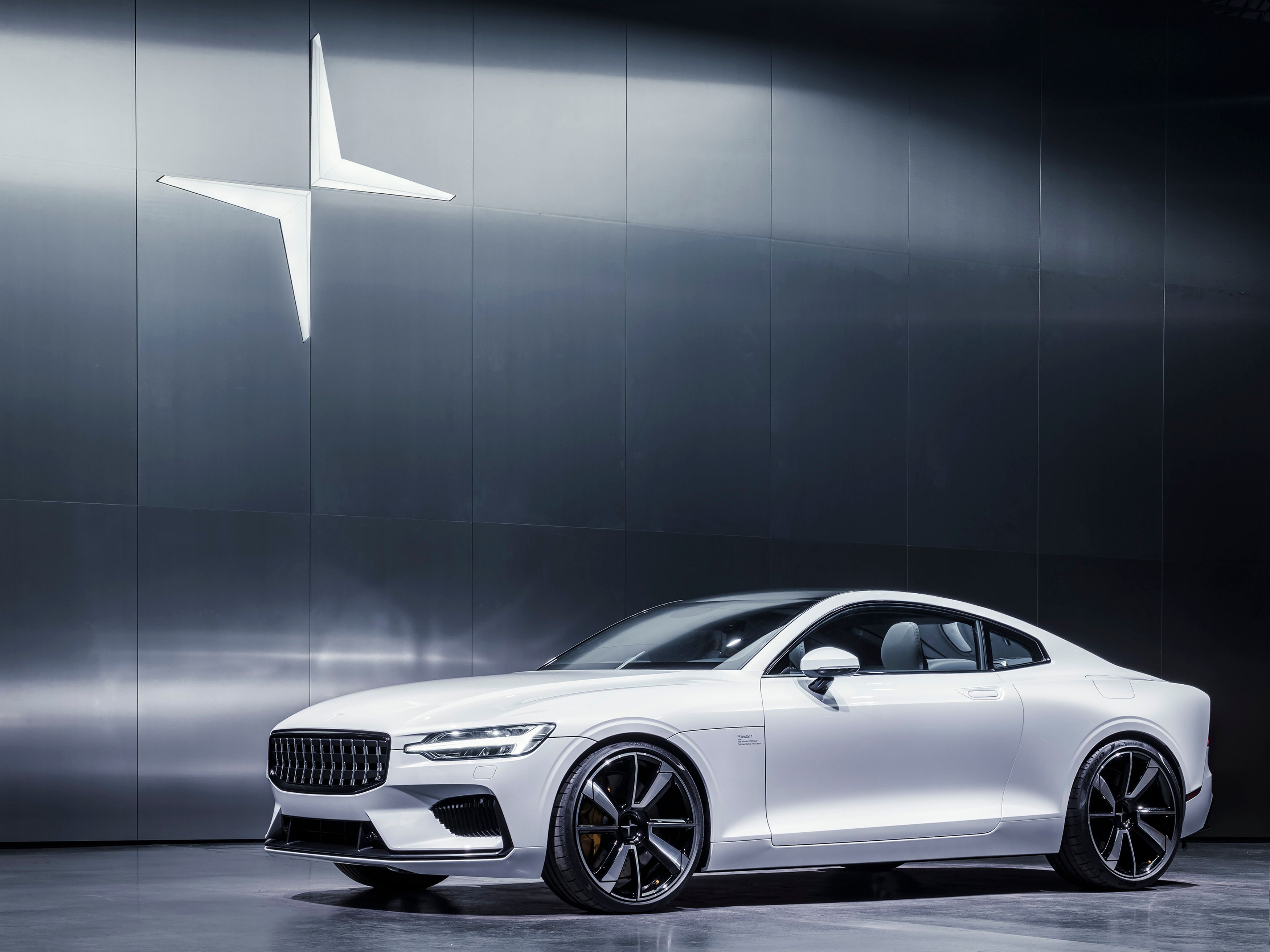
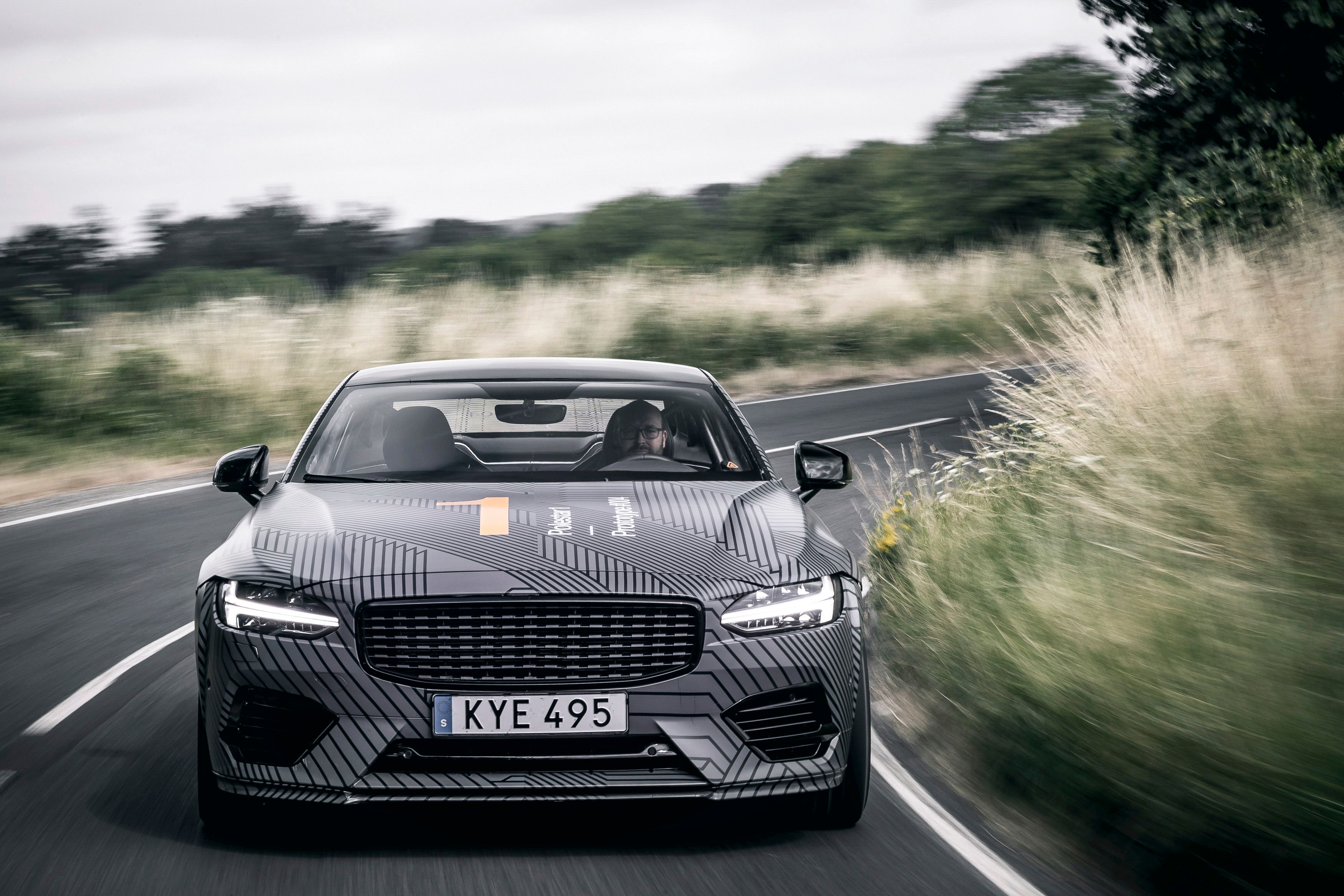






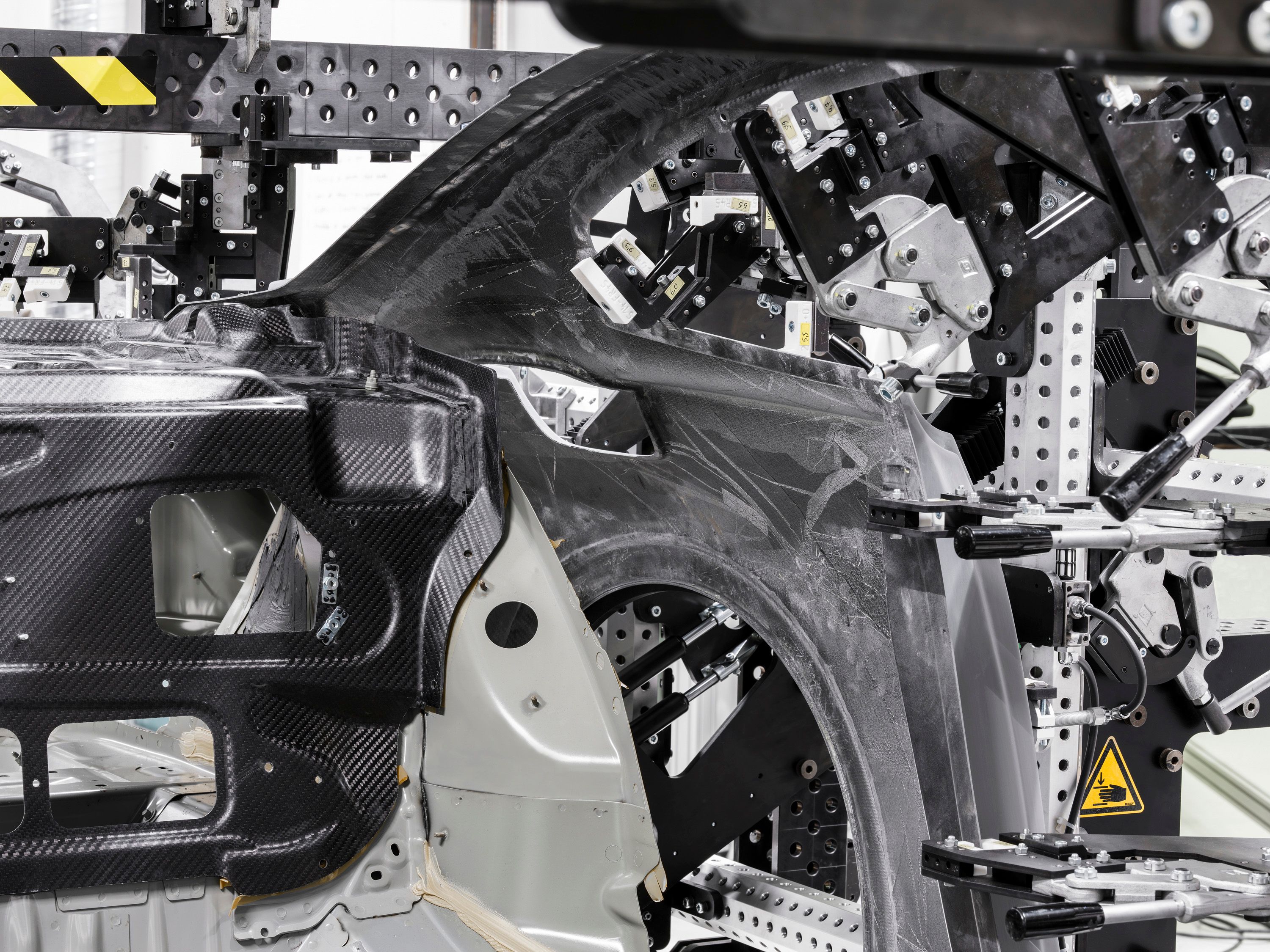
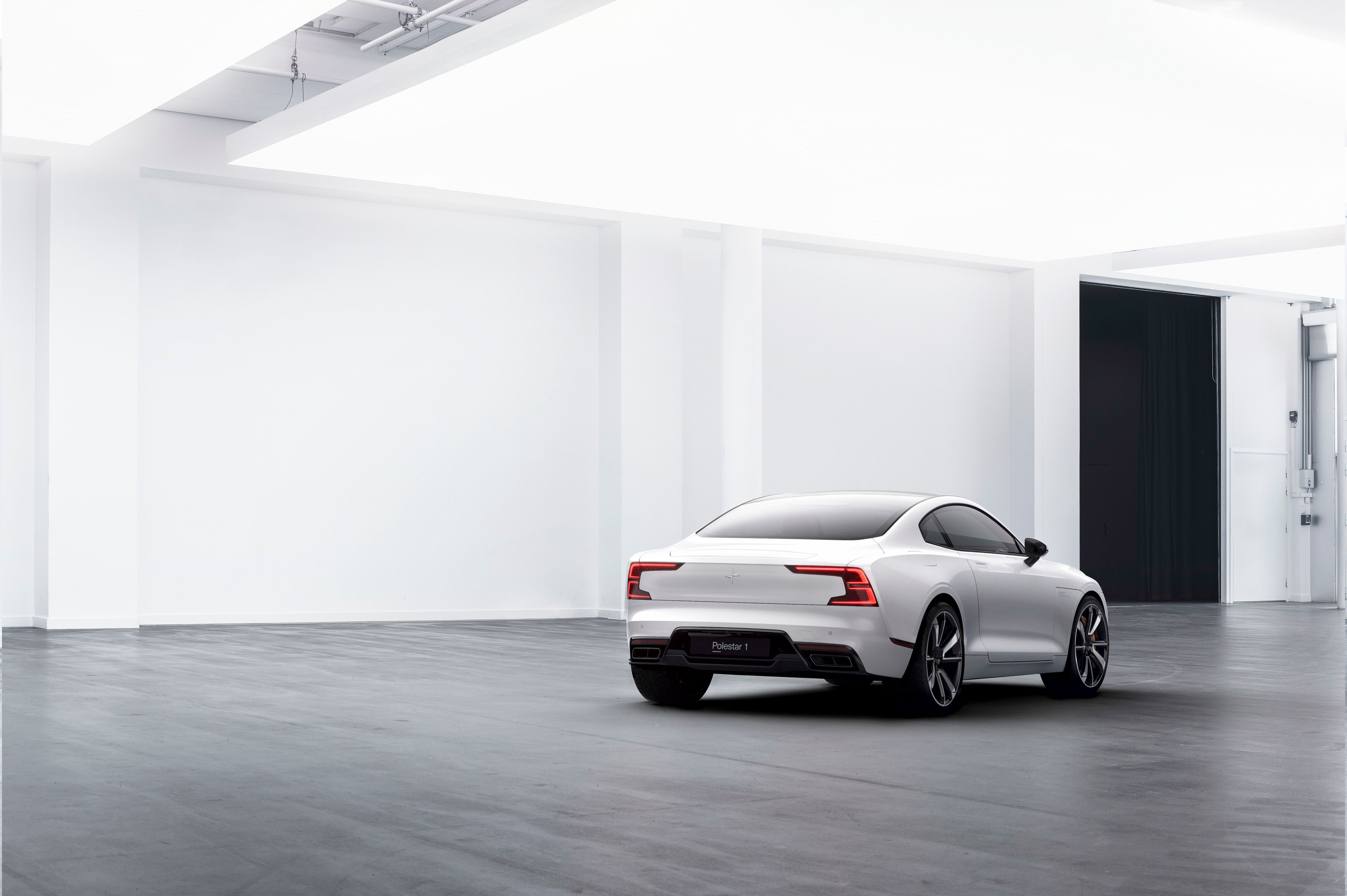
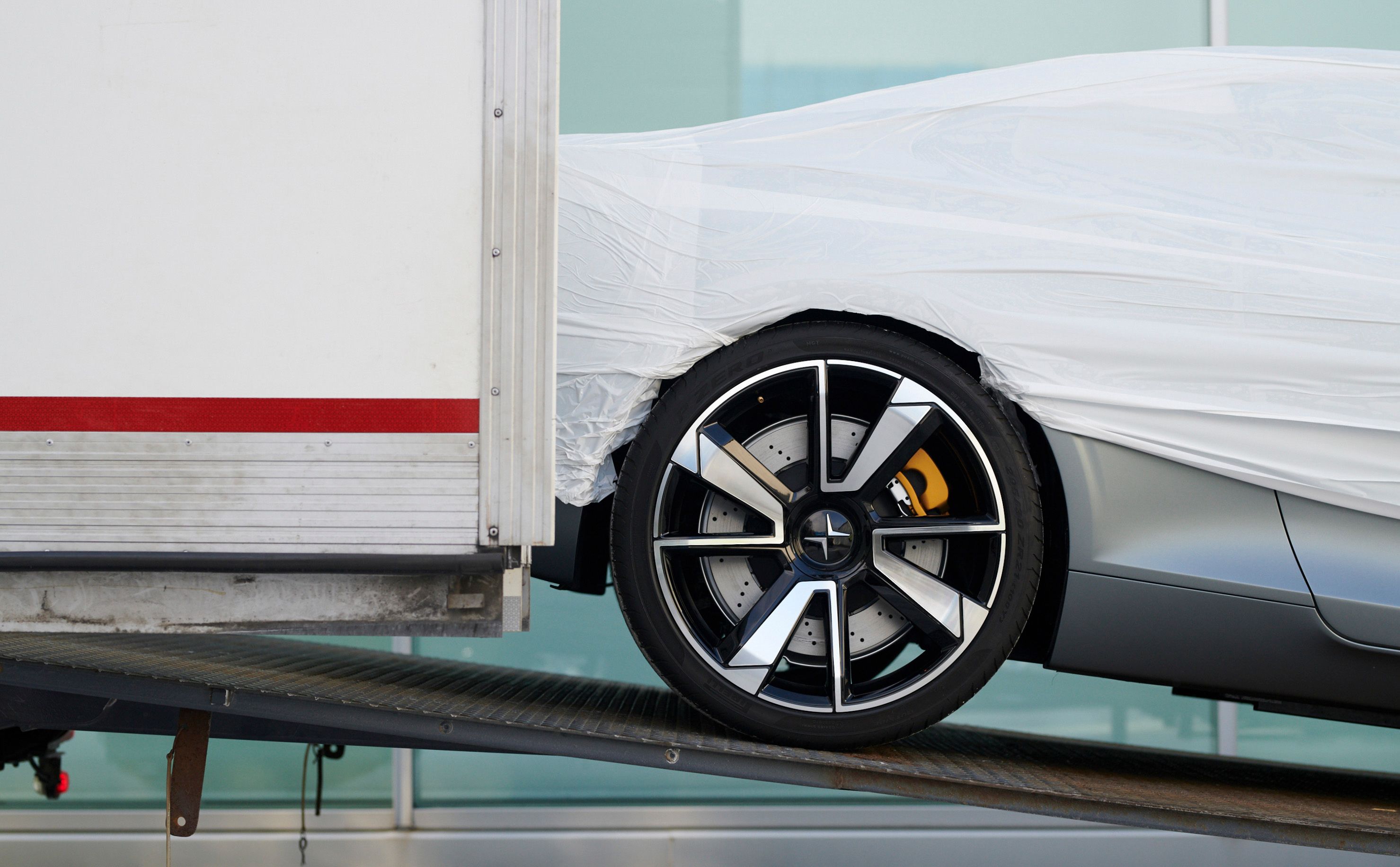


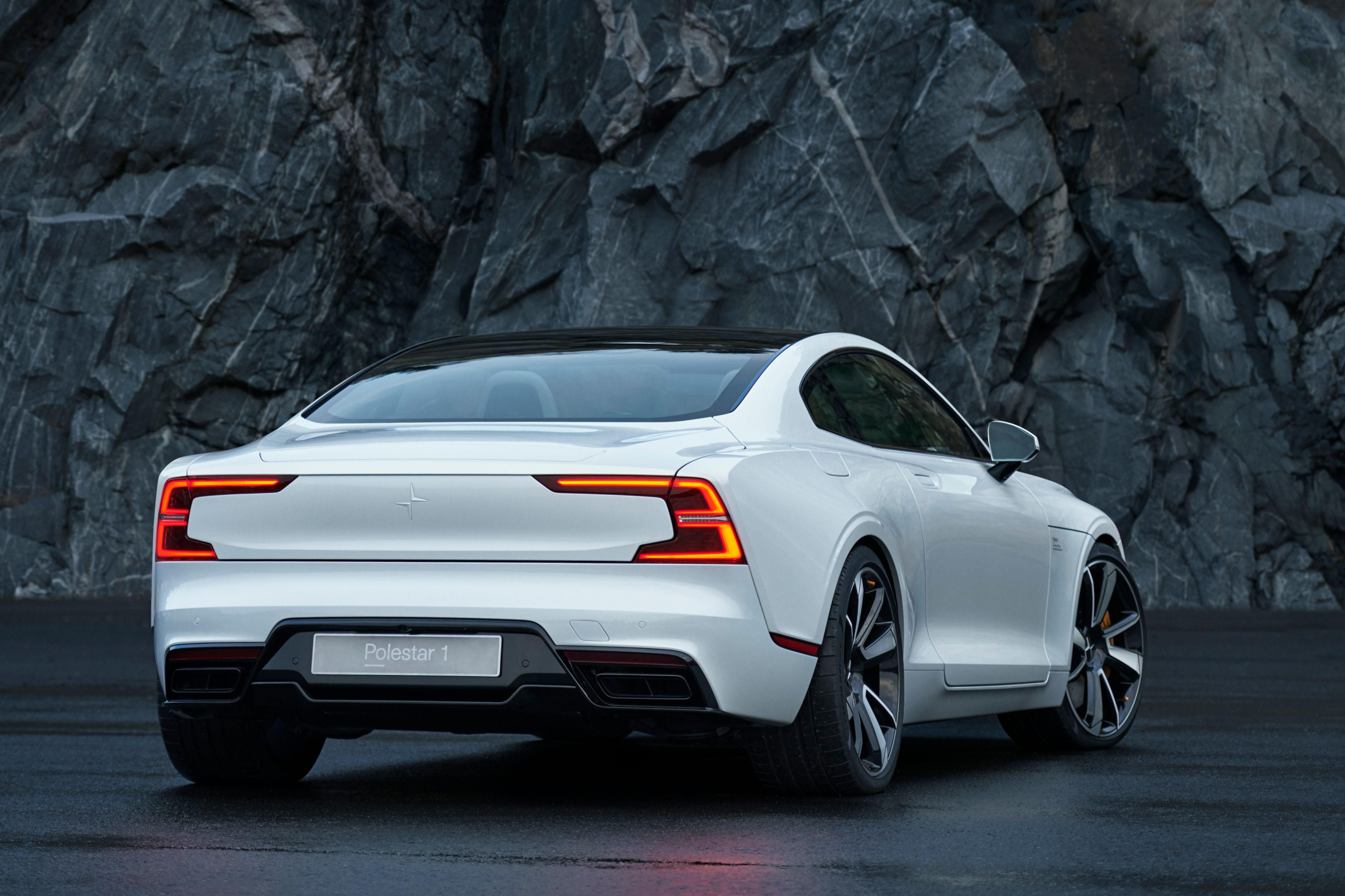
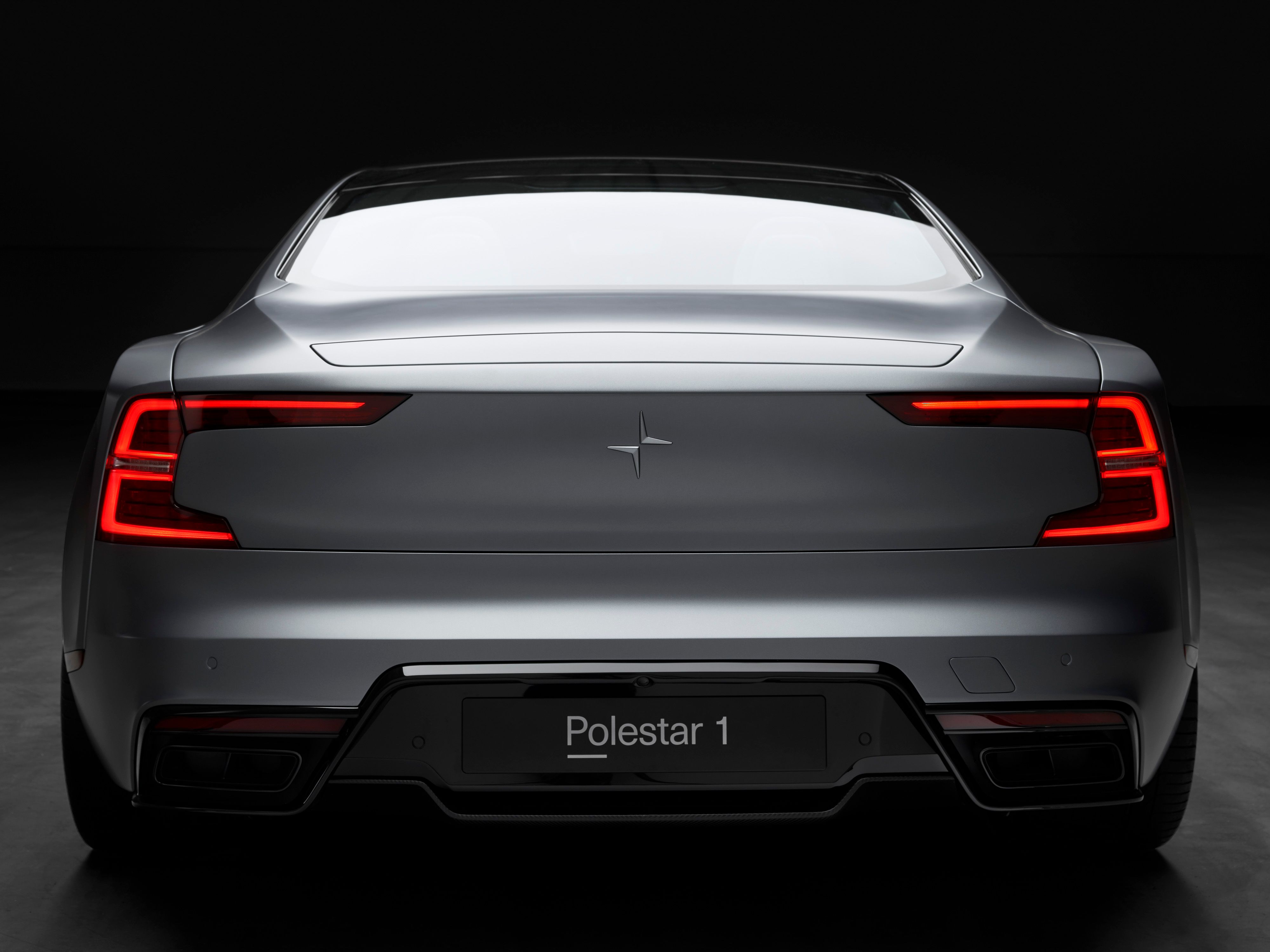
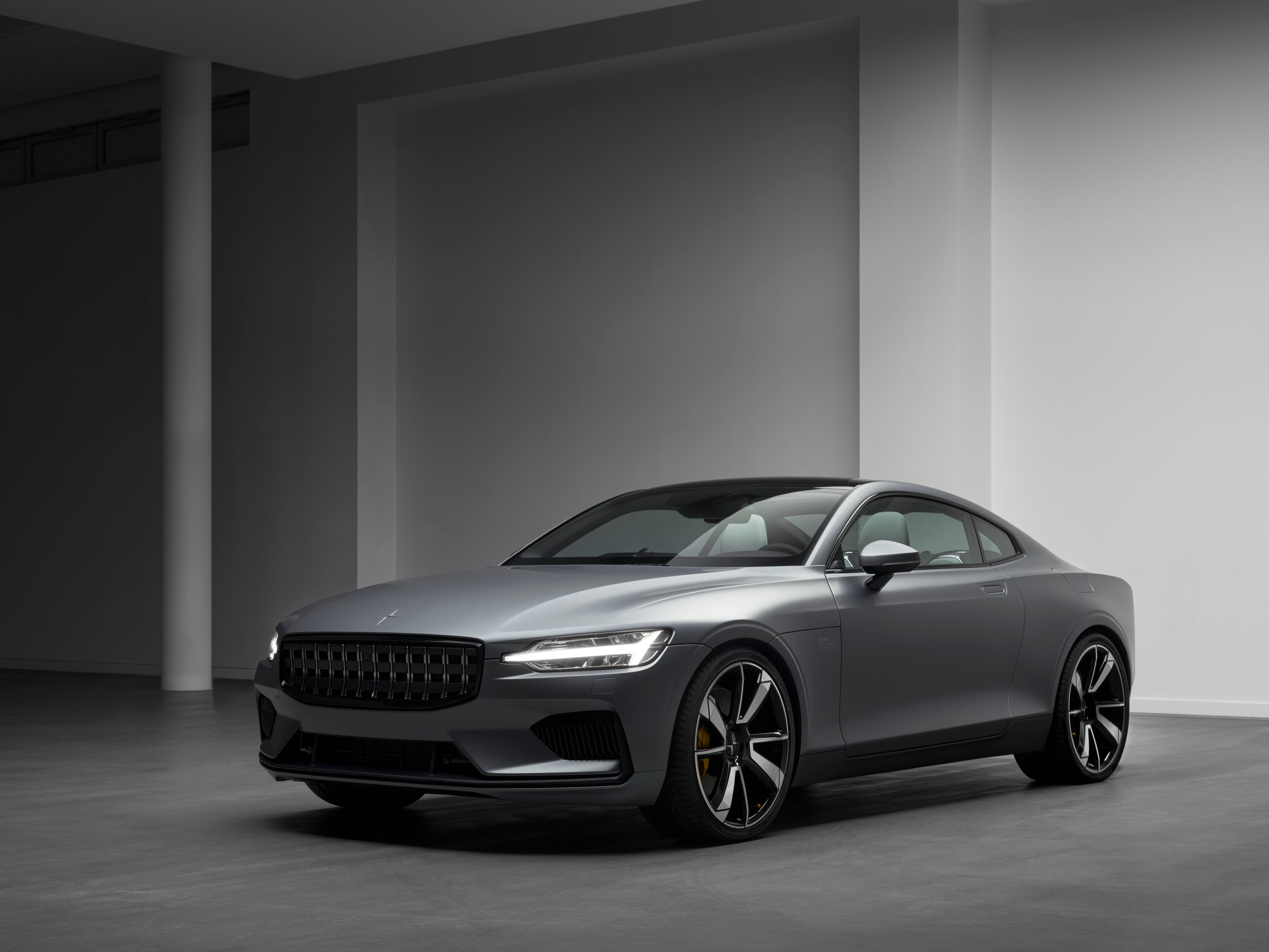
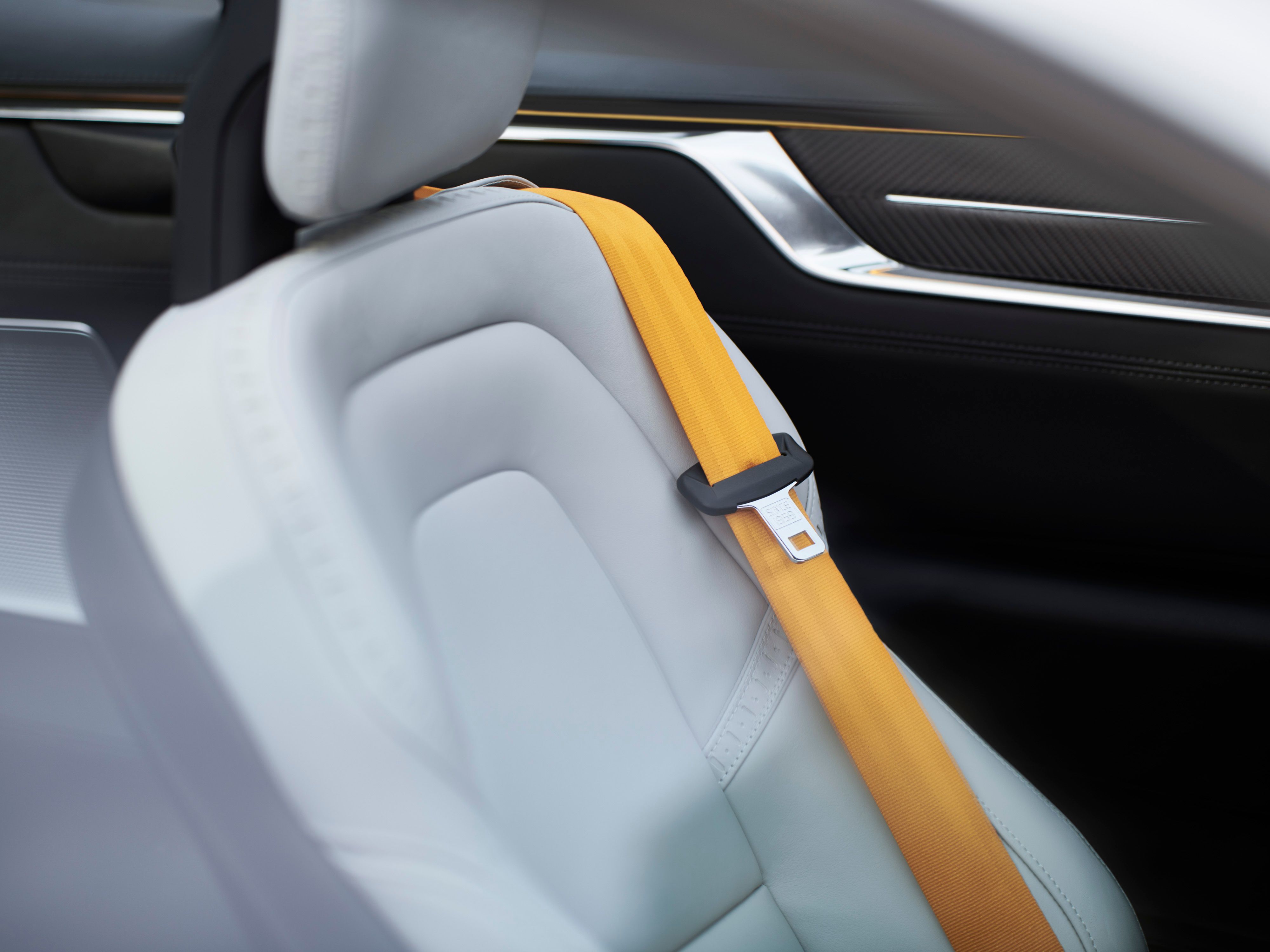

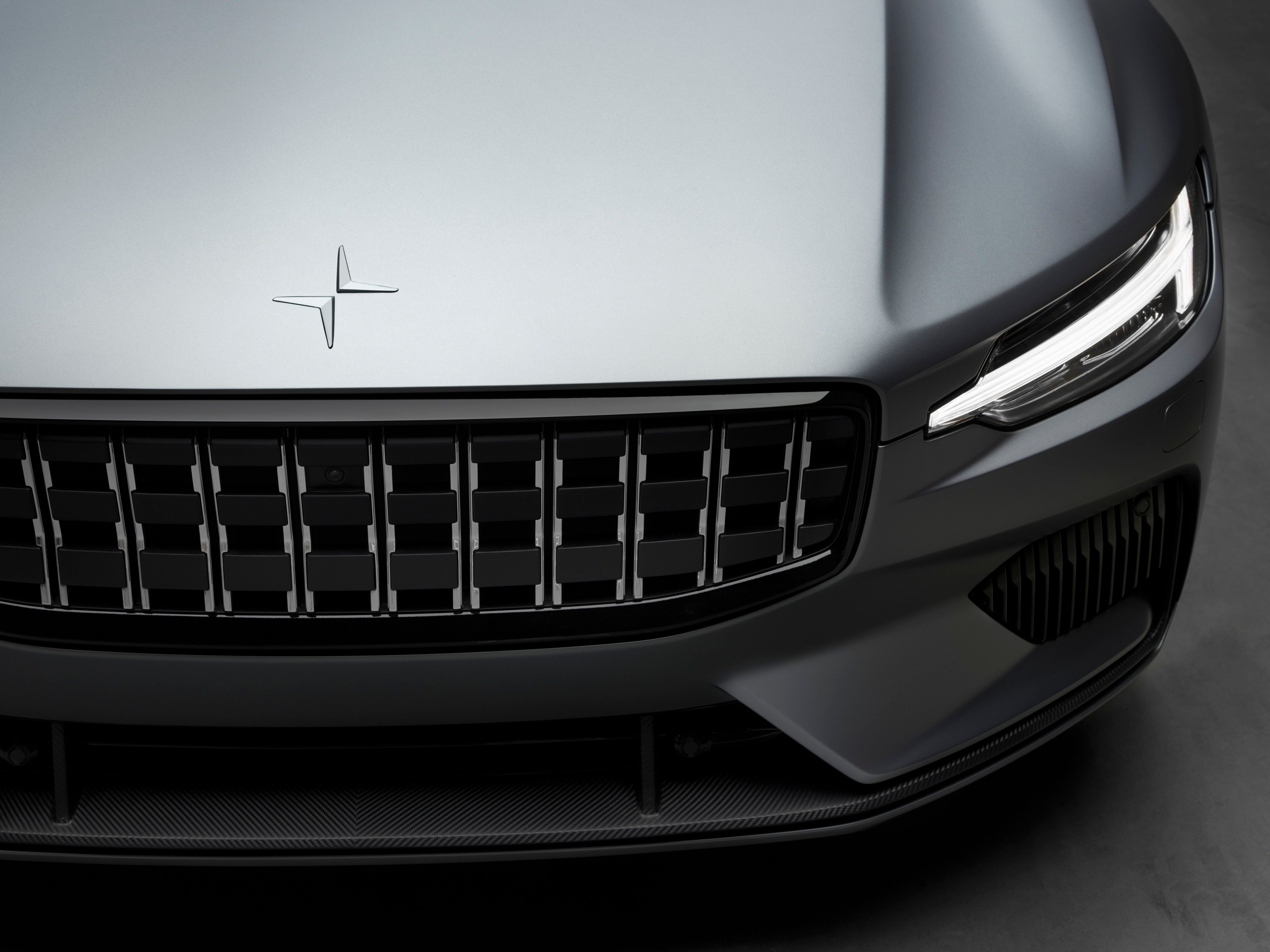
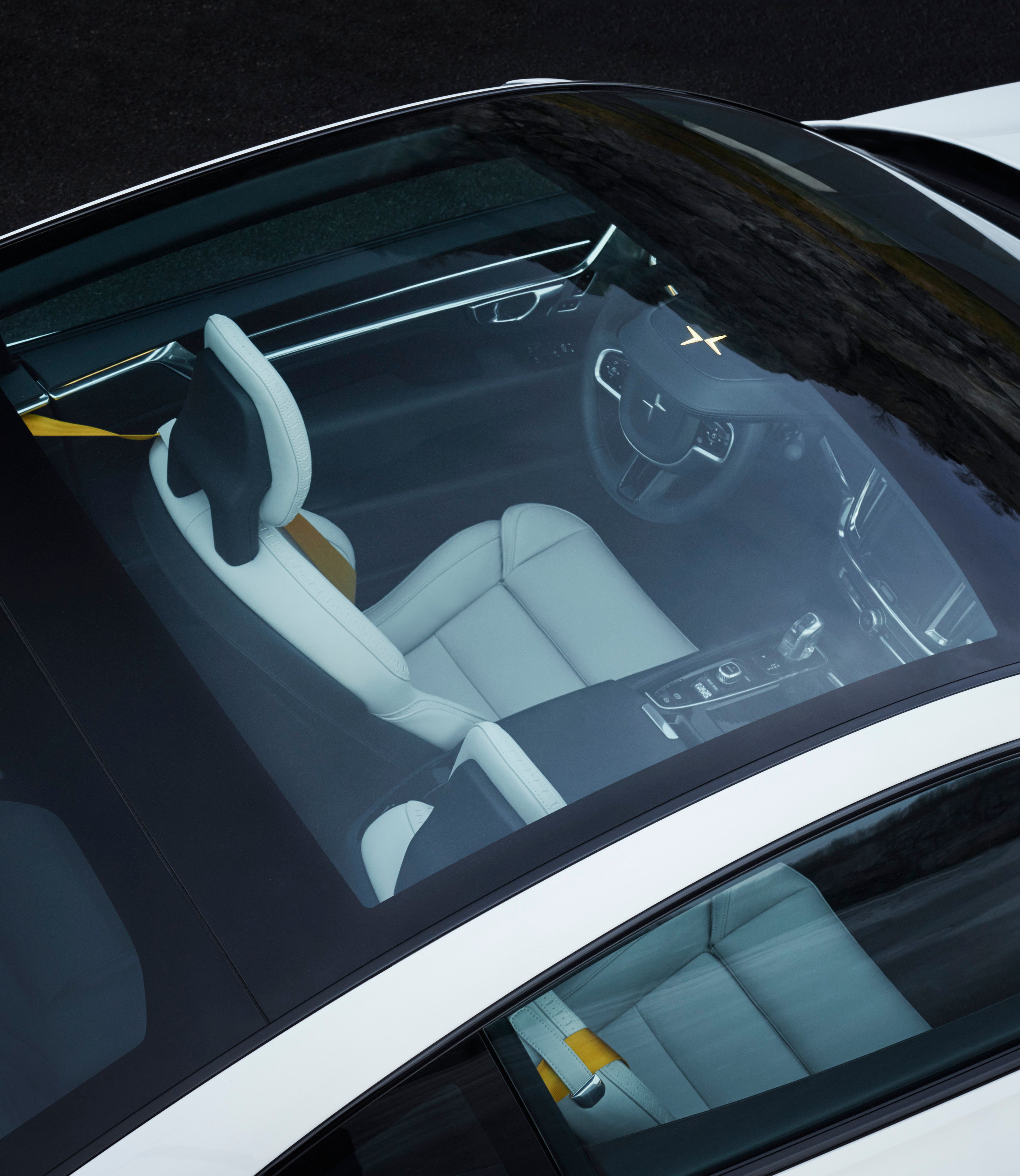
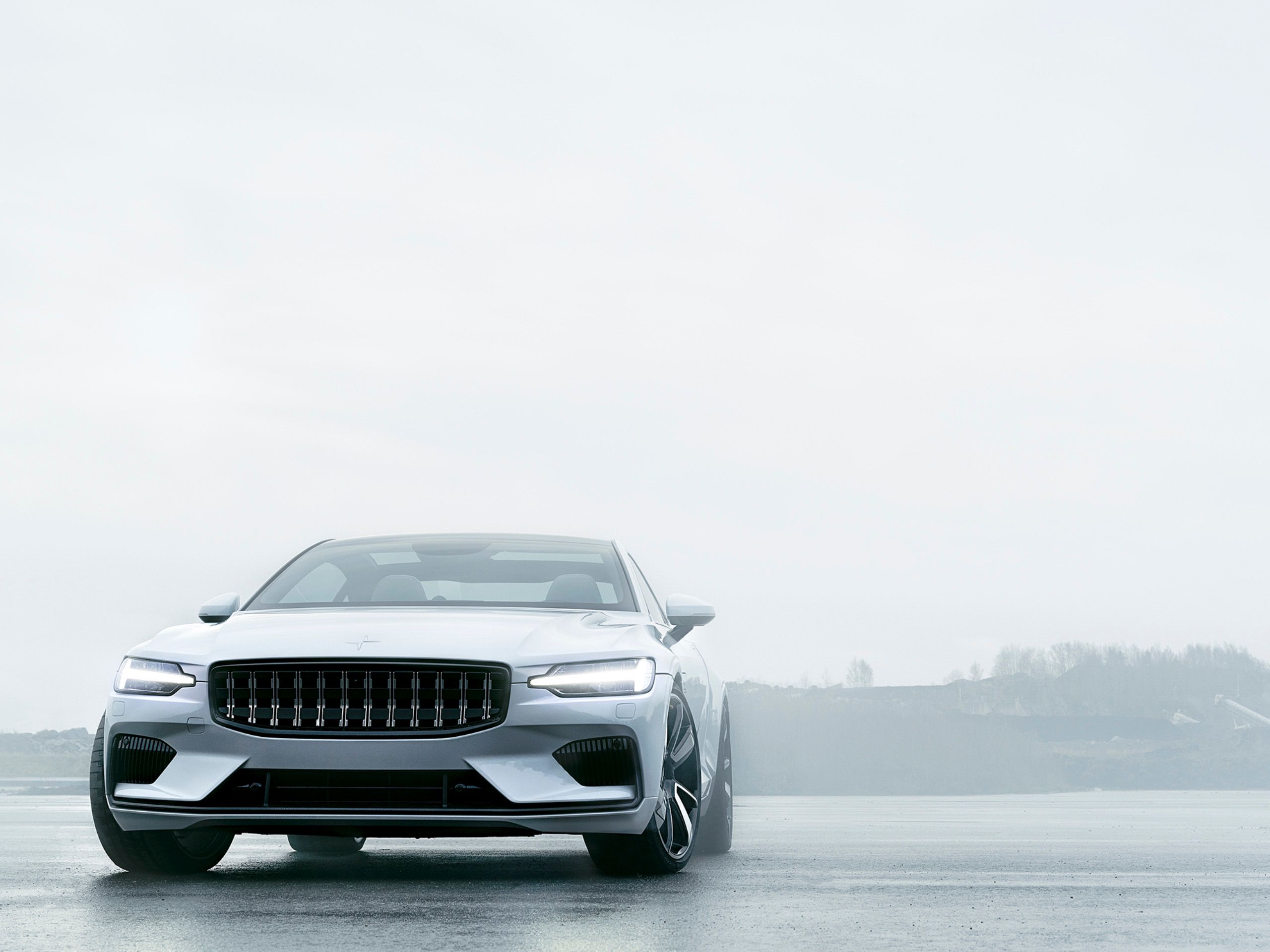
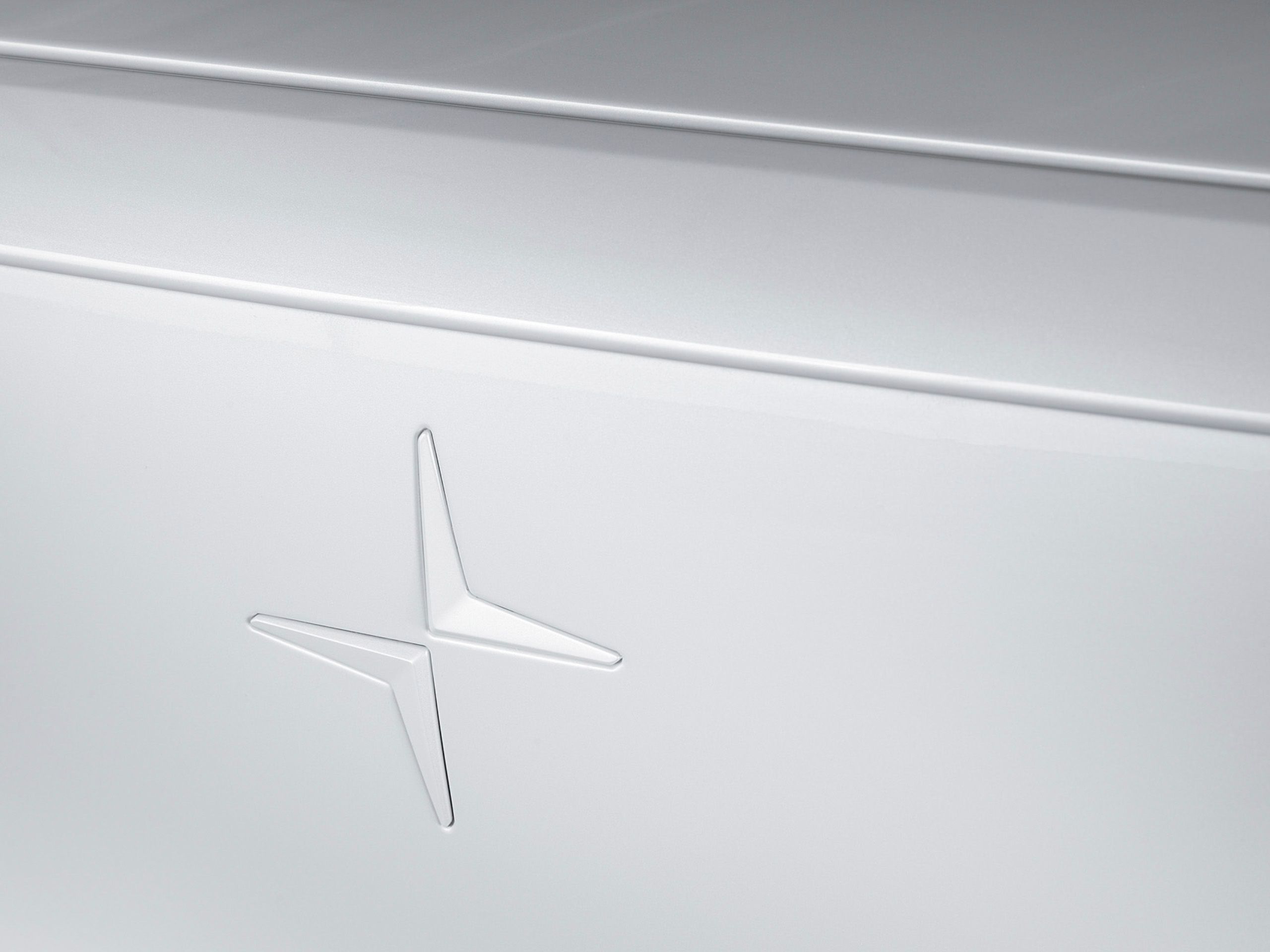
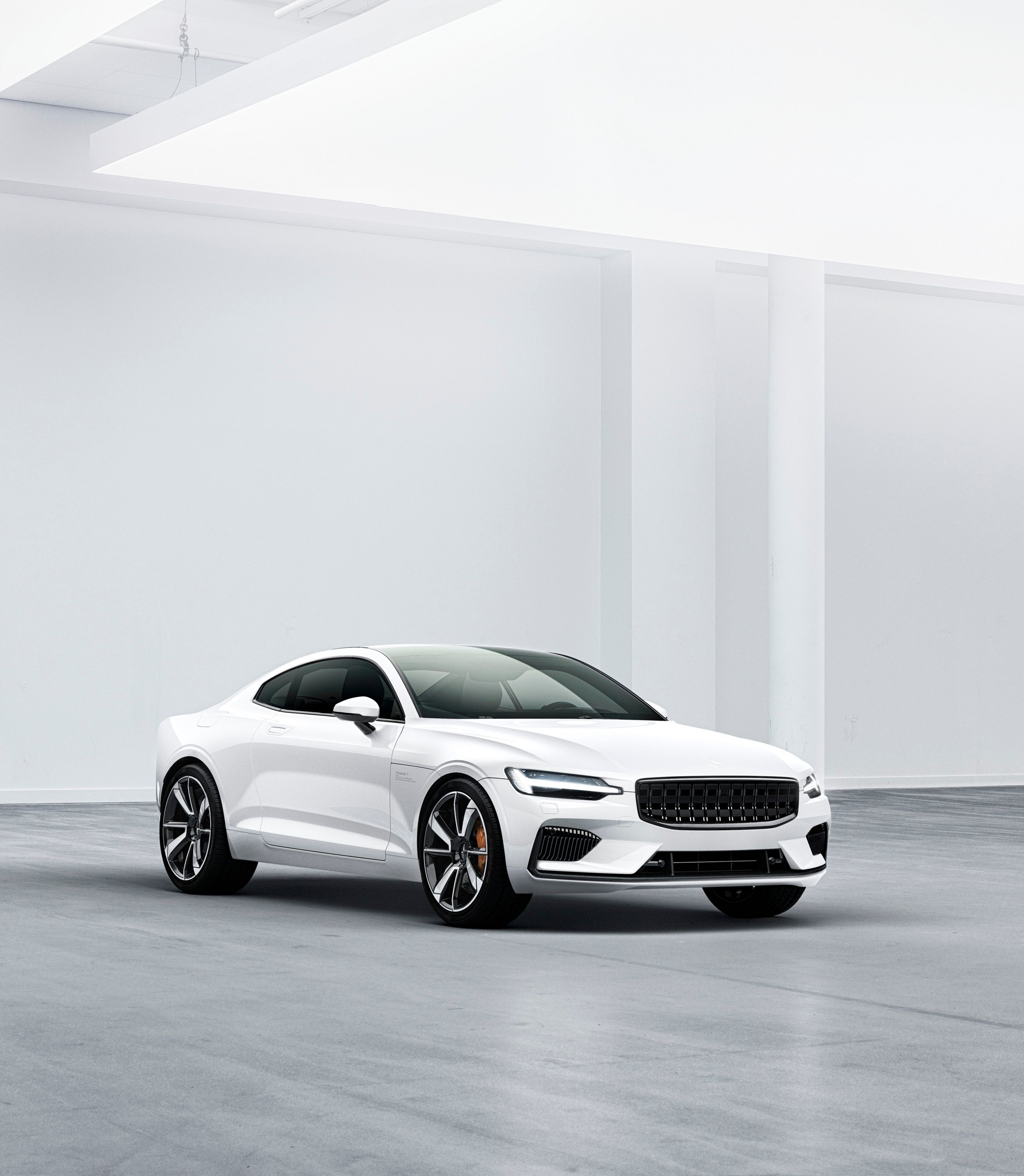
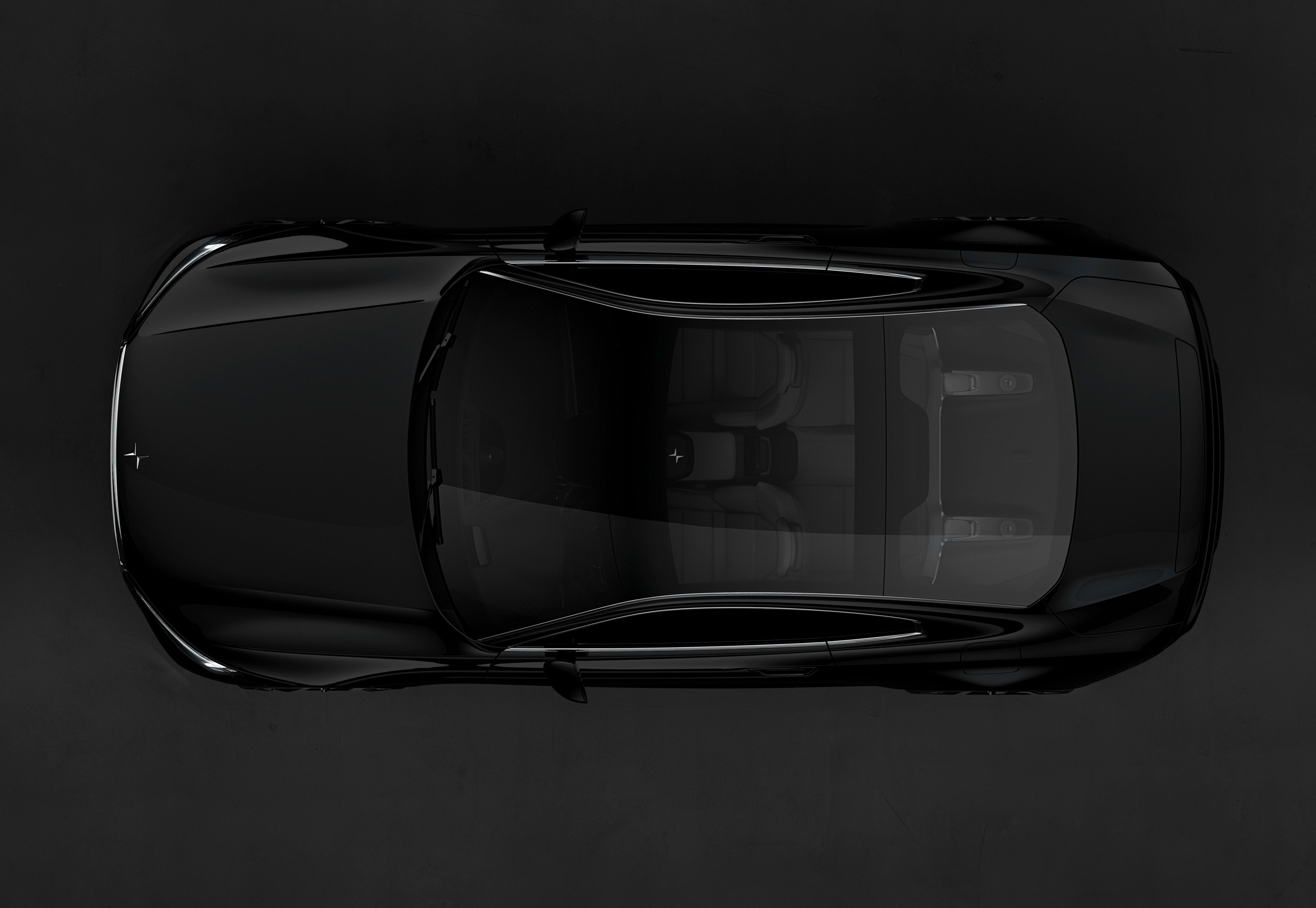
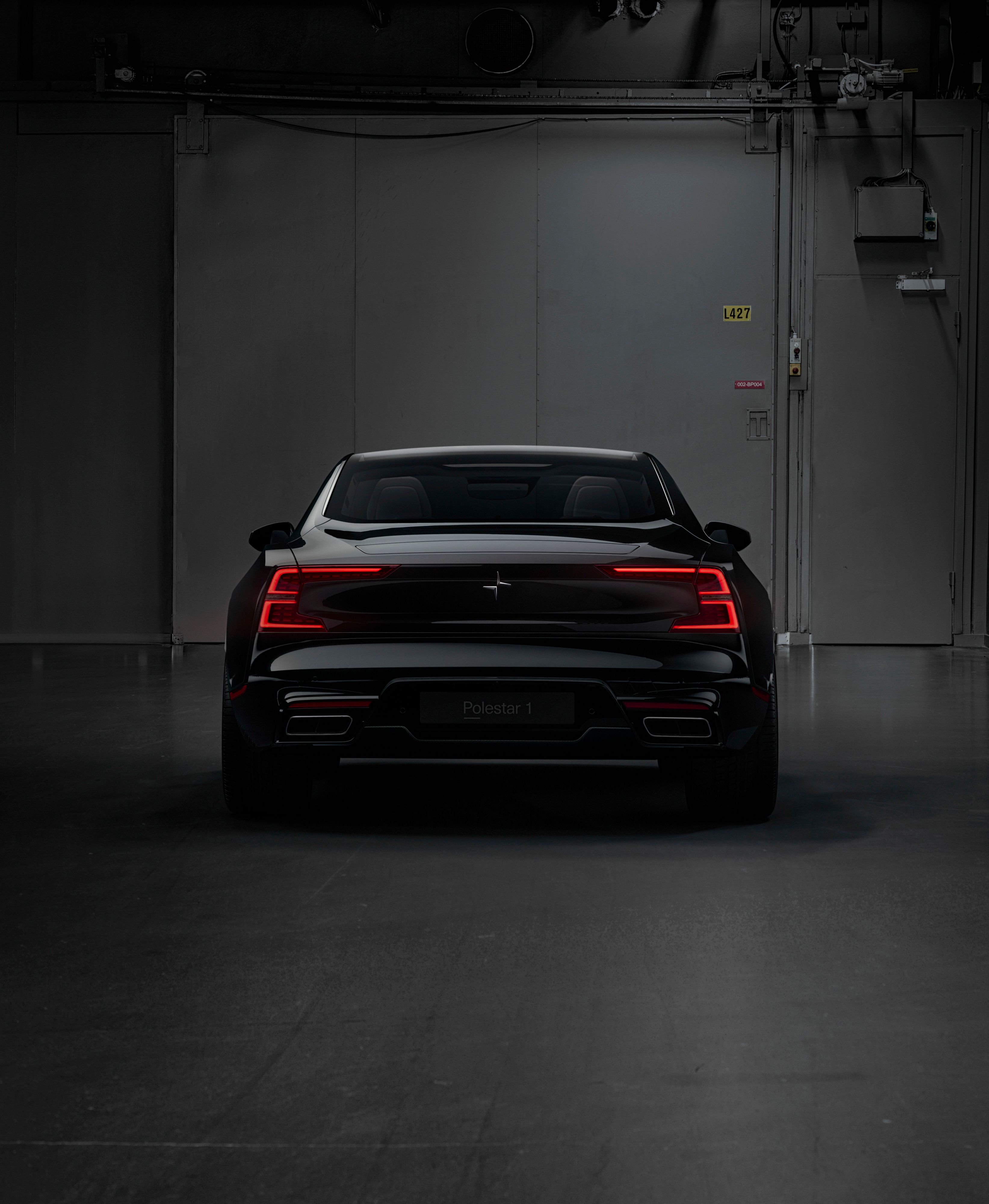


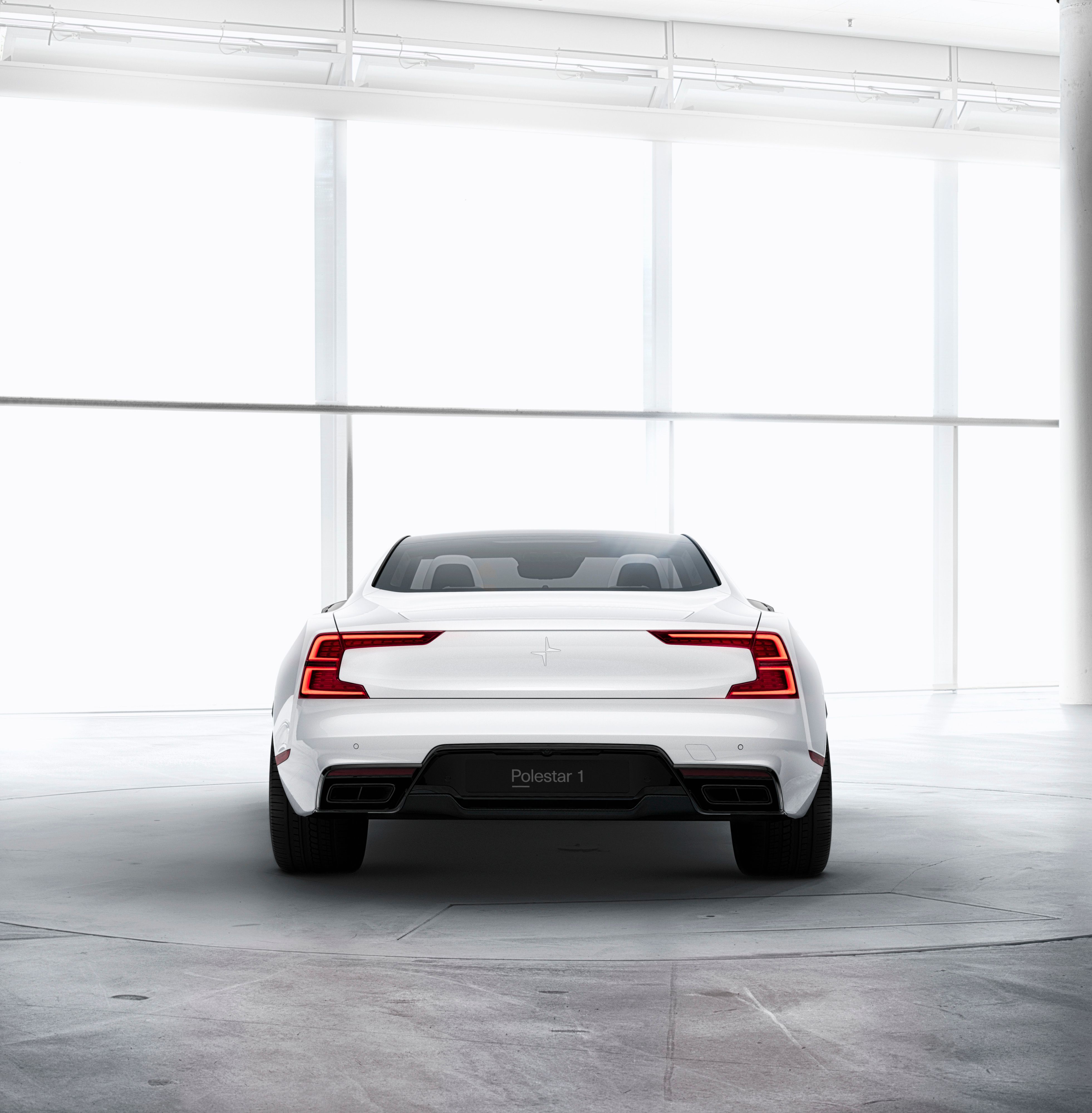
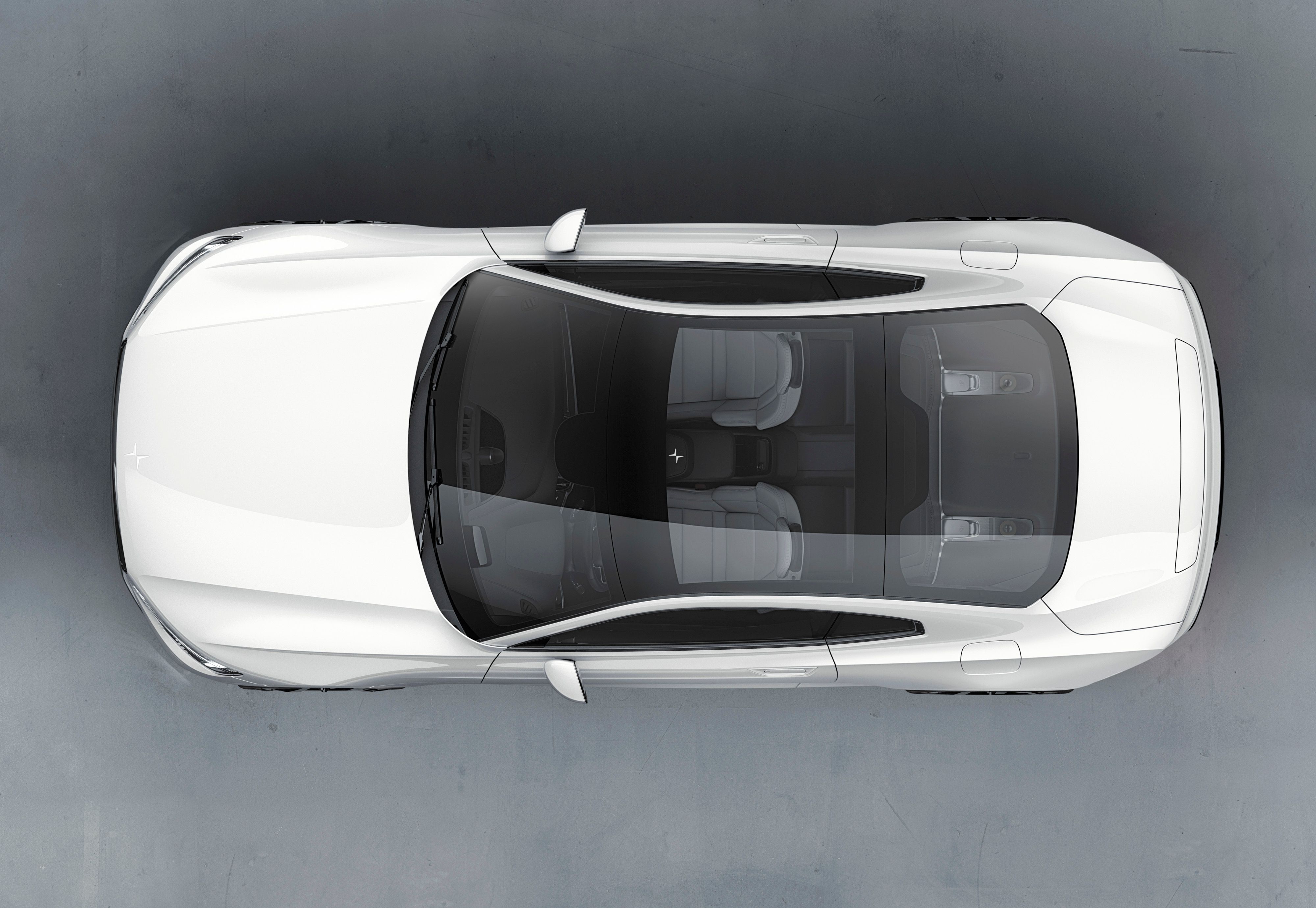
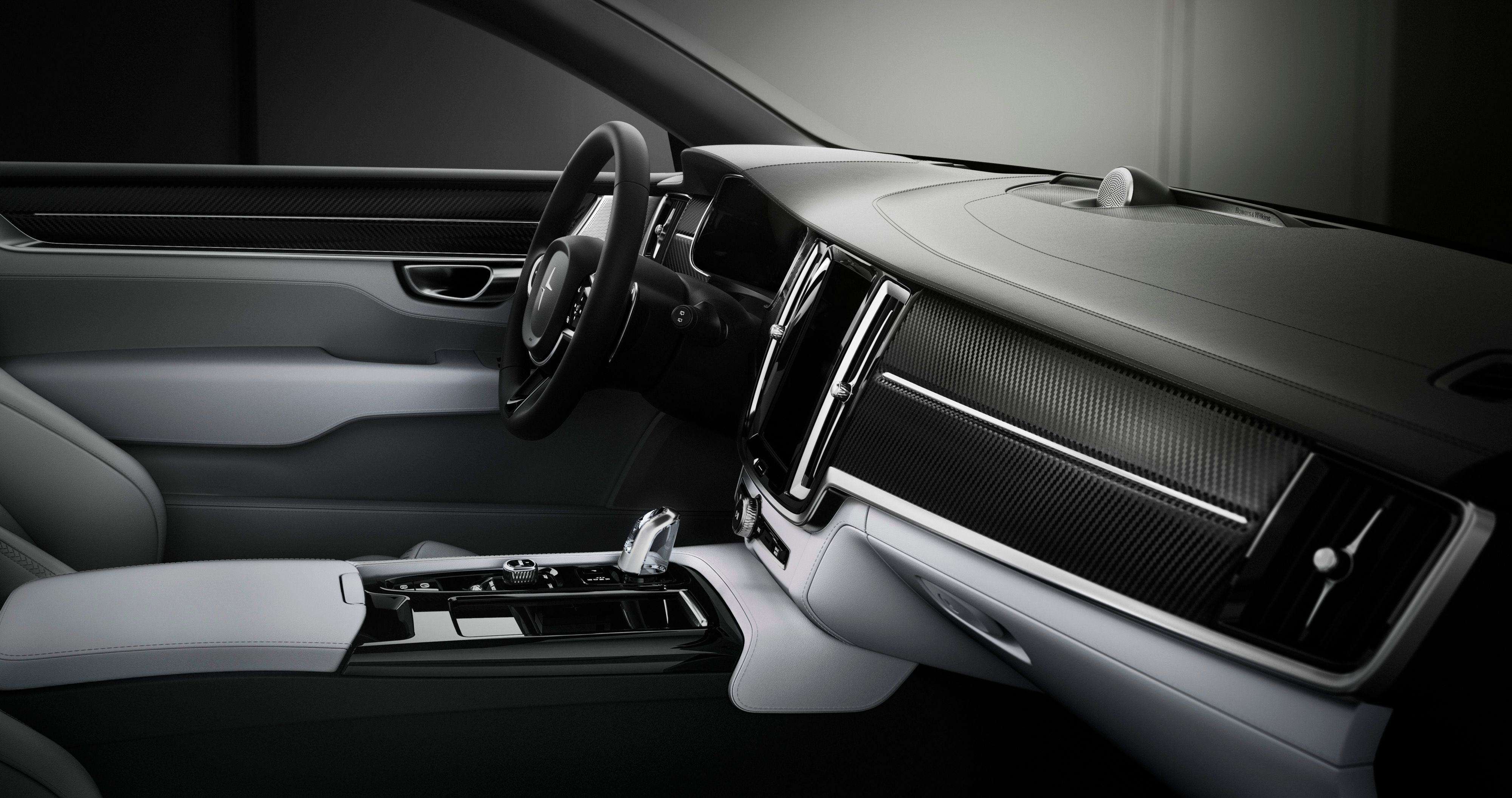
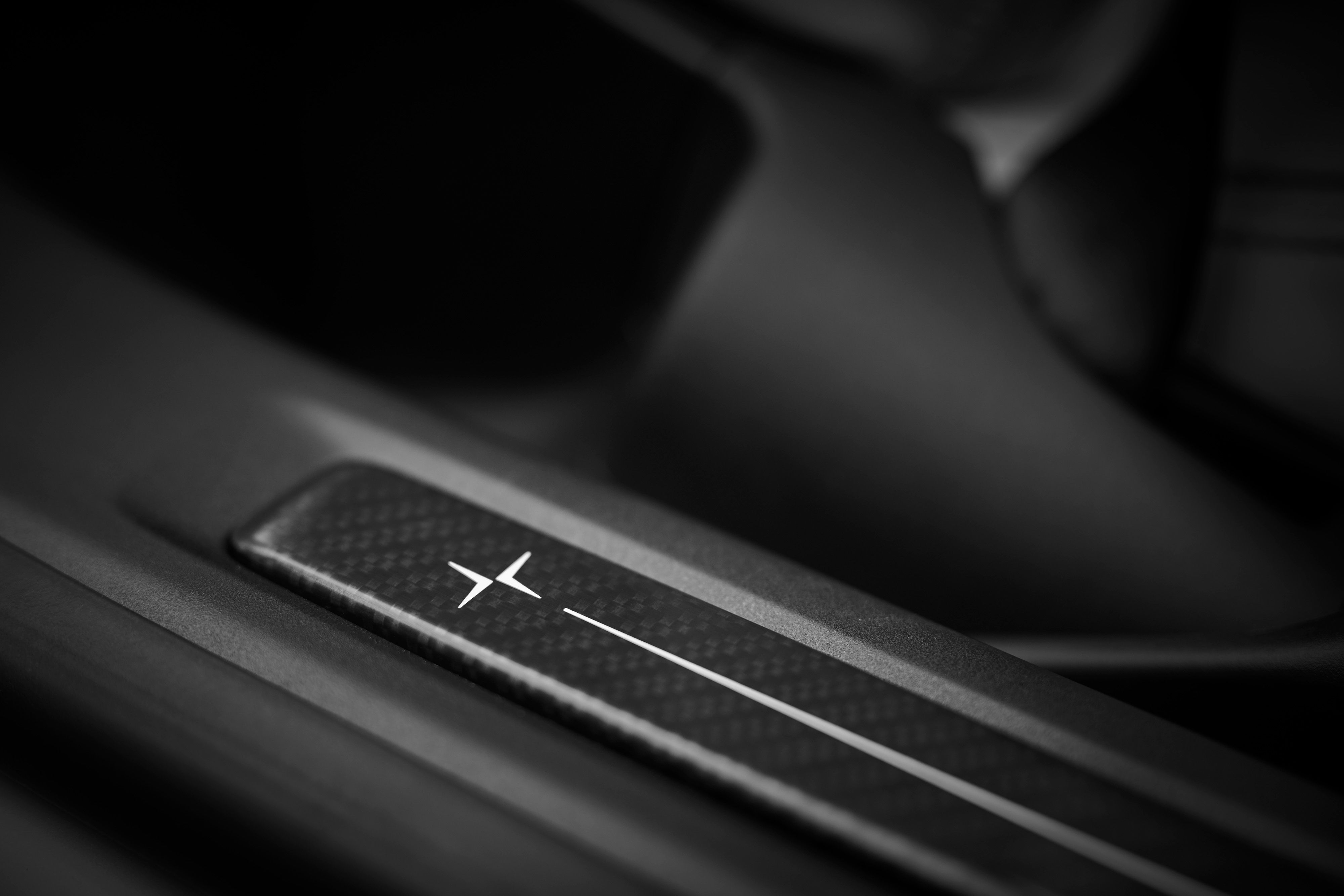
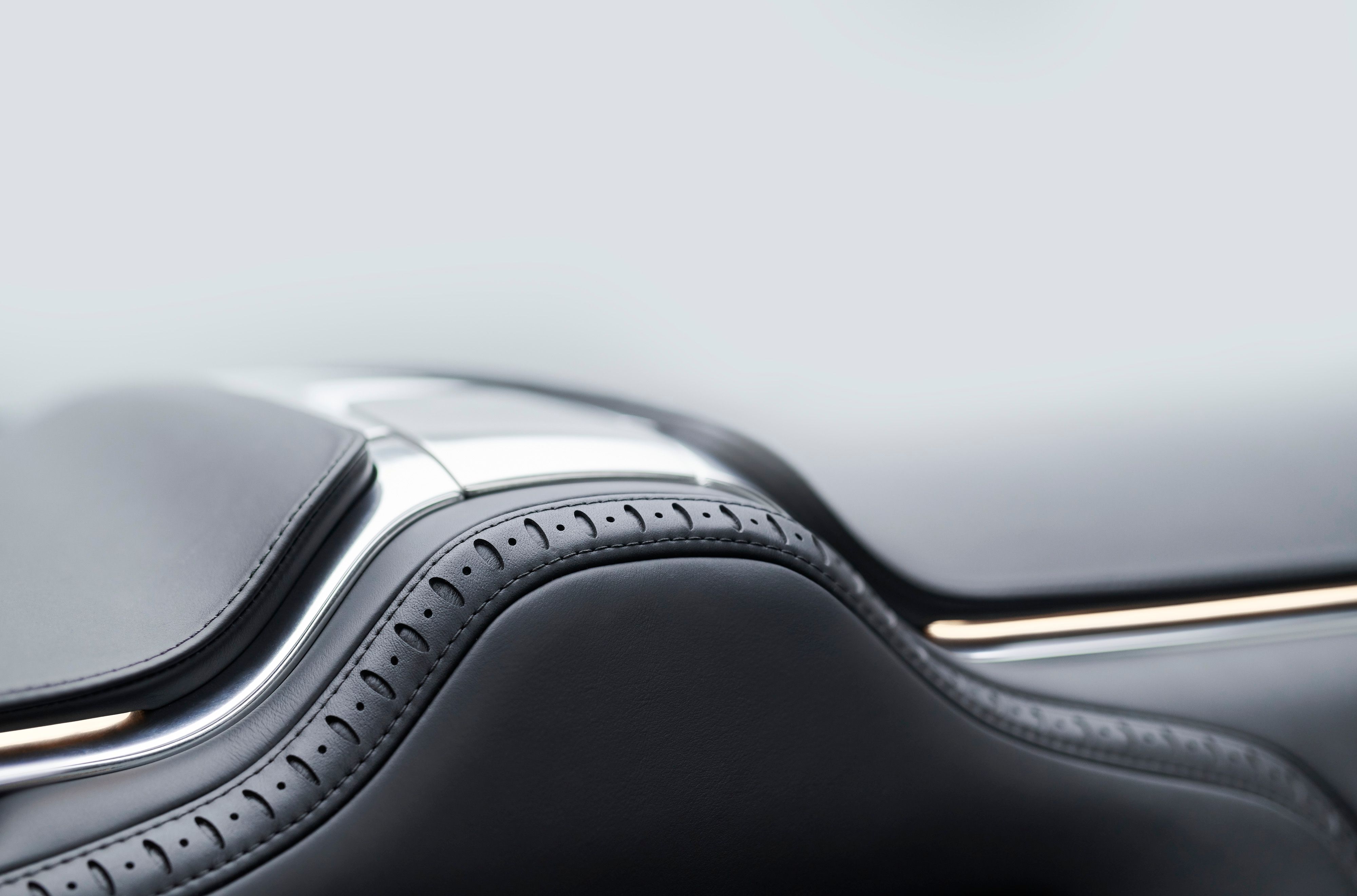

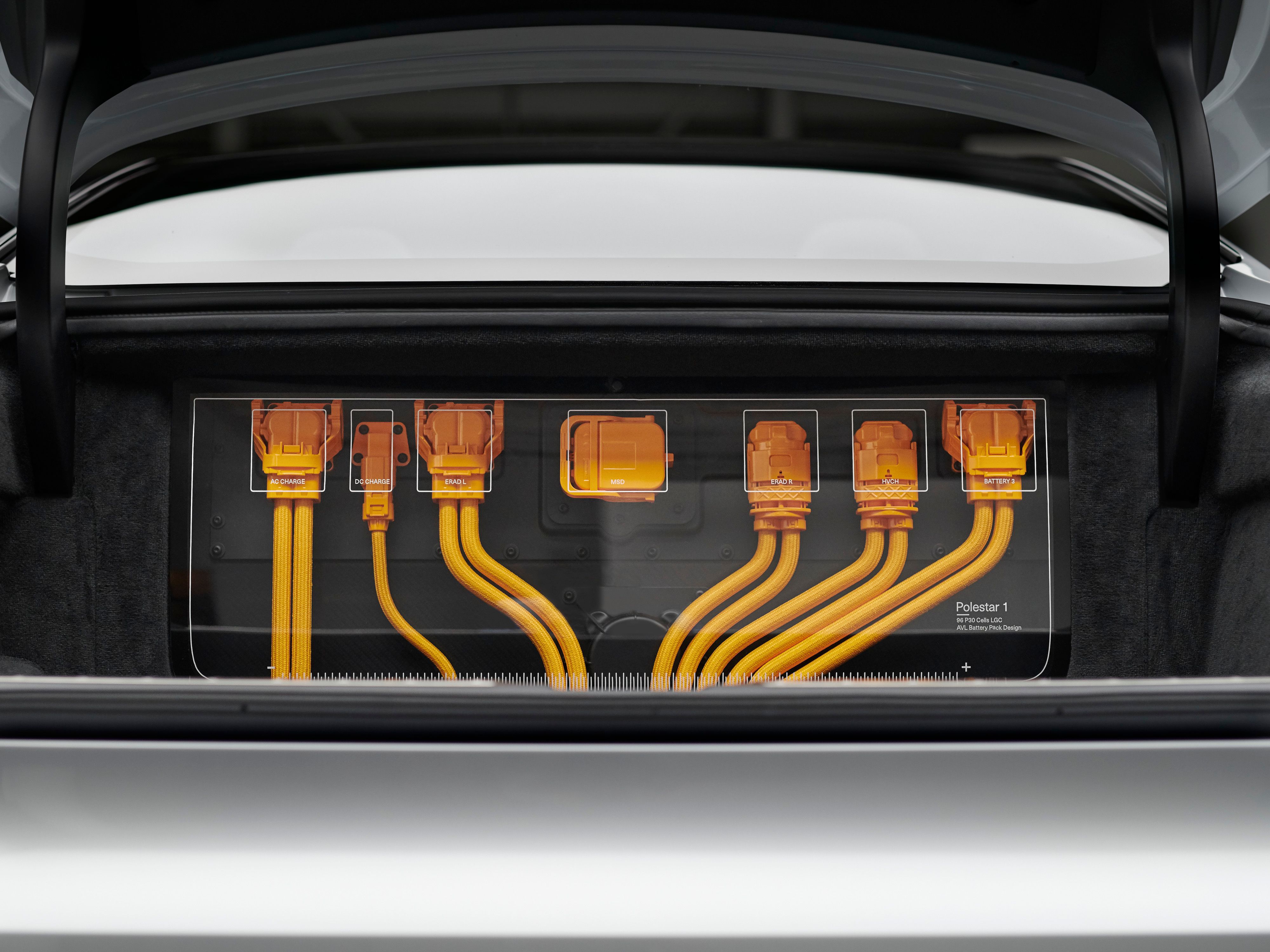
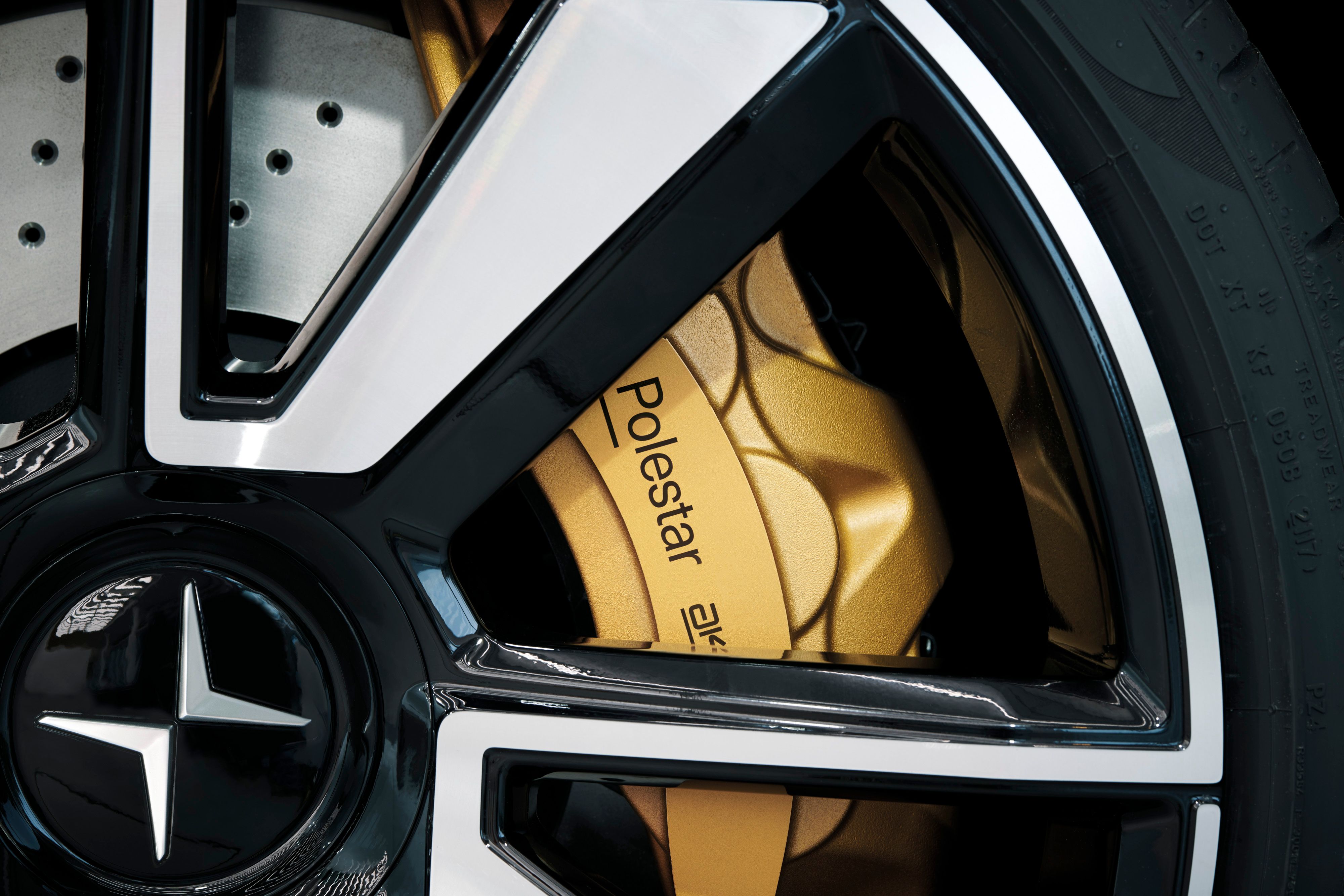
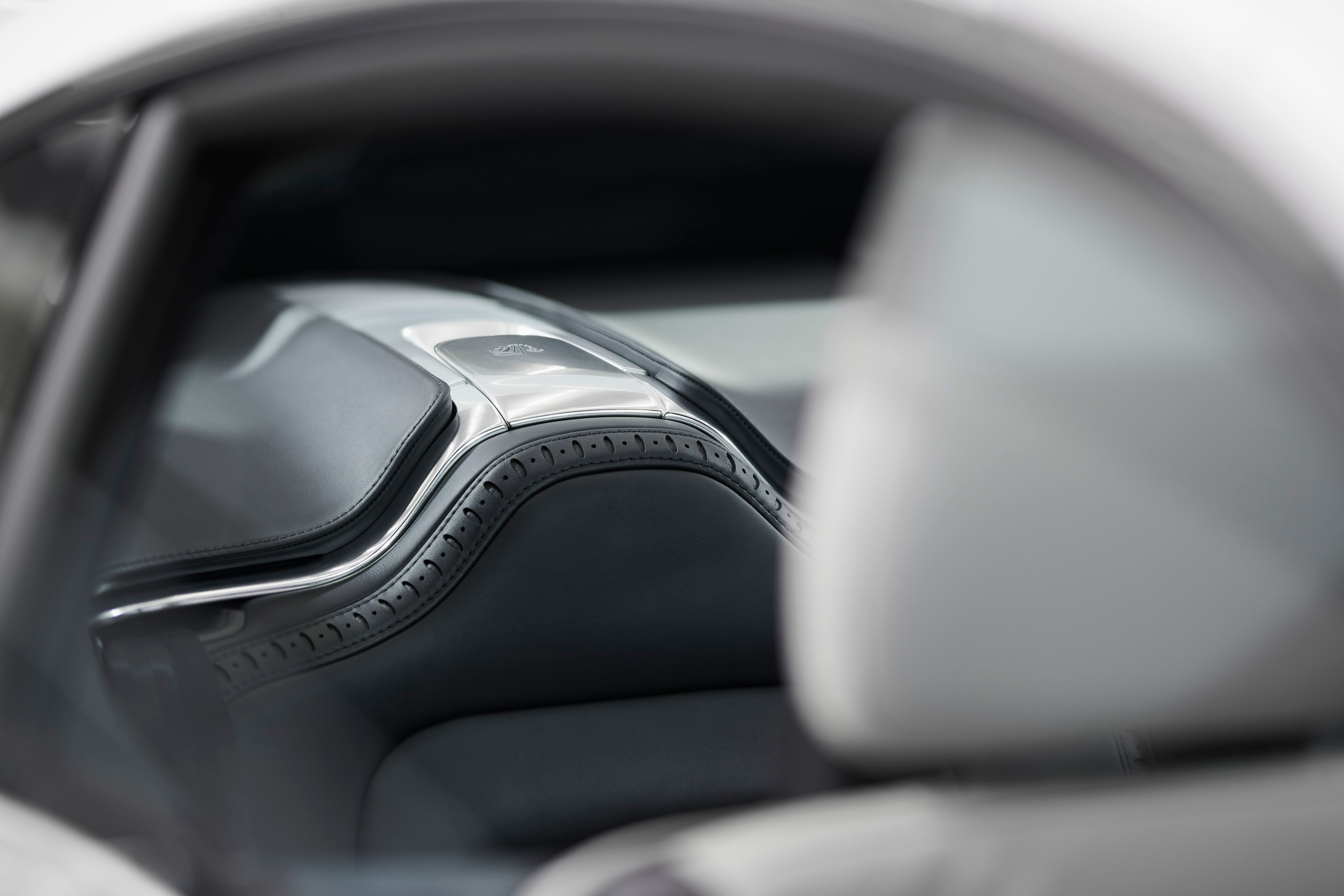

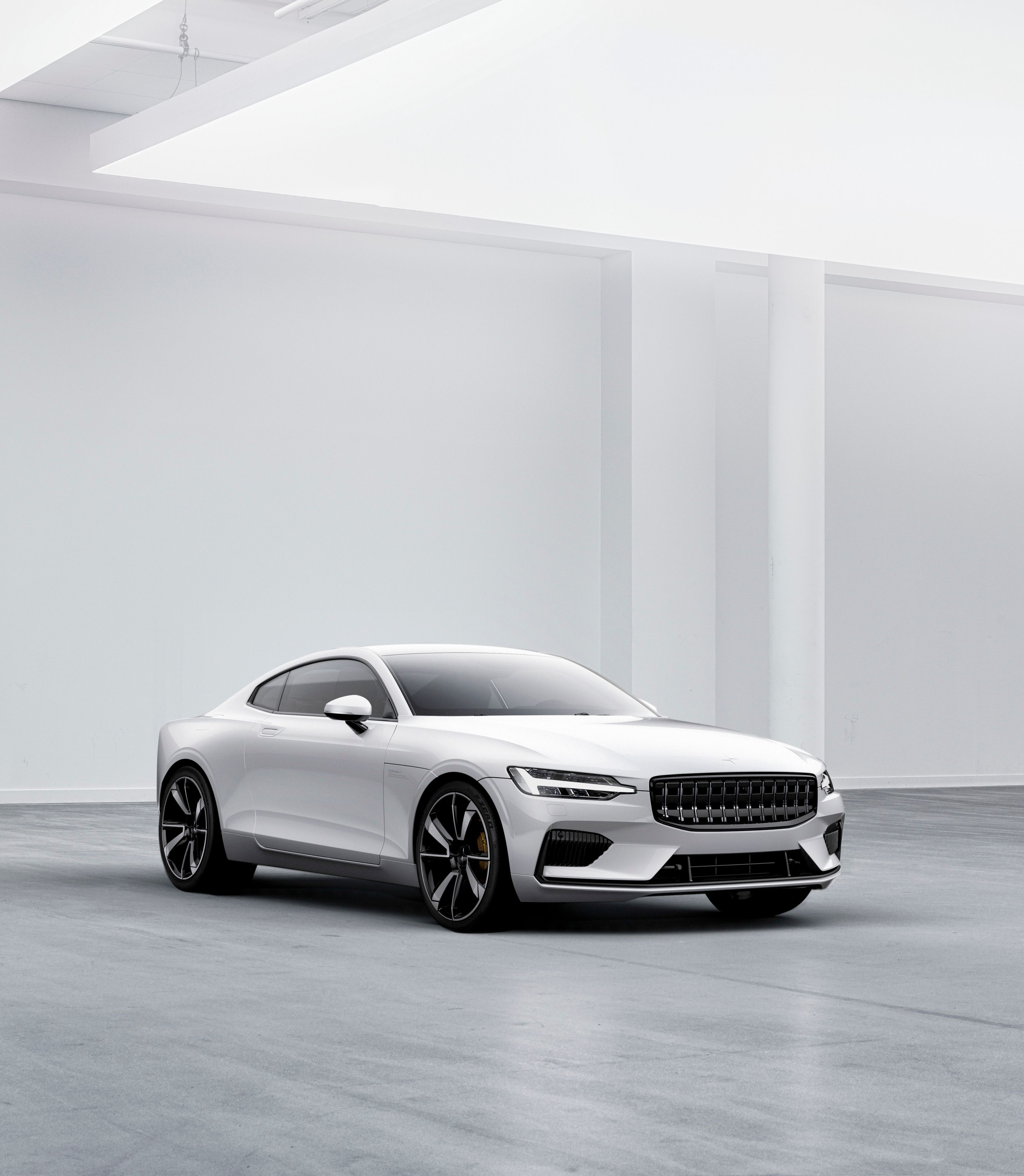
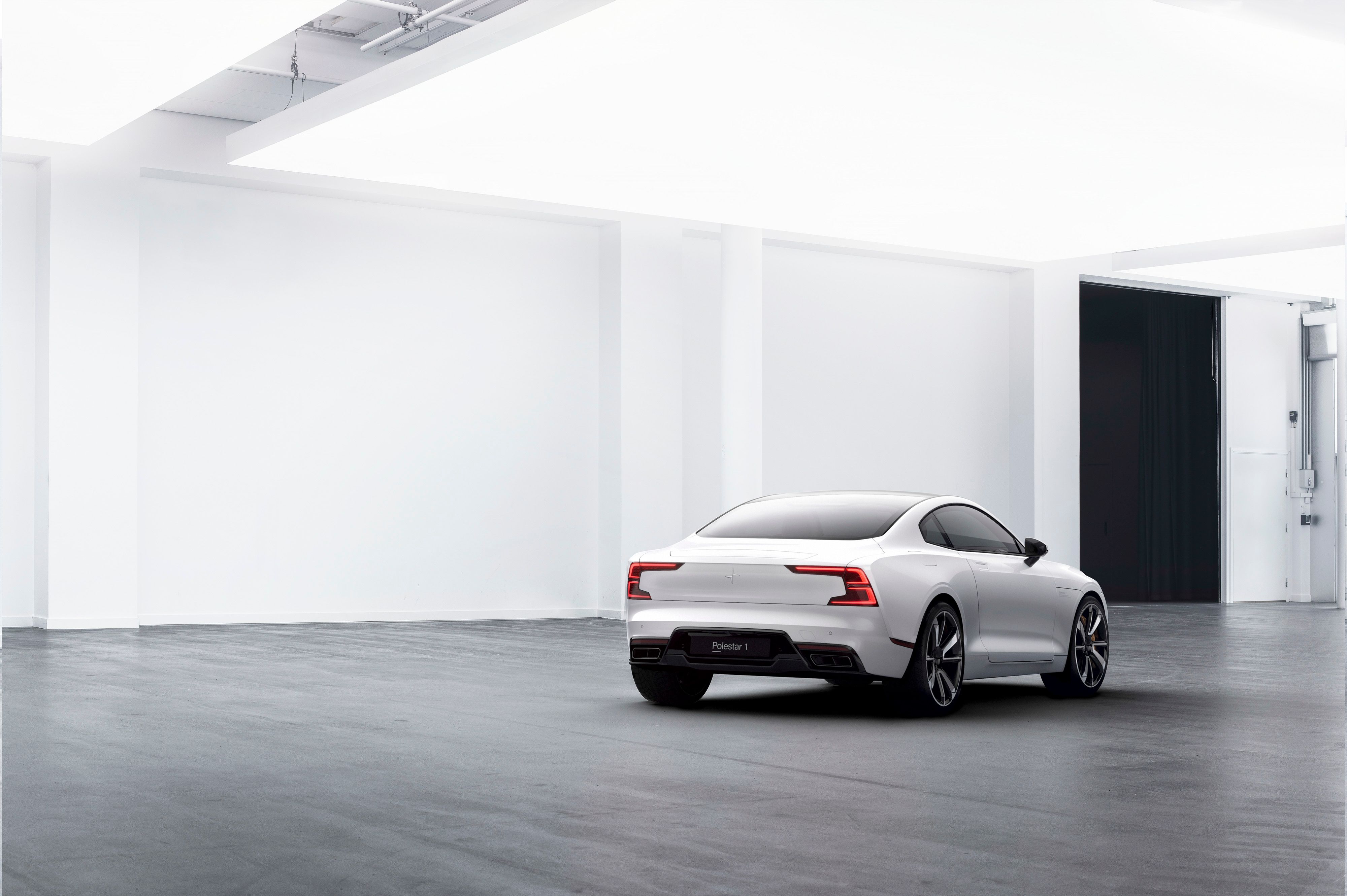



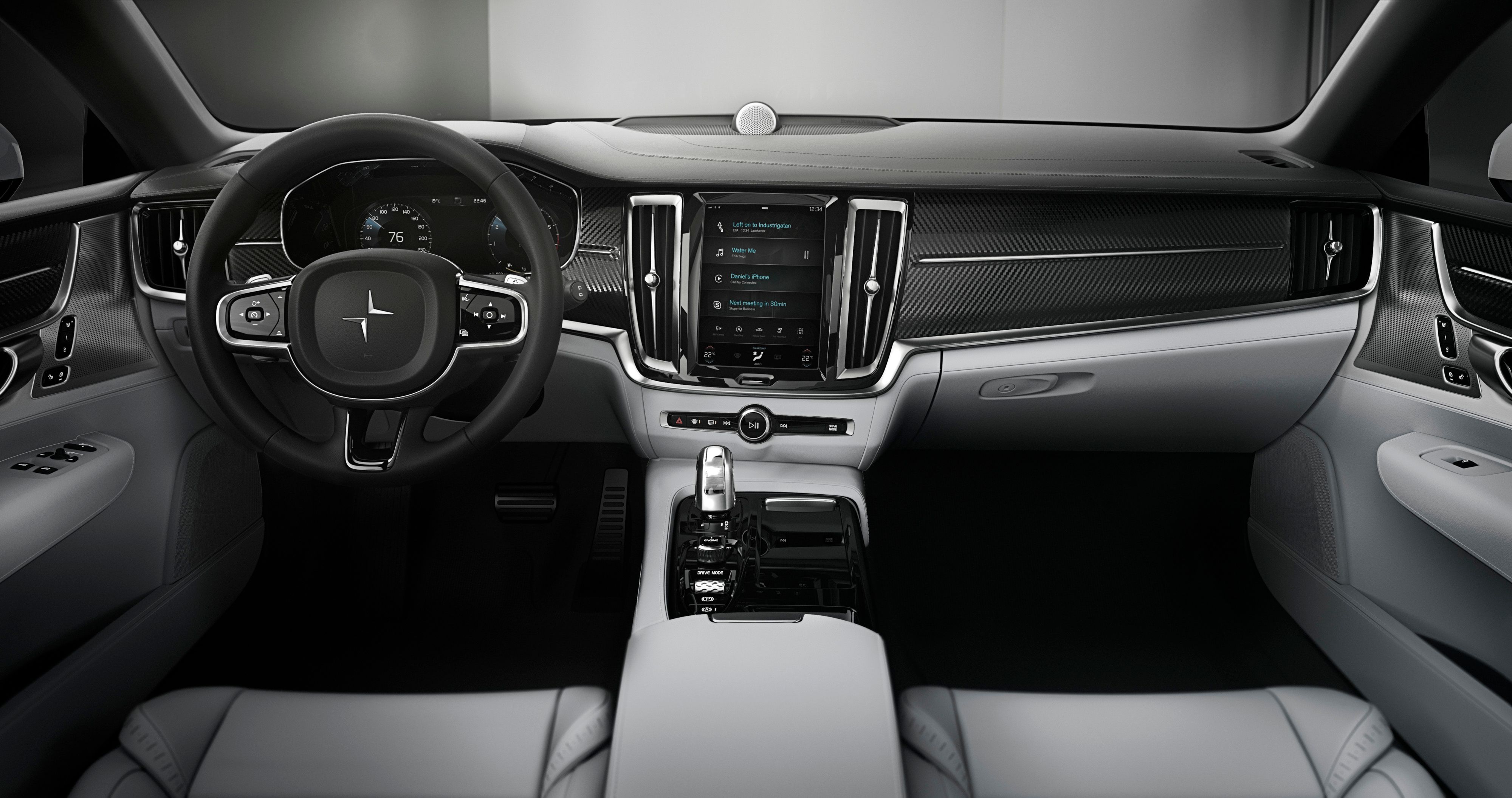
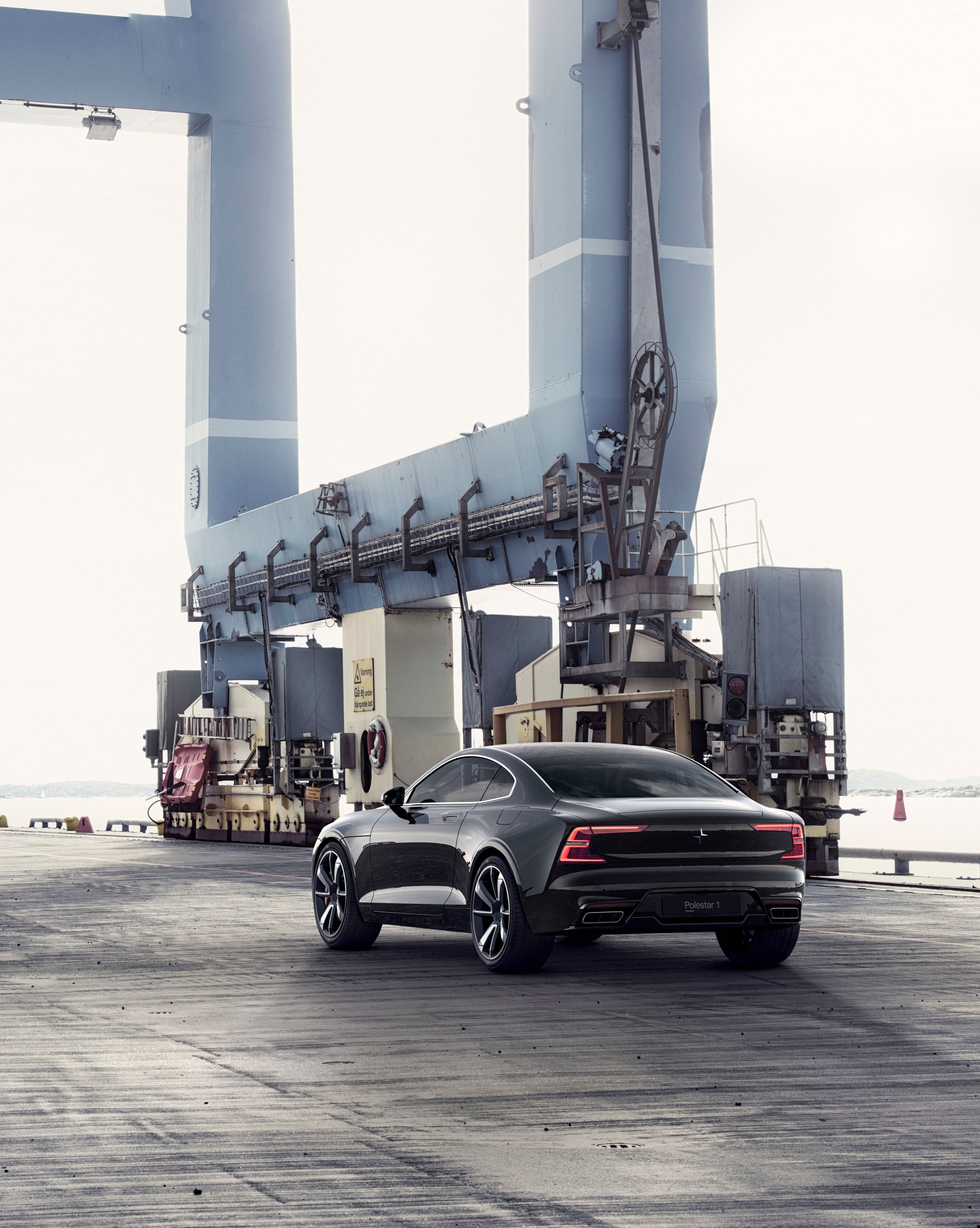


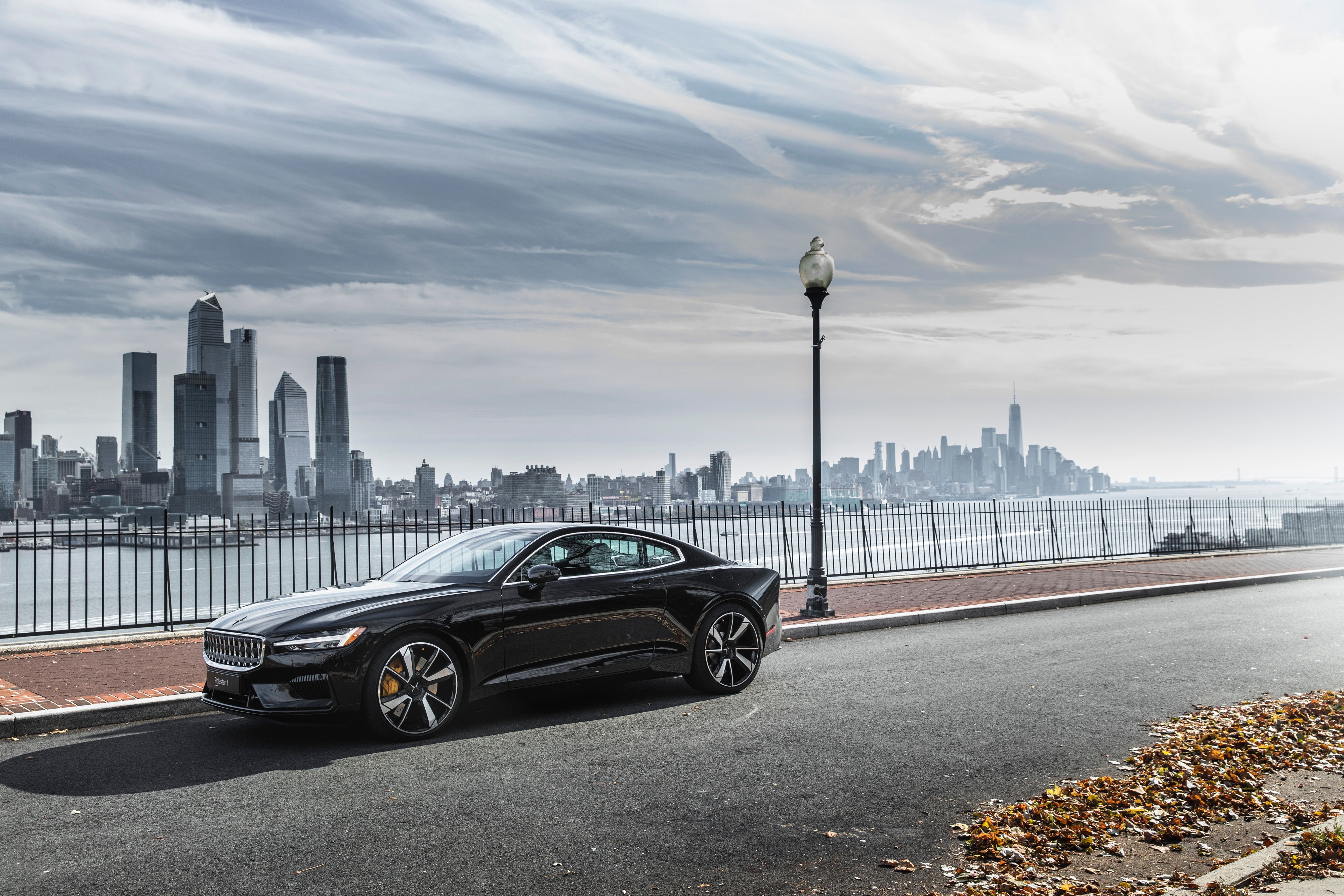
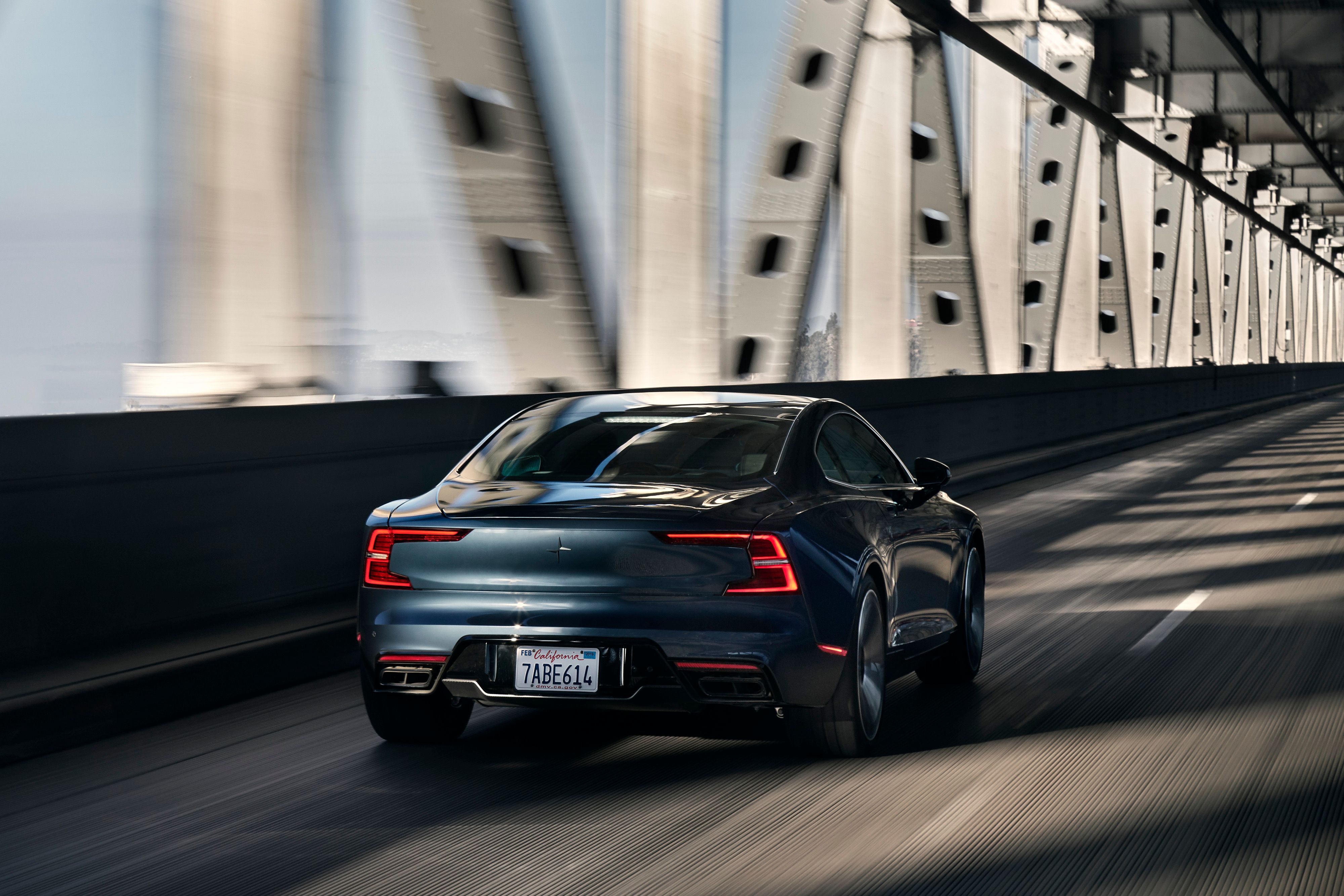

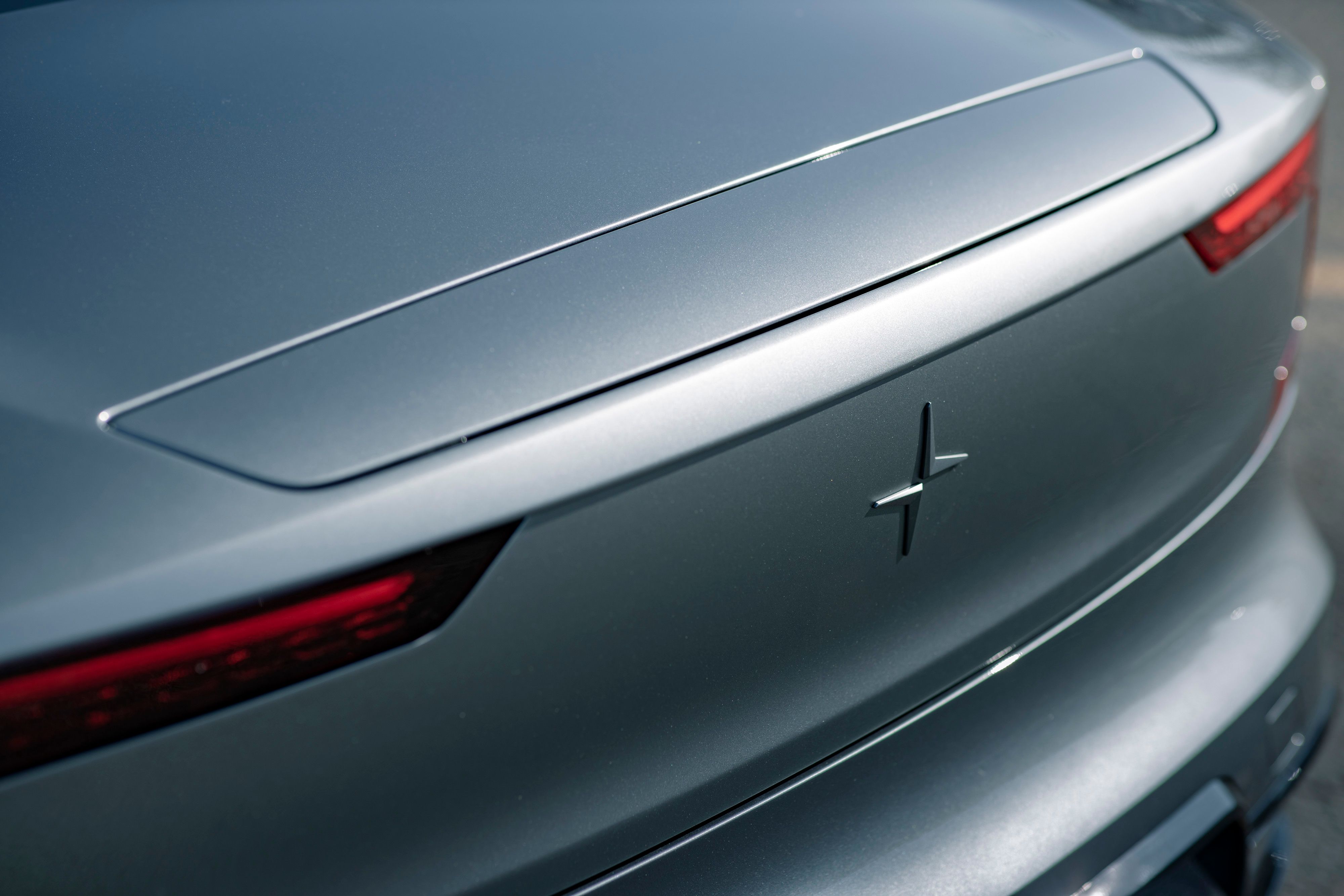
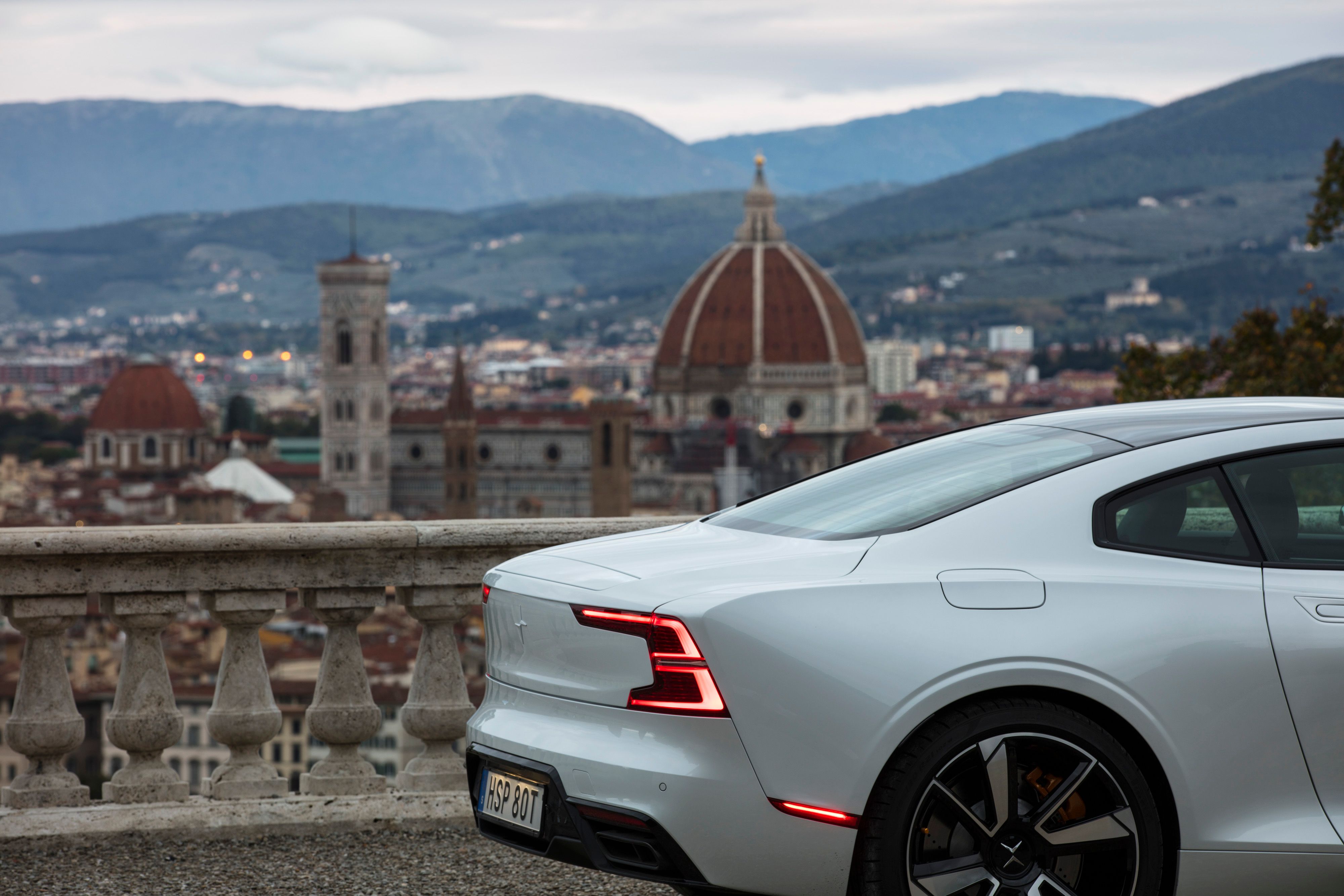

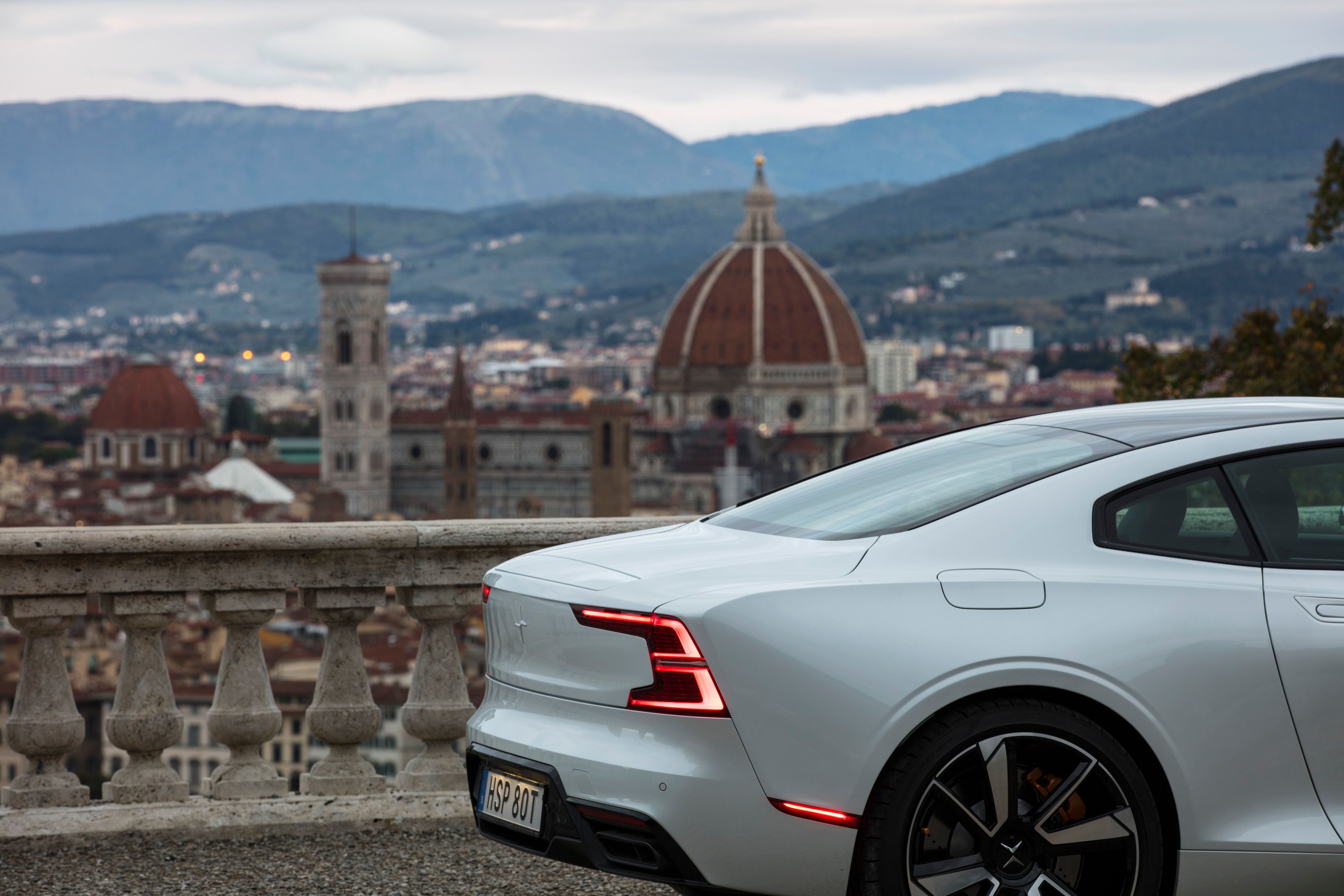
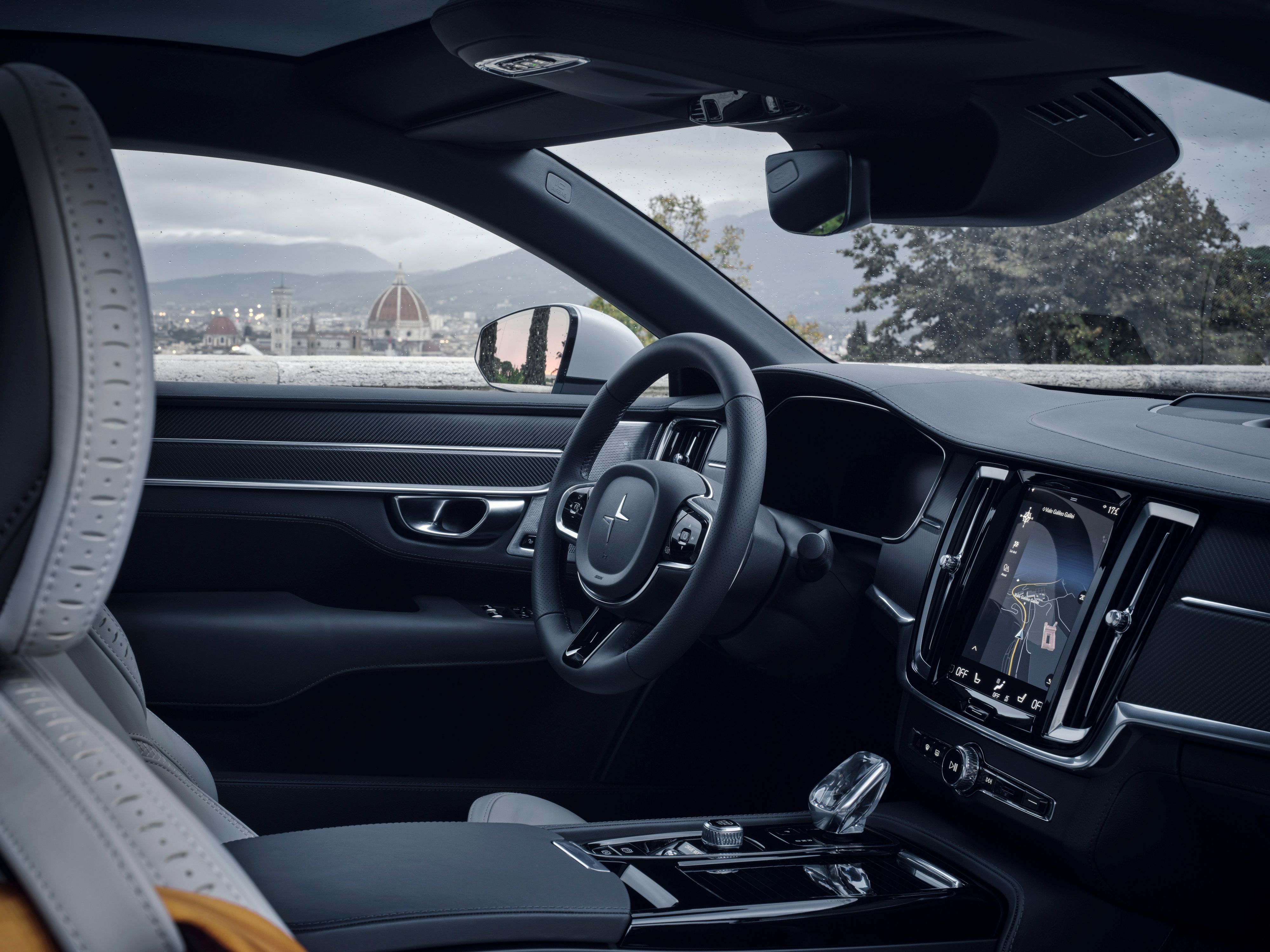
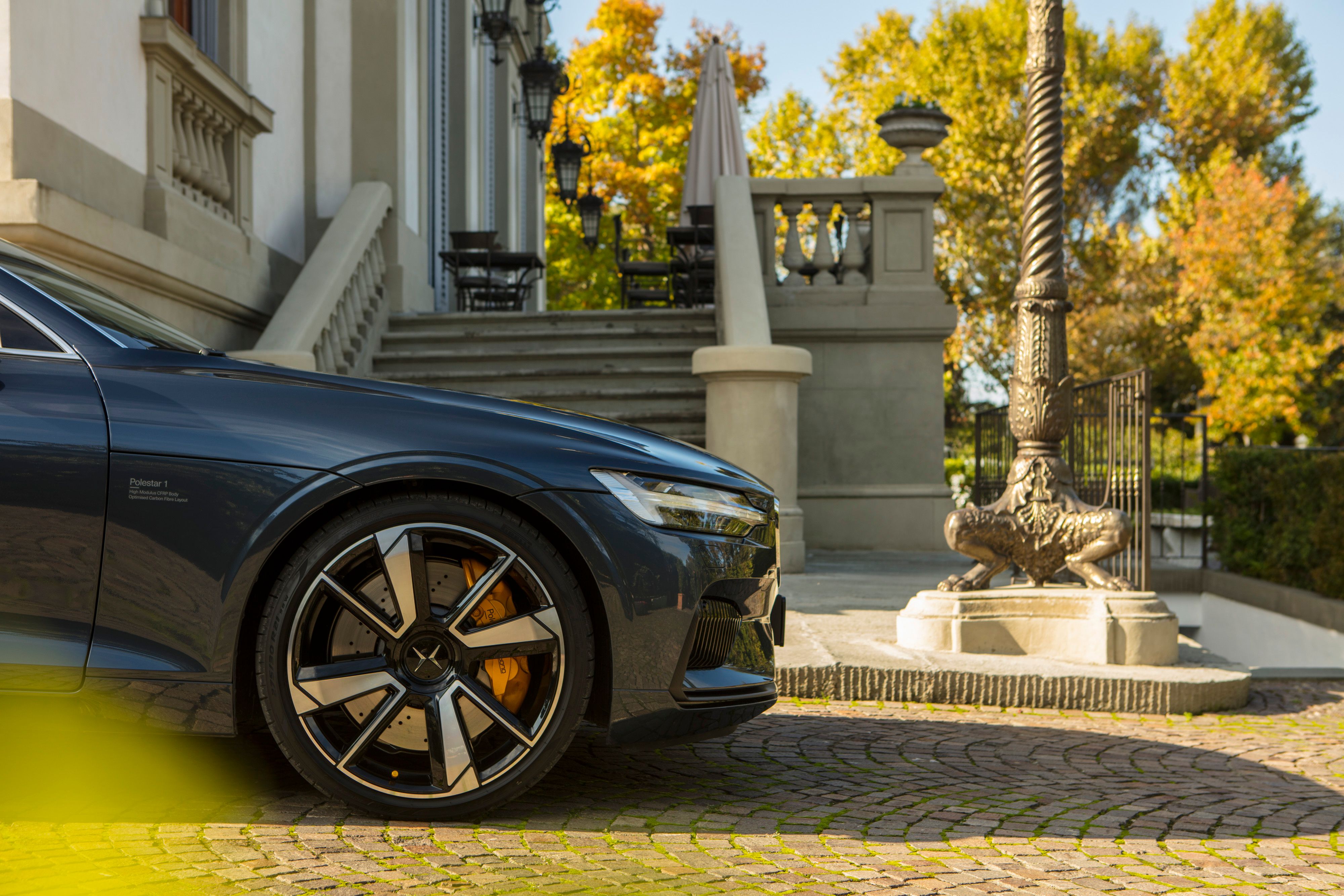
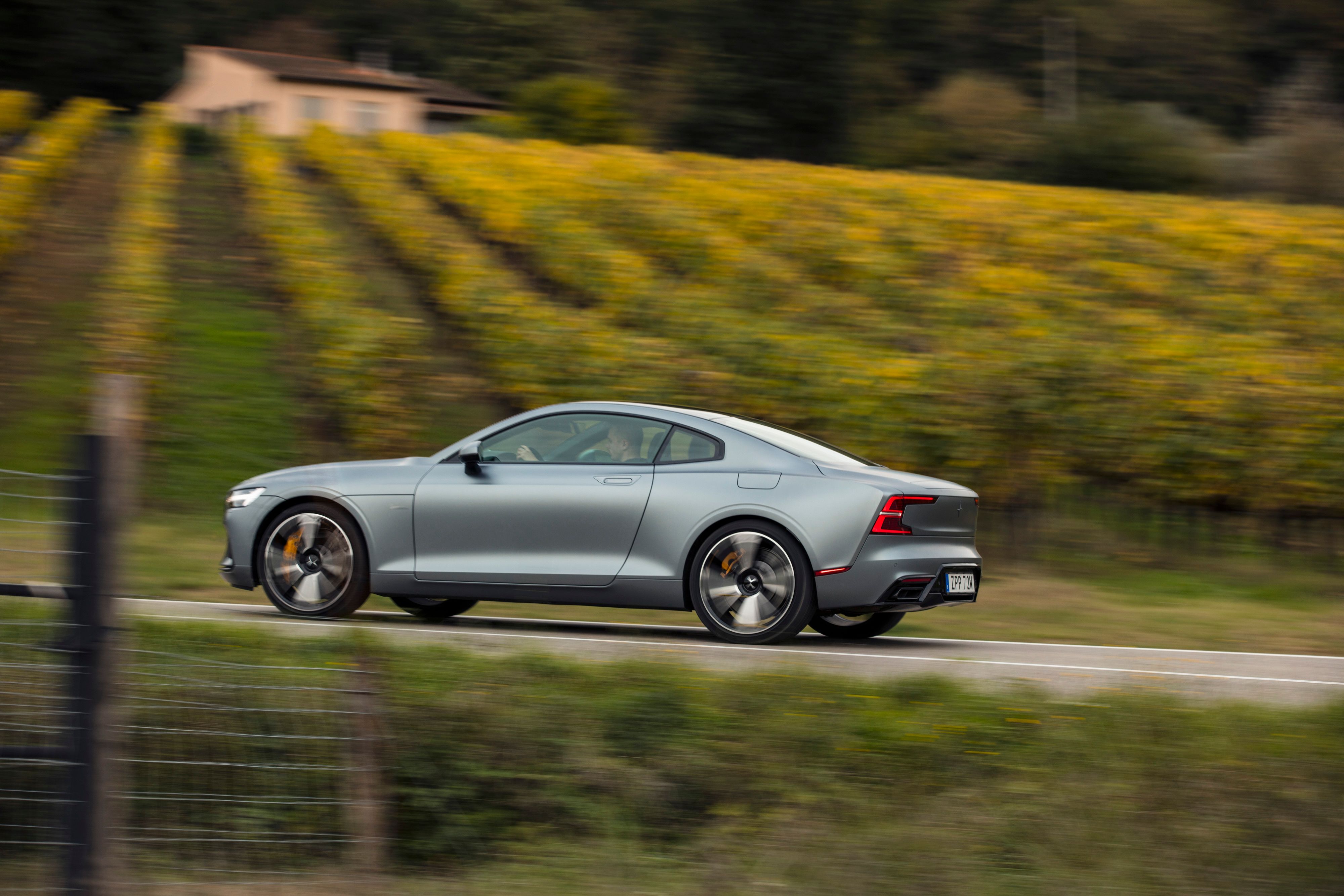

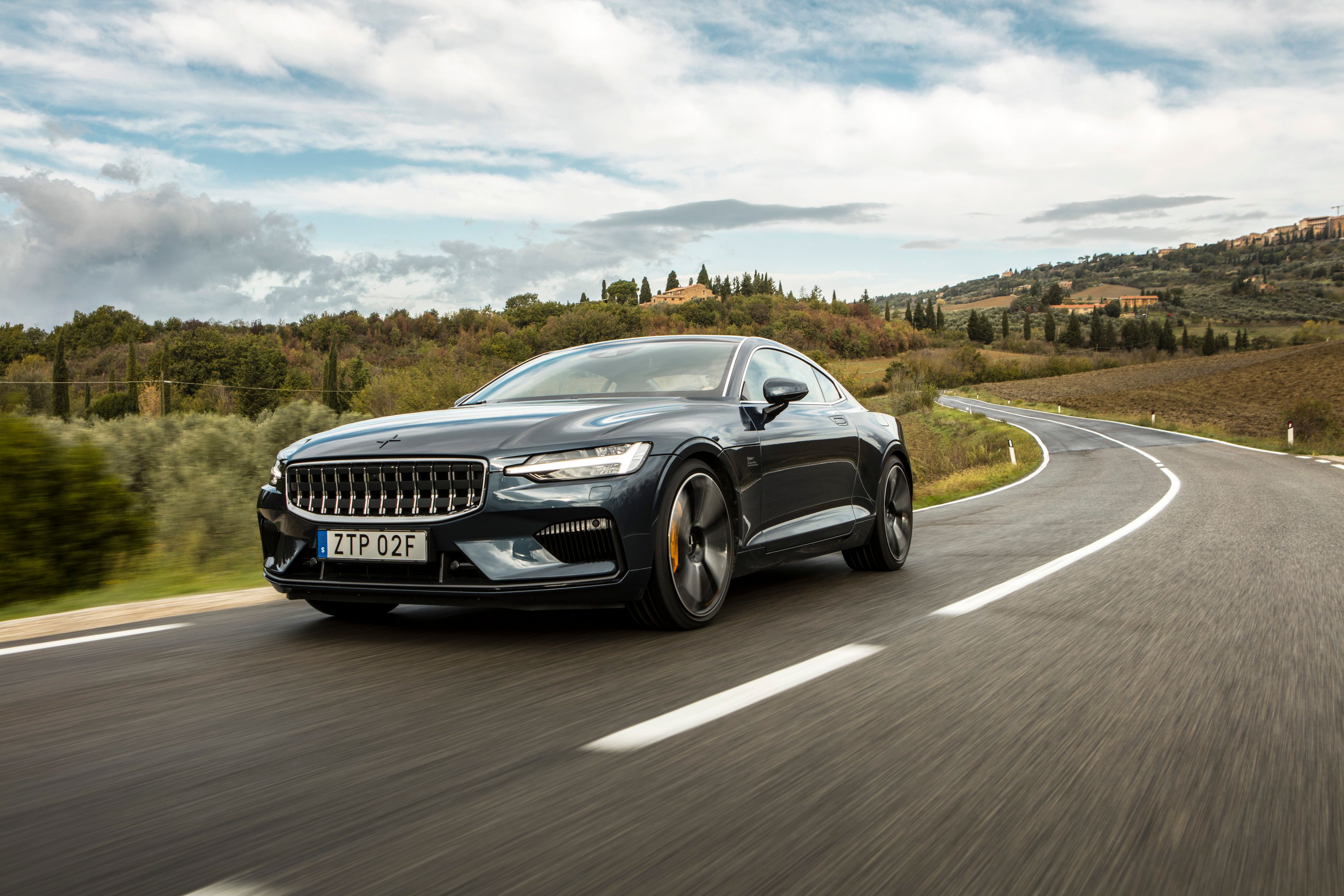
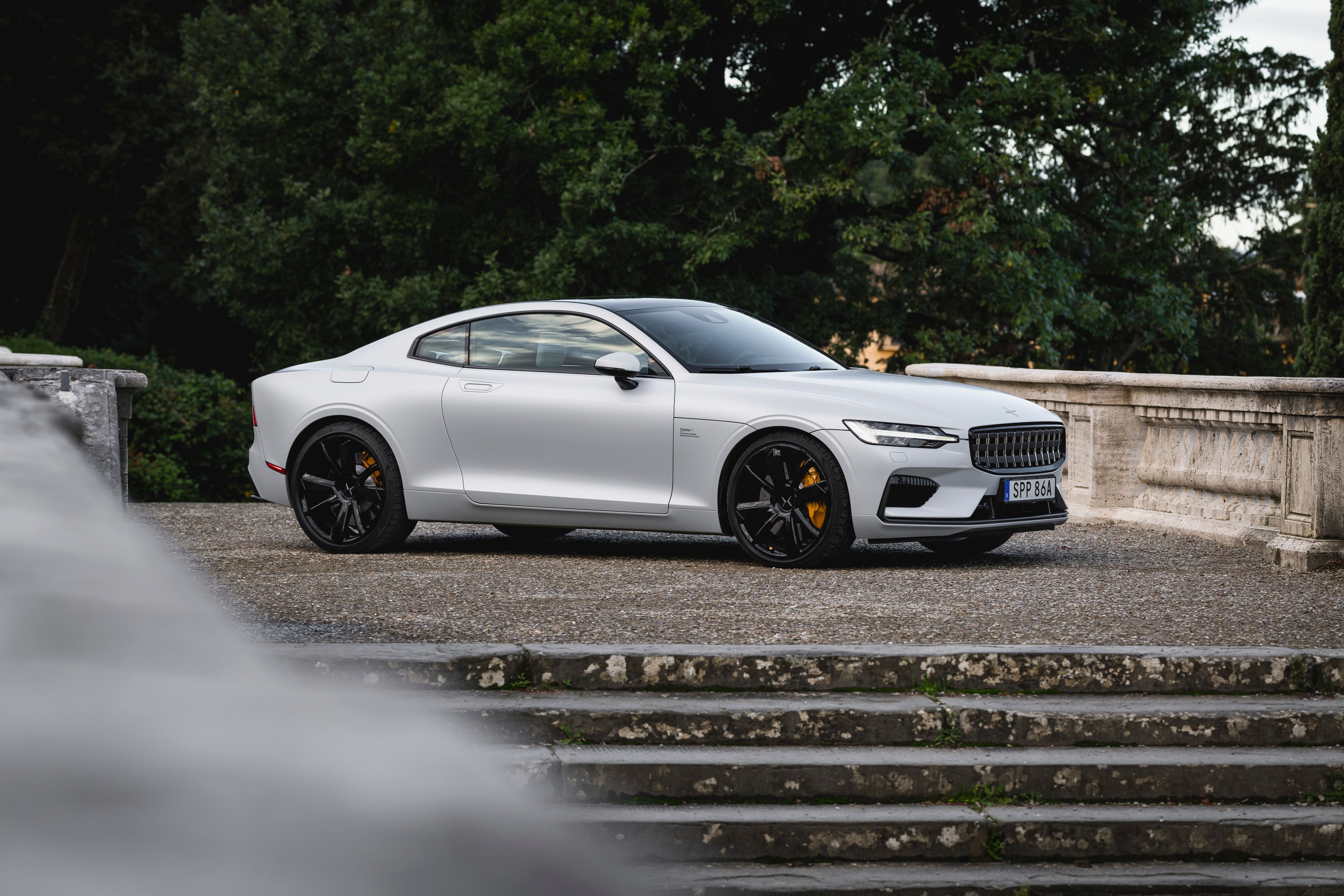
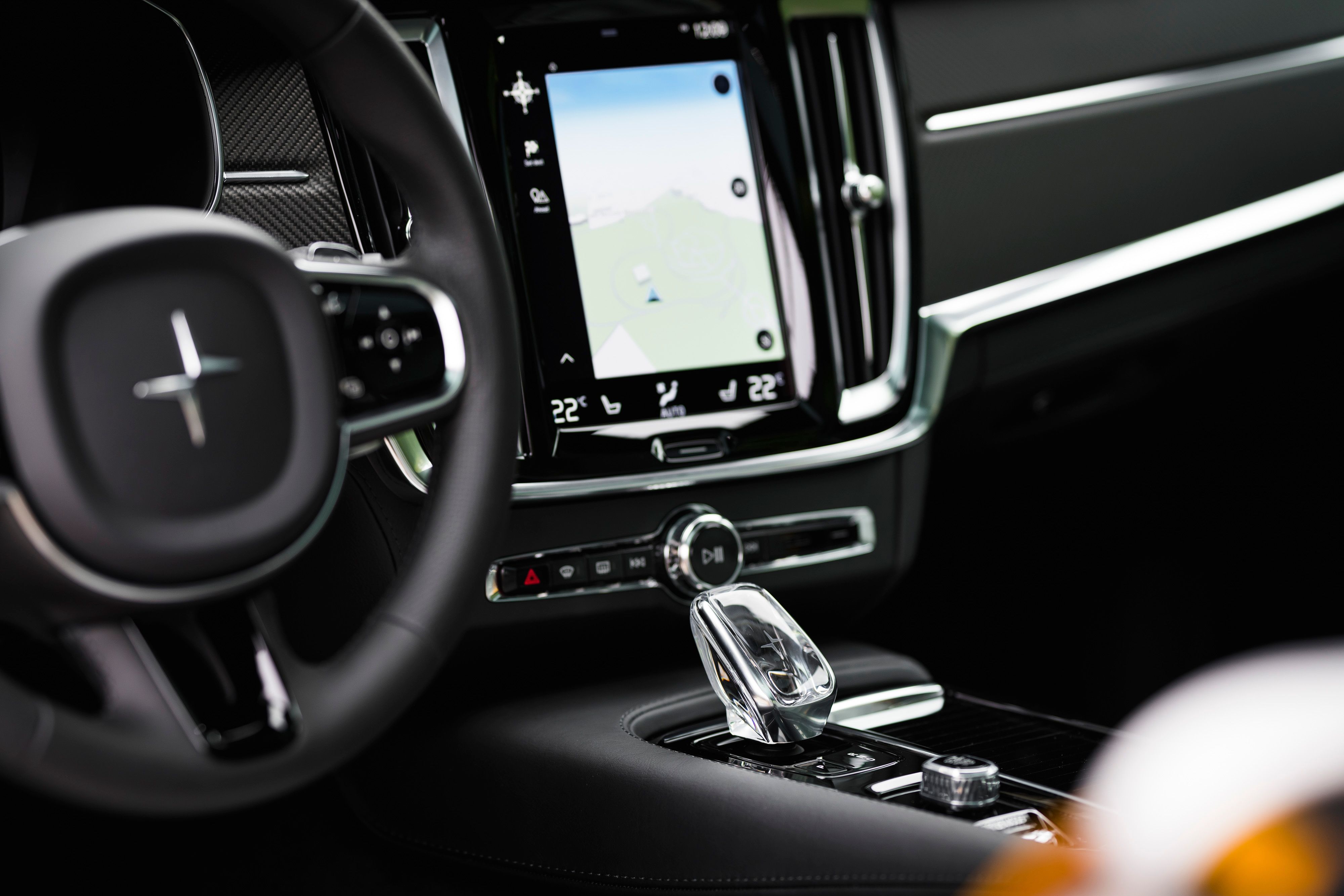
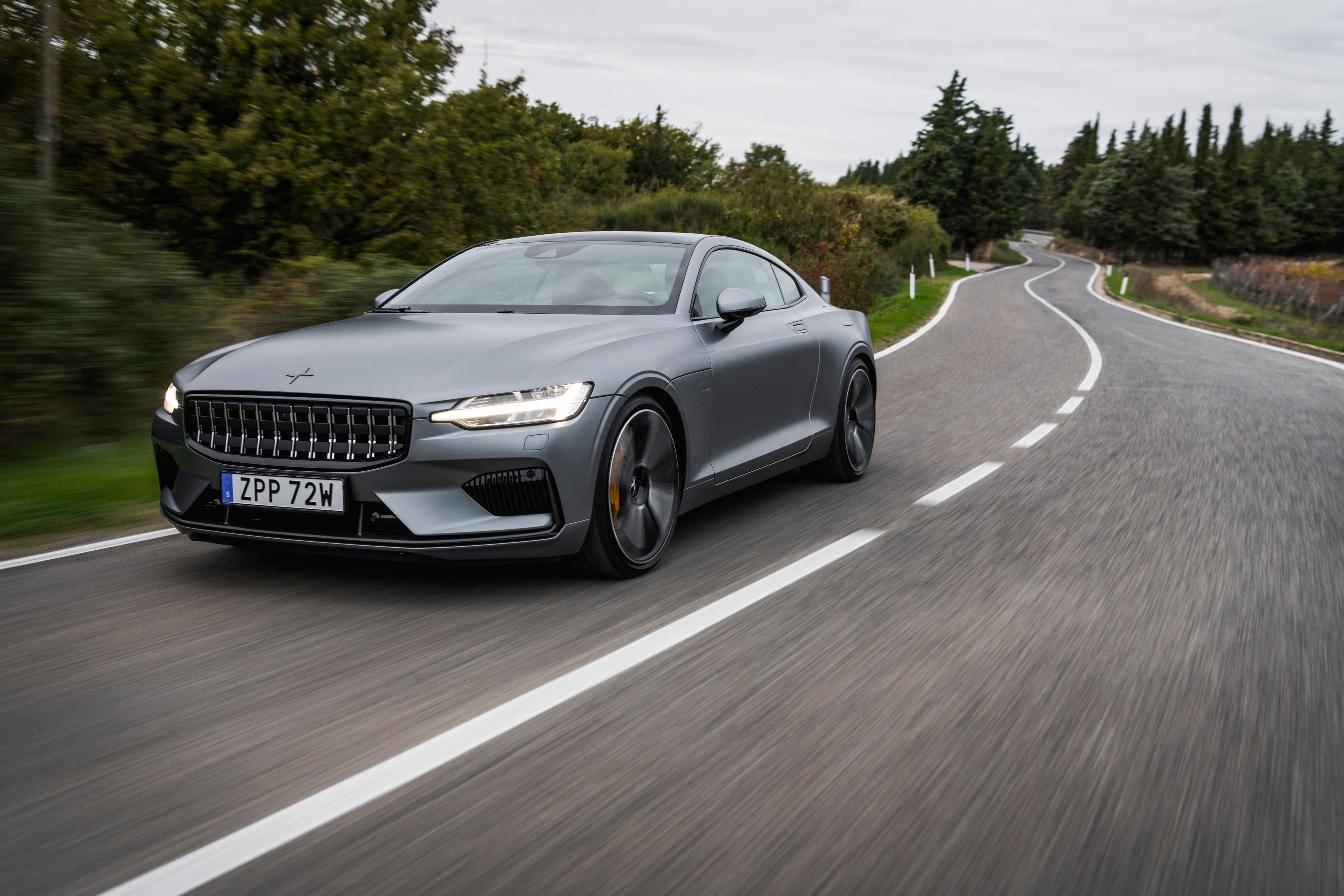
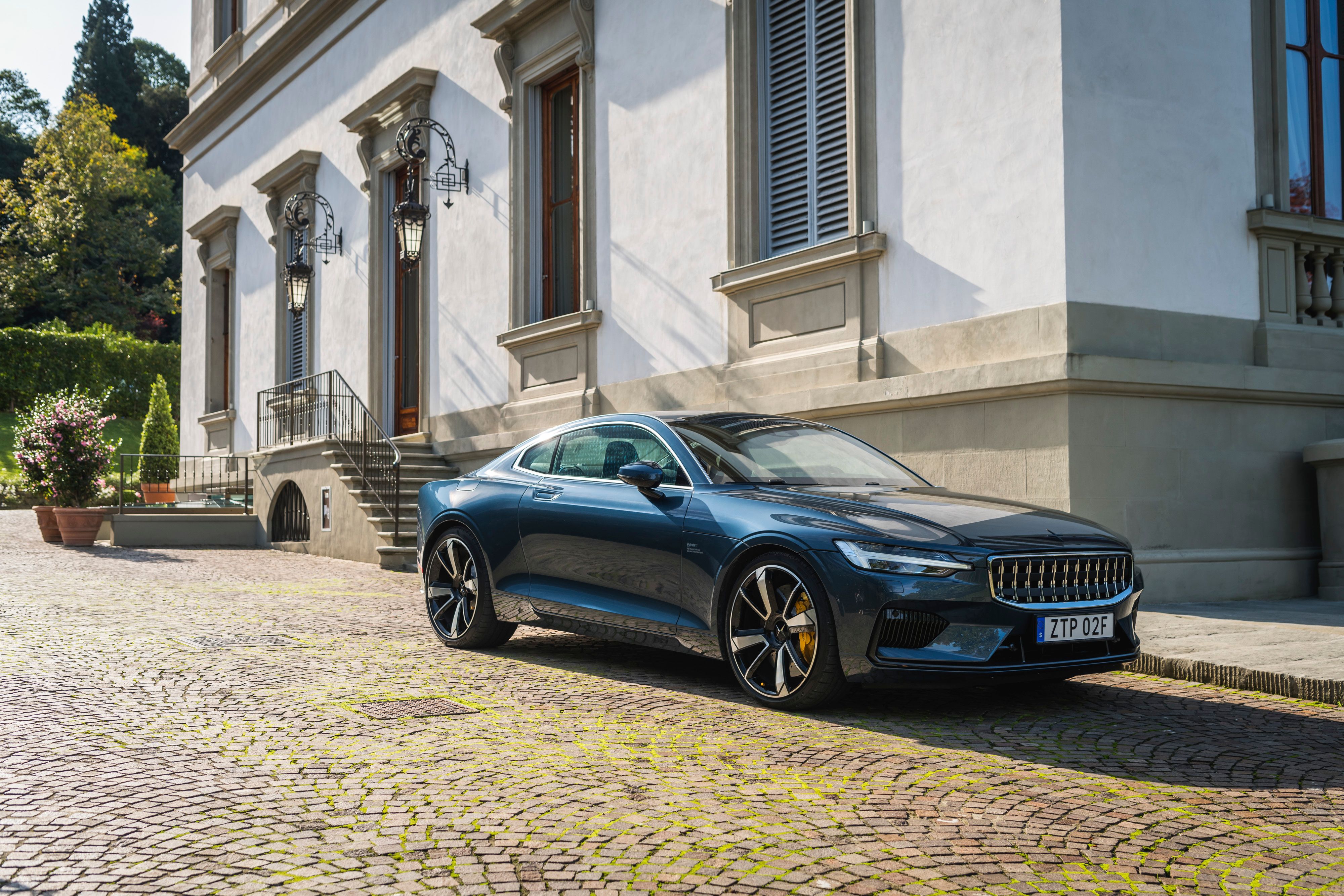
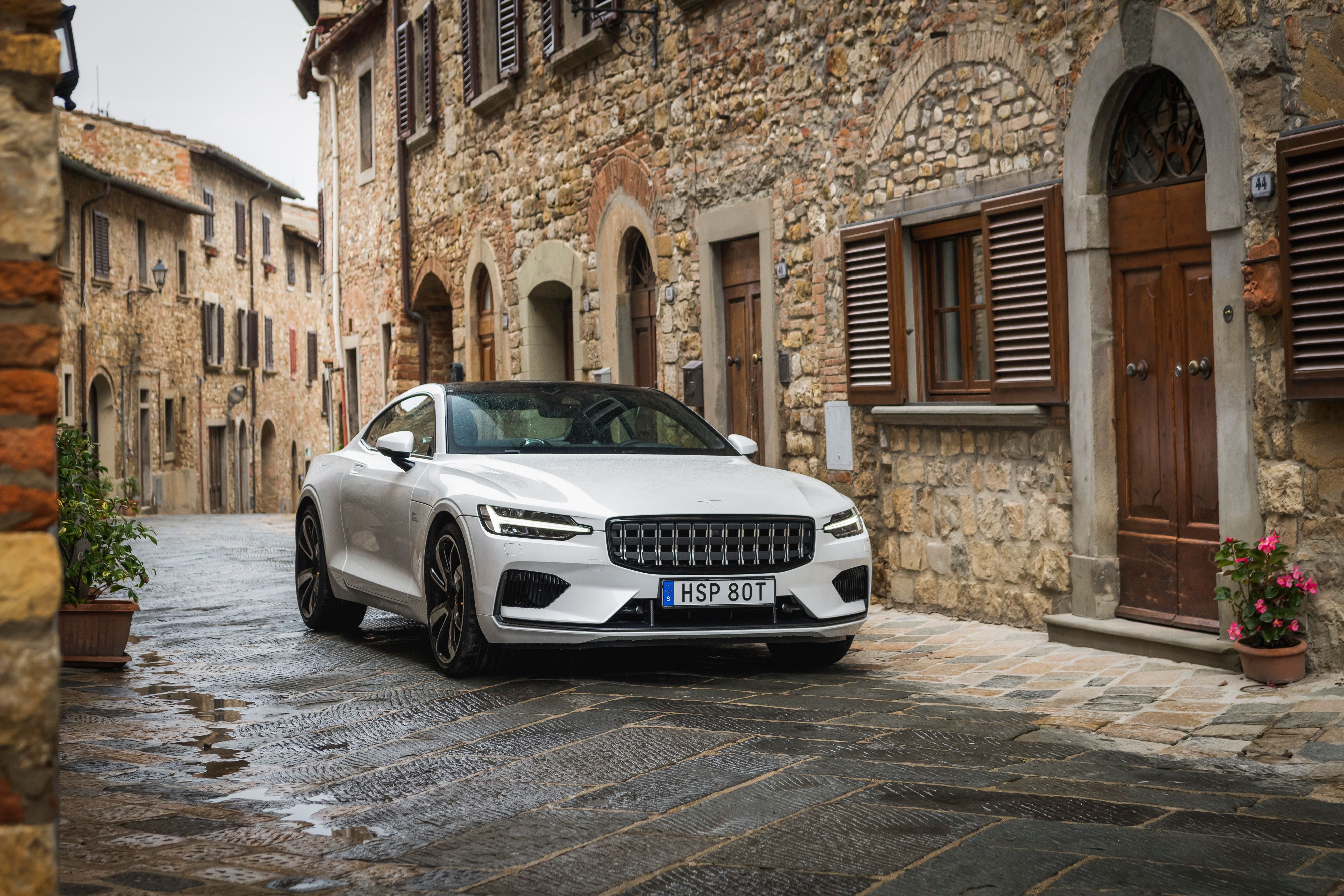
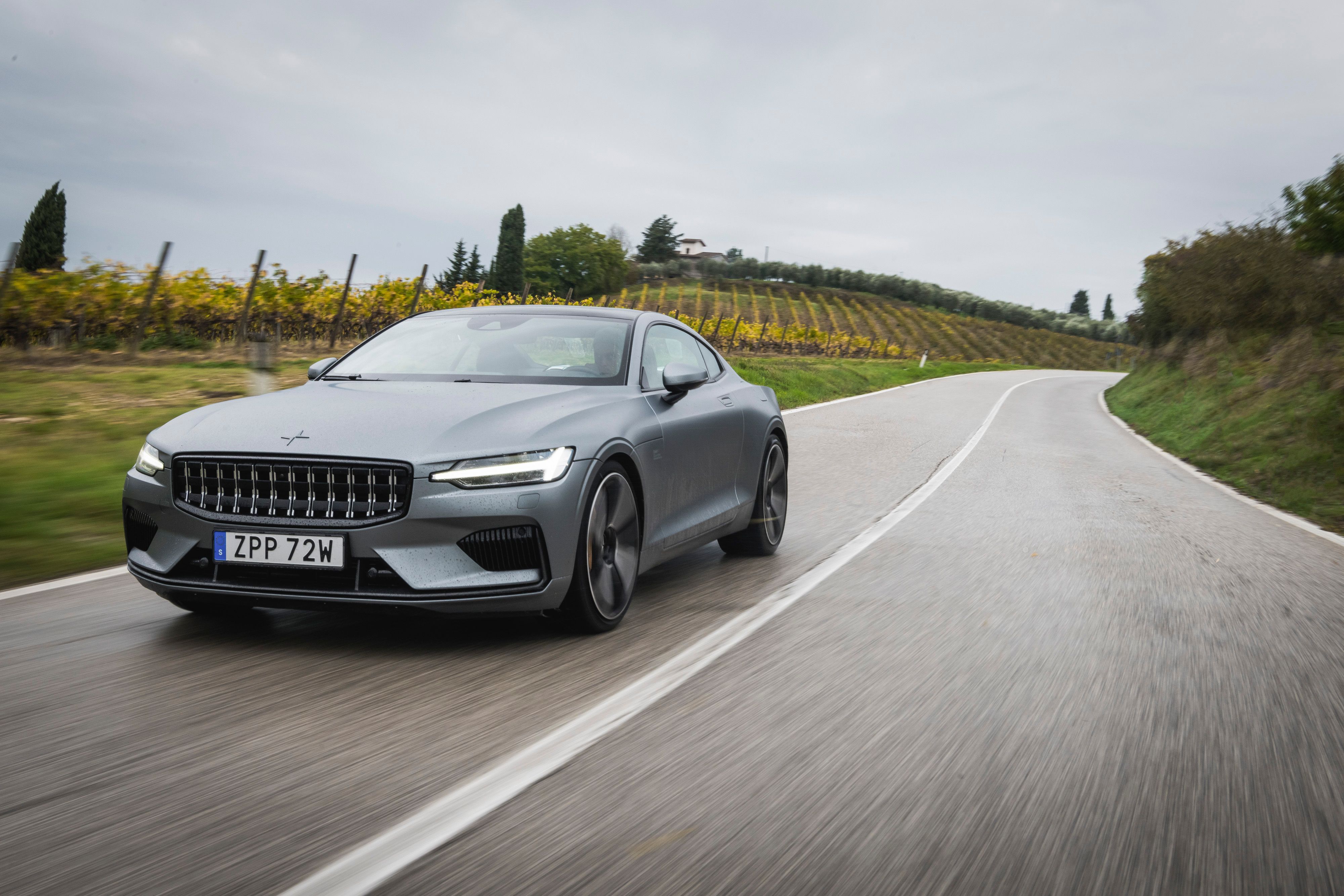
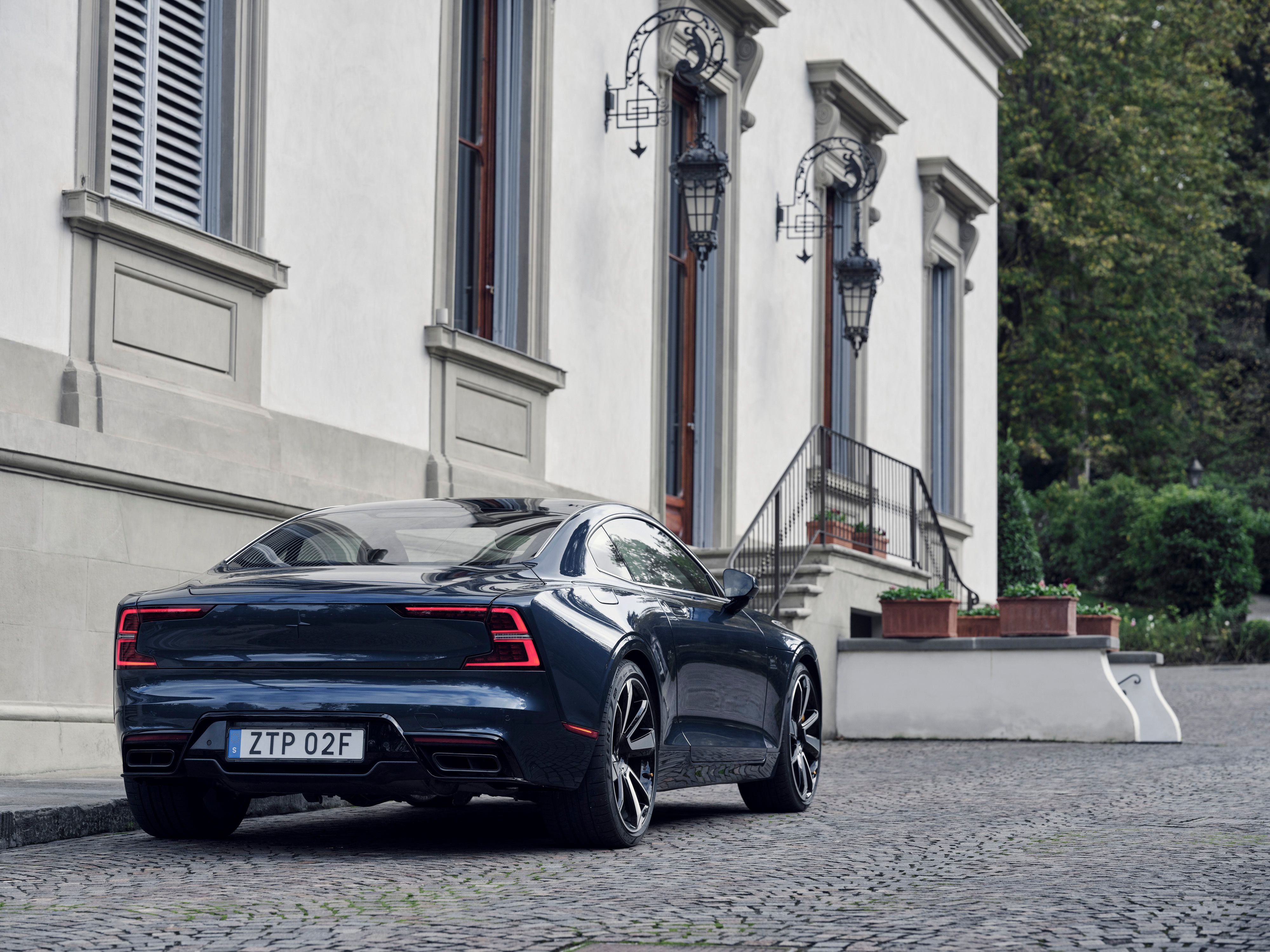
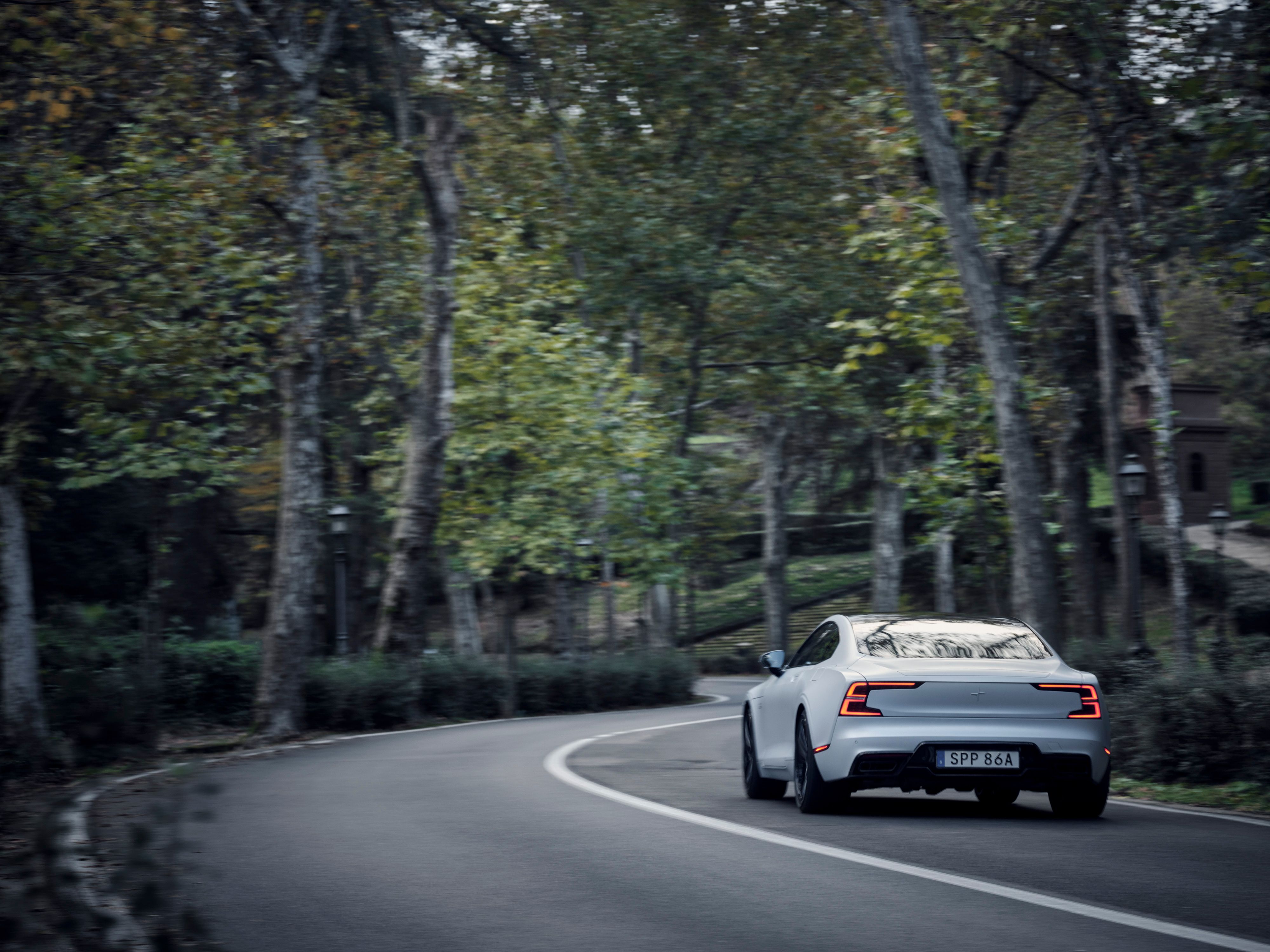
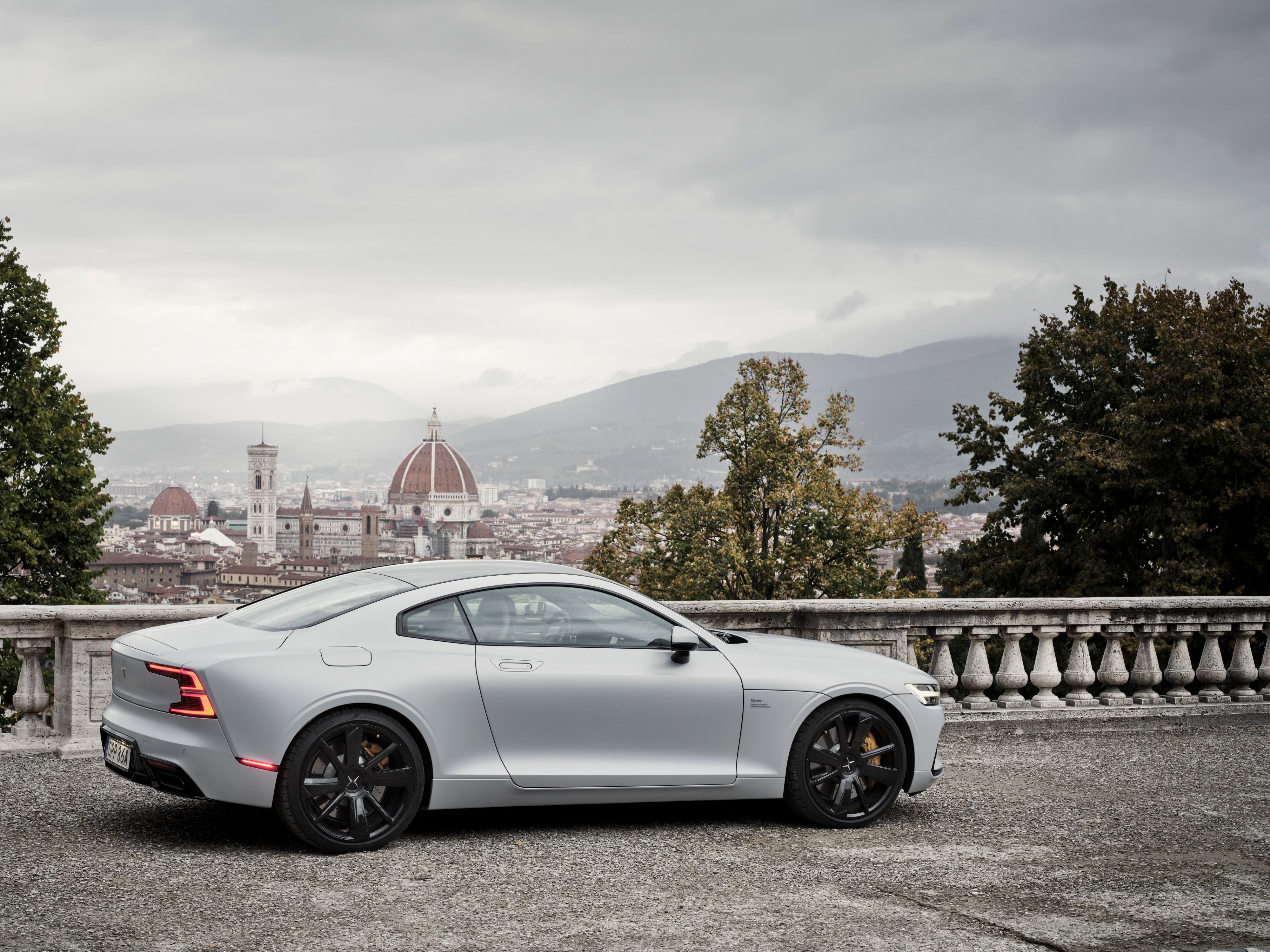
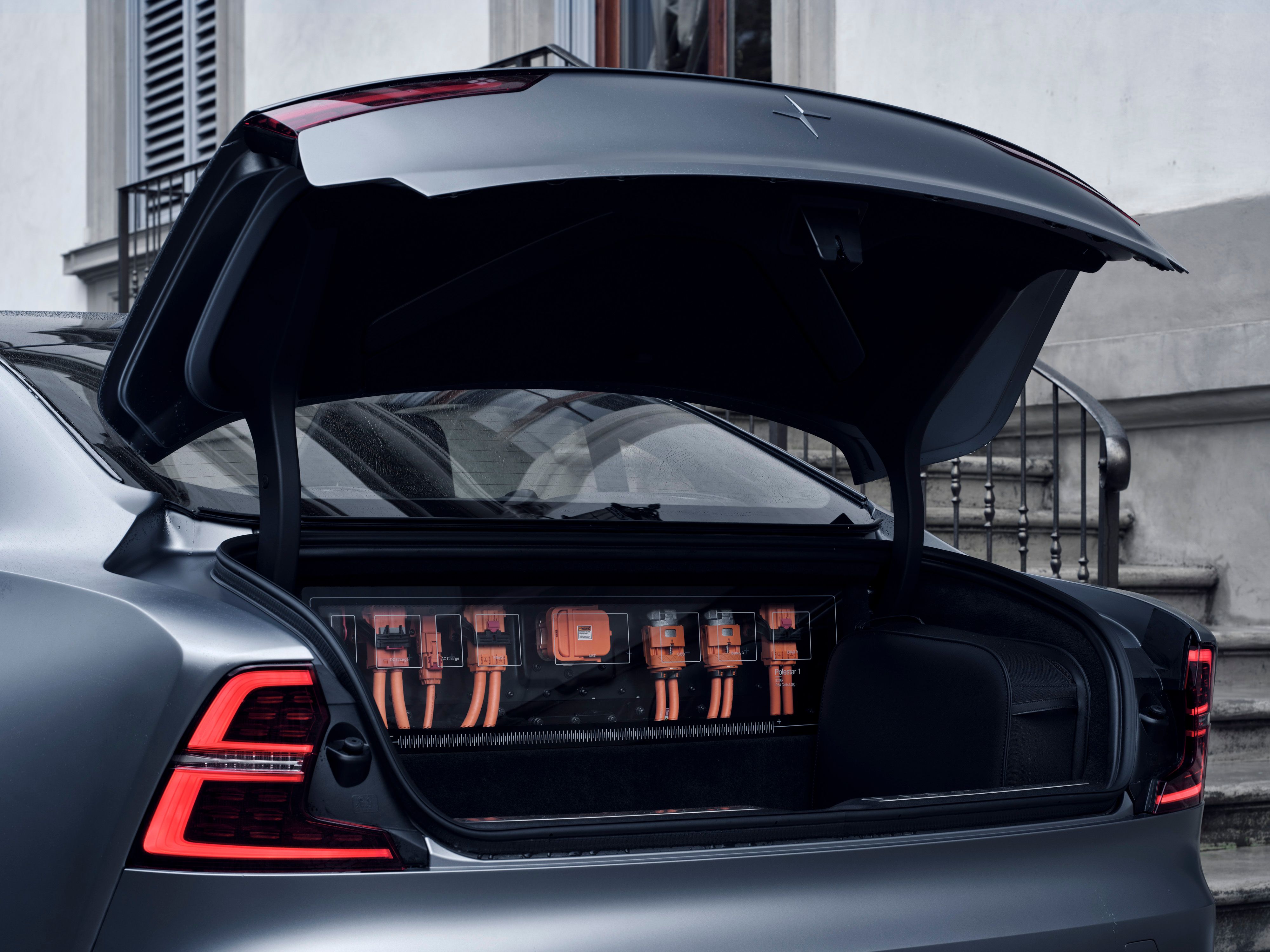
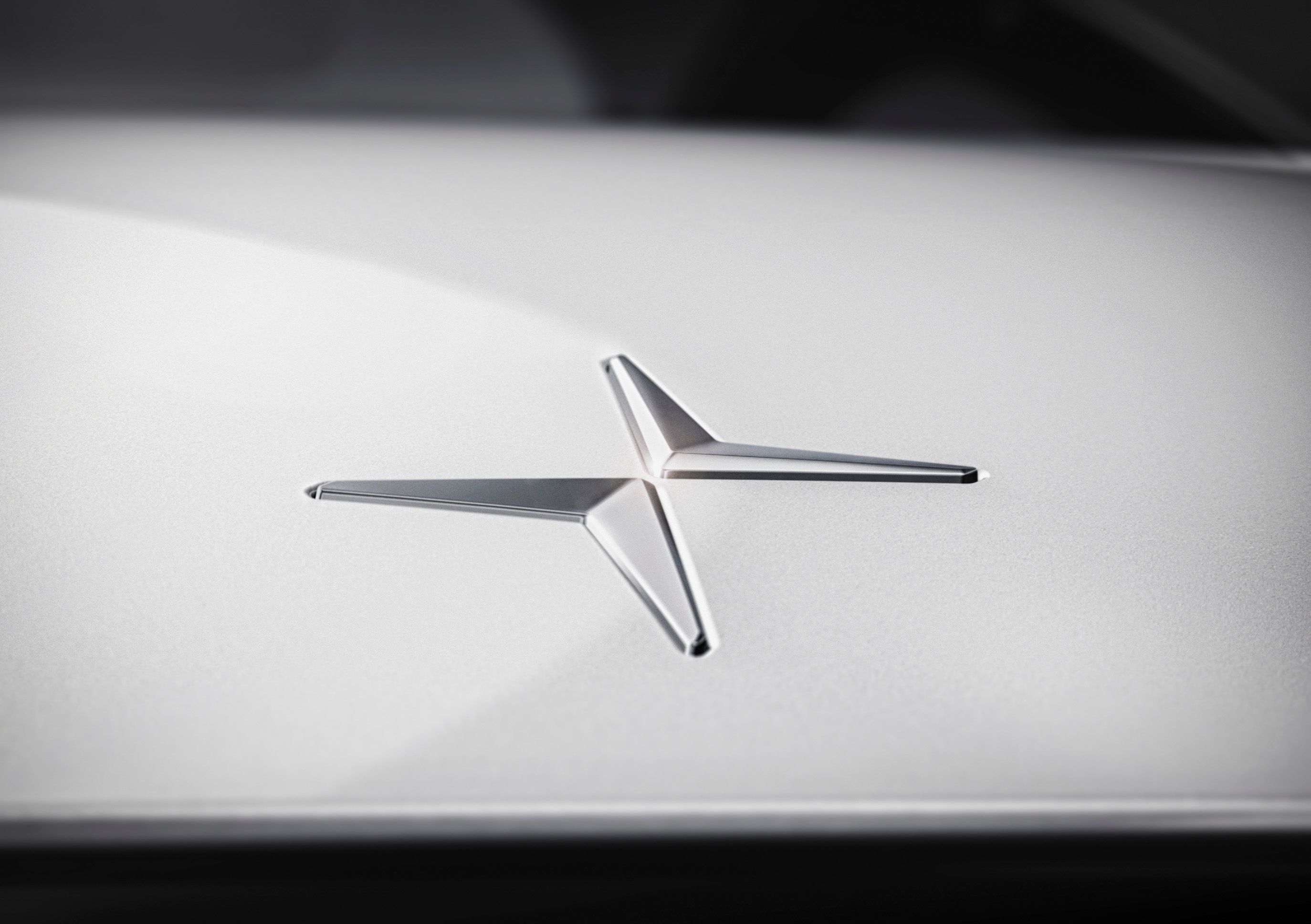
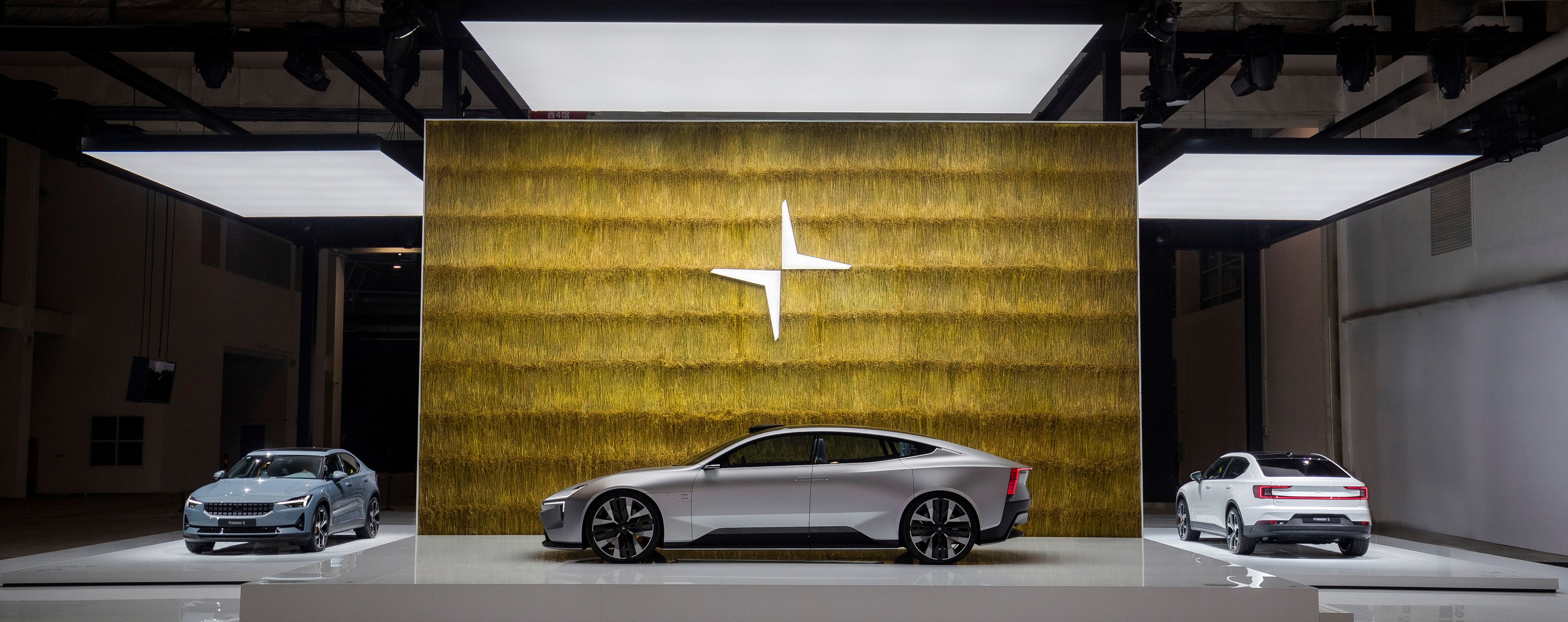

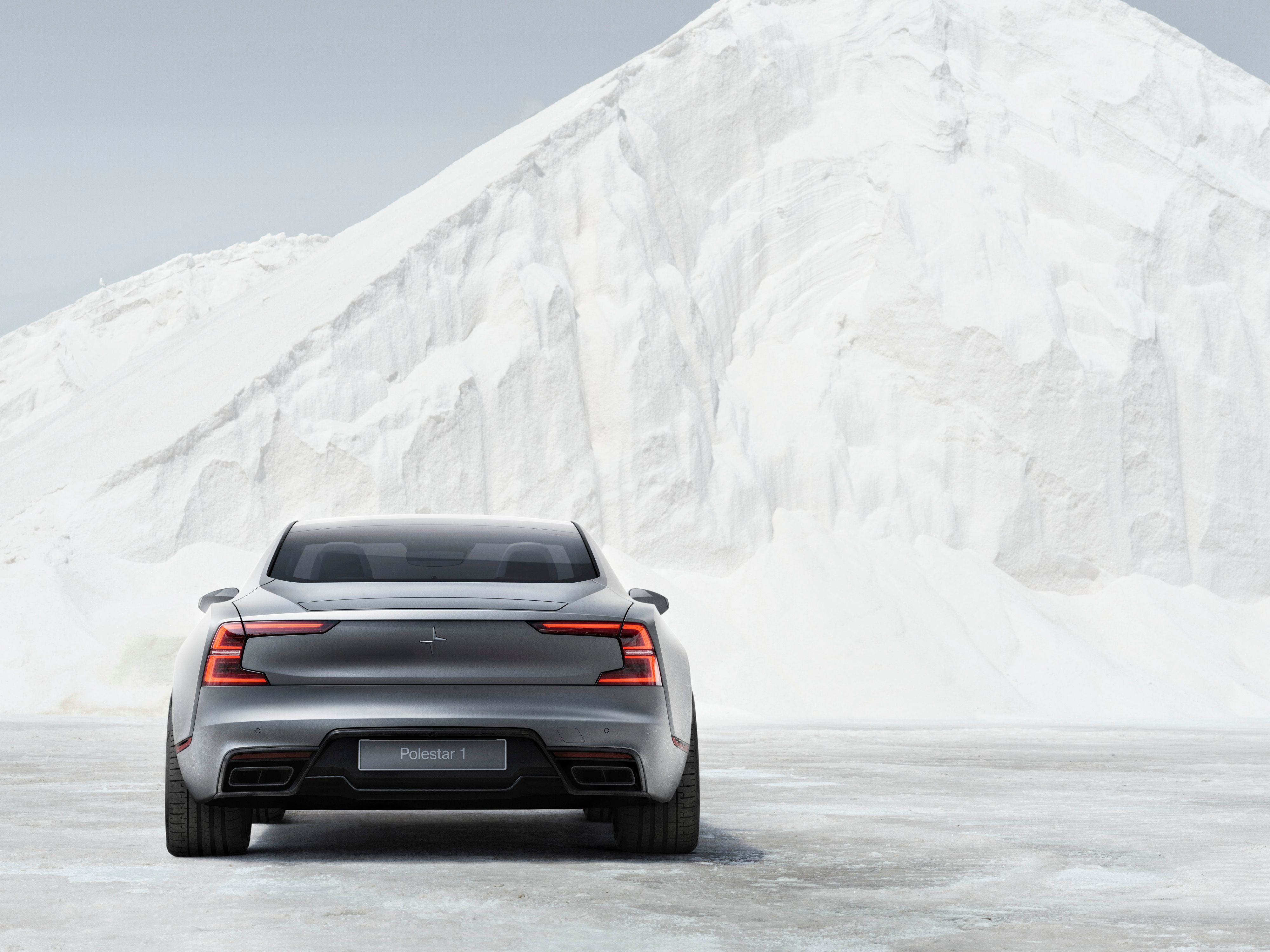

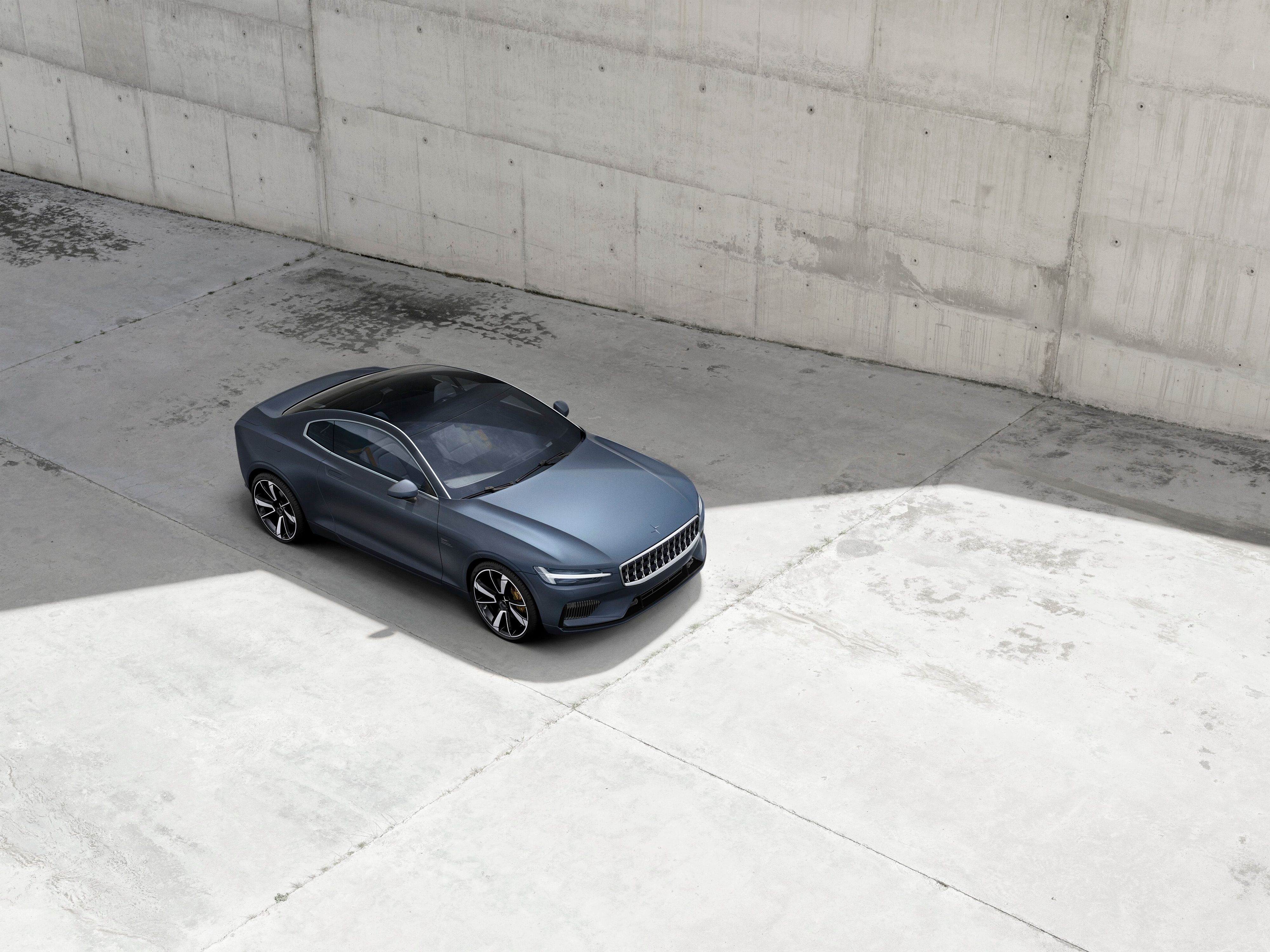
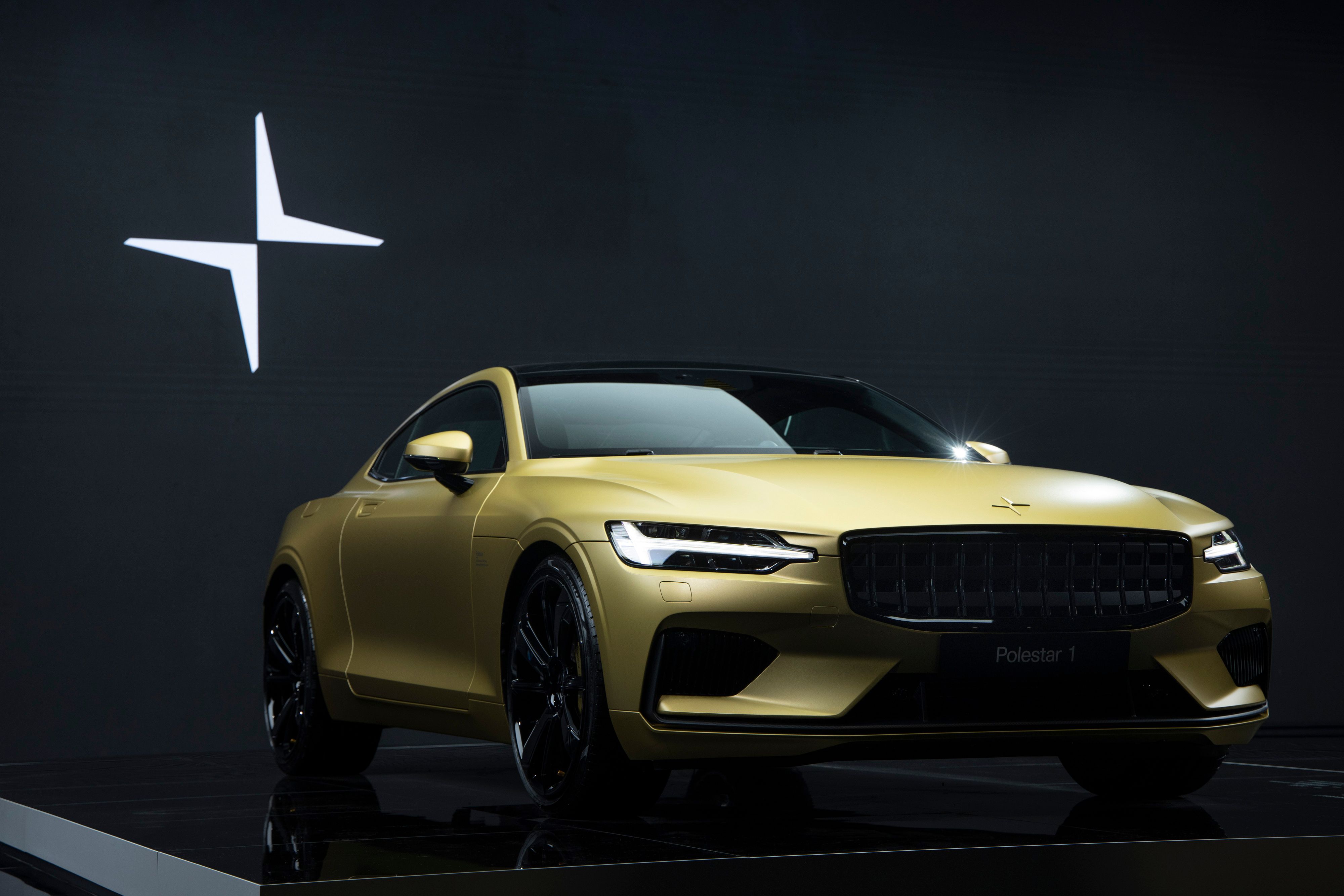
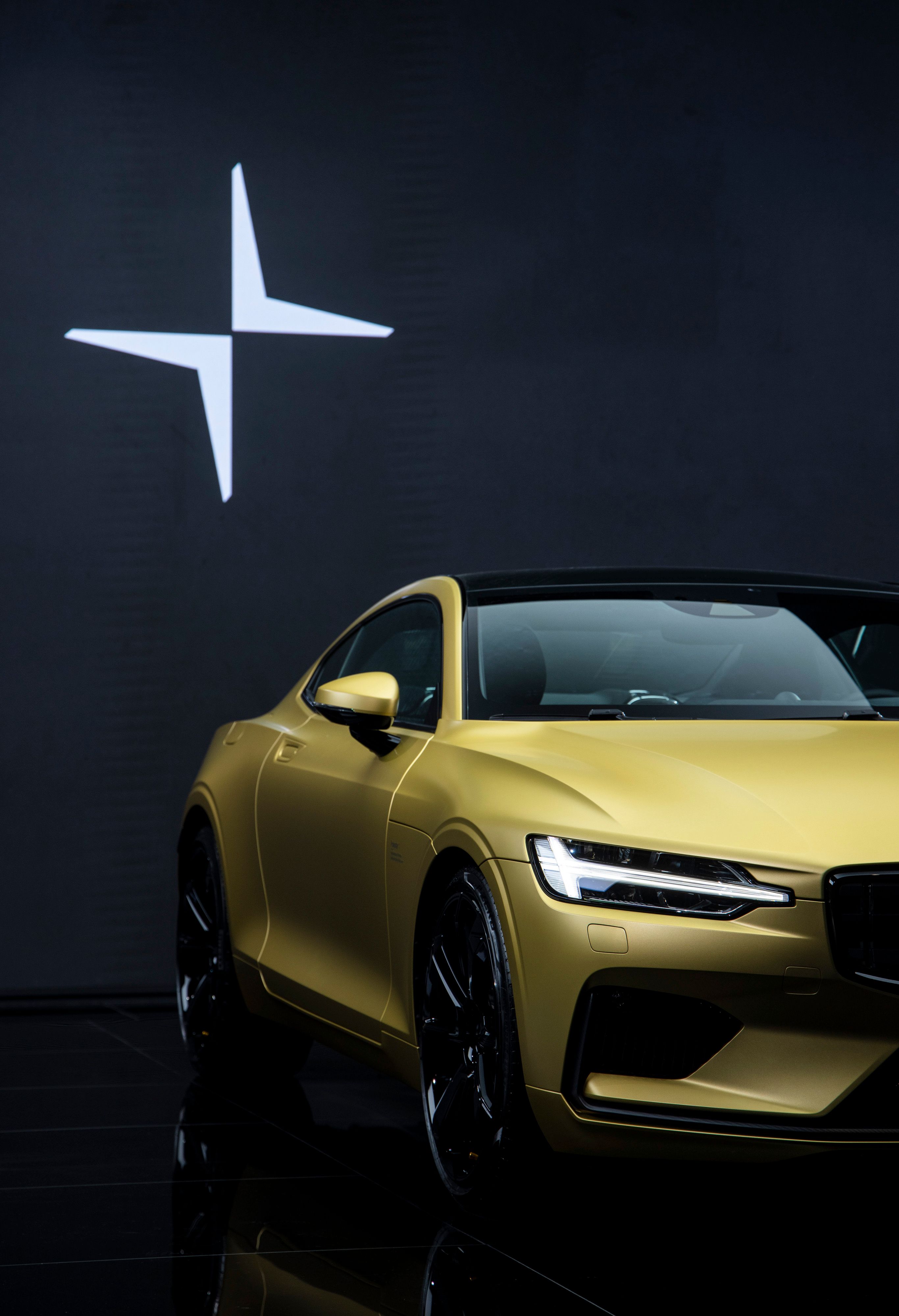
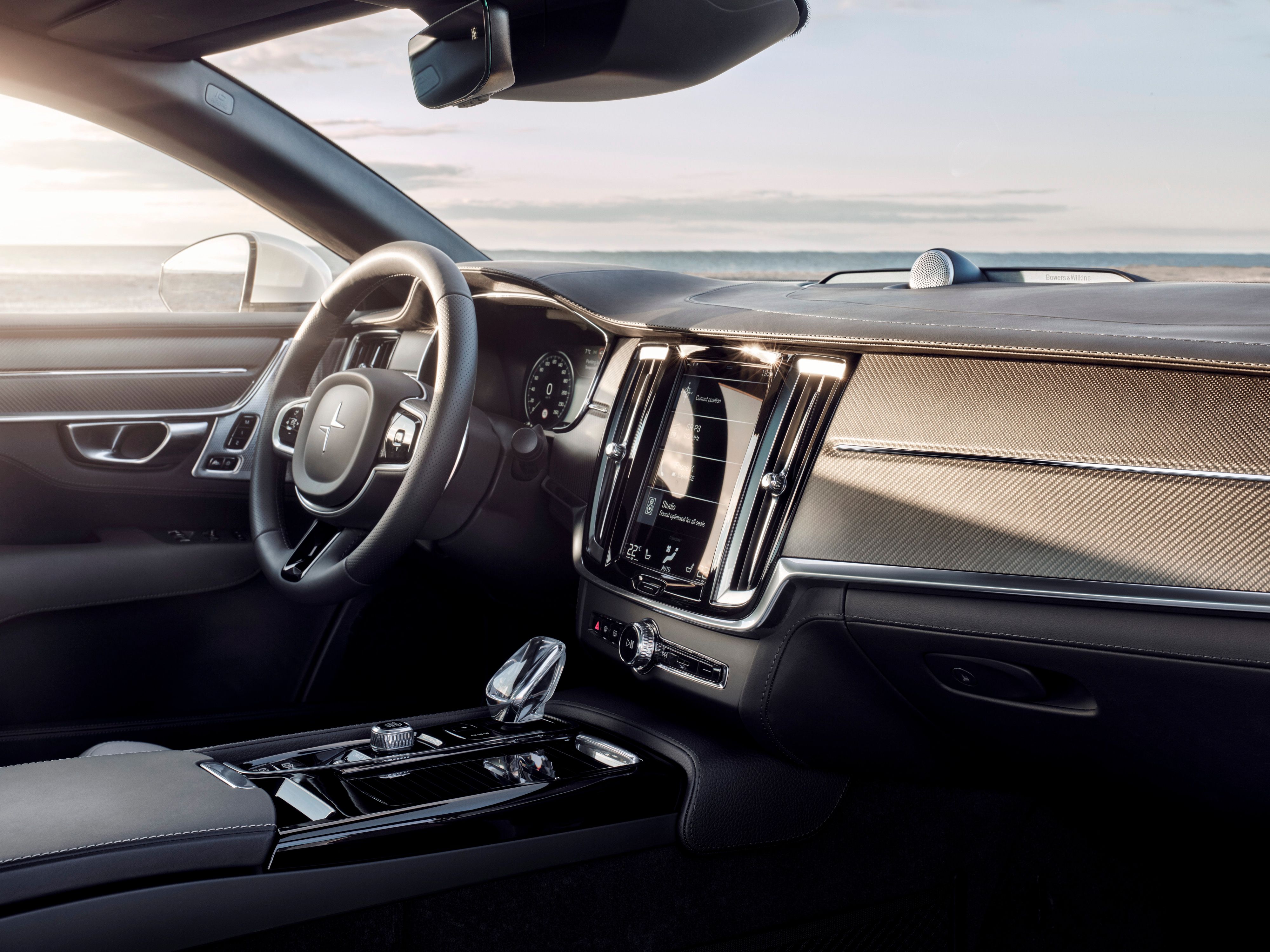
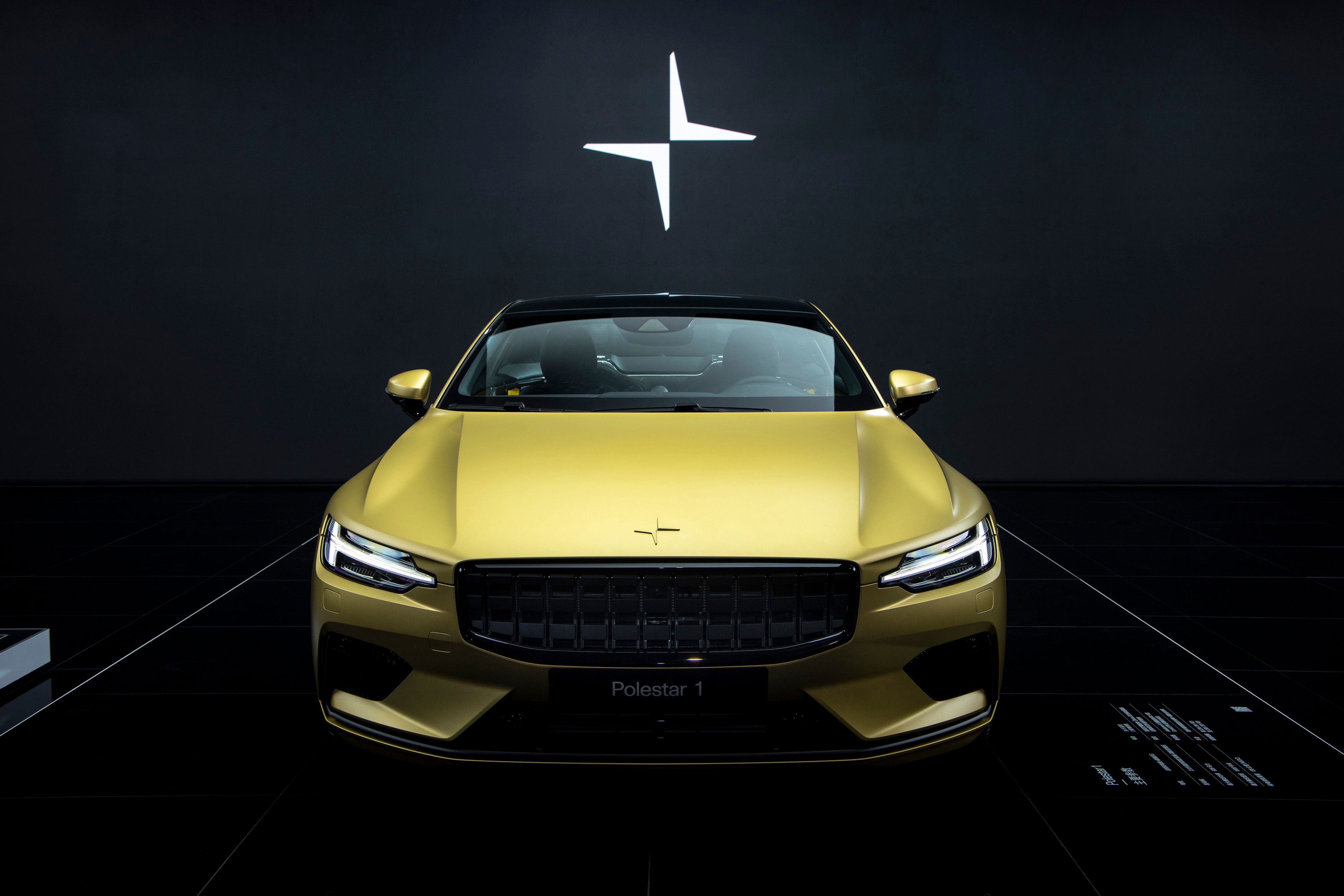
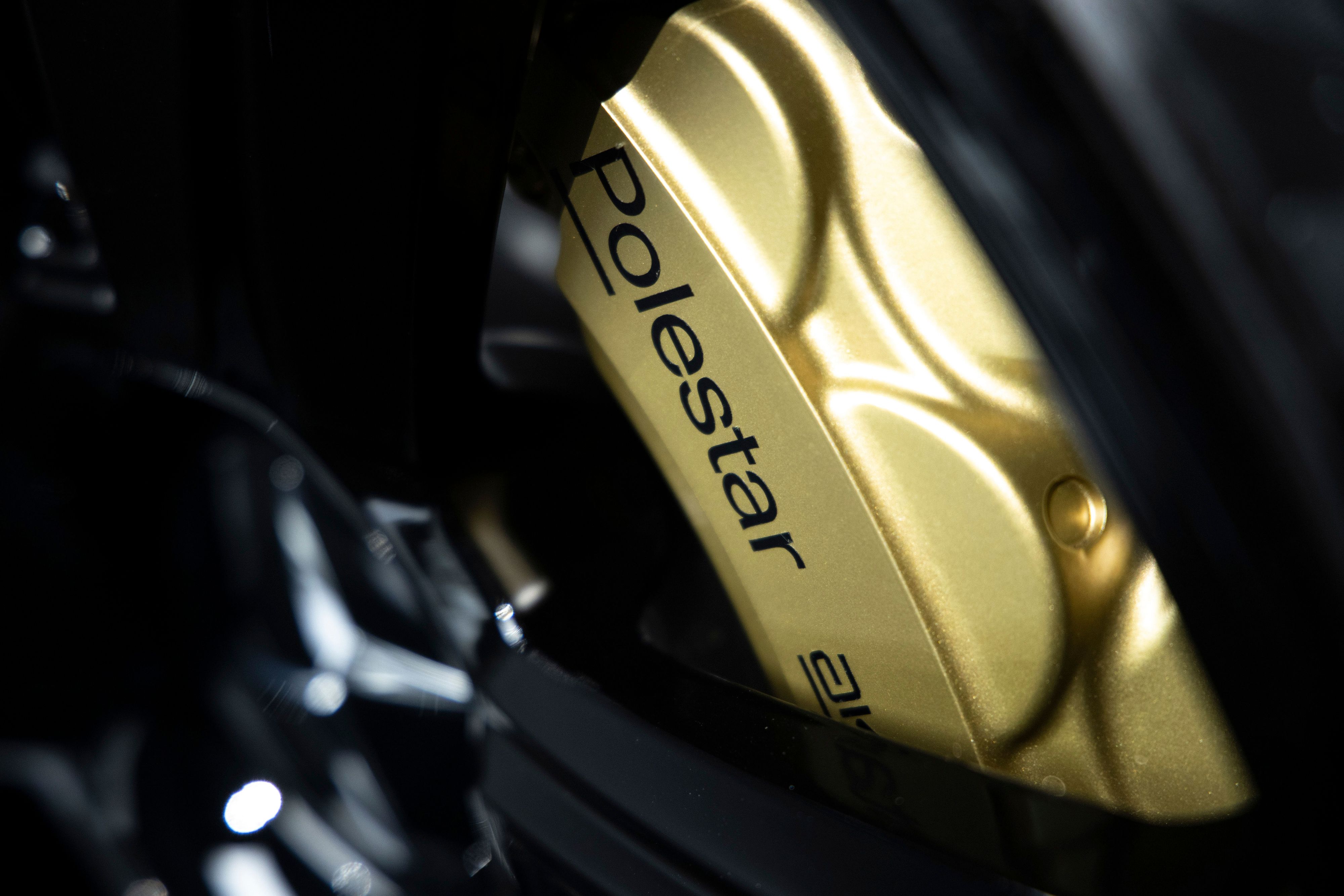

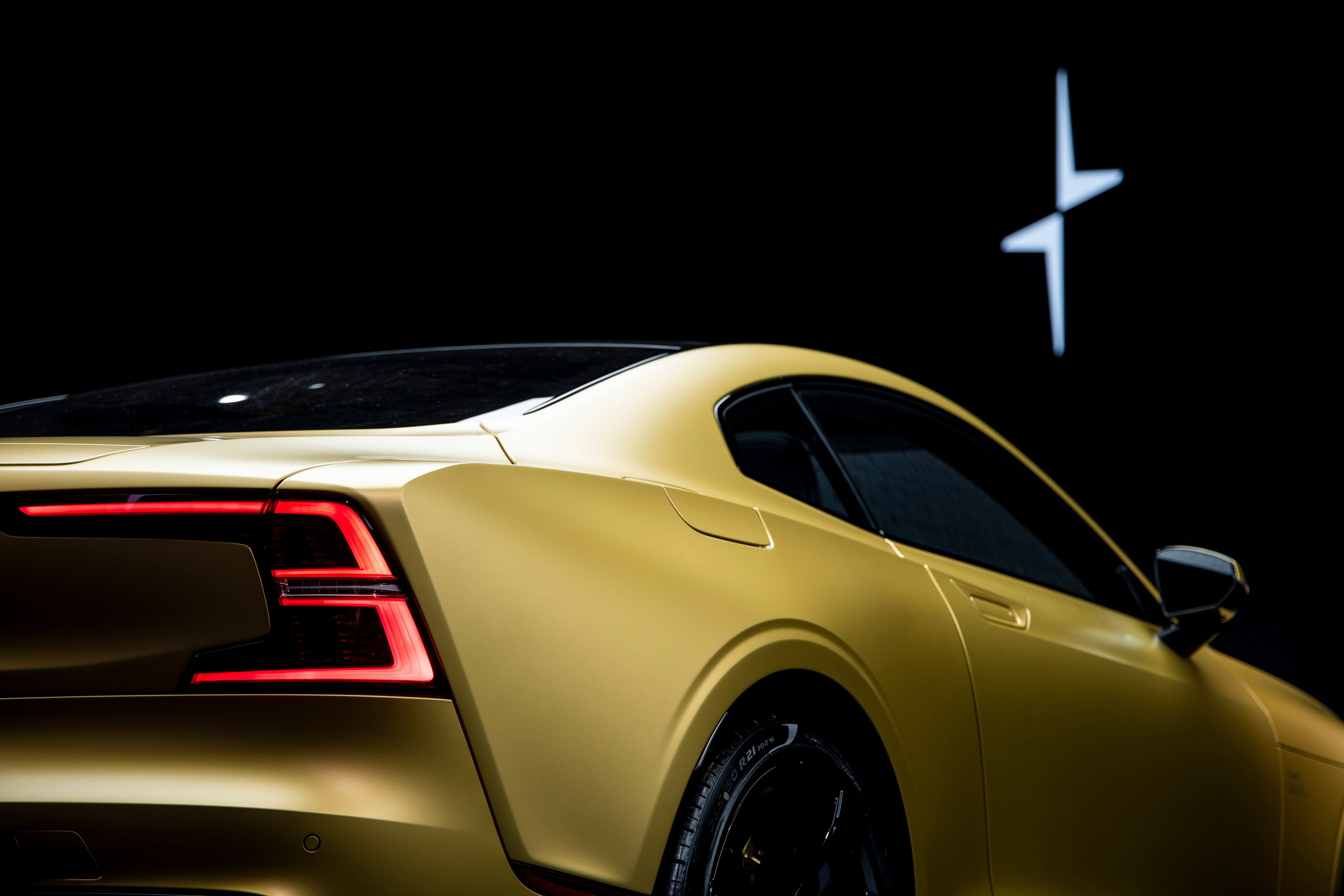

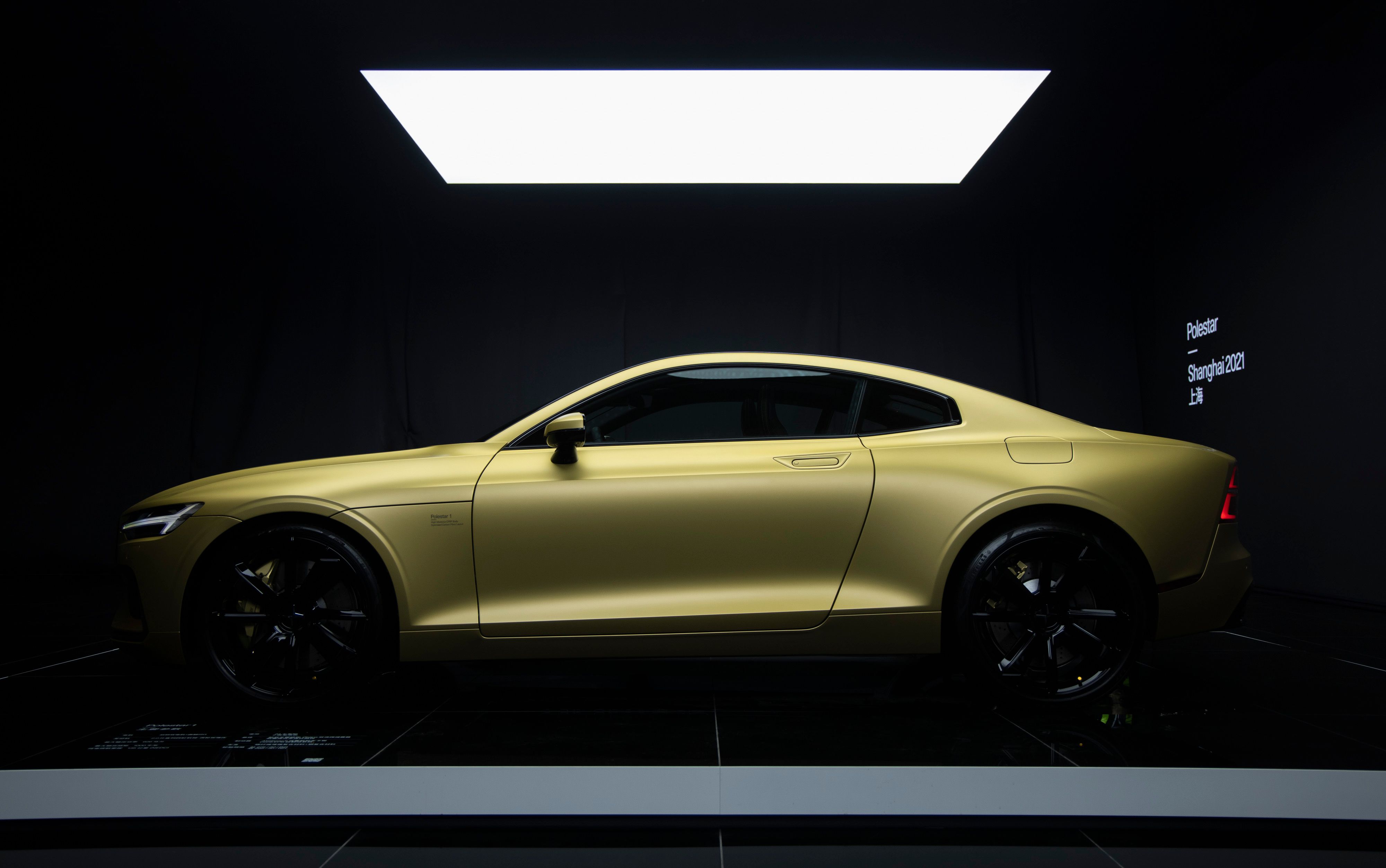
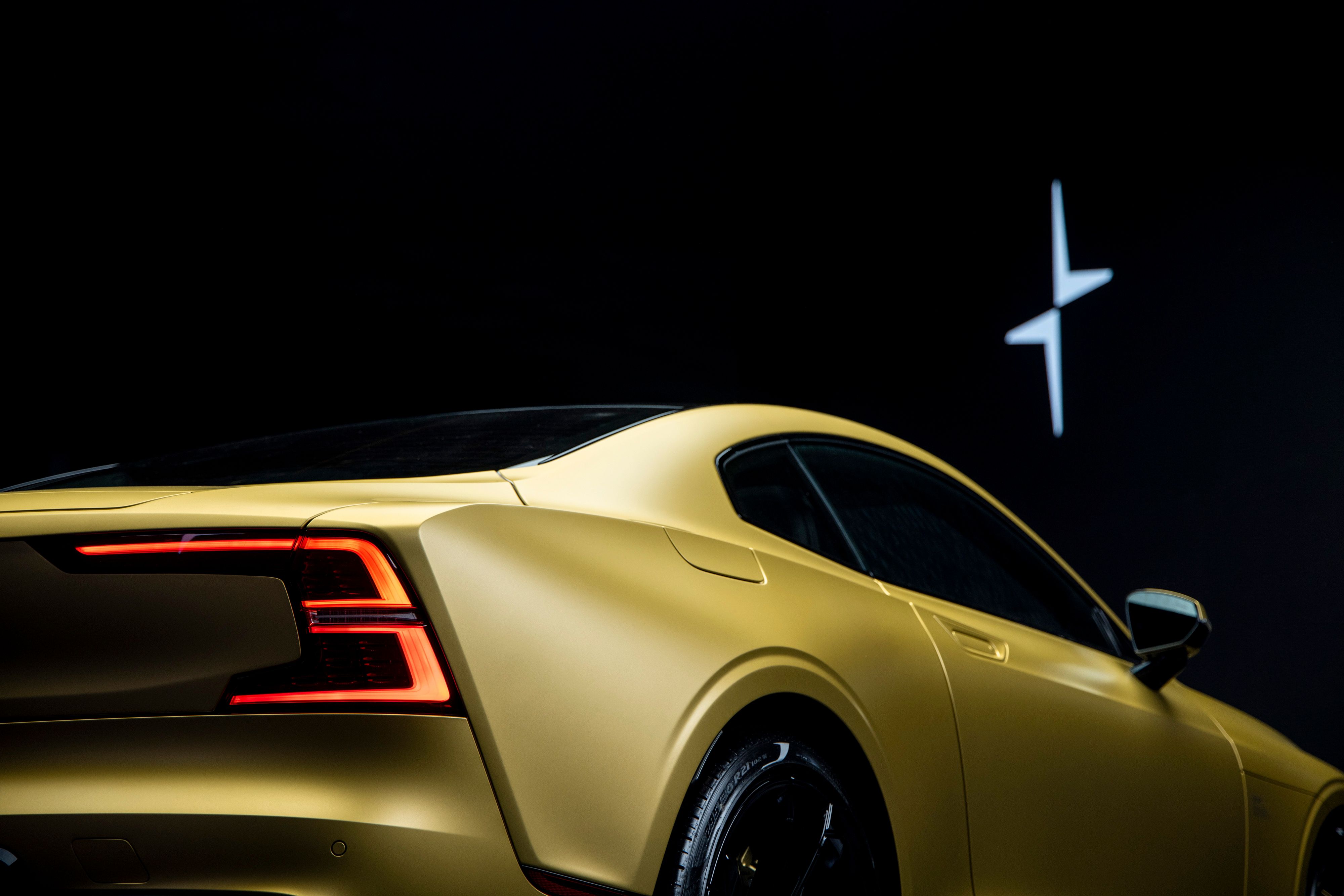

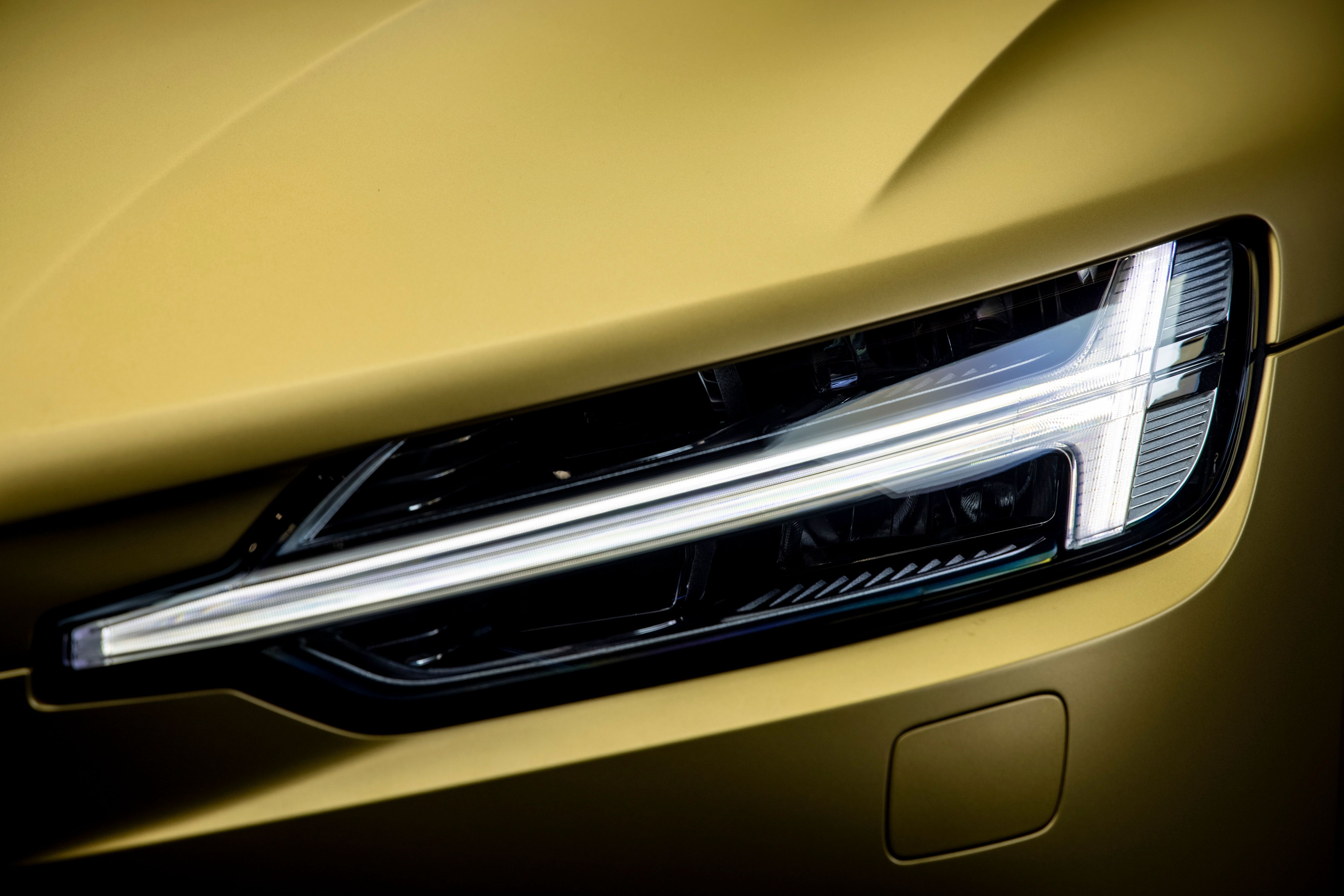
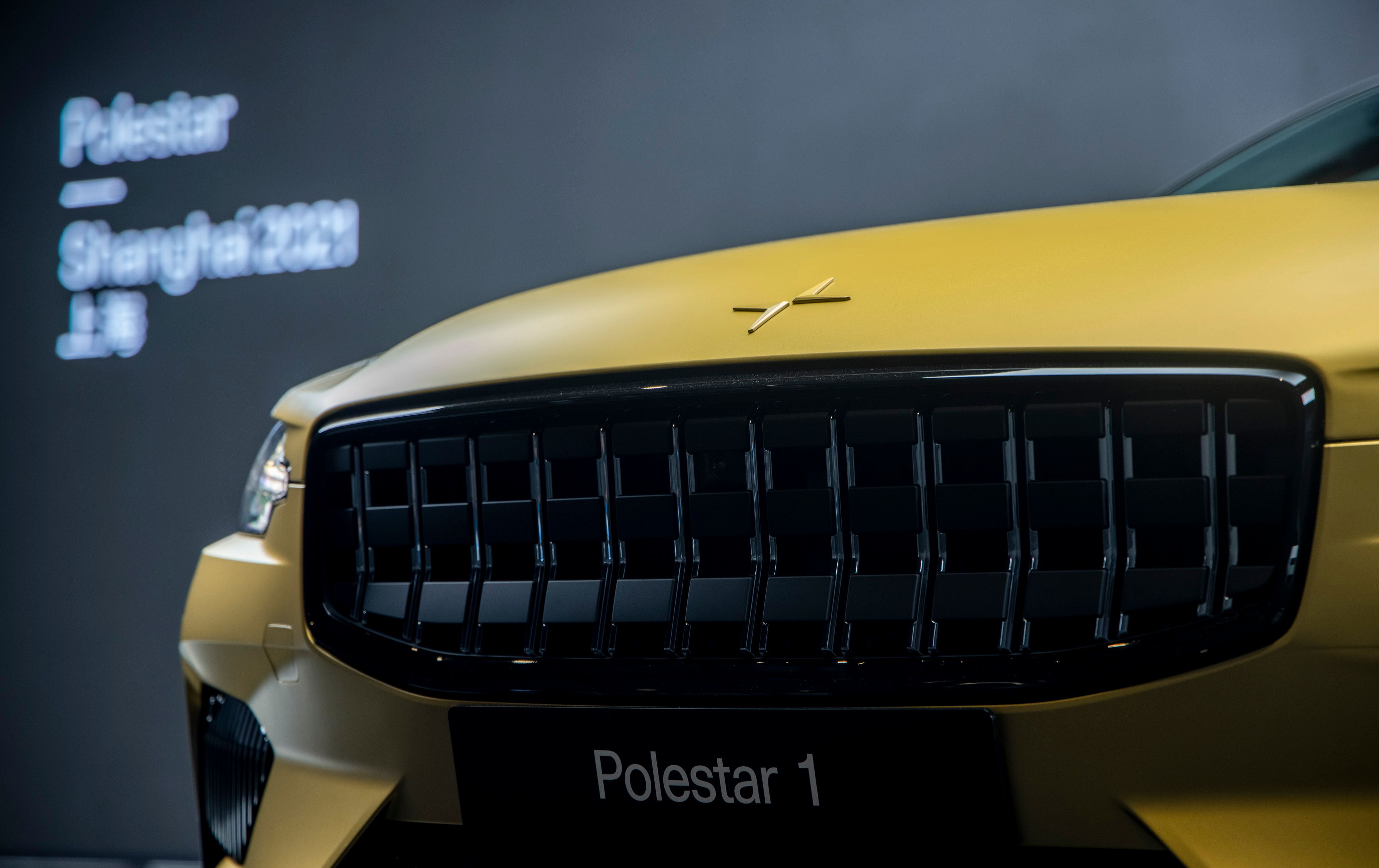



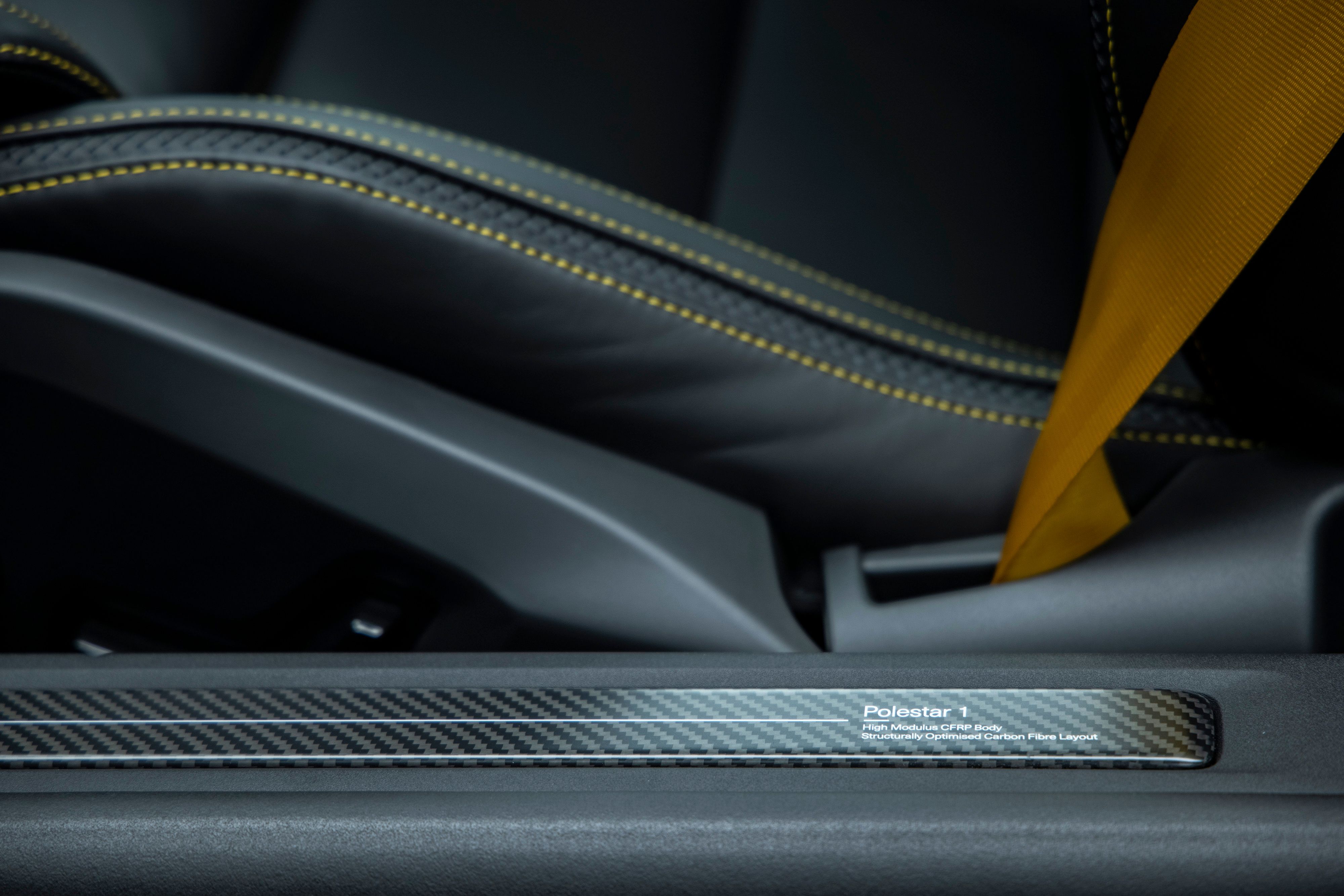

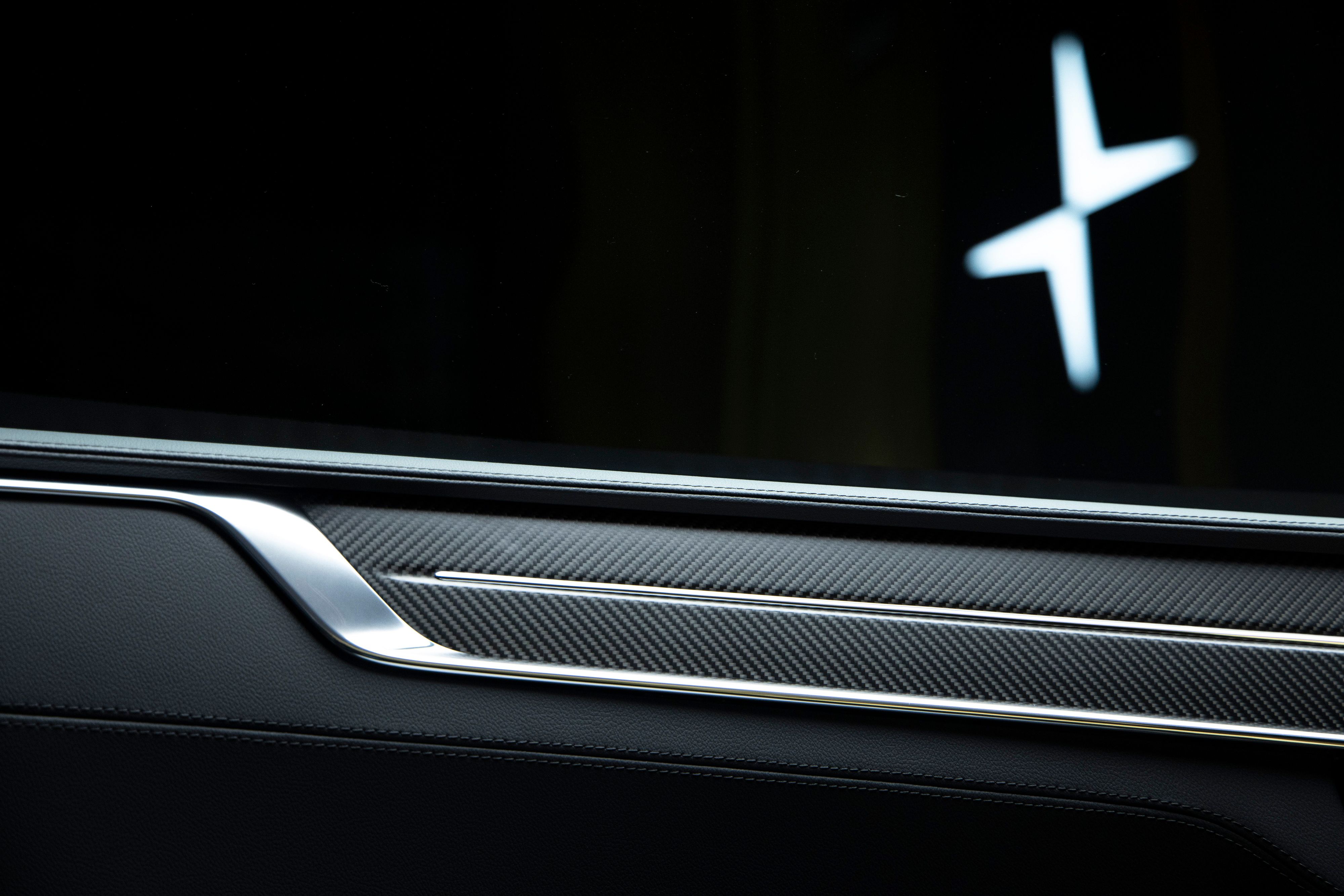

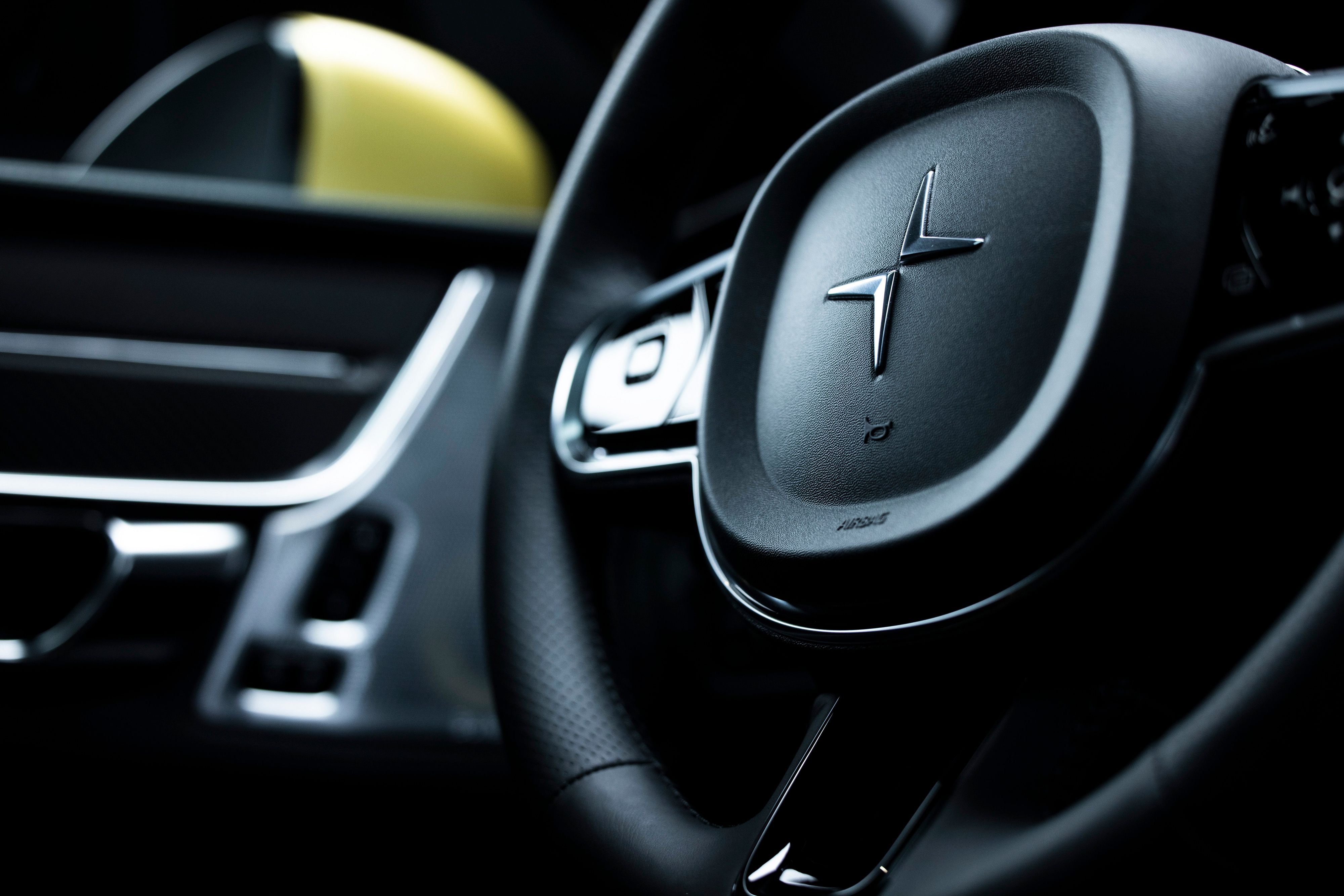
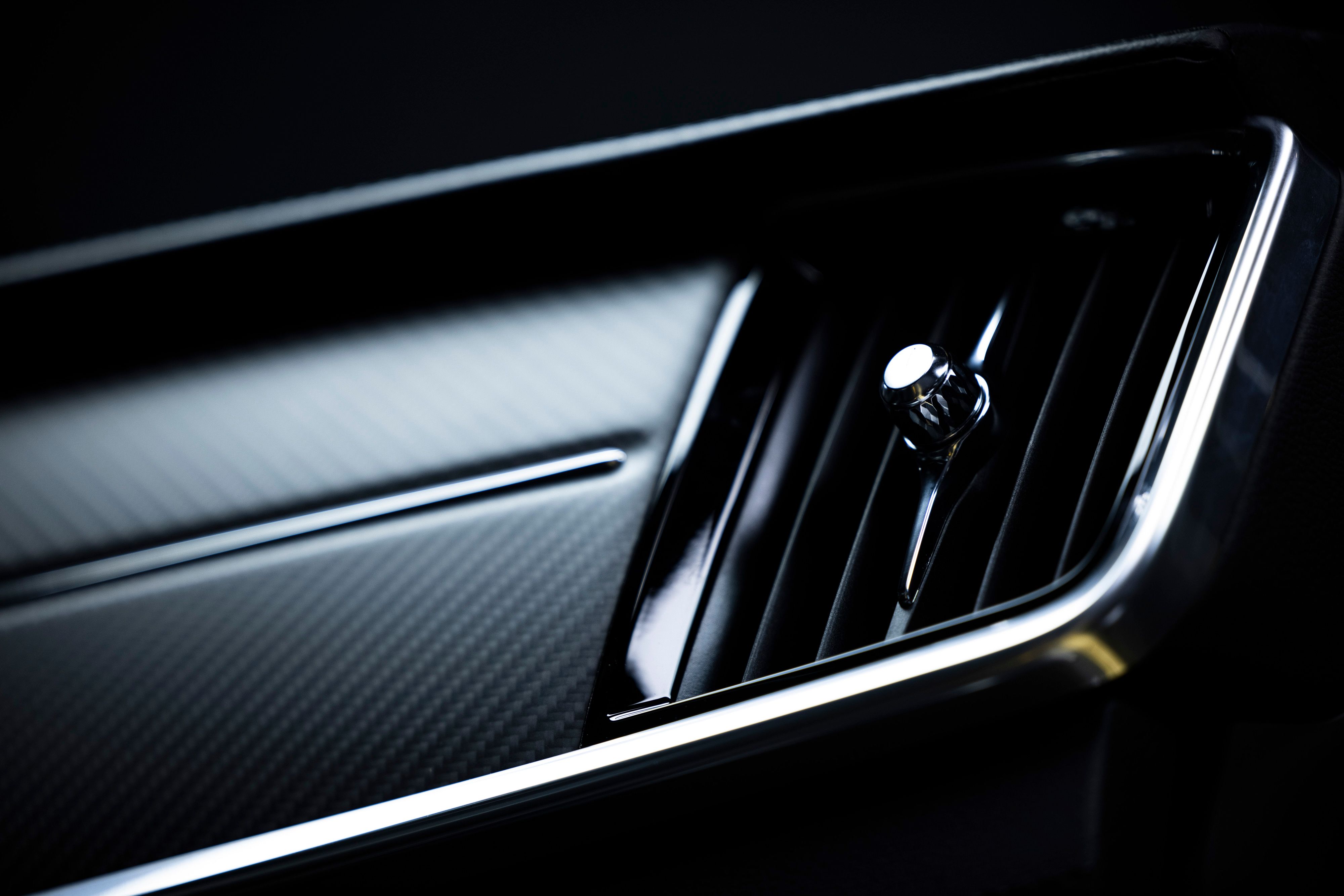
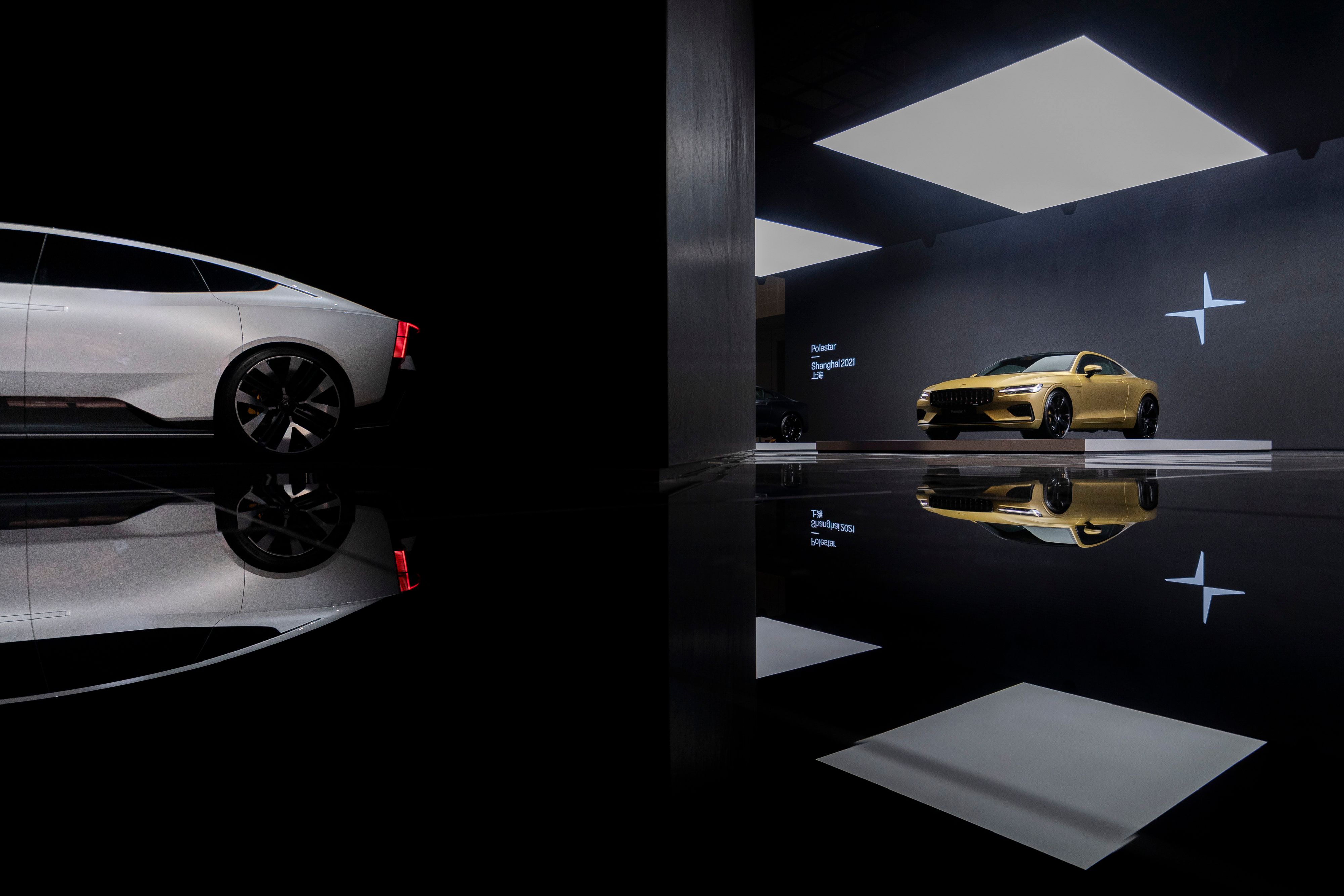




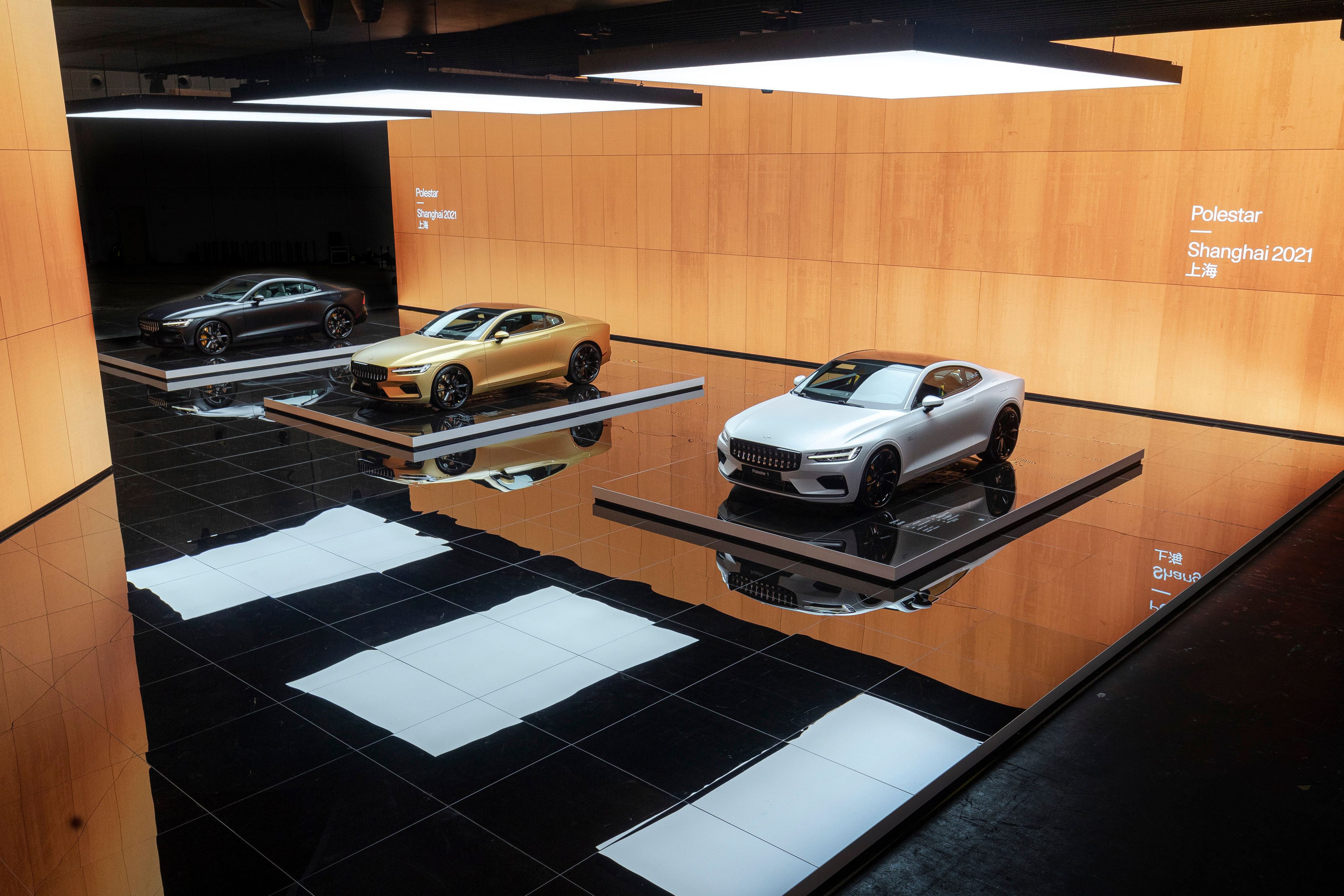

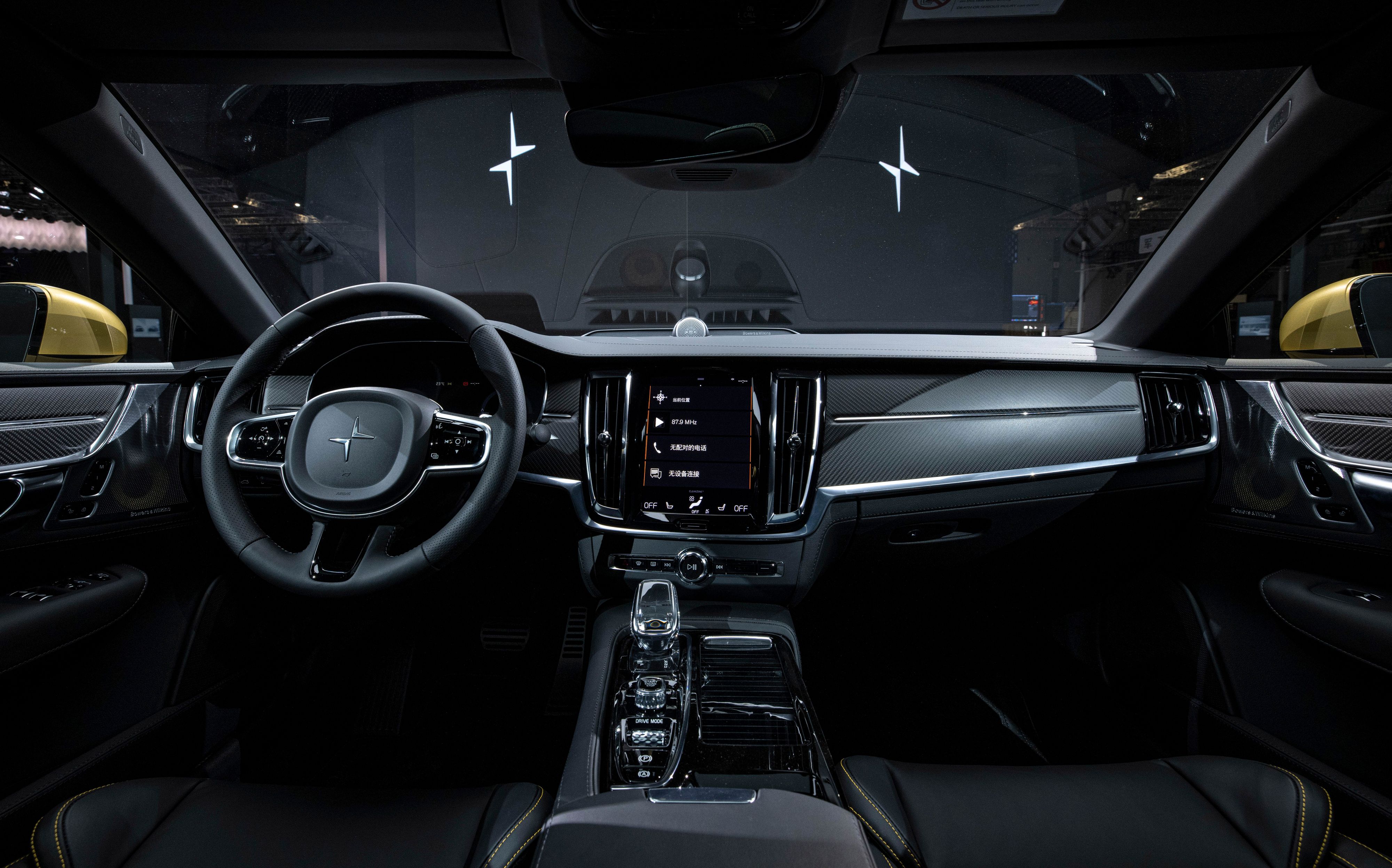

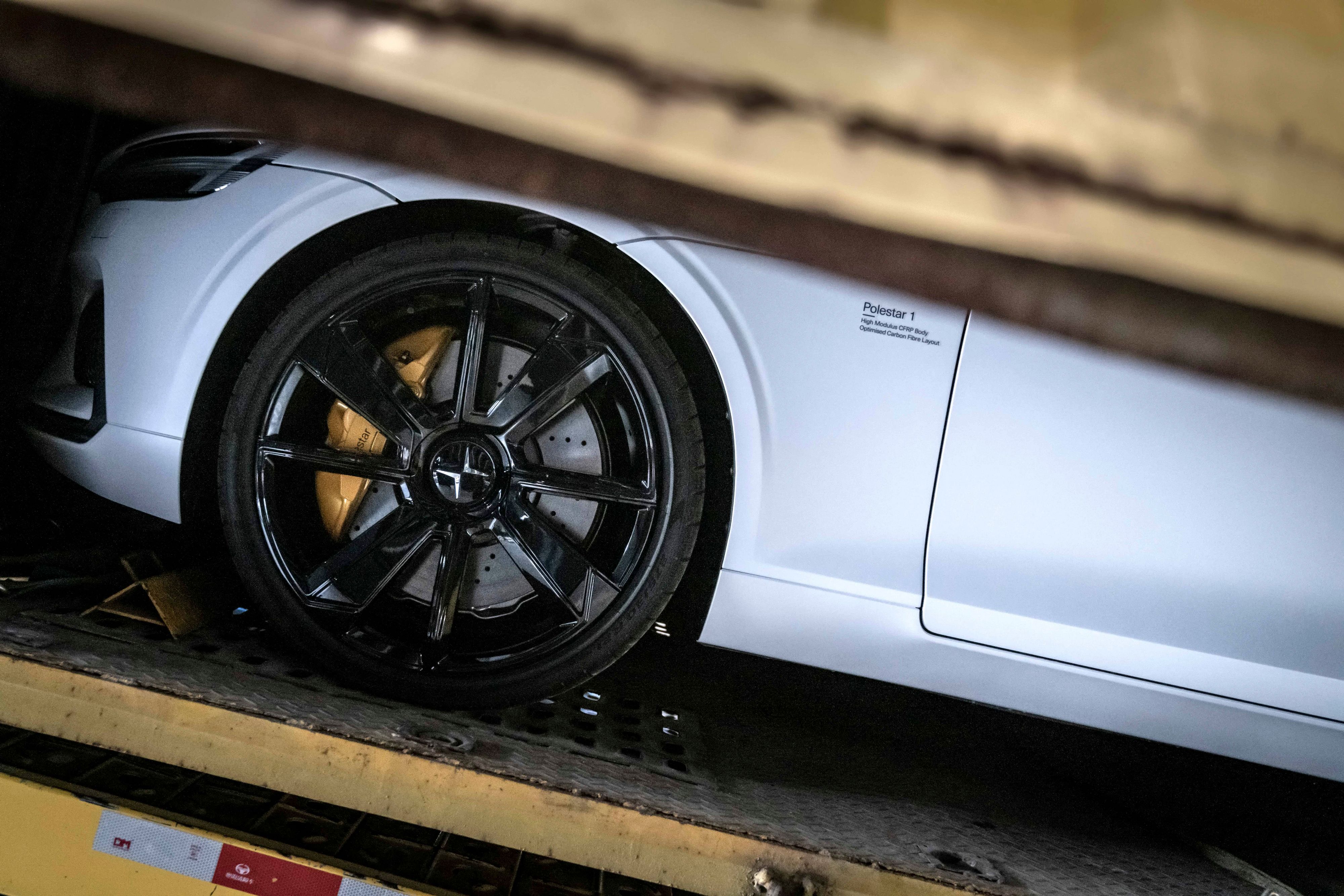
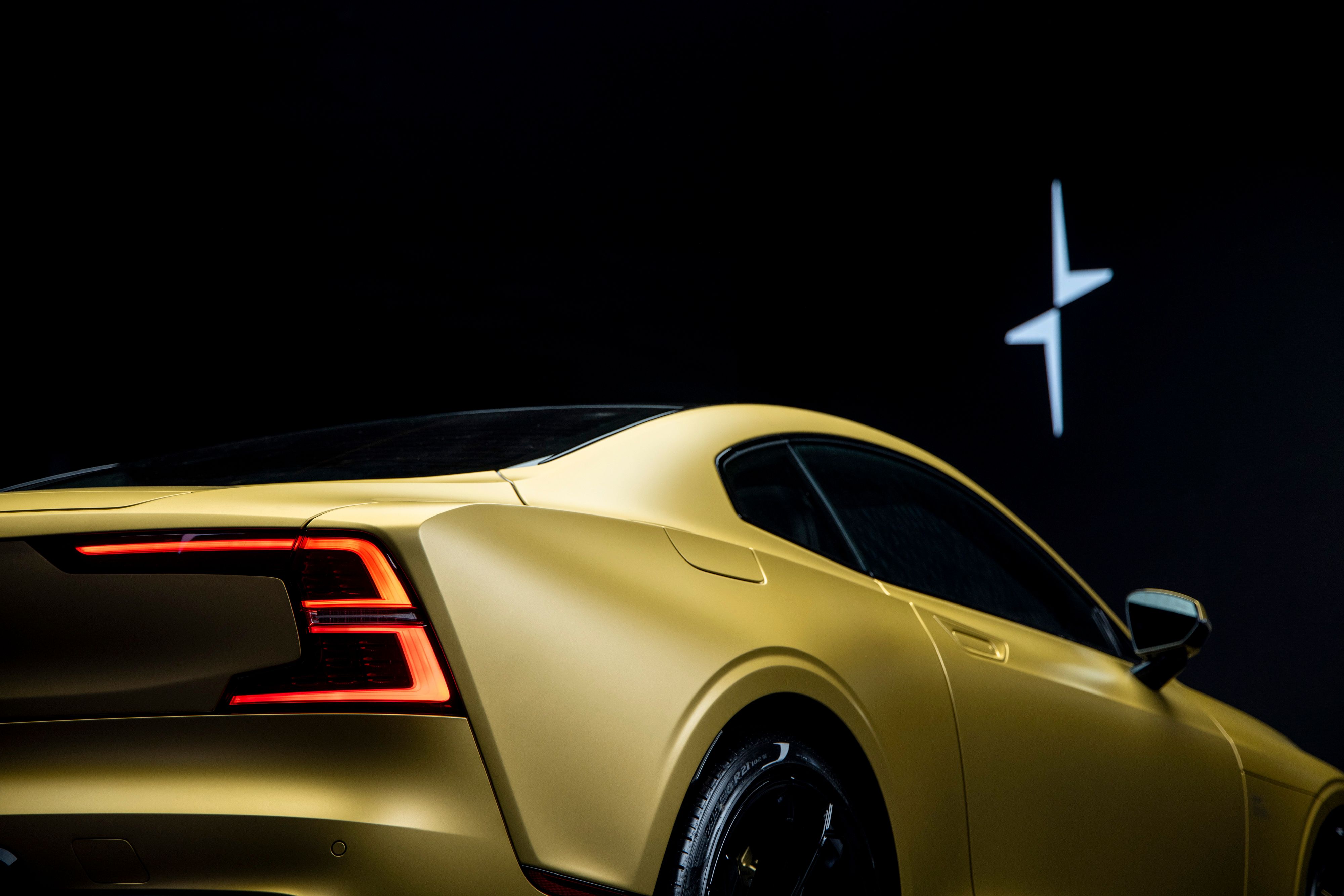
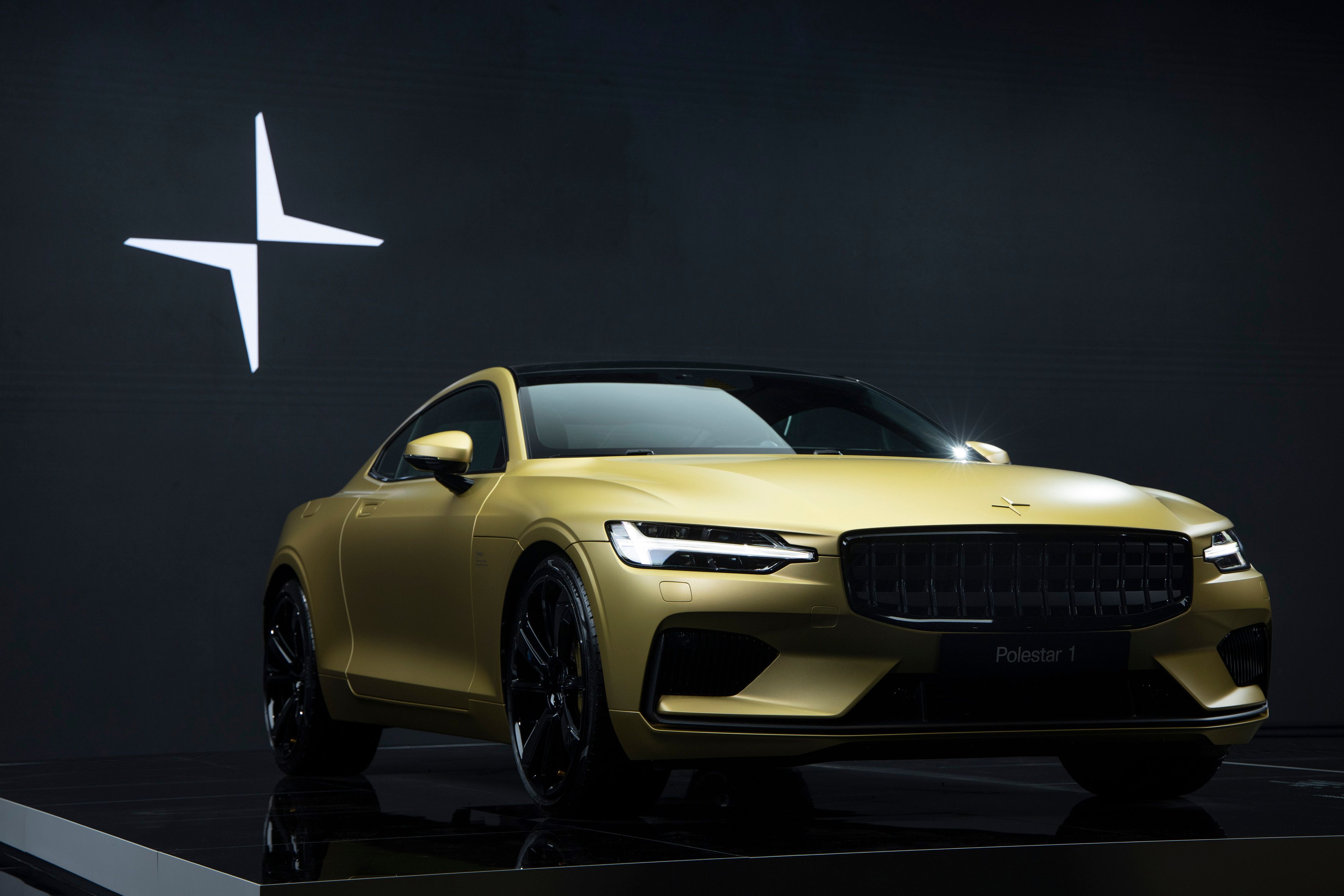
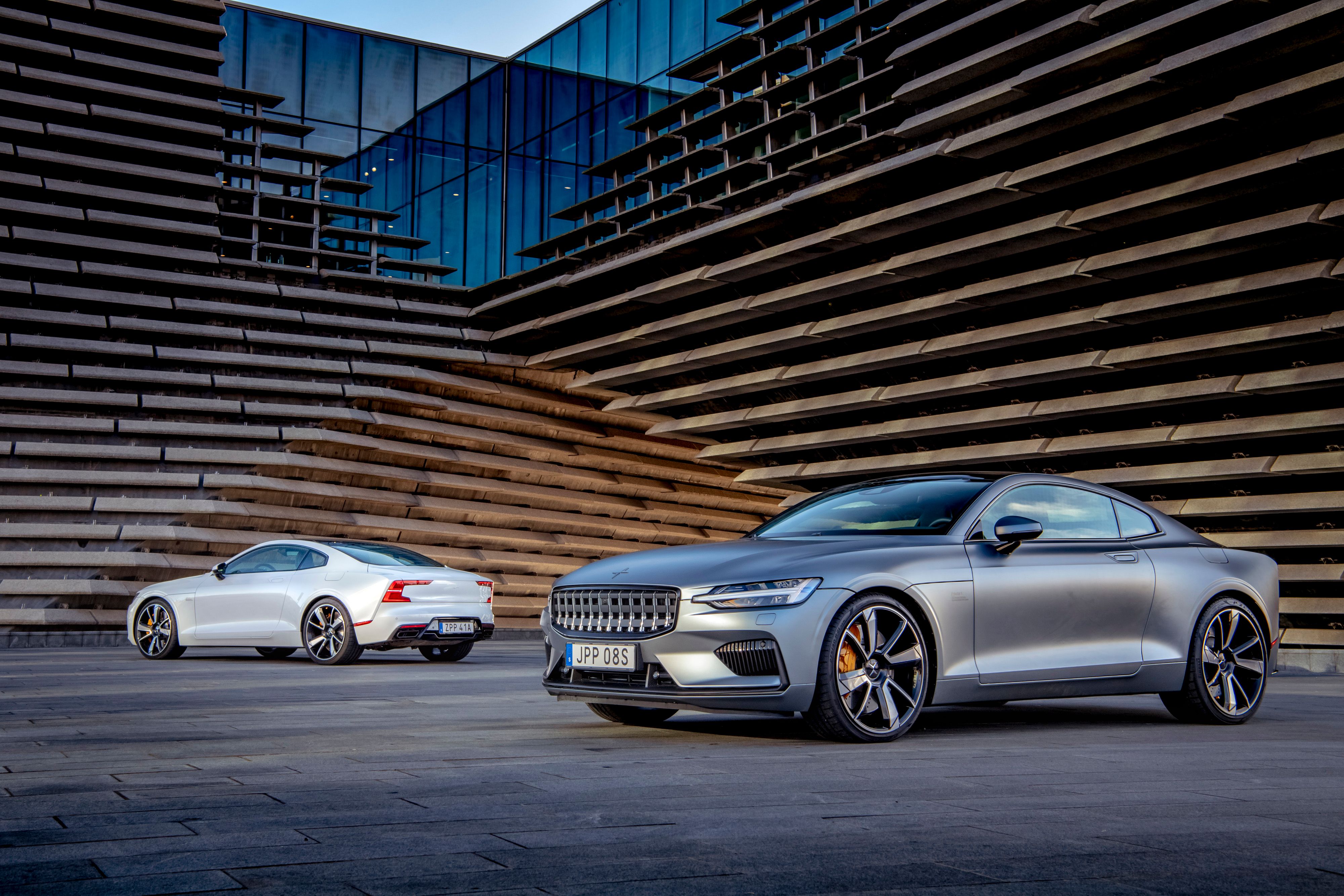
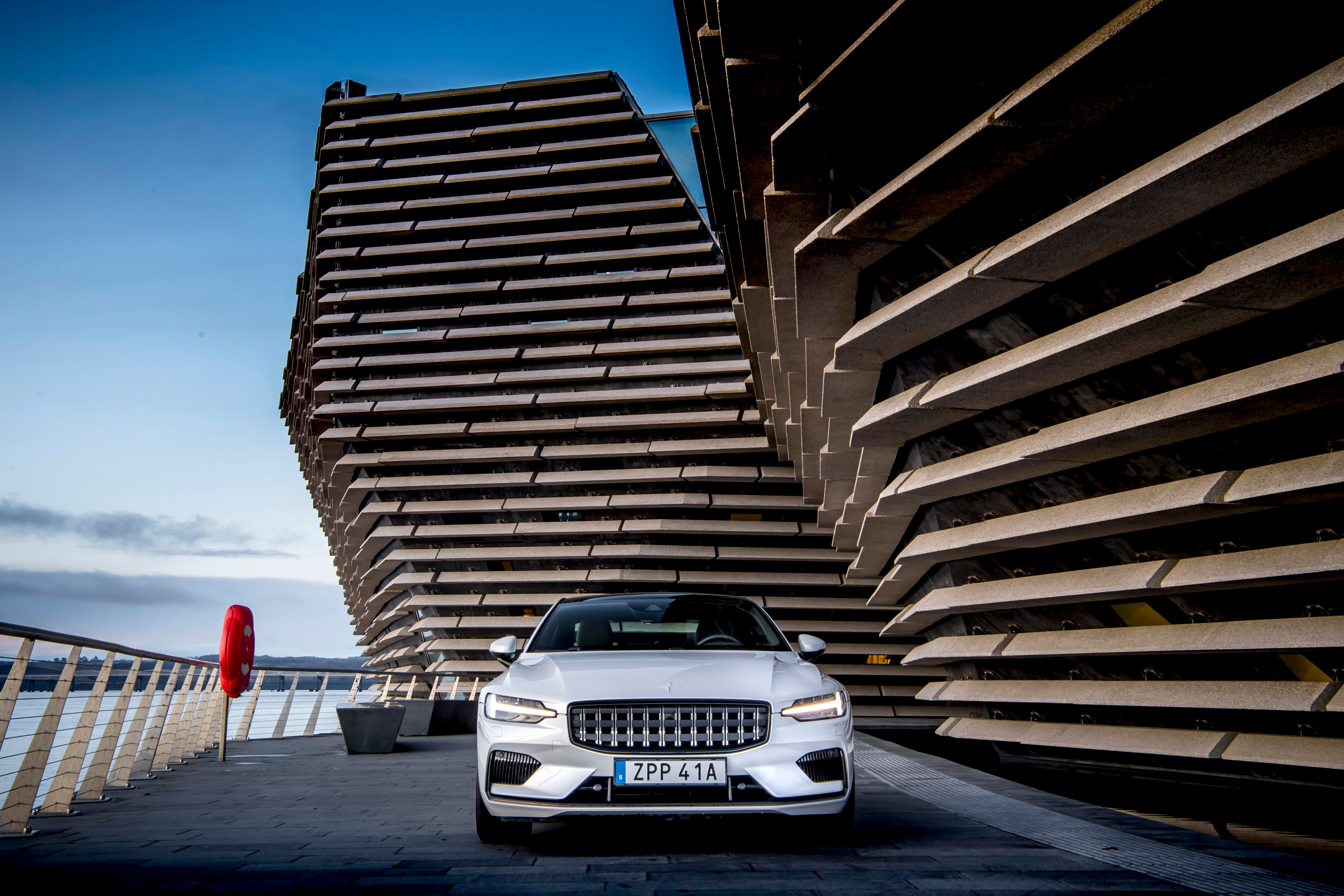
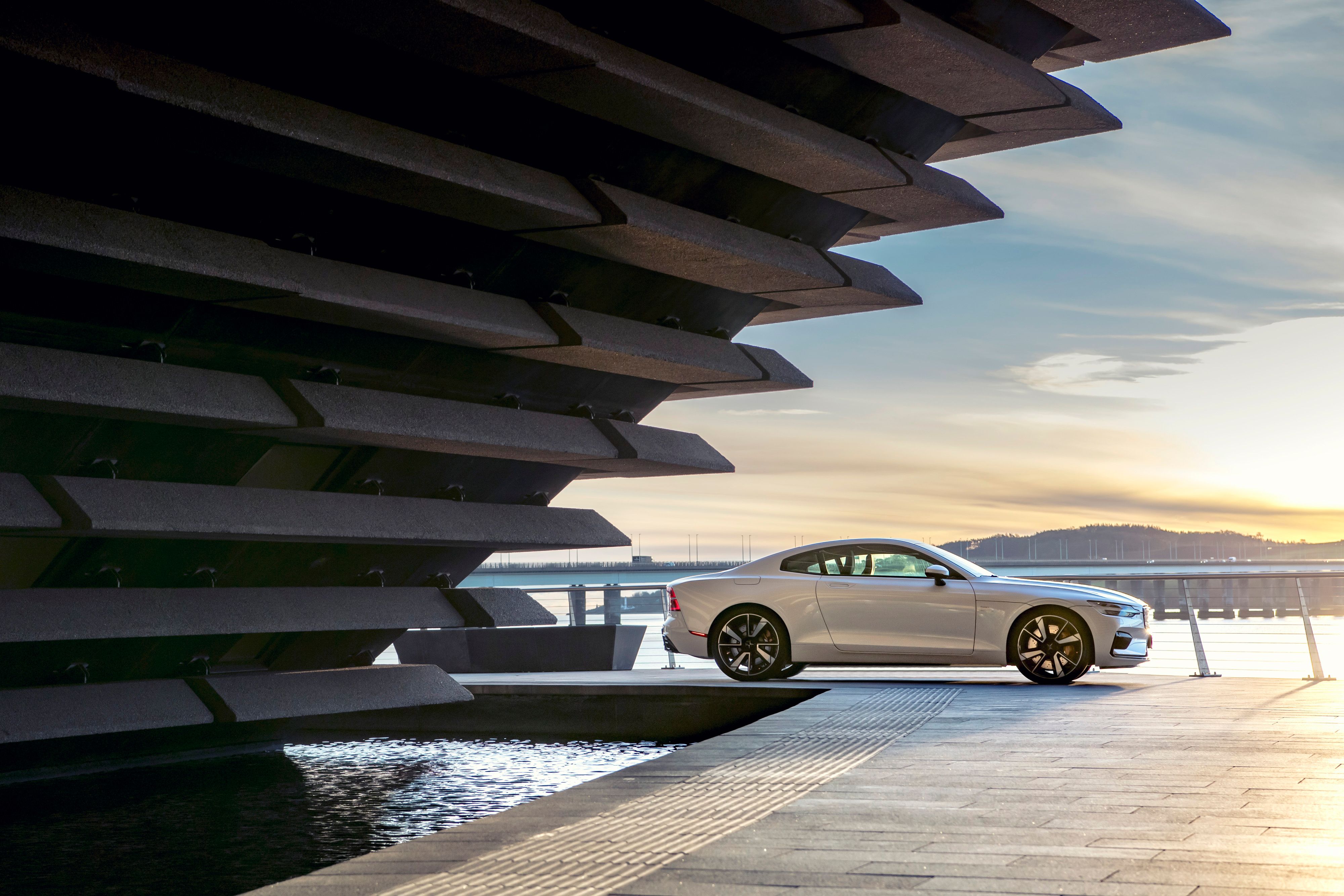
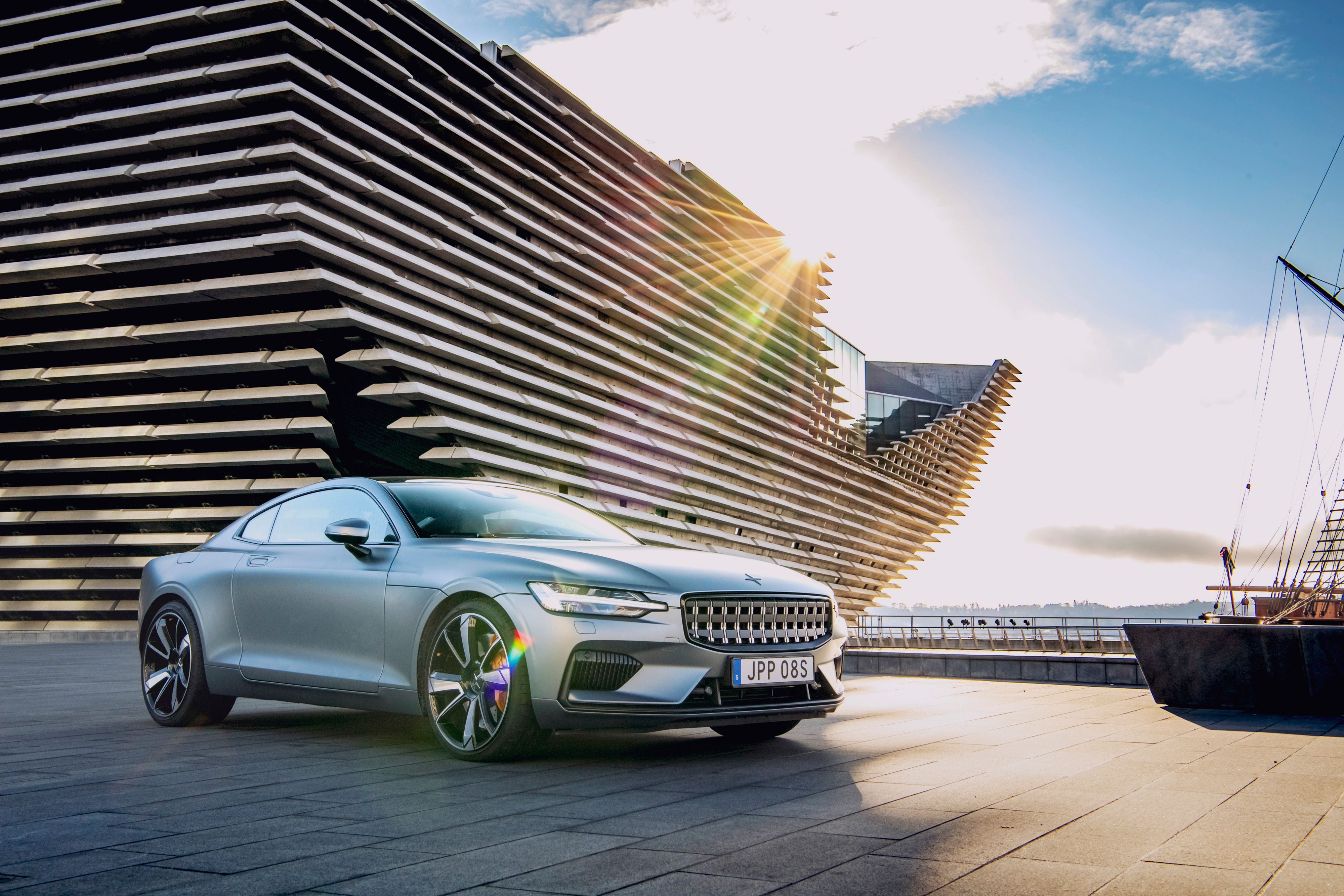


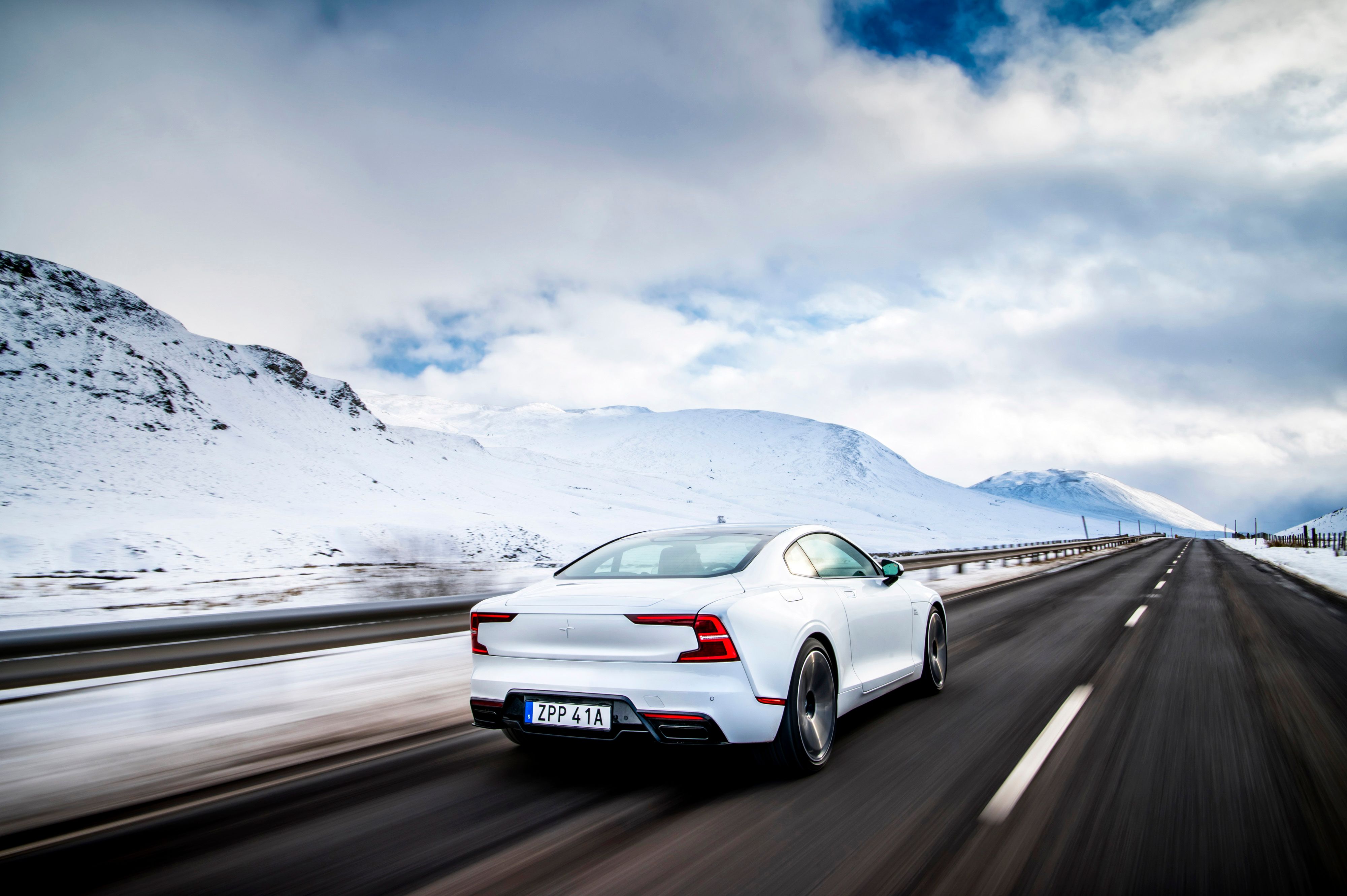
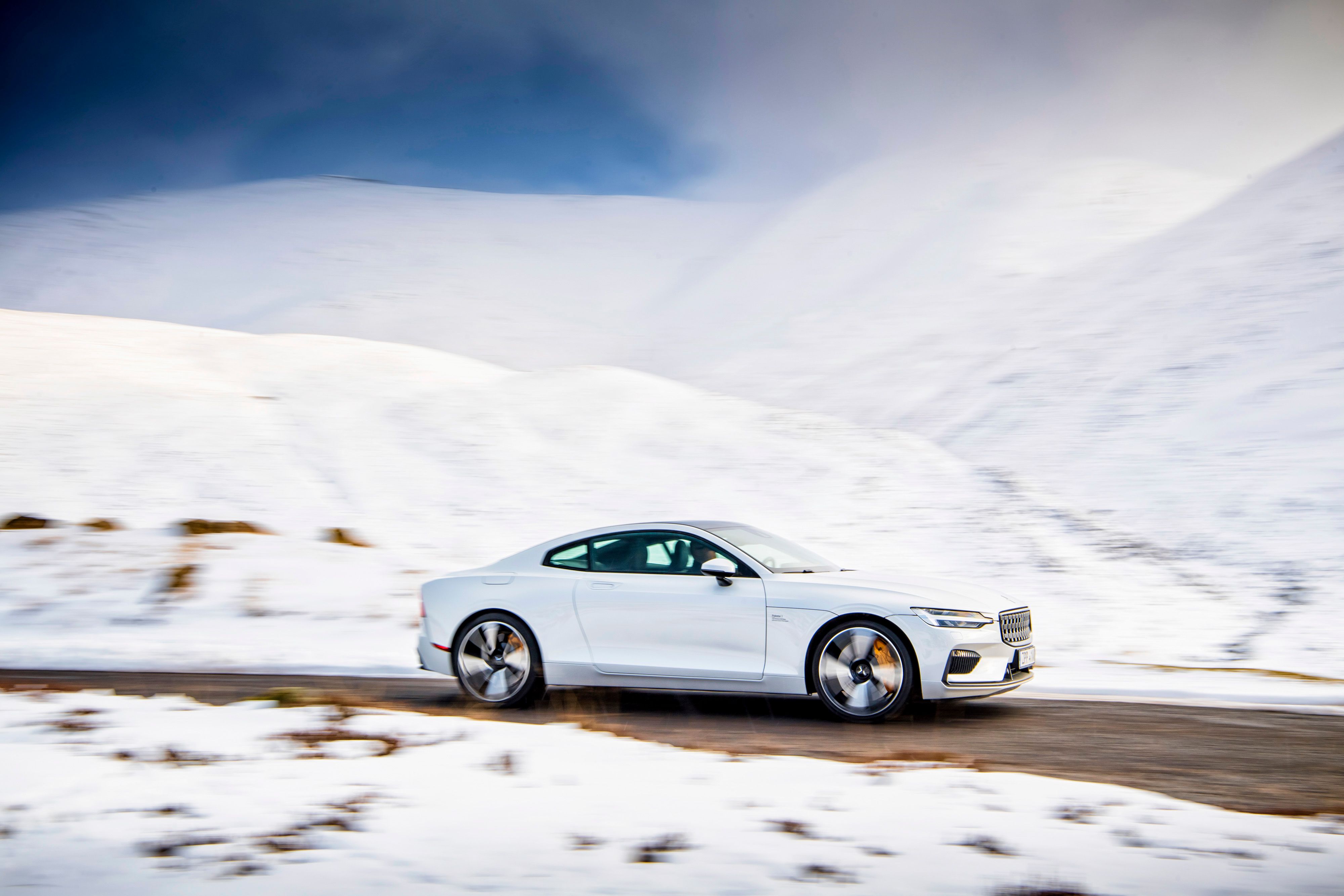



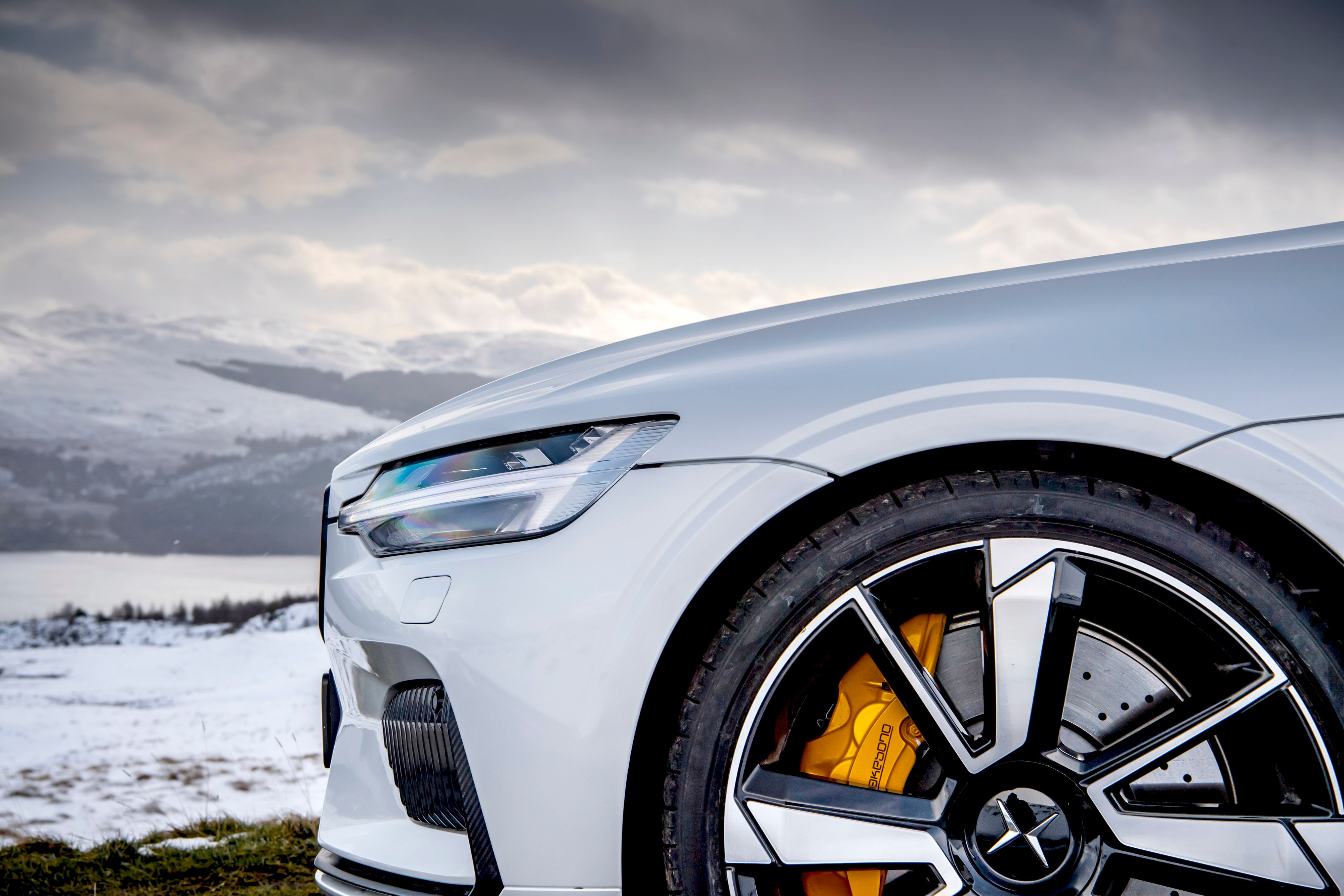



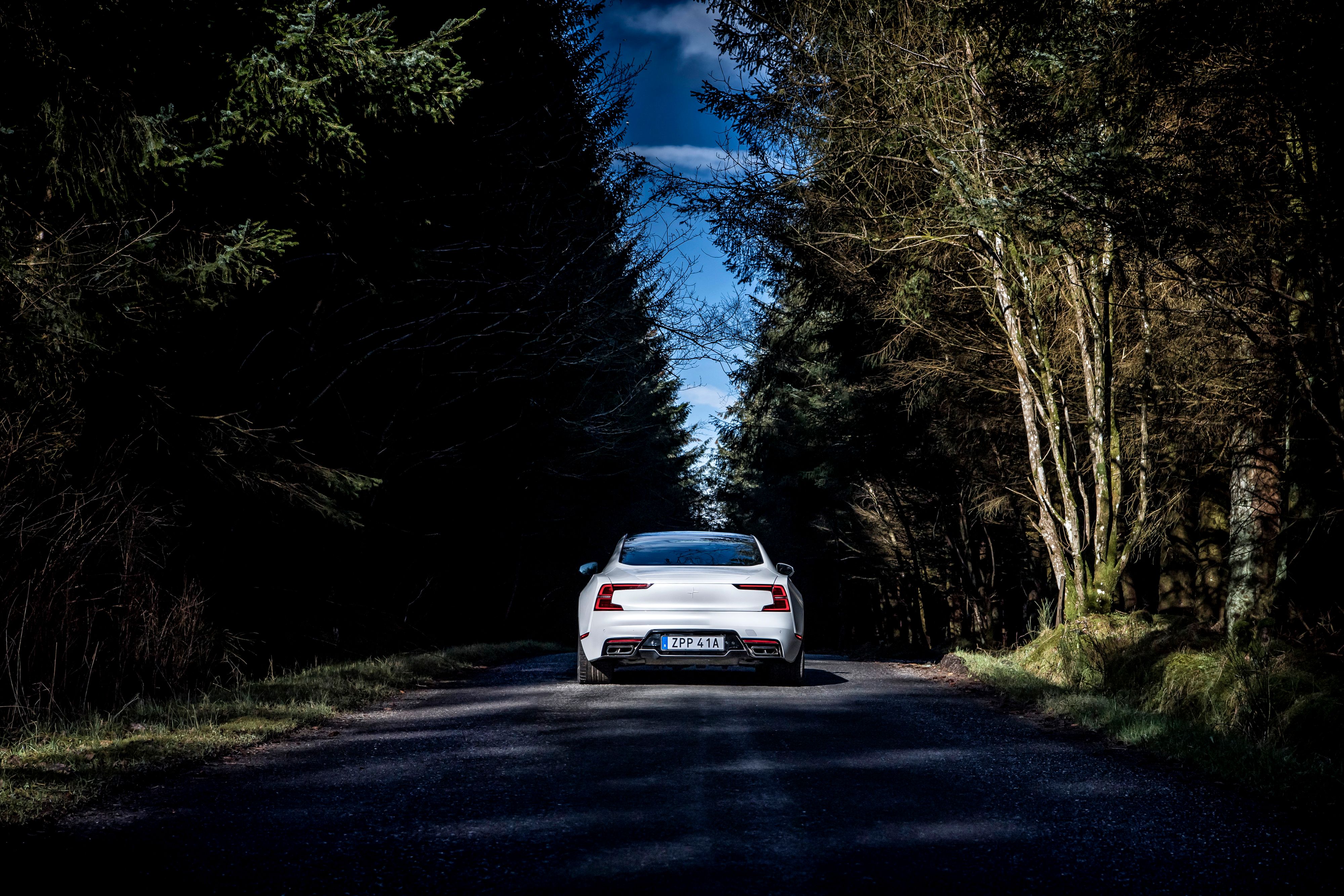
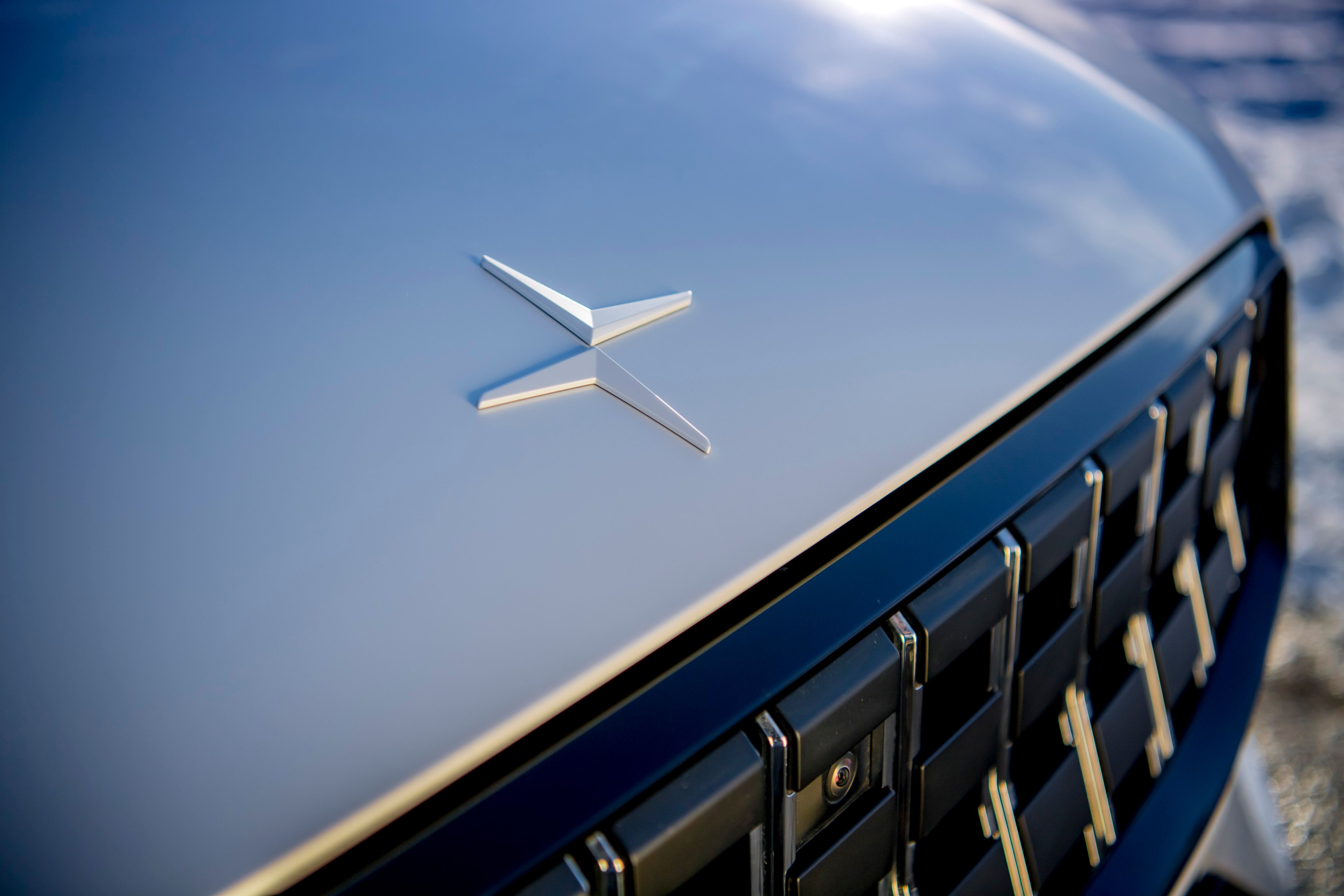

- Make: Array
- Model: 2018 Polestar 1
- Engine/Motor: inline-4
- Horsepower: 600
- Torque: 738
- [do not use] Vehicle Model: Array
Exterior

Right off the bat, we’re loving the look of the Polestar 1. It’s low and sleek and wide, a contoured, smoothed-out slab of elegant aggression with timeless grand tourer proportions that would look at home at the top of the segment.
“But wait,” you’re probably saying, “this is too nice to be a real production vehicle. This is just a concept, right? Will the real thing really look this good?”
While not necessarily a slam-dunk “yes,” our answer is that we’re hopeful not much will change by the time the 1 starts rolling off the assembly line. As evidence, we’d like to point to the design seen on the latest Volvo S90 sedan –
|
|
ids=738892,658304 |
no_overlay=true> |
Seen side-by-side, the design similarities are obvious. The front end in particular shows a remarkable resemblance between the two cars, with those narrow, forward-pointing headlight housings, which get divided into a bottom and upper portion thanks to a single horizontal graphic. The grilles are also identical in shape, down to the vertical slats and black insert. However, the Polestar distinguishes itself thanks to a reshaped lower bumper sporting larger intakes and more dramatic aero blades.
Moving to the flanks, we find the Polestar 1 beefs up its silhouette with a more aggressive roofline and plumped-up fender flares. This is particularly true in the rear, where the wheels seem to hang off the back of the car with an assertive demeanor. Speaking of the rollers, the Polestar 1 comes equipped with large wheels that fill the plus-sized fenders with purpose, nearly scraping its low-profile tires against the underside of the vehicle. Punctuating the smooth look of the two-door profile is a single lower character line, while the side-view mirrors look like carryovers from the S90. All told, the side-view looks more Aston Martin than it does Volvo – and that’s a very, very good thing.

Moving to the rear, we once again find the S90’s influence show its face, in particular thanks to the C-shaped taillight housings. The trunk is rectangular, sharpening the look with crisp edges and a short overhang. The rear glass also appears to stretch up and into the roof, which should offer occupants a great deal of ambient lighting and result in an airy, open feel for those camped out on the rear bench. Lower black inserts connote addition sportiness with a diffuser-look element.
It’s an extremely clean, almost anti-septic design approach, but we think it works great in an application like this. We’re also digging the lack of badges, which would undoubtedly end up cluttering the overall look.
Details beyond the general aesthetics are a bit hazy at this point, but Polestar did mention that the body is made from carbon fiber, which should cut into the car’s curb weight significantly. Furthermore, we’d expect LED lighting elements front to back, plus adaptive high-/low-beam headlights in the nose.
Interior

Inside the cabin, the Polestar 1 once again draws heavily from the Volvo S90, this time around as a direct carryover. Even the steering wheel is identical. Check it out –
|
|
ids=738878,658295 |
no_overlay=true> |
Can you spot the differences? We sure can’t.
But again, that’s not necessarily a bad thing. We adore the S90’s cabin, and it wouldn’t make sense for polestar to mess with something so good just for the sake of being different.
You still get lots of polished metal trim, added as surrounds for the dash, vertical air vents, and character lines. A tall digital screen was placed in the center stack, while the various controls are angled towards the driver. Soft touch materials are added to the central tunnel, with cutouts added to provide space for the shifter and various drive settings. The seats appear to be covered in sumptuous leather upholstery, and we’d also expect heating and ventilation functions. The instrumentation behind the steering wheel includes additional digital readouts.
Carbon fiber also seems to be a prominent trim material of choice, seen lying across the dash in wide swaths of tasty weave. Yeah, it’s a bit cheesy, but it work in a high-end performer like this.
Also, Polestar says the 1 uses a 2+2 interior, which means you can sneak in some smaller folks behind you if desired.
Finally, considering Volvo’s dedication to the latest and greatest assistance technology, we’d expect the same kind of gear in the Polestar 1 as well. Adaptive cruise control, speed sign recognition, automatic braking, and similar tech should come as standard.
Drivetrain

This is where the performance company really starts to make its break from Volvo. Creating the go in the Polestar 1 is a hybrid electric-gasoline powertrain, and although we don’t know exactly what’s burning the dyno juice, Polestar did say peak output comes to a heady 600 horsepower and 1,000 Nm (738 pound-feet) of torque.
That’s a lot, and we’re excited to see Polestar getting so ambitious with its first stand-alone model. Indeed, if all goes according to plan, it certainly bodes well for the future of the company.
What’s more, Polestar says the 1 can go as far as 150 km (93 miles) on electric power alone, a figure the company claims as the longest of any hybrid currently on the market. That’s right – speed and economy. What a lovely combination, no?
If we were to speculate, we’d guess Polestar is tuning a twin-charged (supercharged and turbocharged) inline 2.0-liter four-cylinder (basically the T8 Plug-In Hybrid powerplant you see offered in numerous Volvo vehicles) for even more power, while throwing in a beefed-up lithium-ion battery pack under the floor and a set of high-end electric motors to boot. What’s more, we’d also expect a variety of driving modes to make the most of the available power sources, including both a sport mode and an eco mode.
Chassis And Handling

Under the skin of the Polestar 1, you’ll find (surprise, surprise) the Volvo Scalable Platform Architecture, or SPA platform. Introduced in 2014, these are the same bones used to create the modern Volvo XC90 SUV, XC60 crossover, and of course, the S90 sedan and V90 wagon.
That said, Polestar asserts that about half of the 1’s chassis is new. Details on what that means are still forthcoming, but we’re gonna guess it has something to do with more rigidity and sportiness, as well as greater accommodation for larger battery packs. Indeed, Polestar is quick to point out that the carbon fiber body components help to up torsional rigidity by as much as 45 percent.
All of that should help the car not only soak up road aberrations and smooth out the ride, but also make it more entertaining to dive in the corners as well. To complement this, the Polestar 1 uses two electric motors at the rear axle, thus creating an advanced torque vectoring system for even sharper handling.
Further apex hunting is assisted by the upgraded suspension system, which uses a new electronic, continuously variable set-up from Ohlins.
All promising stuff, no doubt. But will it be enough to tackle the heavy-hitters of the segment?
Prices

Polestar is scheduling production of its first standalone vehicle for sometime mid-2019. The new GT car will get built in Polestar’s new production center in China, which is currently under construction and will be completed some time next year.
Now, here’s where things start to get a little weird. Polestar says it wants to shake up the traditional car ownership experience with the 1, starting with the way you order the thing. All interested buyers can log said interest via the Internet, either through an app or online portal. What’s more, rather than owning the car outright, you’ll be able to essentially rent it via a two- to three-year “subscription.” This includes no deposit, and simple monthly payments. The subscription will also toss in delivery services, and the chance to rent alternative vehicles in the Volvo and Polestar lineups.
Of course, you’ll probably wanna try it out beforehand, so Polestar says it’s opening a network of “Polestar Spaces” across the globe to do exactly that. These will be separate from Volvo dealers – again, something that’s very ambitious for the newly christened standalone Polestar. Additionally, the 1 will use a “Phone-As-Key” feature wherein owners can share their car with someone else if desired.
Order books for the Polestar 1 are open now. Official pricing for the monthly subscription are not yet announced, but if you’re more interested in just buying one outright, we hear a figure around $100,000 might make sense.
Competition
Porsche Panamera 4 E-Hybrid
Sportiness and efficiency, eh? Porsche already has you covered with its electrified Panamera. Dubbed the 4 E-Hybrid, this battery-assisted wagon/sedan/hatchback thing arrives on the scene with the traditional Stuttgart styling, including oval headlights and a 911-like front end. With four doors and four seats onboard, there’s plenty of room to stretch out, while materials and amenities are all top-notch. Under the hood, you’ll find a 2.9-liter V-6 making 330 horsepower, while the electric motor makes 136 horses. Put ‘em together, and you’ll get as much as 462 horsepower, plus an even-more-impressive 516 pound-feet of torque. Just 4.4 seconds is needed to hit 60 mph, while top speed looks like 172 mph. Pricing starts at just under $100,000.
Read our full review on the Porsche Panamera 4 E-Hybrid.
Lexus LC 500H
Based on the hot-to-trot Lexus LC 500, the 500H builds on its ICE-only sibling’s sexy good looks by adding two electric motors and an additional automatic transmission (two transmissions total). The result is less of the wind-up-and-go feel you get from a normal CVT, plus plenty of power as well. Inside, the 500H is dripping with luxury, while the 0-to-60 mph sprint is done in less than five seconds thanks to 354 horsepower at the rear axle. Burning the gasoline is a 3.5-liter V-6, while top speed is pegged at 155 mph.
Read our full review on the Lexus LC 500H.
Conclusion

Normally, something like the Polestar 1 would have our BS detectors ringing like crazy. The details on this are few and far between, while the claims that are getting thrown around are so ambitious, they border on the unbelievable. 600 hybrid horsepower, 738 pound-feet of torque, and nearly 100 miles of all-electric range? New ownership models? Gorgeous styling and high-end luxury? All made in a new factory and coming from a new standalone brand?
If you were typing out the word “vaporware” in the comments section right at this moment, we wouldn’t blame you.
That said, we think Polestar has what it needs to pull this off. Sure, it’s broken away from Volvo, but it’s obvious how close the 1 is to existing products from the Chinese-owned Swedish automaker. Just look at the cabin for evidence of that.
So yeah, it’s ambitious, but with Volvo at its back, we think Polestar certainly has the right stuff to make it work.
The company says it’s already got three models in the works, with all future offerings slated to get fully electrified drivetrains (the Polestar 1 will the only hybrid in the lineup). These include the mid-size Polestar 2 scheduled for later in 2019, framed as the first BEV from the Volvo Car Group and expected to reach high-production numbers compared to the Polestar 1 (think Tesla Model 3 fighter). The follow-up will be the Polestar 3, an SUV that promises to “create a modern expression of electric performance and driving dynamics.”
Sounds good to us. Now we just gotta wait to see the Polestar 1 hit the streets.
References
Volvo S90 Sedan
Read our full review on the 2017 Volvo S90.
Volvo XC90
Read our full review on the 2017 Volvo XC90.
Volvo XC60
Read our full review on the 2018 Volvo XC60.
Volvo V90 wagon
Read our full review on the 2017 Volvo V90.

